

Korea in July 2024 | Local’s Guide to Weather, What to Wear + Best Festivals
The spring flowers of May and relatively comfortable weather of June are but a distant memory in Korea in July.
This is the peak of summer in all its hot, humid, monsoon glory. If you’re not used to this type of searing heat, July can be a difficult time to travel to South Korea – but it’s also a month packed full of incredible festivals, activities, and stunning places to go.
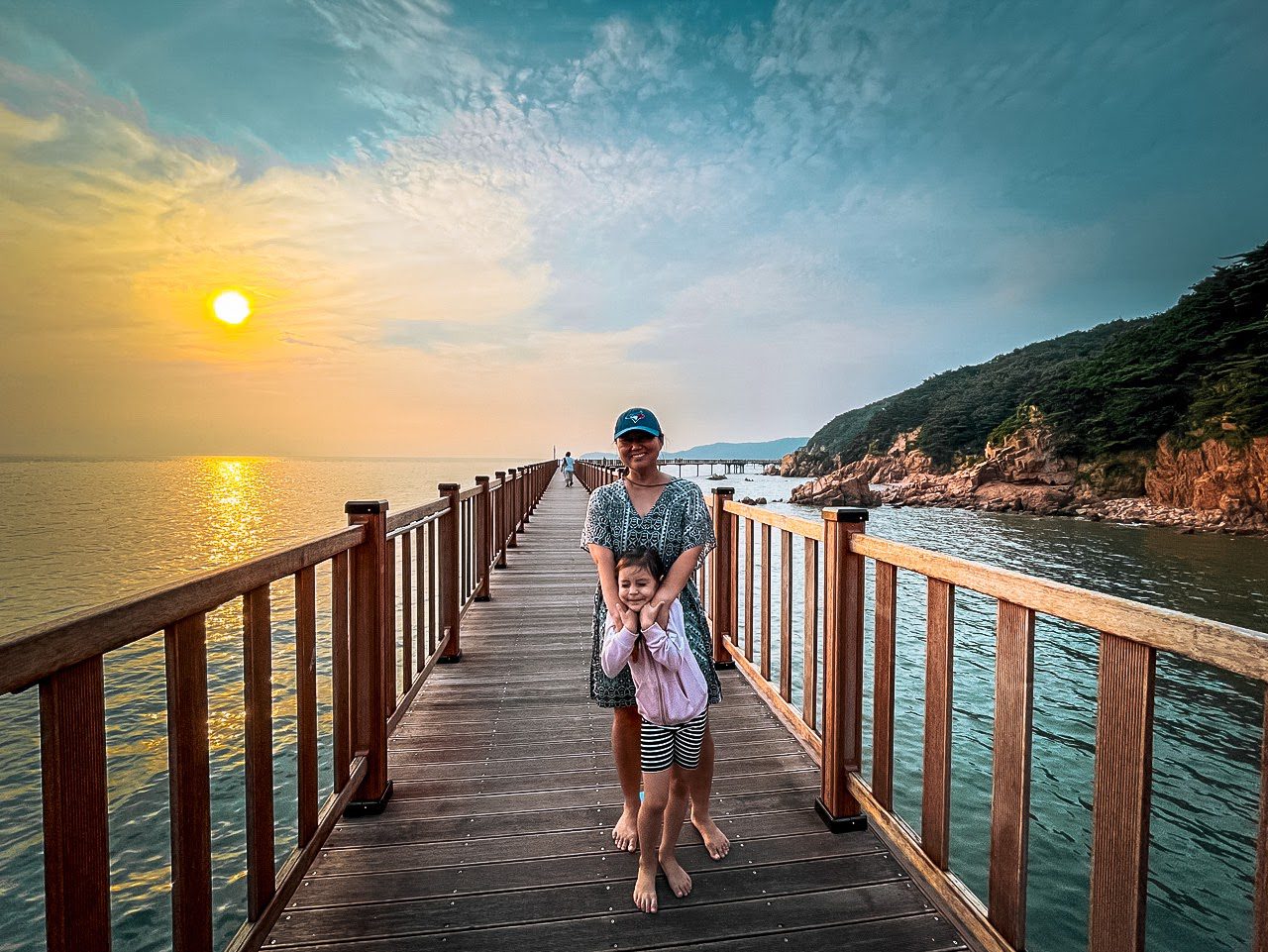
There are perfect days in Korea in July too!
In this guide, you’ll learn:
- what the weather is like during July in Korea
- the Seoul weather in July and other major cities and tourist hotspots, including Busan, Gangneung, and Jeju Island
- the best summer festivals to attend around the country in July
- what to wear and the best things to pack for a successful trip to South Korea in July
*Any purchases made through affiliate links here help run this site. Support my blog here .
In this guide
- 1 Visiting Korea in July
- 2 Korea in July | Weather
- 3.1 Korea in July | Seoul Weather
- 4.1 South Korea Travel Essentials
- 4.2 Korea Weather in July | Busan
- 4.3 Korea Weather in July | Gangneung (East Coast)
- 4.4 Korea Weather in July | Jeju Island
- 5 Korea in July | Typhoons
- 6 Limited Edition Summer Tours in Korea
- 7.1 Hueree Summer Hydrangea Festival | 휴애 여름 수국축제
- 7.2 Semiwon Lotus Flower Festival 2024 | 세미원
- 7.3 Pocheon Herb Island Lavender Festival 2024 | 포천 허브아일랜드 라벤더 페스티벌
- 7.4 Garden of Morning Calm Rose of Sharon Festival | 아침고요수목원 무궁화 축제
- 7.5 2024 Daegu Chimak Festival | 대구치맥페스티벌
- 7.6 Bucheon International Fantastic Film Festival 2024 | 부천 국제판타스틱영화제
- 7.7 Buyeo Seodong Lotus Festival | 부여서동연꽃축제
- 7.8 WATERBOMB 2024 | 워터밤
- 7.9 Taebaek Sunflower Festival | 태백해바라기축제
- 7.10 Boryeong Mud Festival 2024 | 보령머드축제
- 7.11 Busan Sea Festival | 부산 바다 축제
- 7.12 Bongwha Sweetfish Festival 2024 | 봉화은어축제
- 8.1 Tips for What to Wear in Korea in July
- 9.1 Bring from Home
- 9.2 Buy in Korea
- 9.3 Korea in July: Essential Info and FAQs
Visiting Korea in July
The July weather in Korea is challenging. There’s no getting around that fact. But Koreans don’t let the heat, humidity, and rain stop them from getting out and enjoying all the country has to offer, and you shouldn’t either.
Equip yourself with a personal fan, strong SPF, and an umbrella / parasol, and hit the streets. Because some of South Korea’s best festivals happen in July, huge water parks open around the country, and there are gorgeous beaches to enjoy on every single coast.
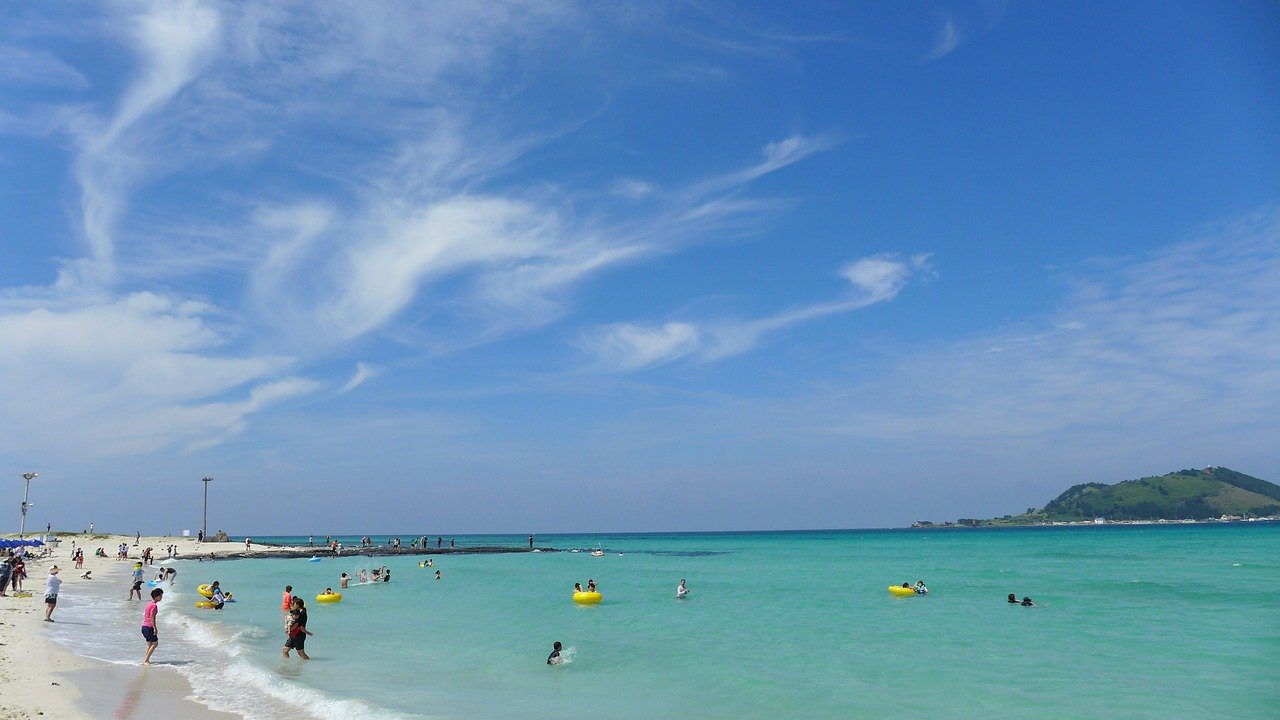
There are picture perfect beaches to enjoy in Korea in July.
Despite the less than ideal weather, July in Korea is still a busy time for travel, with summer vacations starting around the world and diaspora headed back for a taste of home.
If you’re planning your visit to Korea in July, it’s wise to book day tours and accommodation in Seoul as early as possible… especially if you’re on a limited budget (or want a pool!)
READ NEXT: From Myeongdong to Gangnam: The 7 Best Areas in Seoul for Travellers to Stay
Korea in July | Weather
The Korea weather in July is hot, sticky, and downright uncomfortable. The average high temperatures range in the high 20s°C | low 80s°F, and there are definitely days in the low 30s°C | high 80s°F and higher.
I’m sad to say that I’m writing this in mid-June, and we’re already hitting highs of 33°C | 91°F.
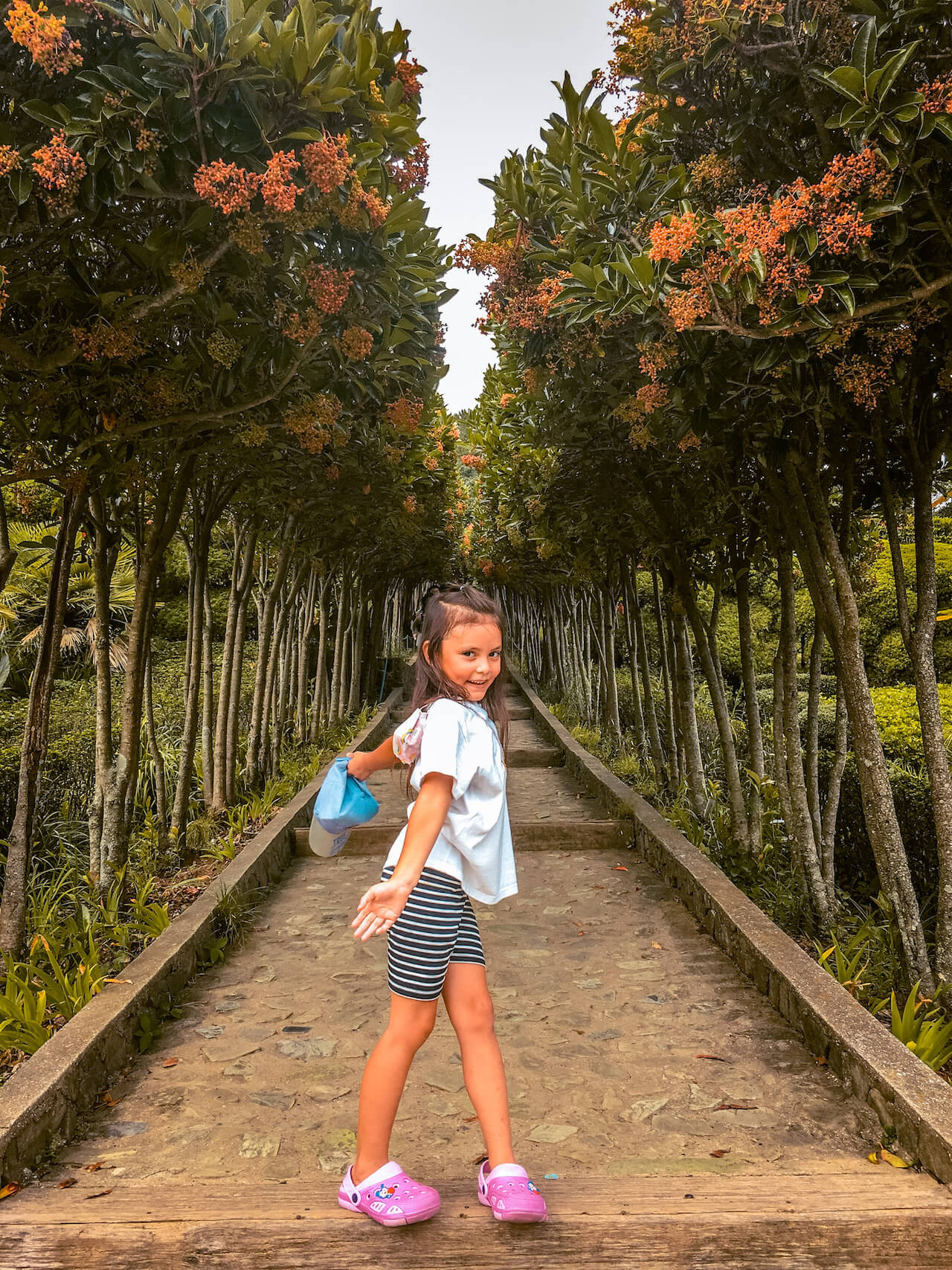
Does she look hot? The humidity at Oedo Botania in Geoje was intense, but we survived.
However, it’s not the high temperatures that make this month a test of endurance. It’s the incredible humidity. July is the most humid month of the year, with an average humidity of nearly 80%. Make sure to stay hydrated, take breaks, and wear sunscreen to avoid heat exhaustion. Prepare to sweat. A lot!
Korea Weather in July Quick Guide
Korea in july | seoul weather.
The Seoul weather in July feels very hot and muggy. The average temperature in Seoul increases just a couple degrees over the course of the month, from 27°C | 81°F to 29°C | 84°F, but you can also expect at least a few days in the mid-30s°C | 90s°F.
It stays quite warm at night – so much so that even breezes feel hot. There’s little to cool things off, except for the summer rains, which bring a much needed respite from the high humidity that’s characteristic of Korea in July.
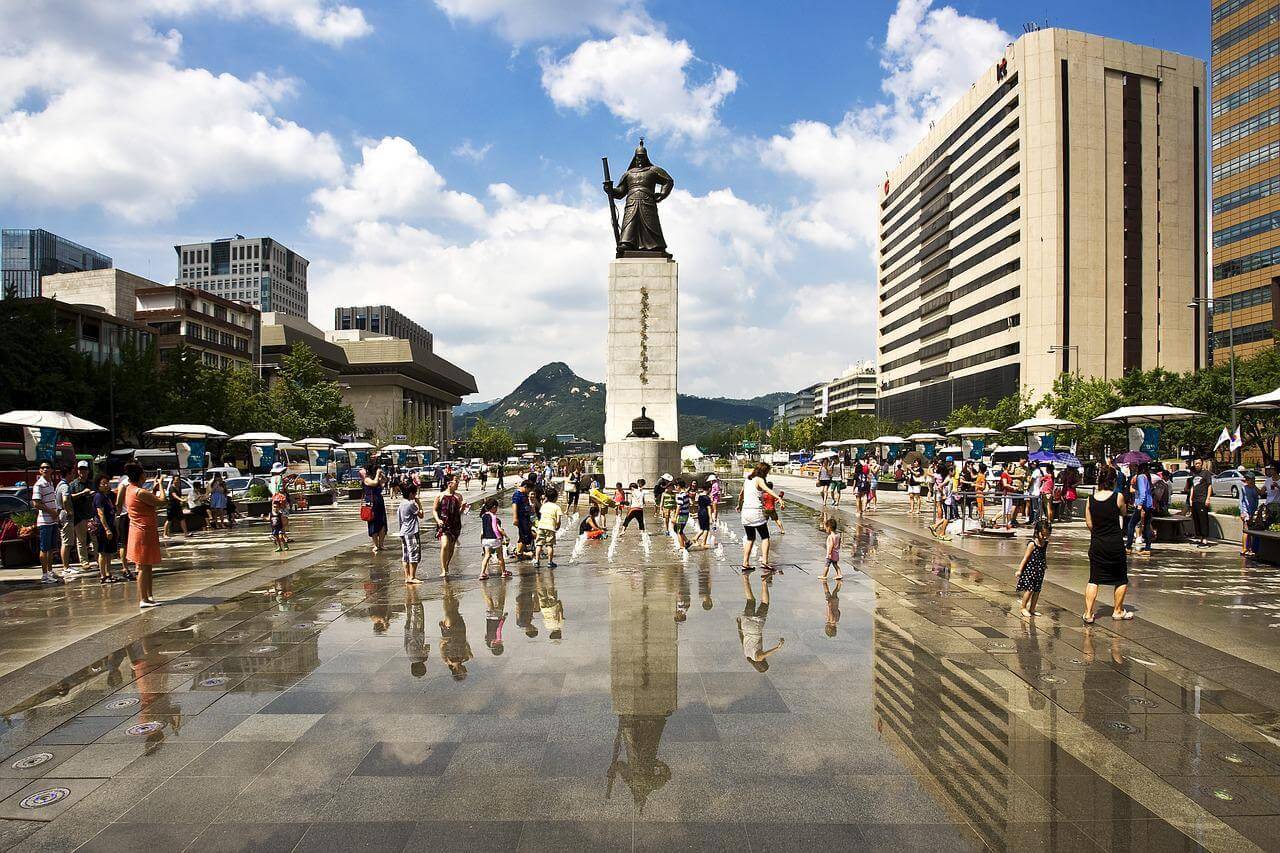
The Seoul weather in July is hot, hot, hot!
July in Seoul is usually the month with the most rain and cloud cover, totalling nearly 400-mm of precipitation by month-end. Despite the grey skies though, the UV index is at its highest. Make sure to use sunscreen, wear a hat, or carry a parasol, as you’ll burn very easily without realizing it.
Check out my tips on how we Seoulites survive the hot and humid conditions.
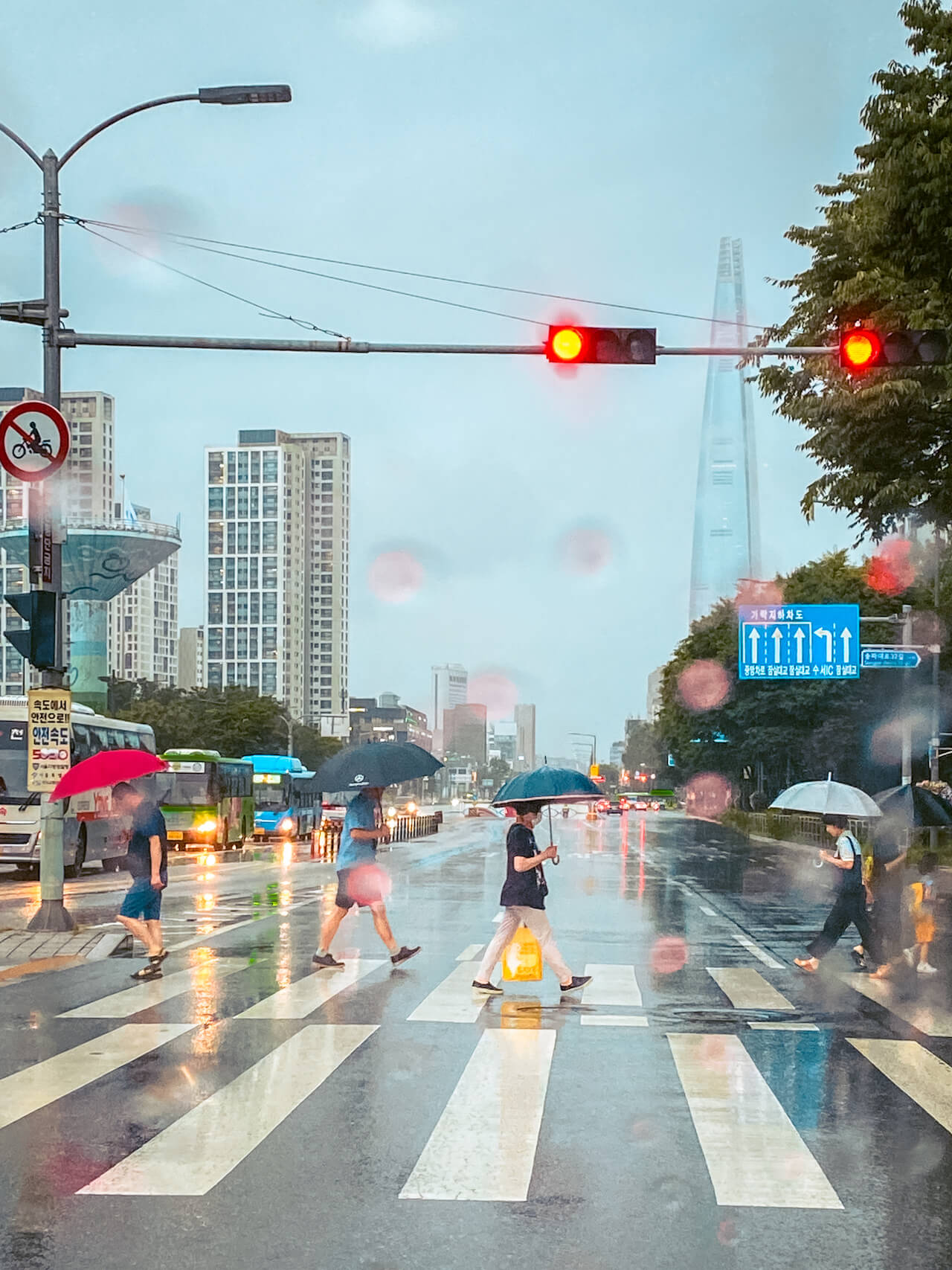
July is usually the start of rainy season in Korea.
*Personal note 2024: It’s July 1st, and so far this year, temperatures are trending 4 to 6 degrees higher than historical averages. To be honest, I don’t feel that much difference – hot is hot! I’d say we’ve officially entered the monsoon or rainy season. We’ve had a day or two of heavy rain, already, with more forecast for this week. Whether it’s dry or wet, it’s sure to be hot and humid, so stay hydrated and be sure to take breaks!
Planning a trip to Korea?
Connect with other travellers | Ask and get answers to all your travel questions | Learn about all the best things to do in Korea | Join our Korea Travel Planning + Guide Facebook Group now.
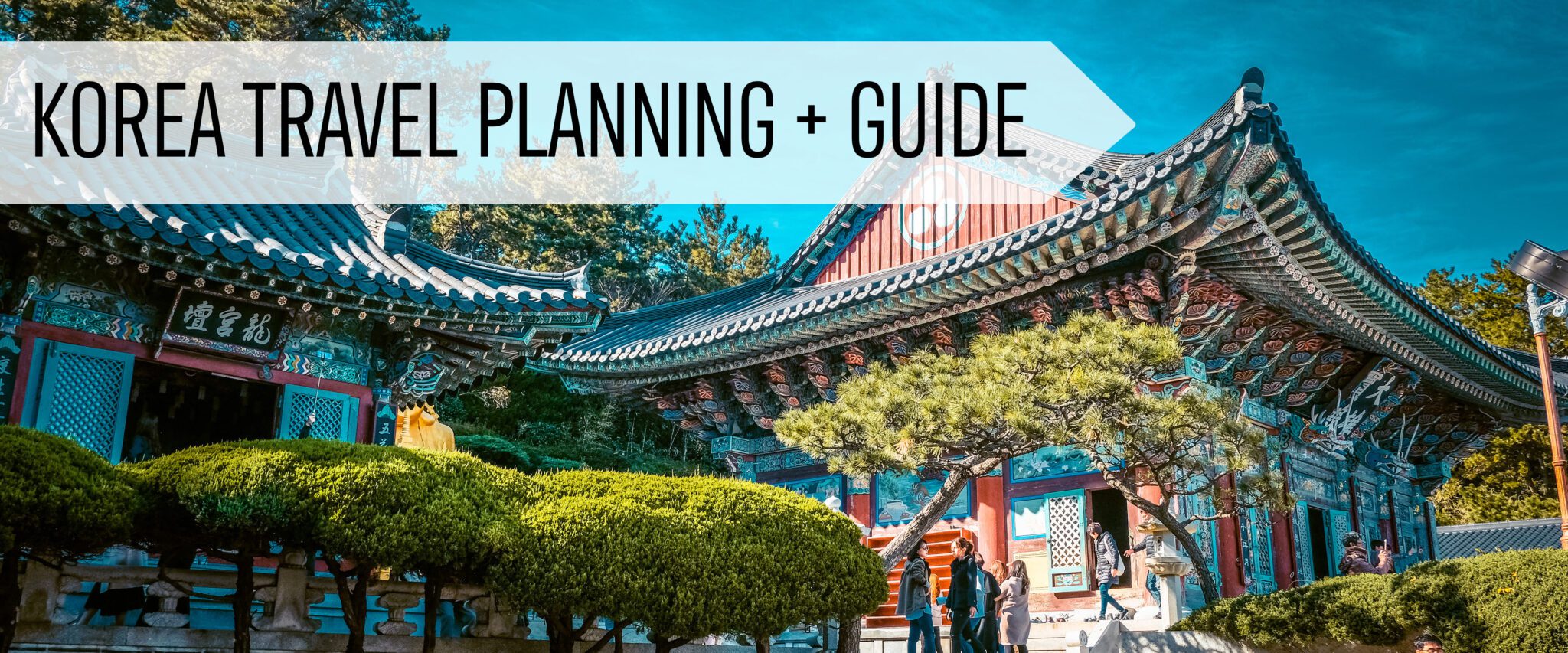
South Korea Travel Essentials
Hotels and Other Accommodation
Booking | Agoda | Klook
Tours, Admission Tickets, and Things to Do
Viator | Klook | Trazy | Get Your Guide | Fever
Airport Transfers, Transit, and Transportation
Discounted AREX Incheon Airport Express Train
K Airport Limousine Bus from Incheon Airport
Private Airport Transfers from Incheon or Gimhae
Car Rentals (International Drivers Permit required)
Seoul to Busan KTX high speed rail tickets
Korean Express and Intercity Bus Reservations
Wifi, SIM Cards, and Portable Wifi
4G unlimited data SIM card | Portable and Pocket 4G WiFi
Money-Saving City Passes
Discover Seoul Pass (doubles as a T-Money Card) with FREE admission to 66 attractions + 118 discounted
Visit Busan Pass with FREE admission to 31 attractions + 77 discounted
Wowpass, Prepaid Debit Card for Cashless Payment in Korea (includes T-money Card)
Korea Weather in July | Busan
Busan is located on the southeastern coast of Korea, so it’s slightly cooler than landlocked Seoul in July. It has average daily temperatures of 25°C | 77°F to 29°C | 84°F. In Busan, the Korea weather in July is quite wet, with an average of 13 days of rain, totalling approximately 200-mm of precipitation.
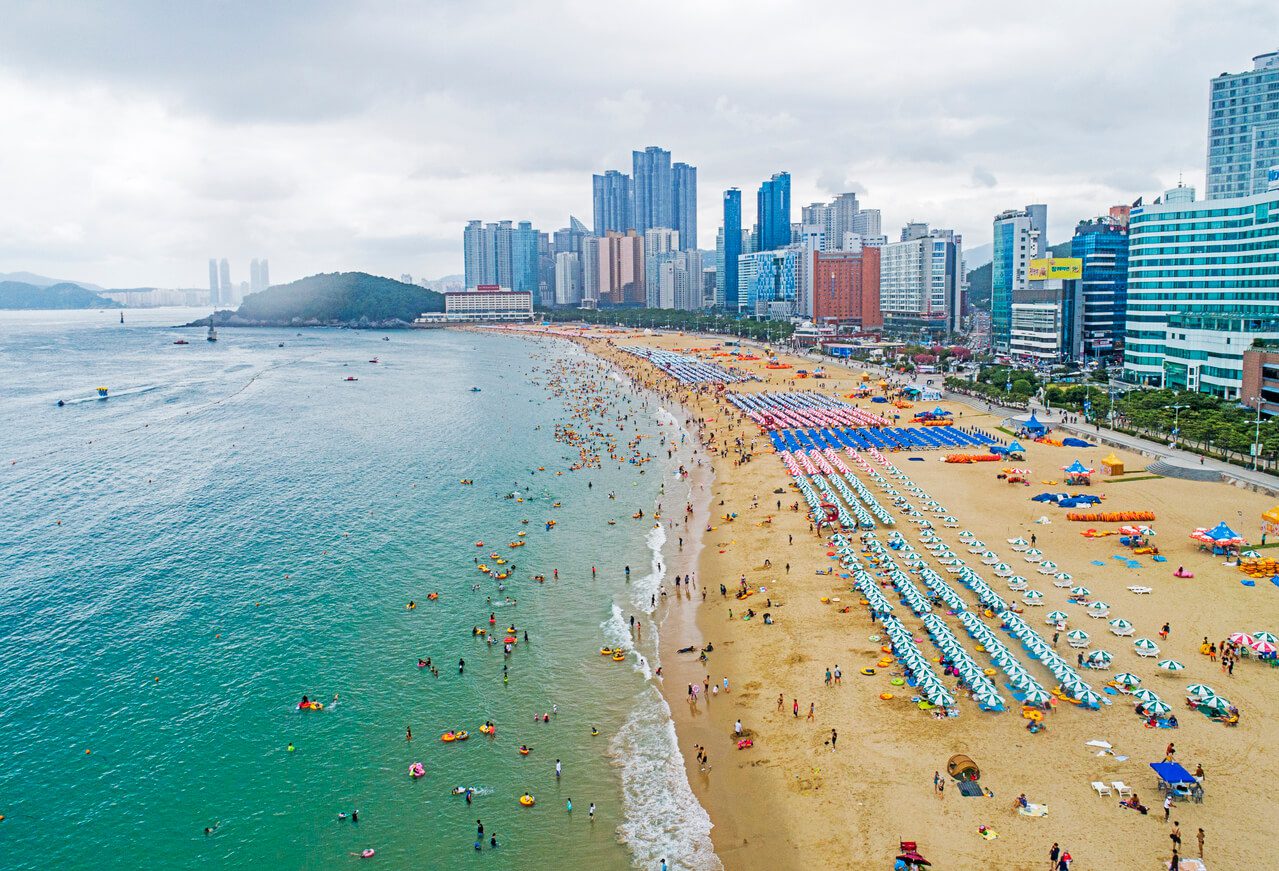
Haeundae is one of the busiest beaches come July in Korea © Live Studio, Korea Tourism Organization
If it’s not raining, July in Korea is definitely the month to relax at one of the city’s many beaches, take a ride on the super-cute Sky Capsule Busan at Haeundae Blueline Park, or enjoy incredible views at the top of Busan Haeundae x the Sky.
SHORT ON TIME? | Explore the best attractions in Busan on this jam packed tour to the Busan Skywalk, Gamcheon Culture Village, Songdo Cable Car, Haedong Yonggungsa Temple, and more. Lunch and transport included. Check availability of this day tour to all the Busan hotspots here.
Korea Weather in July | Gangneung (East Coast)
The Korea weather in July on the East Coast beaches is slightly cooler than in the interior. Gangneung in July has average daily temperatures ranging from 25°C | 77°F to 28°C | 82°F, with an average humidity of 82%.
It can fall to as low as 20°C | 68°F at night time. If it’s windy, it can feel a bit chilly, so prepare with a light windbreaker or hoodie if you’re prone to feeling cold.
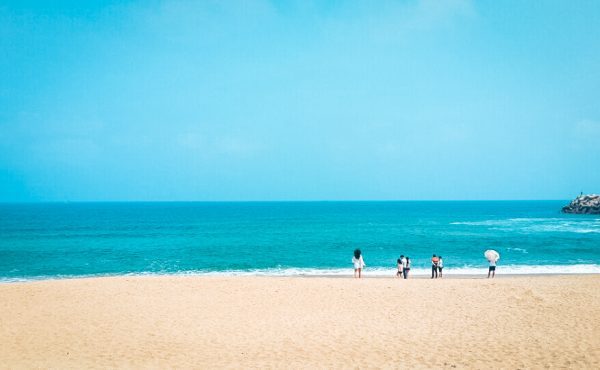
When it stops raining on the East Coast, it’s gorgeous. This is Anmok Beach.
Gangneung is similar to the rest of Korea in July weather-wise, with about 15 days of rain, constant cloud cover, and a high UV index. Precipitation totals an average of around 235-mm, over the course of the month, but if it’s a particularly wet season, there can be as much as 400-mm of rain.
GANGNEUNG HOTSPOTS TOUR | The perfect East Coast day tour from Seoul, with stops at the immersive digital Arte Museum, the BTS bus stop at Jumunjin Beach, traditional markets, and more. Check full info here.
Korea Weather in July | Jeju Island
In July, Jeju has average high temperatures of 26°C | 79°F to 30°C | 86°F, but it can feel a lot hotter. With humidity levels reaching 78%, Jeju has a “real feel” temperature hovering around 35°C | 95°F. There’s about 12 days of rain on Jeju Island in July, totalling around 240-mm of precipitation.
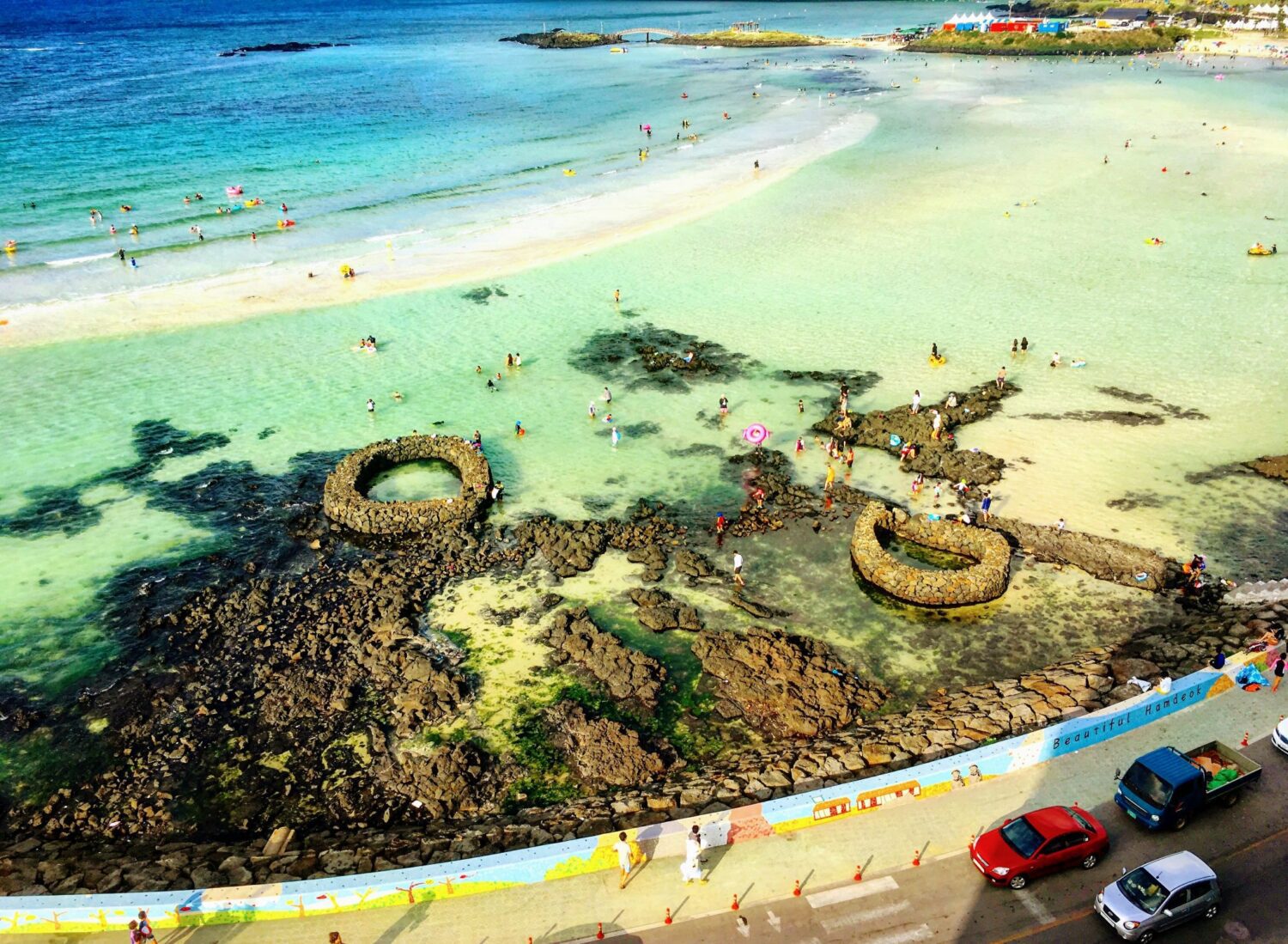
Hamdeok Beach in Jeju has a unique sandbar, volcanic rock, and turquoise seas.
When it’s not raining, the sea is a wonderful 25°C | 77°F that’s perfect for swimming. However, heat exhaustion and sunstroke are real possibilities, so be sure to stay in the shade as much as possible, drink lots of water, and slather on that sunscreen if you’re at the beach.
GETTING AROUND JEJU ISLAND | Public transit on Jeju Island is not as efficient as in Seoul. Distances are long, and it’s a lot slower, so most visitors either take day tours, hire a taxi, rent a car, or book a private car charter.
To rent a car as a traveller to Korea, you MUST have: a book type international driver’s permit (obtained in your home country), your passport, and your driver’s license from home. Check prices here.
Korea in July | Typhoons
July to September is typhoon season in South Korea. Typhoons have affected us pretty regularly over the last few years, but few of them have been deadly. It can however, mean high winds, flash floods, mudslides, and property damage – particularly in the southern regions of the country.
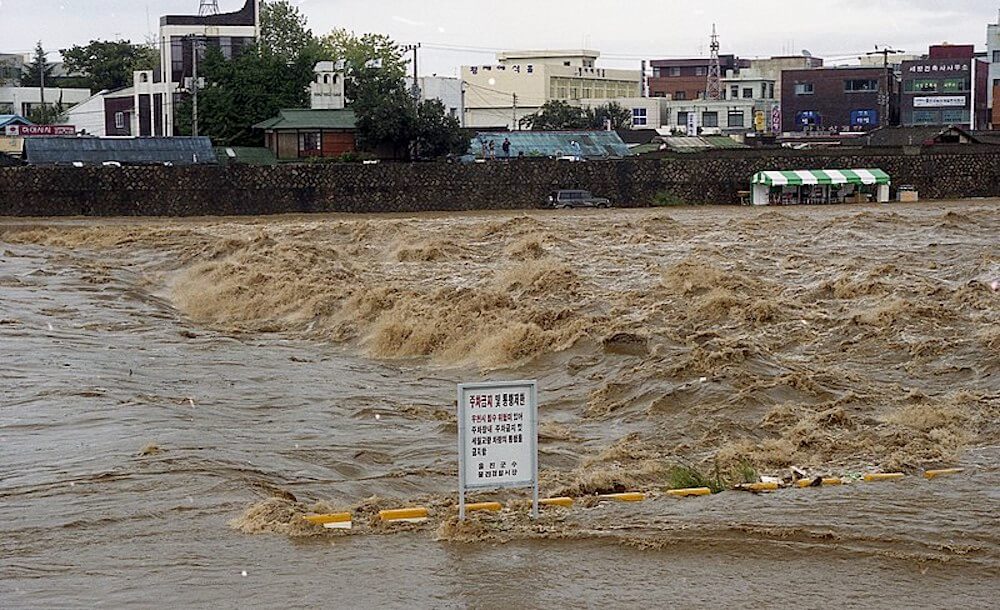
Typhoons can cause flooding, mudslides and property damage © 울진군청 ( KOGL Type 1)
If a typhoon should hit Korea in July, it’s best to stay indoors, shut the windows tight and avoid places where there could be flooding or mudslides.
READ NEXT: 49 Fun Indoor Activities and Attractions in Seoul to Survive Rainy Season
Limited Edition Summer Tours in Korea
Summer is the perfect time to take advantage of the scorching heat with activities at water parks, beaches, and on boats. From gorgeous lotus flowers to a beach full of mud, there’s a ton of unique events and festivals designed just for the hot, hot summer months in Korea.

Lotus flowers bloom in the July in Korea.
- Jeju Hydrangea Festivals | May 7th – July 14th, 2024
- Busan Premium Yacht Tour | May 7th – September 29th, 2024
- Jeju Gimnyeong Yacht Cruise | May 8th – September 1st, 2024
- Suwon Fortress & Jangtaesan | May 9th – September 15th, 2024
- In the SOOP BTS Tour | May 10th – July 28th, 2024
- Seoul City & Seasonal Summer Attractions | May 19th – October 13th, 2024
- Seoraksan + Surfyy Beach Day Tour | June 1st – August 1st, 2024
- Taejeongdae Hydrangea Blossoms + Busan Highlights Tour | June 3rd – September 27th, 2024
- Caribbean Bay Water Park with Private Van Transfer (up to 13 people): June 22nd – August 25th, 2024
- Haman Lotus Park and Sunflower Field | July 12th – August 30th, 2024
- S2O Songkran Water Festival | July 13th – 14th, 2024
- Boryeong Mud Festival, Daecheon Beach + Suspension Bridge | July 19th – August 4th, 2024
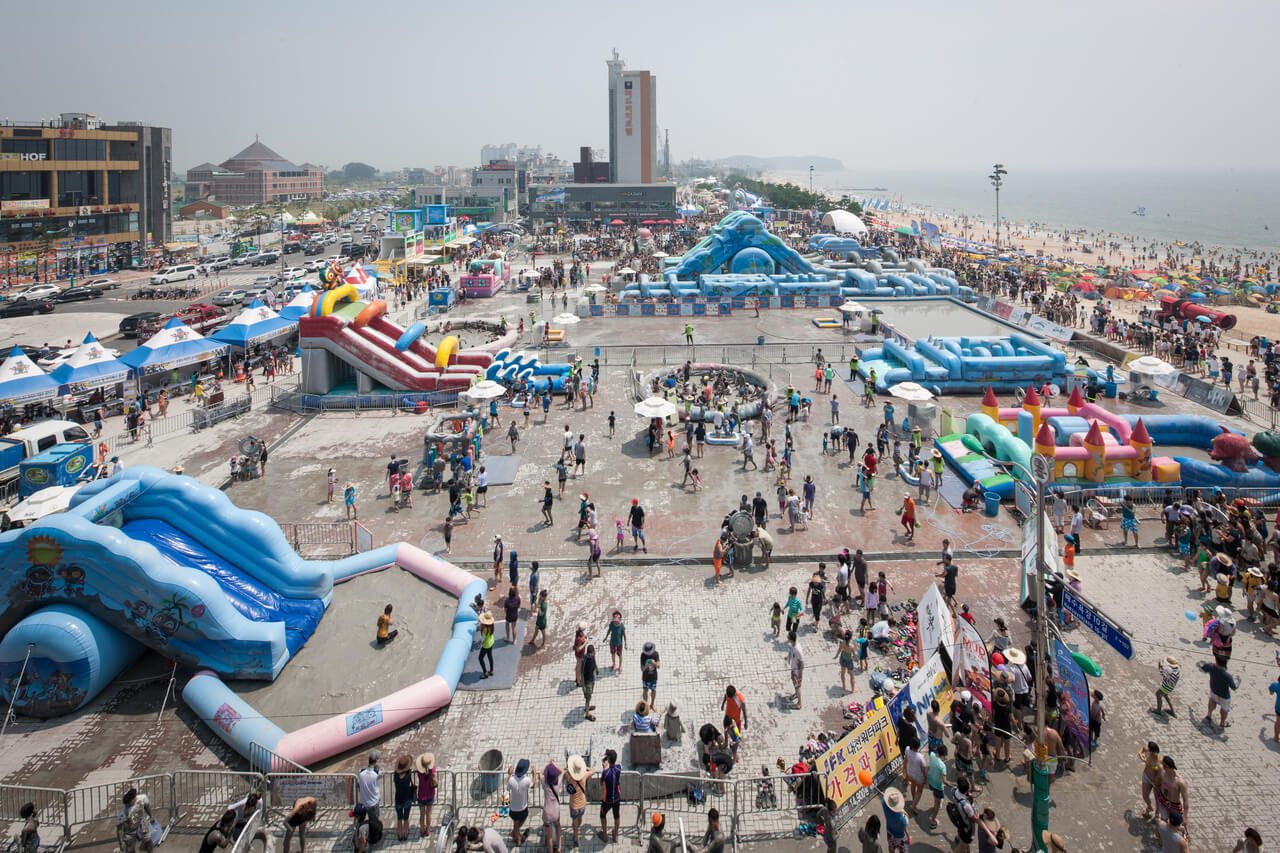
Mud, mud, mud! © Kim Jiho, Korea Tourism Organization
July in Korea | Best Festivals and Events
From serene lotuses, to a massive water gun battle on the streets of Seoul, there are a number of incredibly popular festivals happening in Korea in July. Check out these guides if you’re visiting in other months.
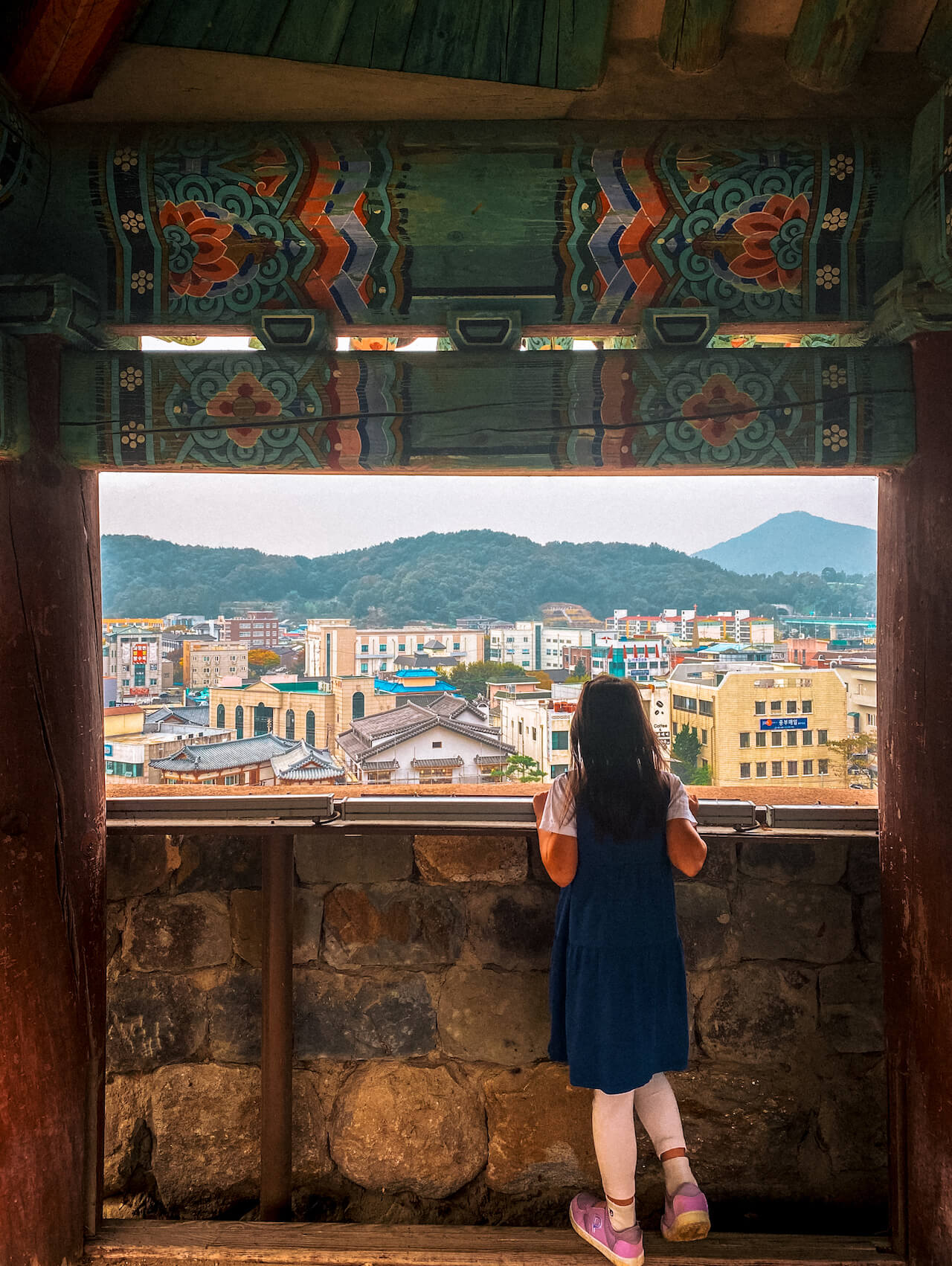
There’s always something amazing to do in Korea.
- Korea in January: The Coldest Month of the Year
- Korea in February: The Final Month of Winter
- Korea in March: First Signs of Spring
- Korea in April: Chasing Cherry Blossoms
- Korea in May: In Full Bloom
- Korea in June: The Best Month of Summer
- Korea in August: Summer Vacation for EVERYONE!
- Korea in September: Autumn Relief
- Korea in October: Full on Fall Foliage
- Korea in November: Autumn to Winter Transition
- Korea in December: Christmas Lights Galore
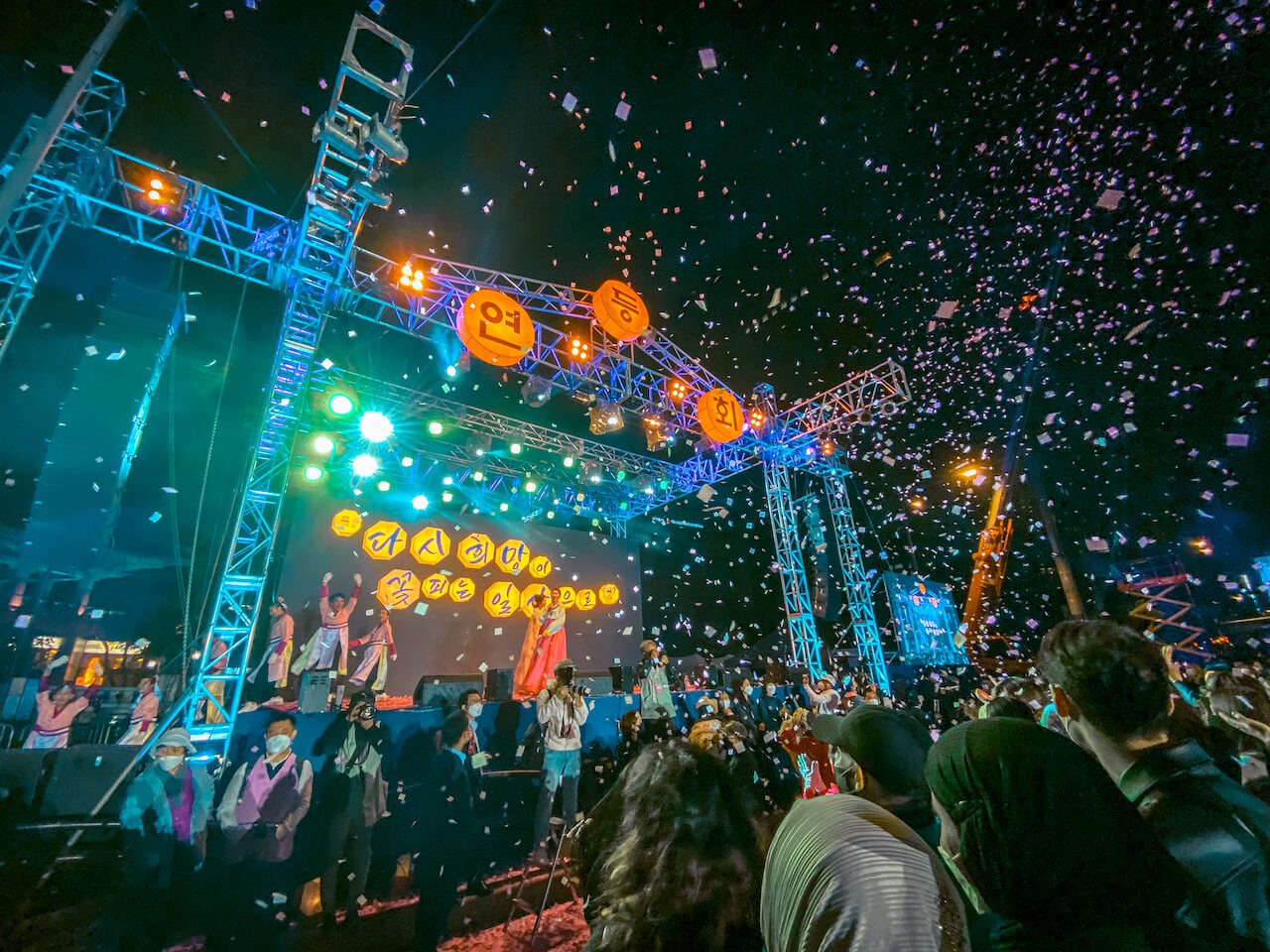
There are excellent events happening all the time in Korea.
Hueree Summer Hydrangea Festival | 휴애 여름 수국축제
Festival Dates: June and July 2024
Address: 256, Sillyedong-ro, Seogwipo-si, Jeju-do | 제주특별자치도 서귀포시 남원읍 신례동로 256
Hueree Natural Park has beautiful gardens, seasonal festivals, and a number of experiential activities. This is one of the most popular places to visit in Jeju for locals and tourists alike.
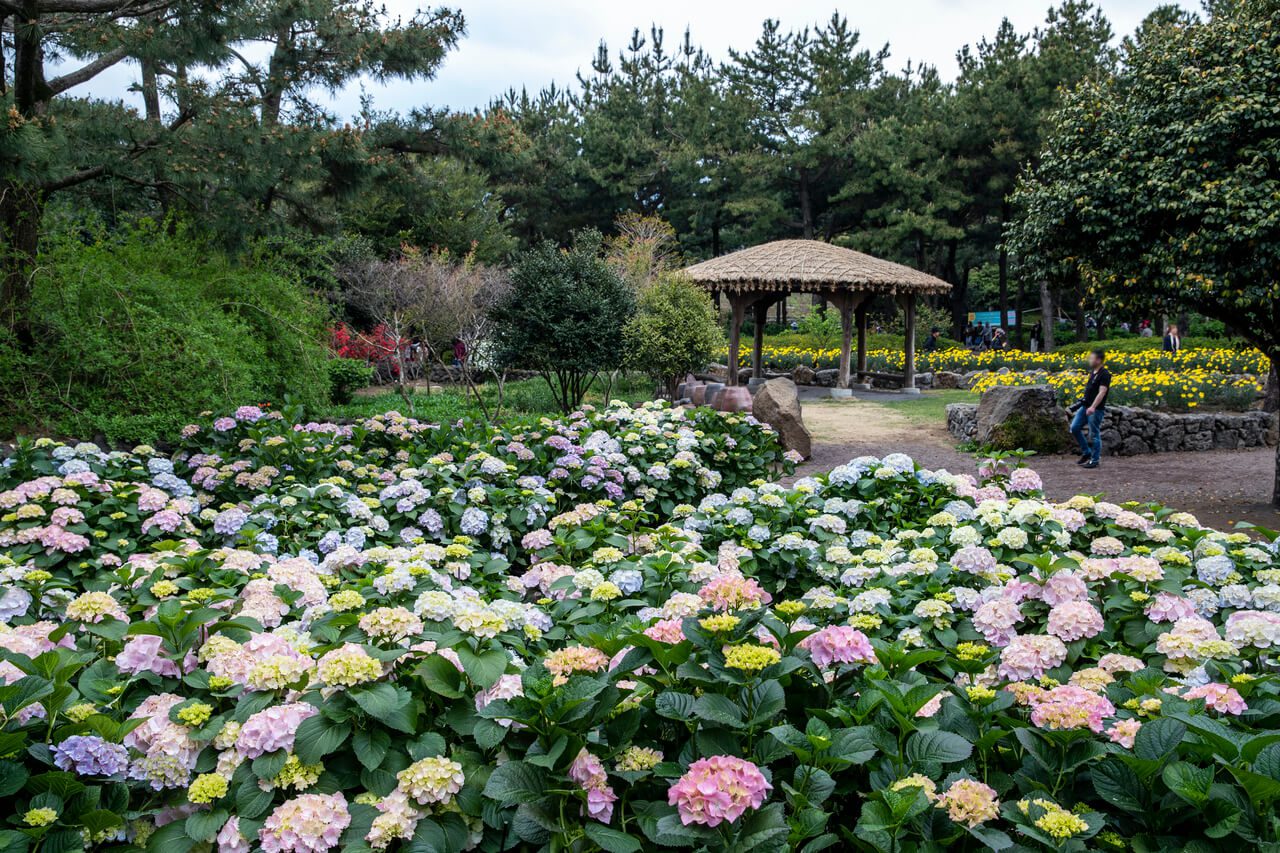
Gorgeous hydrangeas at Hueree Natural Park in Jeju.
During the Hueree Summer Hydrangea Festival, immerse yourself in a rainbow of hydrangeas as far as the eye can see. You can also try feeding baby pigs, rabbits, squirrels, and black goats, or go for a leisurely stroll through a pine forest of full of volcanic stone towers.
DISCOUNTED TICKETS | Hueree is one of Jeju’s most beautiful parks, with seasonal festivals, hands-on activities, and even a hot spring to soak your feet in! Check details here.
Semiwon Lotus Flower Festival 2024 | 세미원
Festival Dates: June 28th – August 15th, 2024
Address: 93, Yangsu-ro, Yangpyeong-gun, Gyeonggi-do | 경기도 양평군 양서면 양수로 93All
Water lilies, including lotus flowers bloom beautifully during summer in Korea. The Semiwon is a picturesque spot located near Dumulmeori, where the heads of the Bukhan and Namhan Rivers meet.

Lotus, lotus, and more lotus at the Semiwon Garden.
At the Semiwon Garden, you can wander through the serene garden, surrounded by hundreds of different types of water lilies. If you’re looking for more activity at the festival, try your hand at making handkerchiefs and fans out of lotus leaves.
READ NEXT: The Ultimate Summer in Korea Bucket List | 43 Activities, Festivals and Things to Do
Pocheon Herb Island Lavender Festival 2024 | 포천 허브아일랜드 라벤더 페스티벌
Festival Dates: all of July and August, 2024
Address: 35, Cheongsin-ro 947beon-gil, Pocheon-si, Gyeonggi-do | 경기도 포천시 신북면 청신로947번길 35 (신북면)
Aromatic lavender blooms across South Korea in July. Breathe in its ultra soothing scent at the Pocheon Herb Island Lavender Festival, which takes place all summer long. This is the largest herbal botanical garden in Korea, with over 250 different kinds of herbs and plants, so there’s plenty to see and do.
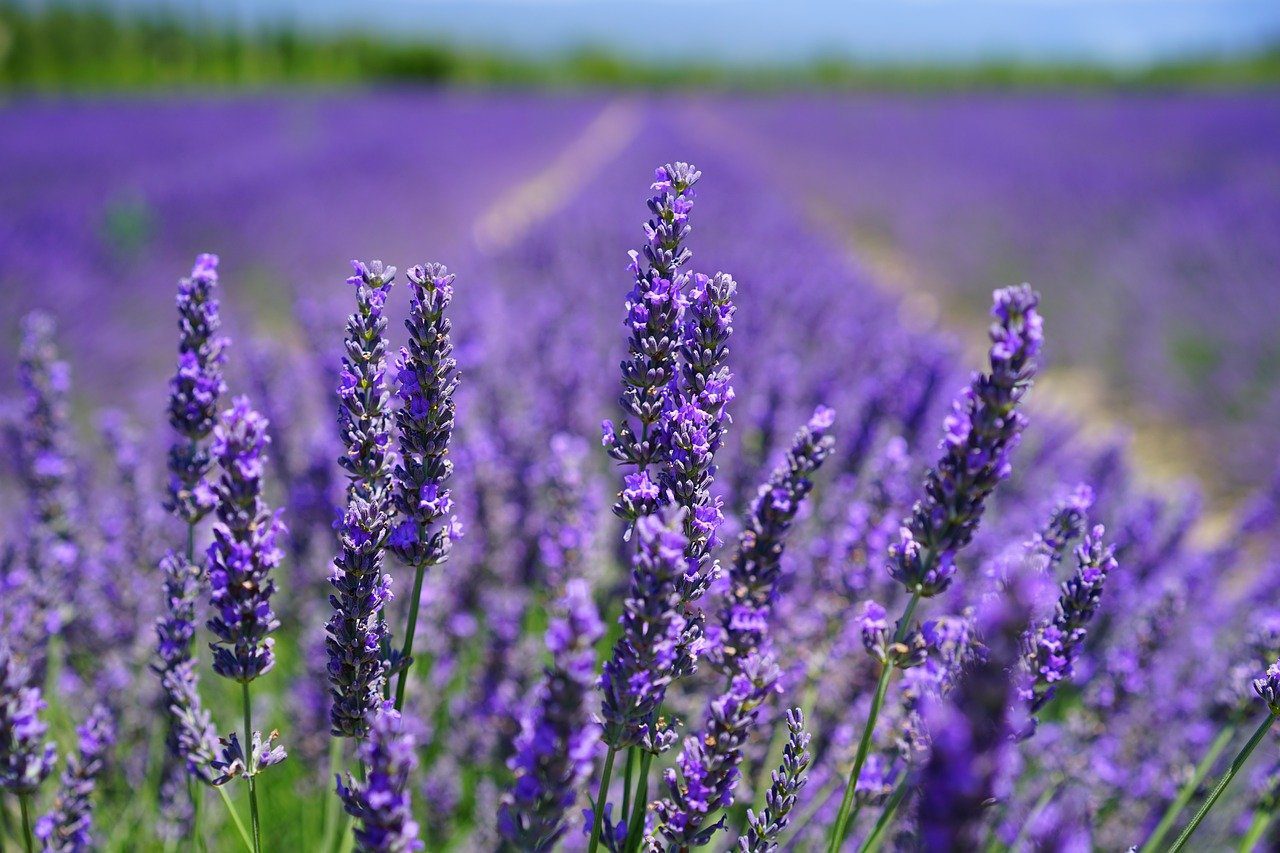
Breathe in the soothing scent of lavender in Korea in July.
Take pictures at flowery photo zones, make natural soap and cosmetics, or take a break from the heat inside the air-conditioned Herb Garden Museum.
More details here.
ALL-IN-ONE POCHEON DAY TOUR | Play high-tech military survival games, see the filming location of the Korean drama “Legend from the Sea,” at the Pocheon Art Valley, and of course, smell lavender at Herb Island on this easy day tour from Seoul. Check availability and prices here.
Garden of Morning Calm Rose of Sharon Festival | 아침고요수목원 무궁화 축제
Festival Dates: all of July 2024
Address: 432, Sumogwon-ro, Gapyeong-gun, Gyeonggi-do | 경기도 가평군 상면 수목원로 432 (상면)
Hydrangea and the Rose of Sharon bloom in Korea in July, and the Garden of Morning Calm is one of the best places near Seoul to see these gorgeous summer flowers.
Gawking at 250 varieties of Korea’s national flower – the Mugunghwa (Rose of Sharon) at the garden juuuust might make you forget the heat.
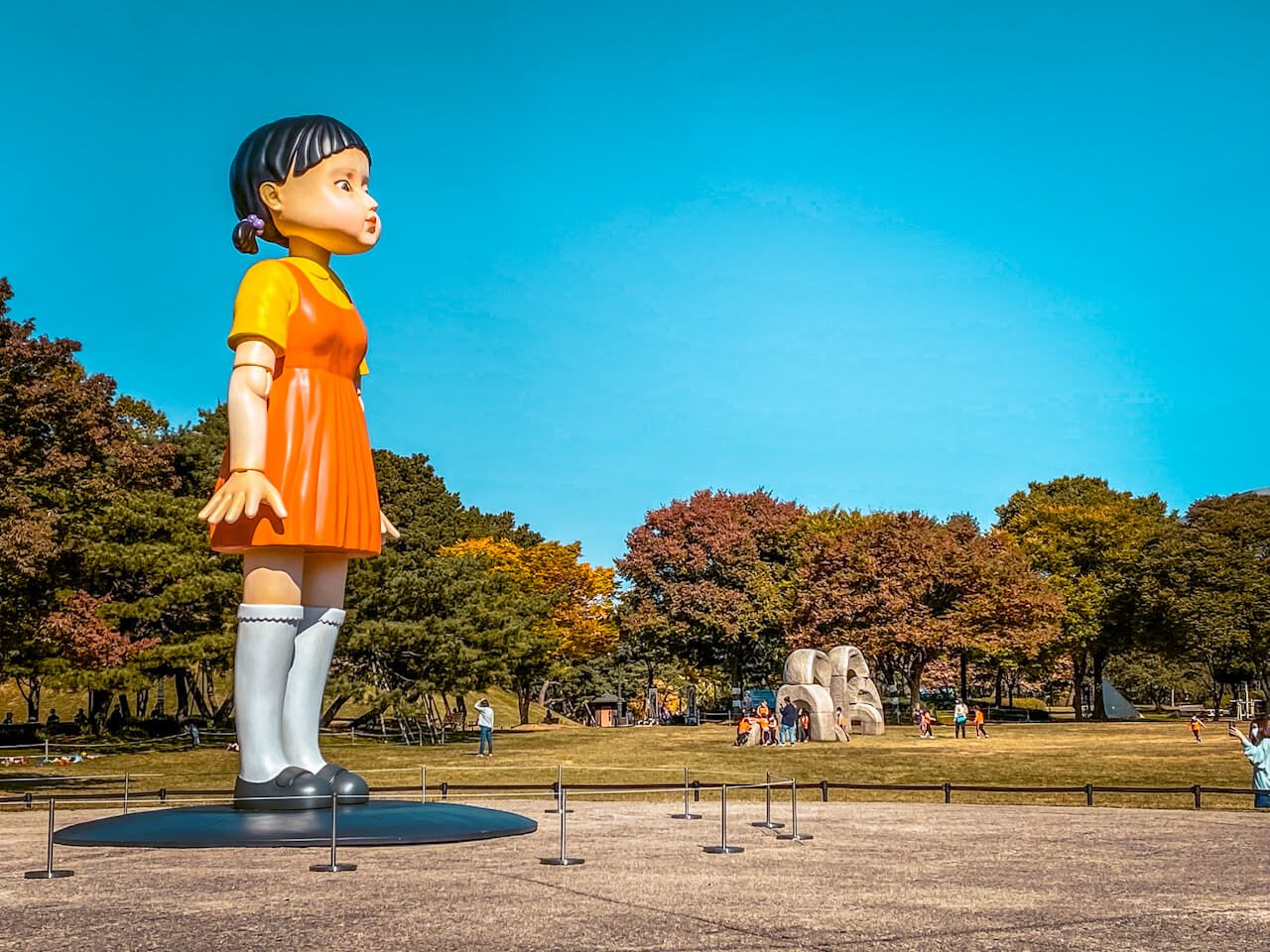
The Mugunghwa might be associated with this creepy doll forever now.
In combination with places like Nami Island, Alpaca World, and the Gangchon Rail Bike, the Garden of Morning Calm is one of the most popular day tours from Seoul, and one well worth taking.
TIP | If you don’t have a car, the easiest, most affordable way to see the Garden of Morning Calm and other nearby locations, without wasting tons of time on public transit, is on an all-inclusive tour. Customize a day trip, including round-trip transport, to the Garden of Morning Calm and surrounding area here.
2024 Daegu Chimak Festival | 대구치맥페스티벌
Festival Dates: July 3rd – 7th, 2024
Address: 7, Gongwonsunhwan-ro, Dalseo-gu, Daegu | 대구 달서구 공원순환로 7 두류공원야구장
Could Korean fried chicken washed down with an ice cold beer be the best food and drink combo in history? I think it’s possible – especially in the steamy hot weather of July in Korea.
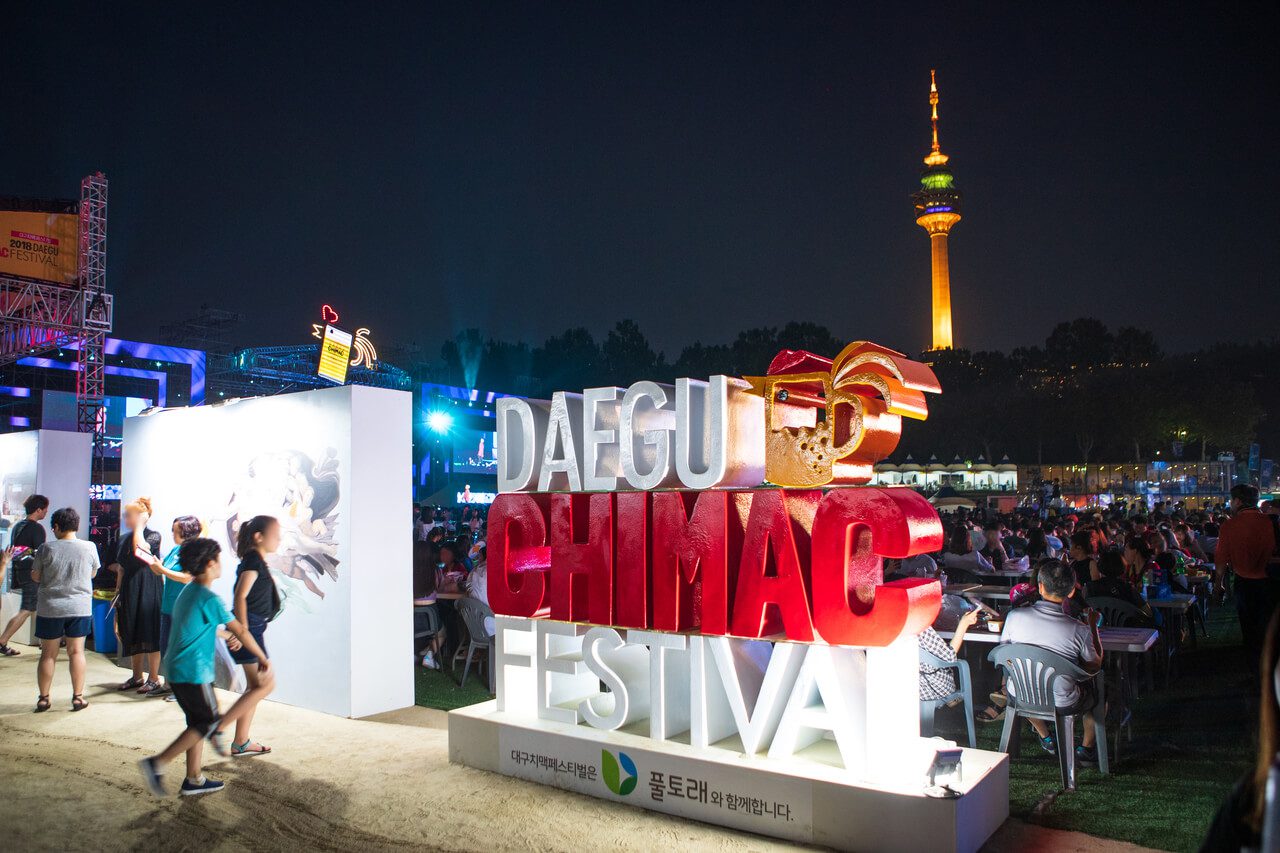
Fried chicken and beer might be the perfect combo © Kim Jiho, Korea Tourism Organization
You can test out the theory yourself at the Daegu Chimac Festival, while dancing your heart out, chicken wing in one hand, beer in the other. Pick up a Festival Pass here.
PS: If you didn’t know already – CHI = Chicken and MAK = Maekju (the Korean word for beer)
Details here.
SEOUL – DAEGU KTX TICKETS | Make the trip to the land of chicken and beer fast and comfortable, with KTX high speed rail tickets to Daegu. Check details here.
Bucheon International Fantastic Film Festival 2024 | 부천 국제판타스틱영화제
Festival Dates: July 4th – 14th, 2024
Address: 210, Gilju-ro, Bucheon-si, Gyeonggi-do | 경기도 부천시 길주로 210 (중동)
If your idea of fun on a steamy July night in Korea is getting scared out of your wits, then the Bucheon International Fantastic Film Festival (BiFan) is for you. It’s all about Asian horror, thriller, mystery and fantasy films.
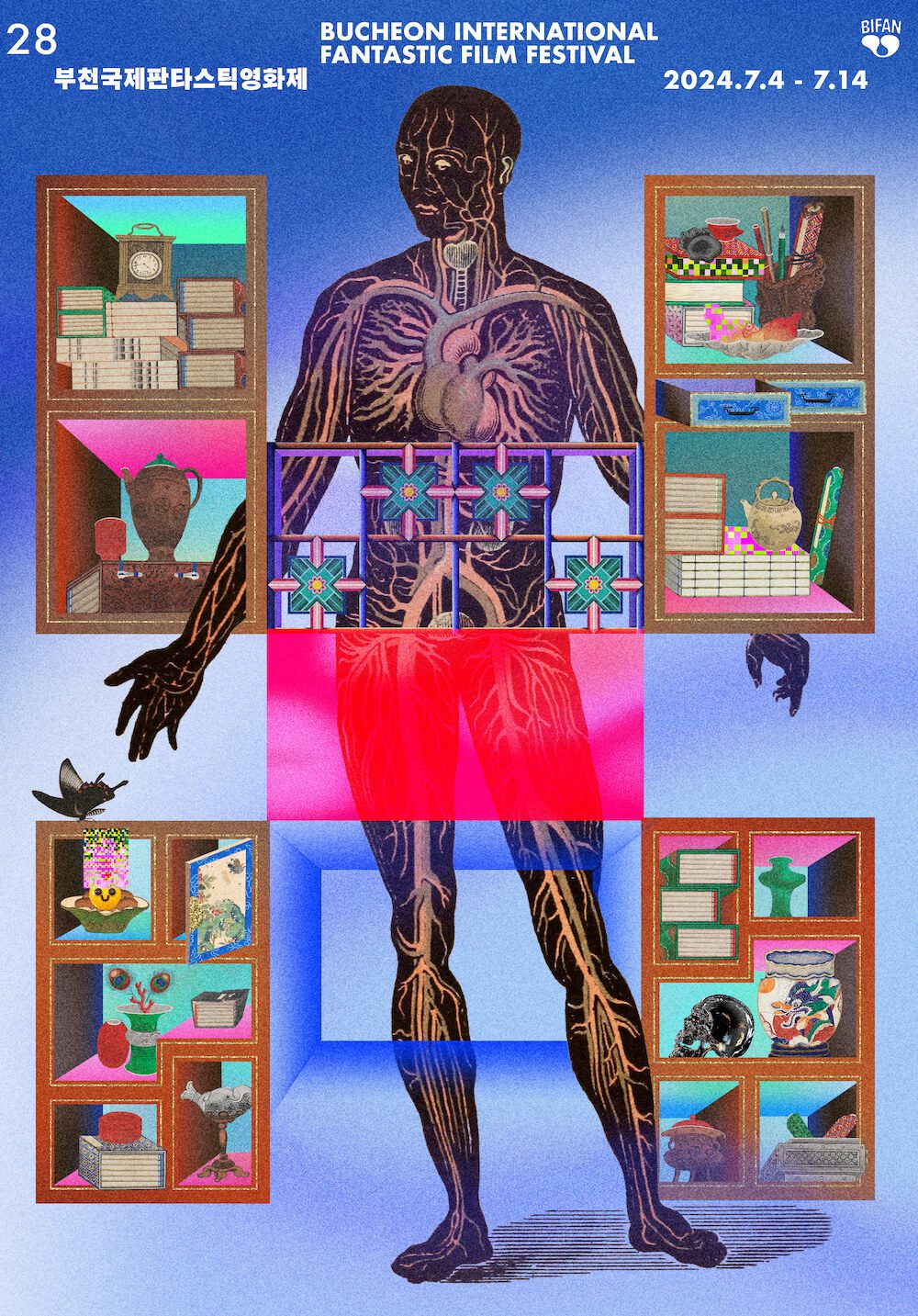
This year, the BIFAN festival features 255 films from 49 countries, under the slogan “Stay Strange.” Get more details here.
Buyeo Seodong Lotus Festival | 부여서동연꽃축제
Festival Dates: July 5th – 7th, 2024
Address: 52, Gungnam-ro, Buyeo-gun, Chungcheongnam-do | 충청남도 부여군 부여읍 궁남로 52 / 부여 궁남지 일원
Buyeo is one of the former capitals of the Baekje Kingdom, along with Gongju City. Both cities are worth a visit, but head to Buyeo during July in Korea, when lotus flowers are in full bloom for summer. The Buyeo Seodong Lotus Festival celebrates the romance of King Mu and Princess Seonhwa.
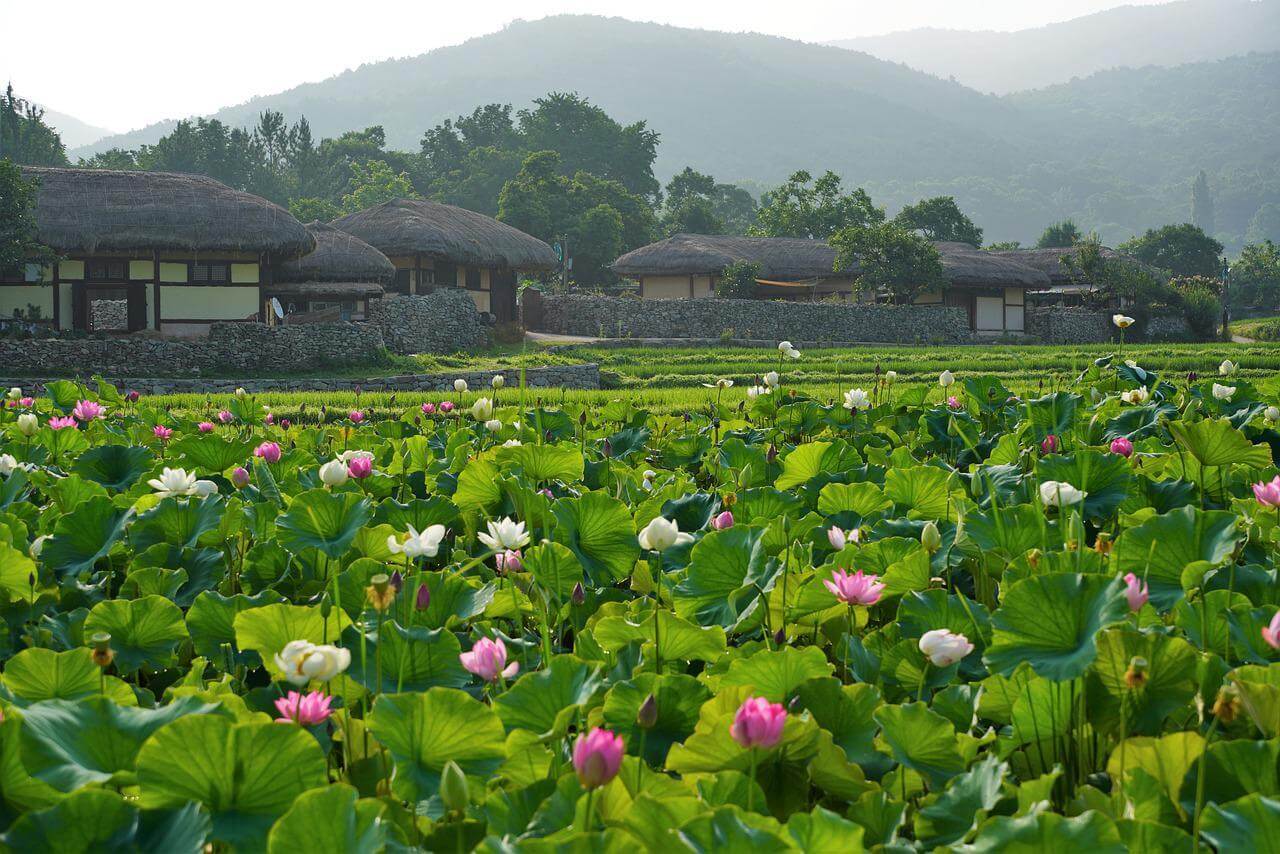
See lotuses AND a historical love story in Buyeo in July.
Festival events include performances of this historical love story, as well as hands-on programs like lotus flower origami classes, soap making, candle-making sessions, and a LED lantern exhibition.
More details here (Korean only).
BUYEO LOTUS FESTIVAL + JEONJU HANOK VILLAGE | Enjoy the traditional side of Korea with the sight of thousands of red lotus flowers in Buyeo, and over 800 hanok houses in Jeonju Hanok Village. Check details here.
WATERBOMB 2024 | 워터밤
Festival Dates in 2024: Seoul – July 5th – 7th | Jeju – July 13th | Daegu – July 20th | Busan – July 27th
The WATERBOMB Festivals start in Seoul at the end of June, and make their way around the country from there. There are 9 events planned for summer in Korea 2024.
All of the WATERBOMB events feature live performances from K-POP stars and DJs, a tropical lounge, and massive exploding water cannons. However, the highlight of WATERBOMB is defintiely a crazy water gun battle where you fight along your favourite celebs.
WATERBOMB is a 19+ event, that’s definitely not suitable for young children, as you can see from the video (don’t watch if flashing lights bother you). Check the line-up and get tickets here.
Taebaek Sunflower Festival | 태백해바라기축제
Festival Dates: July 17th – August 15th, 2024
Address: 38-33, Guwau-gil, Taebaek-si, Gangwon-do | 강원도 태백시 구와우길 38-33 (황지동)
Wanna get lost in a sea of bright yellow sunflowers? Well you can do it easily at the Taebaek Sunflower Festival in Guwau Village. It’s the largest sunflower patch in all of Korea.
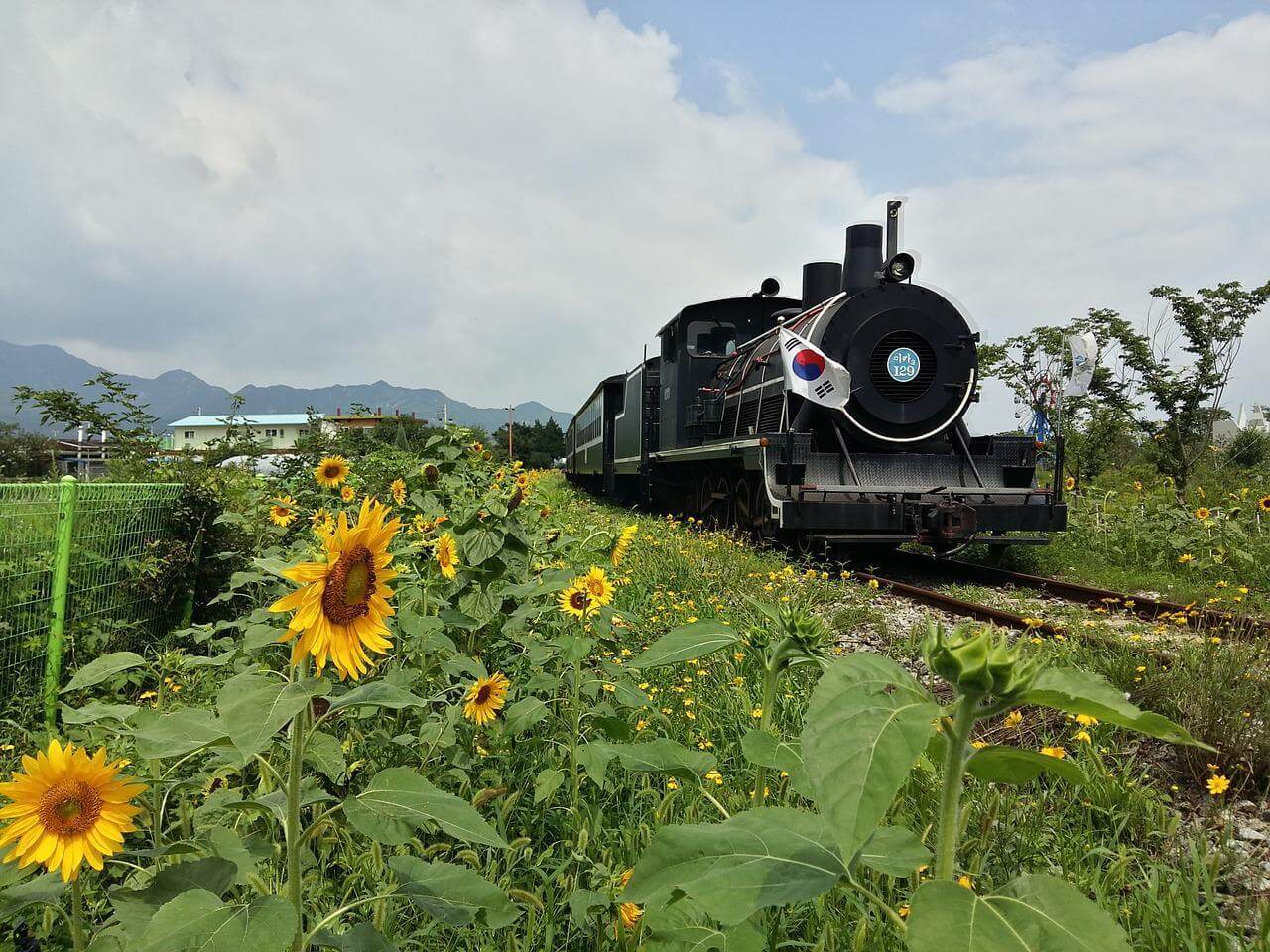
Sunflowers appear in Korea in July.
Get more details here (Korean only).
Boryeong Mud Festival 2024 | 보령머드축제
Festival Dates: July 19th – August 4th, 2024
Address: 897-15, Daehae-ro, Boryeong-si, Chungcheongnam-do | 충청남도 보령시 대해로 897-15 (신흑동)
Every year, thousands of people flock to Daecheon Beach in Chuncheongnam-do to coat themselves in nutrient-rich Boryeong mud by day, and party to K-pop and EDM at night. I mean, you can’t really argue with festival events like giant mud baths, mud mazes, mud painting, and mud slides, can you?
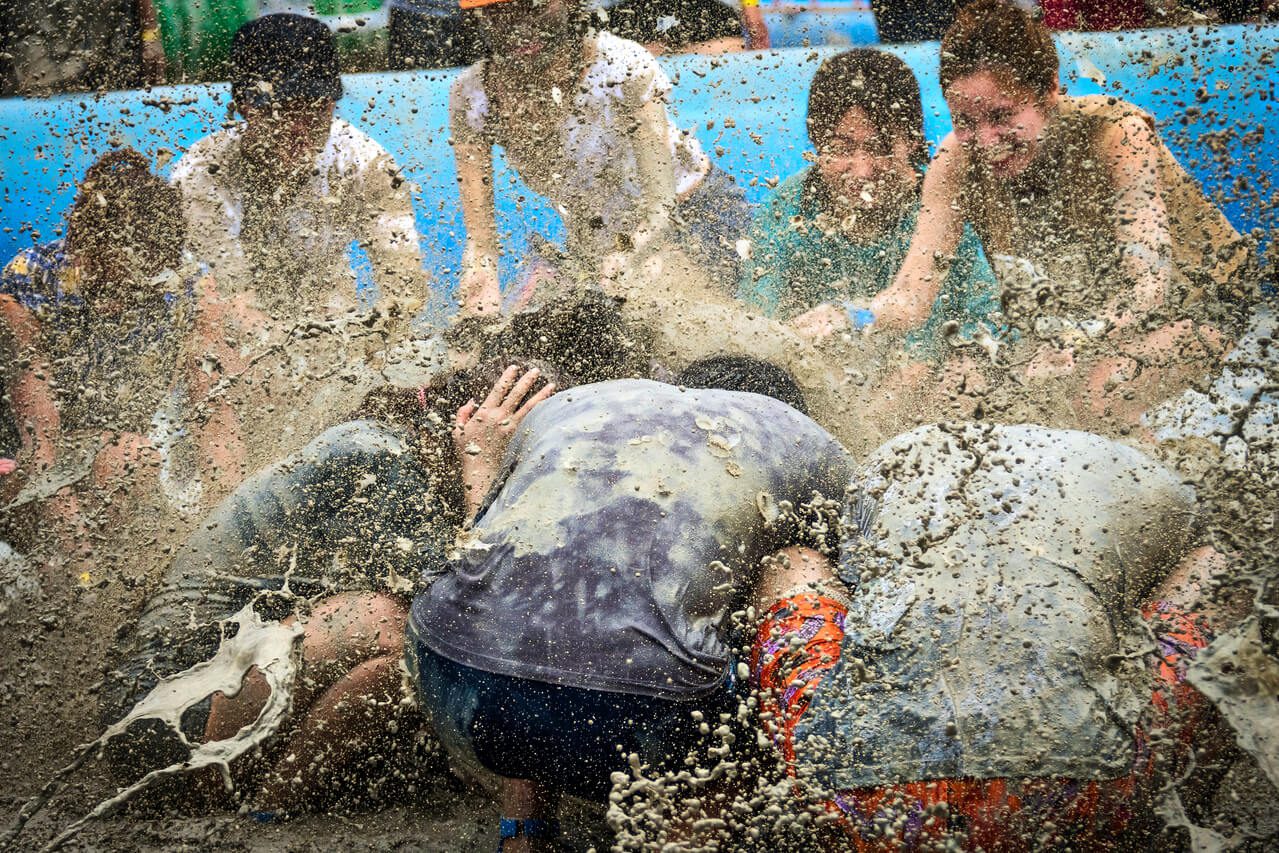
Prepare to get dirty at the Boryeong Mud Festival © Jeong Sung-joo, Korea Travel Organization
I’m gonna go out on a limb here, and say that this is probably THE most popular and famous festival for international visitors to Korea in July. Join a day tour here .
STAY NEAR DAECHEON BEACH | This is one of summer’s most popular festivals, drawing people from all over Korea. If you plan to stay overnight on a weekend, and want to stay near the festival site, book hotels early. They WILL get fully booked up. Check availability, reviews, and prices of hotels in Boryeong here:
On Booking | On Agoda | On Klook
Busan Sea Festival | 부산 바다 축제
Festival Dates: July 26th – 28th, 2024
Address: Beaches around Busan – Haeundae, Gwangalli, Dadaepo, Songdo, and Songjeong Beaches
Summer in Korea means Busan, and the Busan Sea Festival is an awesome way to celebrate the cool sea and hot sun at 5 of the city’s beaches. From pool parties to live music to DJ contests to surfing, there’s something for everyone, because each beach has a different vibe and events.
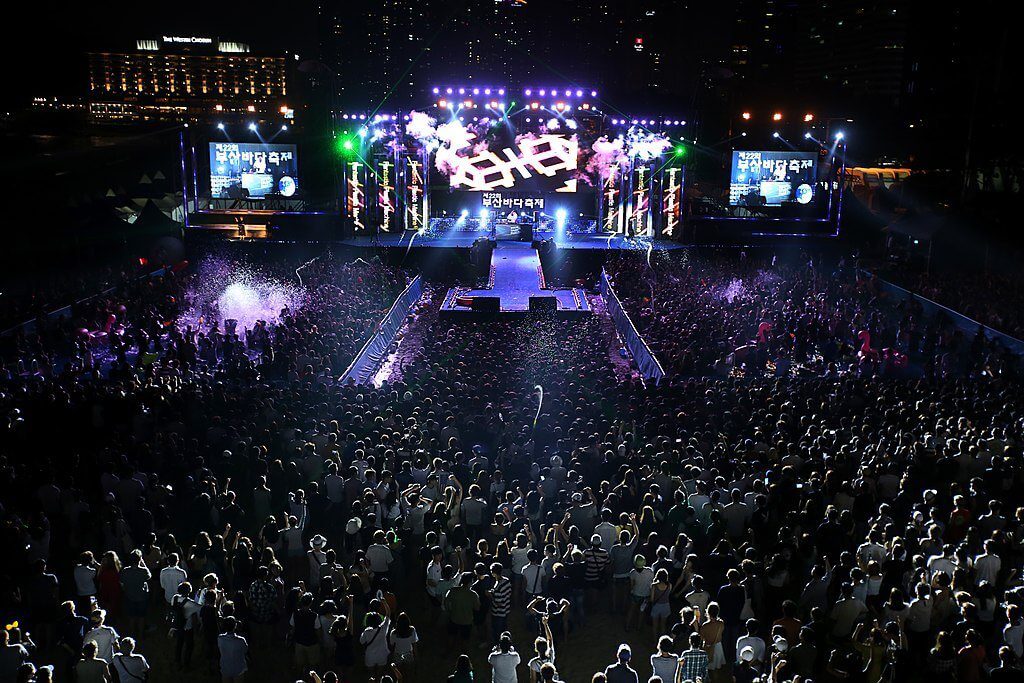
There are different events at 5 separate beaches in Busan © Busan Metropolitan city (CC BY-SA 4.0)
For a quieter evening by the sea, spend your day checking out folk and jazz performances at Dadaepo and Songdo instead of heading to busy Haeundae Beach.
Check more details here.
Bongwha Sweetfish Festival 2024 | 봉화은어축제
Festival Dates: July 27th – August 4th, 2024
Address: Naeseongcheon Stream area in Bonghwa-eup | 경상북도 봉화군 봉화읍 내성리 506
Sweetfish are plentiful in Korea in July and August, and the most delicious can be found on the banks of the Nakdonggang and Seomjingang Rivers, near Bonghwa in Gyeongsangbuk-do Province.
Wade into the refreshing river water and try catching these slippery creatures with traditional nets, or even with your bare hands at the Bonghwa Sweetfish Festival. Cap off the day by grilling up your fresh catch on a charcoal bbq.
Korea in July | What to Wear
To best try to survive Korea’s weather in July, lightweight clothing that wicks sweat is the name of the game. Breezy linens, technical fabrics, and clothing lines like Uniqlo’s Airism are made specifically to deal with a hot, muggy climate.

It’s best to wear lightweight clothing and sandals or flip flops in Korea in July.
Since there’s also potentially a ton of rain in Korea in July, waterproof running shoes or quick-dry clothing could be useful. If you choose to wear sandals or flip-flops, choose ones with a good grip. A lot of streets in Korea become very slippery in the rain.
READ NEXT: xFyro ANC Pro Review: The Best Wireless Earbuds for Travel and City Life
Tips for What to Wear in Korea in July
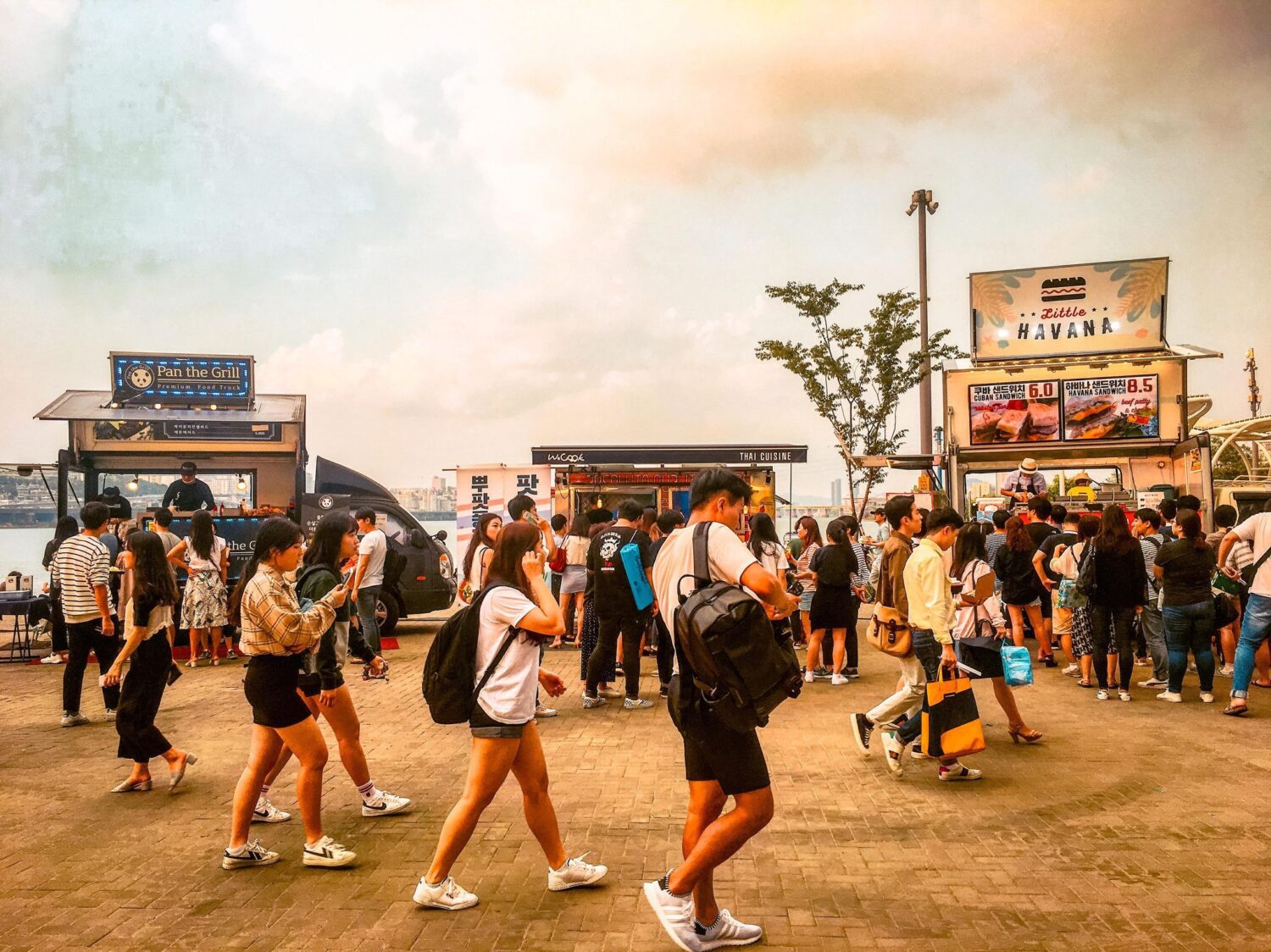
I don’t understand how some of these crazy people are wearing jeans in summer.
Visiting Korea in July | Packing List
Here’s a rough guideline of items to pack for the Korea weather in July.
Bring from Home
- travel documents: passport, itineraries, hotel reservations, plane tickets, travel visas, insurance
- international driver’s license if you plan to rent a car
- adaptor / plug
- lightweight t-shirts, tank tops
- shorts, skirts, capris
- summery dresses
- thin windbreaker or shell, light hoodie or cardigan
- swimsuits, rash guards, board shorts
- deodorant, feminine hygiene items
- comfortable running shoes or sandals with good grip for lots of walking ( waterproof shoes are good at this time of year)
- any special prescription medications you need
- allergy medications if you’re sensitive to pollen and dust
- eyeglasses, contact lenses
Buy in Korea
- umbrella if it rains / parasol
- personal fan
- disposable air pollution masks
- batteries / charging cables (super cheap at Daiso)
- skincare products like sunscreen (high quality and cheap in Korea!)
- eyeglasses and contact lenses can be purchased just by walking into a store (a free eye test will be provided)
- birth control can be purchased over the counter, without a prescription (but all brands may not be available)
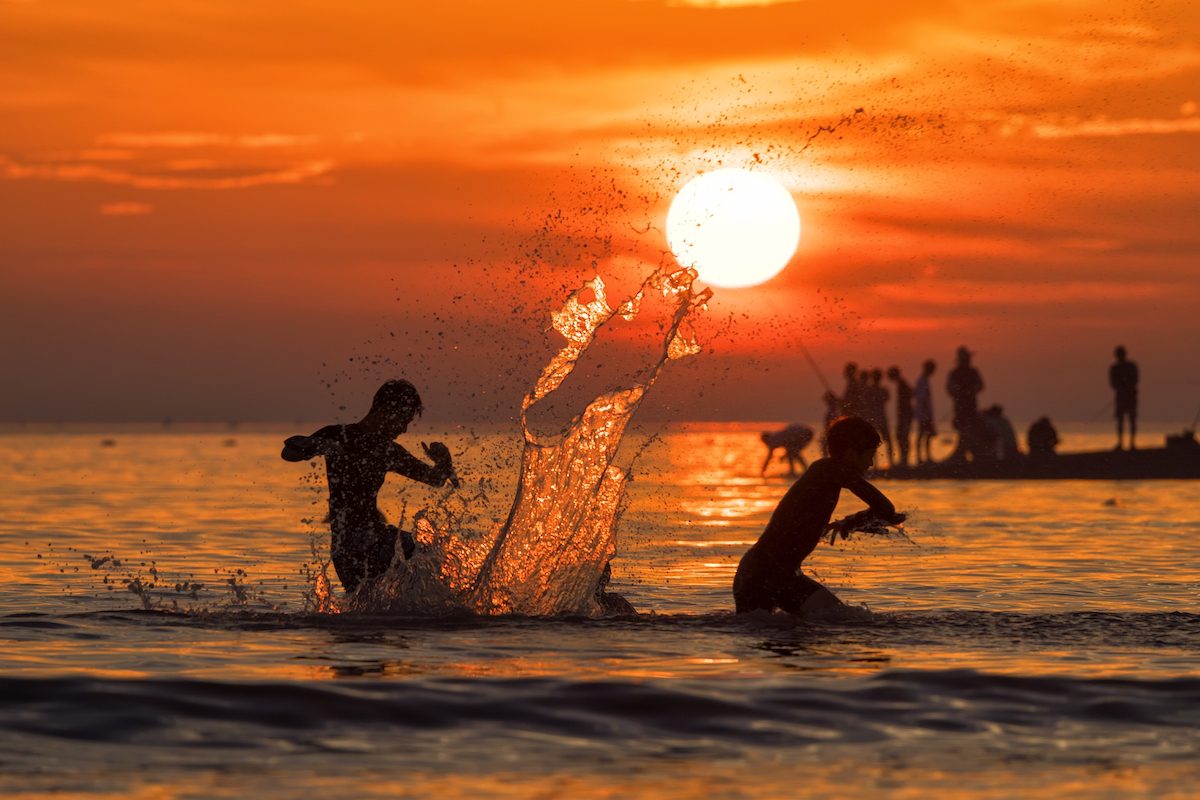
Sunsets are stunning on the West Coast in summer ⓒ Jeong Jong-ho, Korea Tourism Organization
Did this article help you? Writers (and moms especially) need caffeine!
Help support my small business with a cup of coffee.
Korea in July: Essential Info and FAQs
All ready for the perfect trip to Korea in July? What have you got planned?
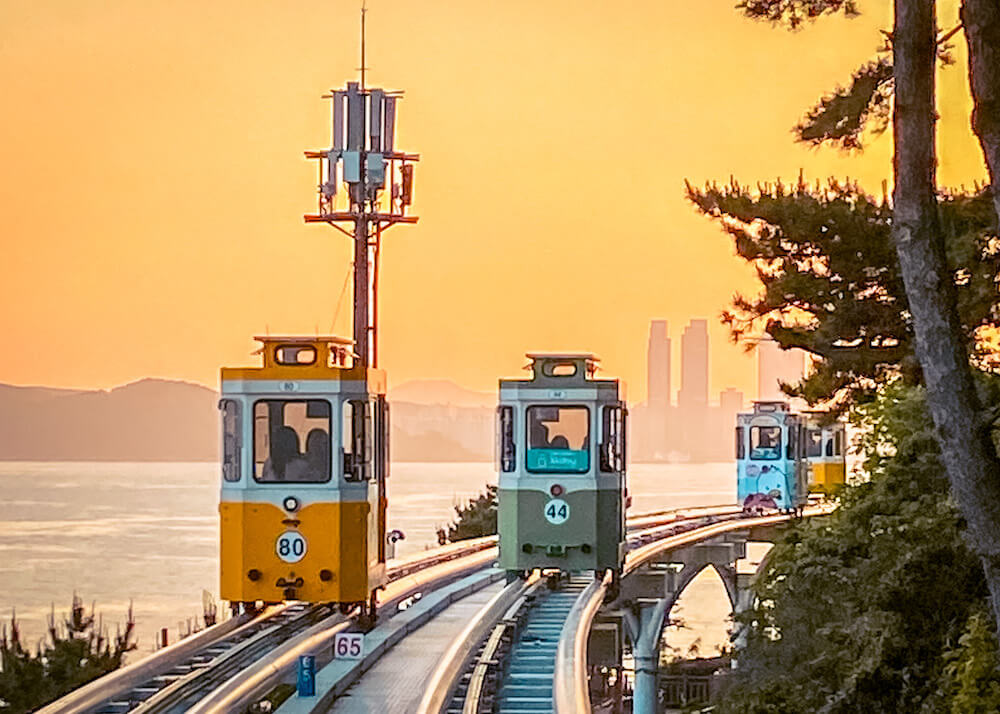
previous post

Related Posts
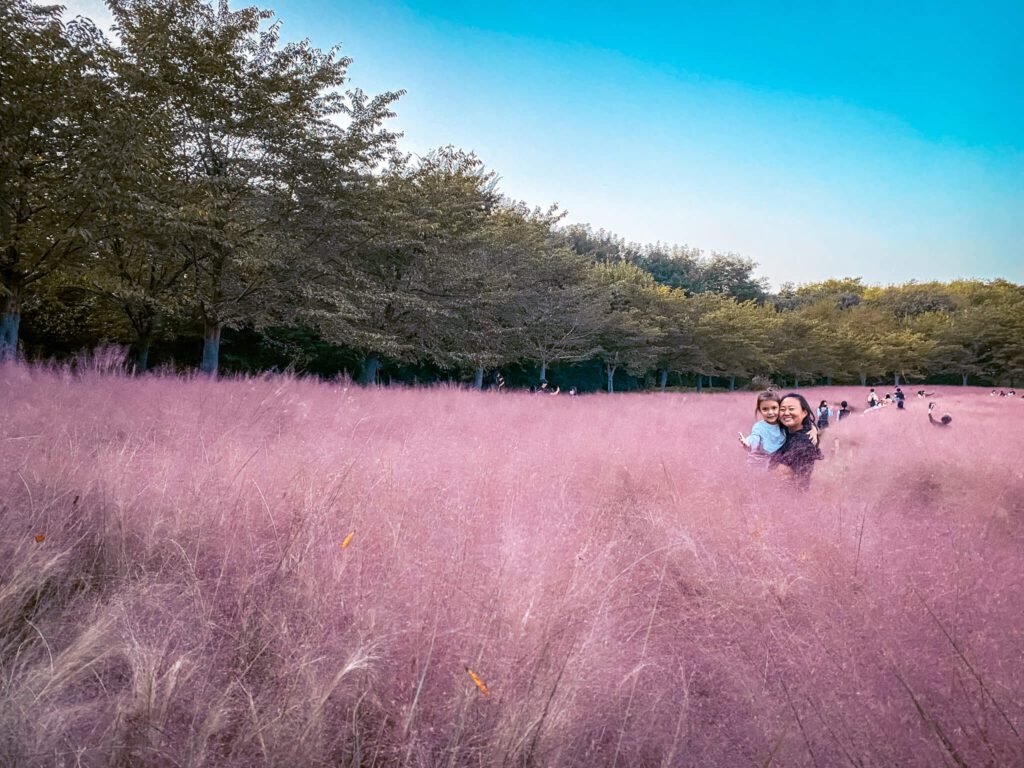
Visiting Korea in October 2024 | Weather, Best Festivals + What to Wear
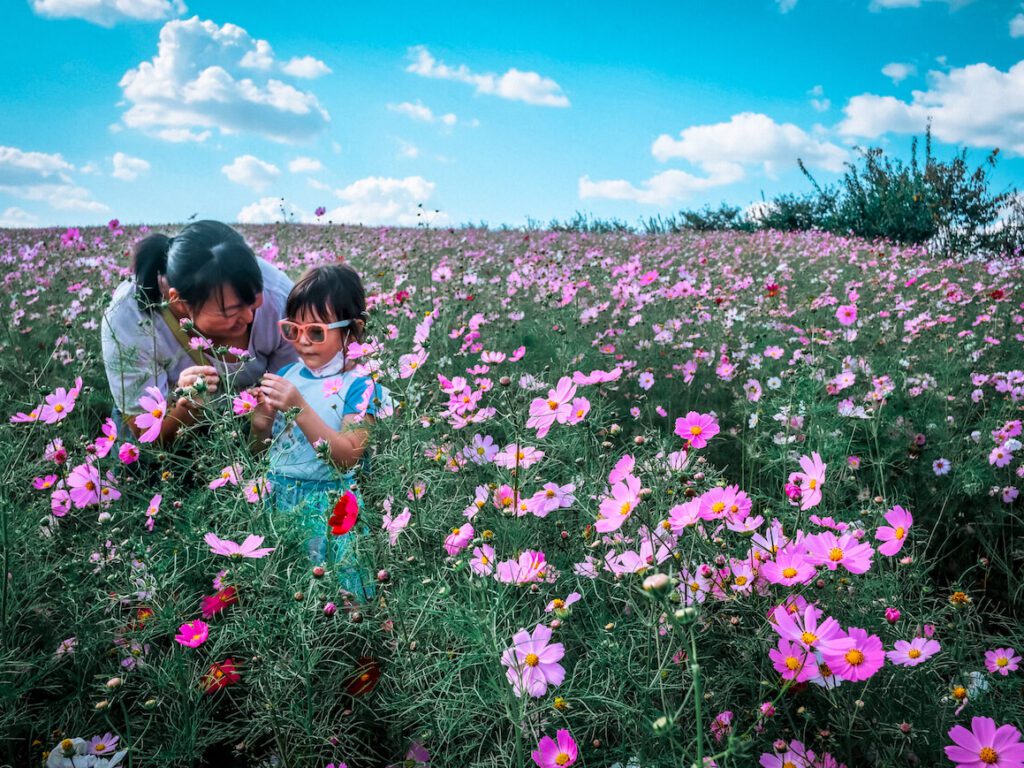
Korea in September 2024 | Local’s Guide to Weather, Best Festivals and What to Pack
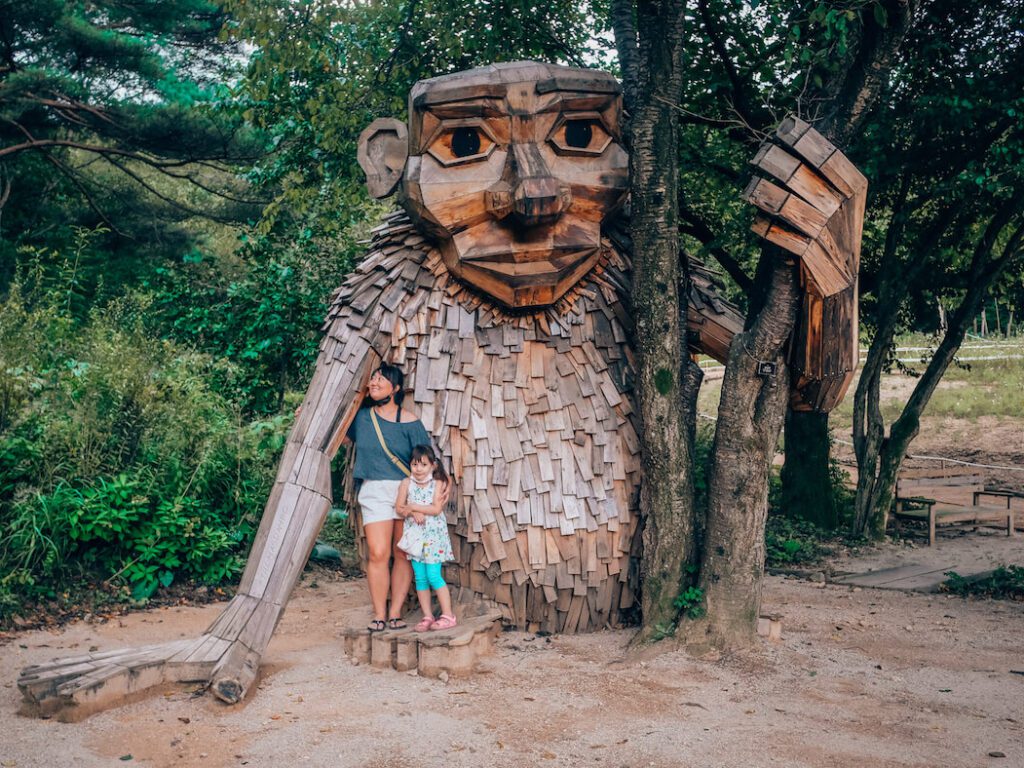
Korea in August 2024 | Local’s Guide to Weather, Best Festivals and What to Wear
Hi Shelley! This brought back such intense memories of my trip to Seoul in July/August, 2016! Can’t believe it’s been that long. It really was super hot and humid, but I loved it so much anyway. Your “little” Naia is growing up so much! Hope you are all doing well.
Wow! It was already that long ago eh? Time really is going by way too fast! If anything, it’s been getting hotter and more humid in recent years They’re going to have to air condition the whole country soon haha.
post a comment cancel reply
Save my name, email, and website in this browser for the next time I comment.

Everything Korea
Korea travel in july: weather info & best place to go.
View this post on Instagram A post shared by Unravel Korea (@unravelkorea)
Korea offers a summertime experience like no other.
Don’t miss out on the best destinations to visit in July in Korea. Whether you love beautiful beaches like,
- Busan, greenery around Jeju Island,
- A historical wonder of Gyeongju.
Natural inspirations from,
- Seoraksan National Park and
- Vibrant cities including Seoul and Yeosu.
Table of Contents
Weather info
South Korea is famous for hot and rather heavy weather in July, with temperatures ranging from 25-30°C 77-86°F.
There are usually rainy days during the month, and Rain falls at the end of the period, typical to the country’s monsoon season.
While hot and damp, July provides travelers with rich greenery and many outdoor experiences.
Best place to Go
Here are the top tourist destinations to visit in Korea in July from,
- Busan’s beaches,
- Jeju Island’s greens,
- From Gyeongju’s history, to Seoraksan’s nature, and
- Andong Hahoe’s culture,
Korea has too much to offer.
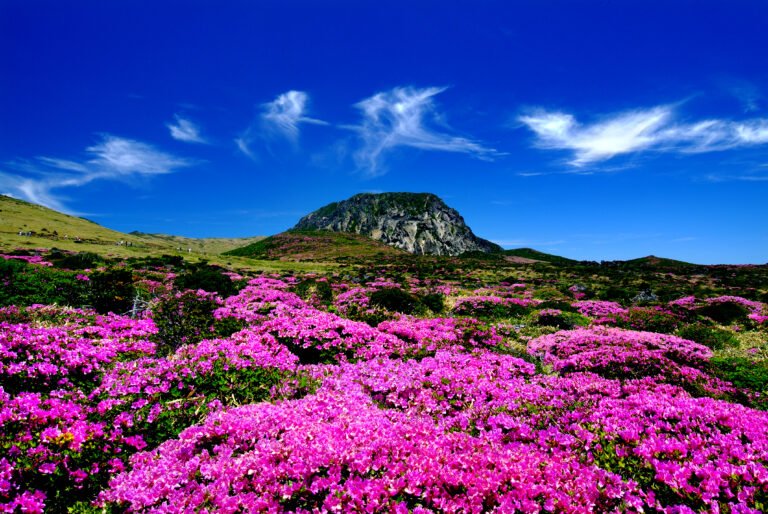
Jeju Island
July is ideal for visiting Jeju Island and enjoying activities such as,
- Hiking Hallasan,
- Visiting the lava tubes and relaxing on beaches.
Seoraksan National Park
In July, Seoraksan National Park should be visited to see,
- Plenty of greenery,
- Colorful flora and delightful hiking paths.
Busan Beaches (Haeundae, Gwangalli)
Also, this month is perfect for beachside trips, and Busan’s Haeundae and Gwangalli are the most suitable options for you together with Seoul in July.
Seoul (Han River Park, Bukchon Hanok Village)
In July, it is worth going to the Han River Park for many activities and visiting Bukchon Hanok Village to enjoy traditional Korean architecture.
Gangwon Province (Sokcho, Chuncheon)
In July, Gangwon Province cools down with Sokcho’s beaches and Chuncheon’s lakes perfect to get away from the summer heat.
Gyeongju Historical Sites
In July, be sure to savor the treasures of Gyeongju’s past: ancient temples, royal tombs.
Boseong Green Tea Fields
In the Boseong Green Tea Fields in Korea, one can also see the cool July scenic beauty of Korea’s lush green tea fields from below. It is also ideal for a slow afternoon walk and images.
Andong Hahoe Folk Village
Andong Hahoe Folk Village in July with traditional cultural experiences, beautiful mask dances, and historical architecture nearby greenery.
Suncheon Bay Wetland Reserve
Suncheon Bay Wetland Reserve in Korea in July with,
- Migratory wildlife,
- Greenery and
- Serene nature walks and landscape views
Yeosu and the South Coast
Yeosu and Korea South Coast in July with,
- Sunny beaches,
- Cultural festivals and
- Culinary arts of fresh seafood.
Marked by beautiful coasts.
Frequently Asked Questions (FQAs)
Is it cold in korea during july.
The short summer lasts from July to August and is the hottest time of the year in South Korea.
Temperatures may range between 23°C and 30°C but this is also the wettest time of the year, with the monsoon rains bringing half of the country’s annual rainfall during these months.
Is it nice to visit Korea in July?
Temperatures during these times are generally enjoyable and suitable for outdoor activities.
June, July and August offer the best conditions for hiking, but the weather is hot and humid away from the mountains.
Winters in South Korea are very cold, so we wouldn’t recommend visiting in December, January or February
Does it rain a lot in Korea in July?
Temperatures may range between 23°C and 30°C but this is also the wettest time of the year, with the monsoon.
Should I visit Seoul in July?
While June can be pleasant, July and August bring unbearable heat and humidity, along with heavy rains that can last all day. Luckily, Seoul has plenty of things to do for keeping dry and cool inside.
Is Korea very hot in July?
July is one of the hottest and wettest months in Seoul.
Days tend to be cloudy and overcast with an average relative humidity of 81.3%. Temperatures range between lows of 20°C / 68°F and highs of 27°C / 81°F.
The monsoon season is in full swing, and you can expect rain almost every day.
Related Post
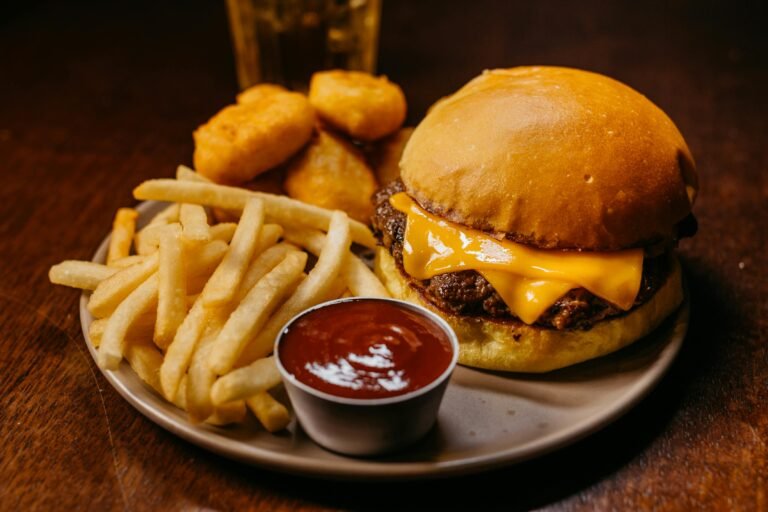
Best Burger in Seoul in 2024
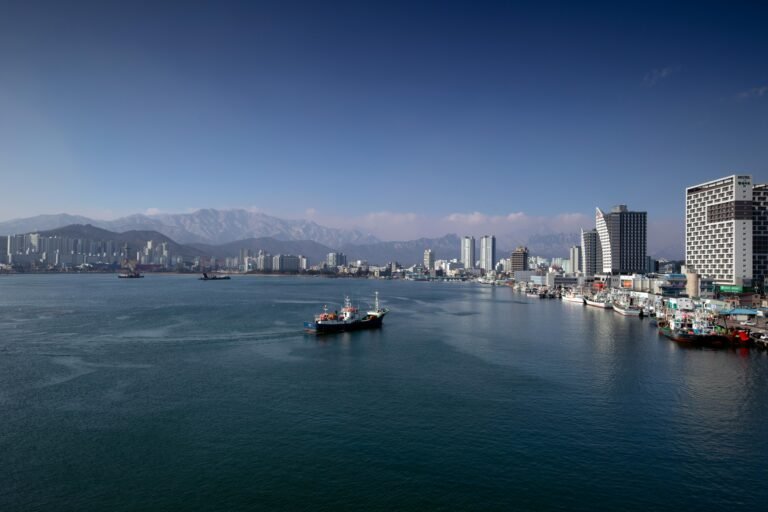
Best things to do in Sokcho South Korea in 2024
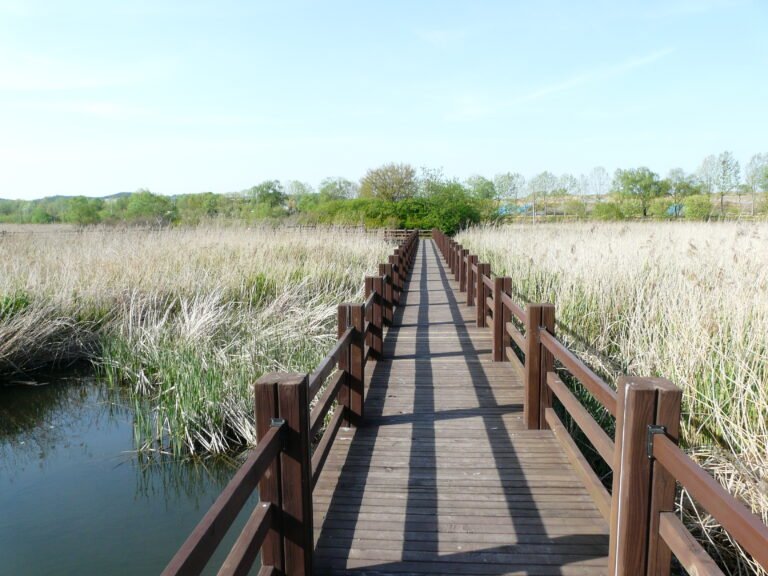
Best things to do Ansan Gyeonggi-do south korea in 2024
Joining me for latest travel news, offers, and events
Stay connected on Instagram
When is the best time to visit South Korea?

Feb 18, 2024 • 7 min read

Whether you visit for the city buzz or the peace of the mountains, here are the top times to travel to South Korea © Jesse Morrow / Stocksy United
No matter where your good times happen – raucous nightclubs, ancient mountain hermitages, packed baseball stadiums, boundary-pushing museums and galleries – the chances are you'll find something to love in South Korea . There's no such thing as a bad time to visit, but some planning can take your trip to another level and create lasting memories.
With terrain that ranges from alpine peaks to subtropical beaches, South Korea goes through four distinct seasons, so knowing what to expect and how to prepare will go a long way toward getting the best out of your vacation. Here's everything you need to know about choosing the best time to visit.
March to May is the best time for mild weather and cherry blossoms
South Korea starts to shake off its winter frost in March, and for the next three months, you can expect mild, pleasant weather. By the time May rolls around, Seoul and other inland cities are already pushing for summer, with temperatures occasionally rising into the upper 20s Celsius. Naturally, folks start heading back outside – hikers start hiking, bikers start biking, and Korea's pro baseball and soccer leagues get underway.
The season's undeniable highlight, however, is the annual return of the cherry blossoms. They begin appearing on Jeju-do and along the south coast in mid-March and work their way up the peninsula, arriving in Seoul and Gangwon-do Province in early April. The end of March also brings the spectacle of the Jeju Fire Festival, which celebrates the creation of the island.
The weather in May can alternate between springlike and summery. Koreans celebrate Children's Day on May 5 and Parents' Day on May 8, and amusement parks and any sights that are vaguely kid-related fill up with families. Buddha's birthday in May is celebrated in Seoul by the Lotus Lantern Festival when brightly colored lanterns light the avenues and a parade of giant glowing floats proceeds through downtown.
The one thing that can put a damper on the season is hwangsa , yellow dust that gets blown off the deserts of Mongolia and northern China. It combines with local air pollution to occasionally create some pretty grim air conditions. When that happens, it's a good idea to wear a mask if you plan to spend significant amounts of time outdoors.
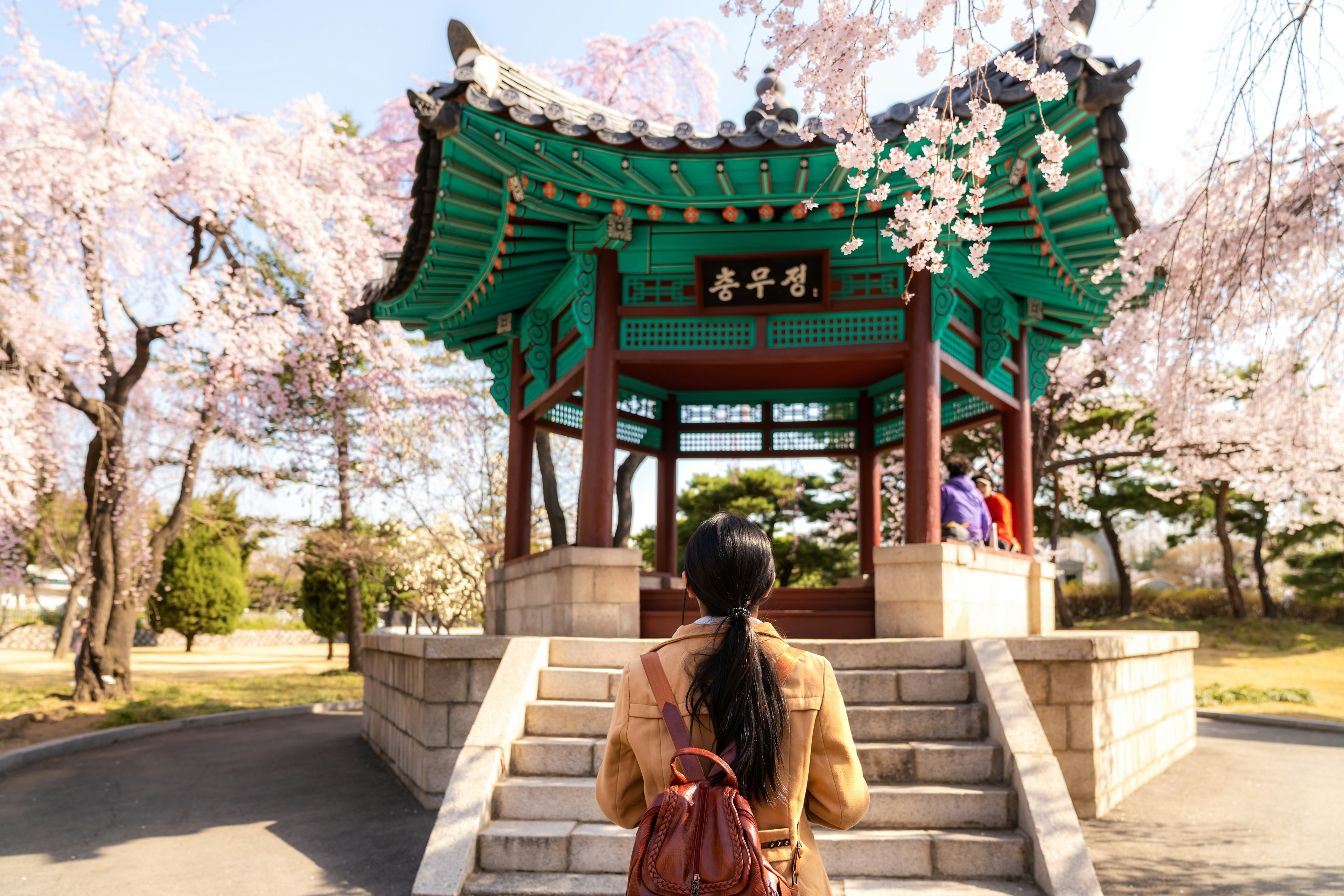
June to August is the best time to head to the mountains or the beach
Summer in South Korea is long, hot and rainy, particularly in the cities. The Korean rainy season – known as jangma – starts in the second half of June and can last through August. Temperatures stay stuck at close to 30ºC (86ºF), the humidity borders on the sadistic, and it rains just about every day.
Fortunately, no matter where you are in South Korea, there are beaches or mountains (or both) close at hand for a summer escape. Get out of the city and explore Seoraksan National Park , the surfing town Yangyang or far-flung islands such as Jumun-do, off the Incheon coast. Busan's famed Haeundae Beach is packed, while young Koreans and expats head to the west coast town of Boryeong to party at its Mud Festival . It would seem madness to travel to Daegu , Korea's hottest and most humid city, at this time of year, but they host a lively Korean-style fried chicken and beer festival , so think about it!
The downside of this plan, of course, is that accommodation rates in top vacation spots are higher at this time of year. For a cheaper escape, partake in the traditional Korean pastime of packing a picnic and spending the day in a gyegok , a mountain valley with a cool stream – a good starting point is Woo-ii Gyegok on Seoul's northeastern edge.
Summer also brings a wide range of festivals to the peninsula, and Korea's two major pro sports leagues – the Korea Baseball Organization and the K League soccer tournament – are in full swing. The traditional holiday of Dano typically falls in June, marked by one of Korea's most remarkable festivals – the UNESCO-listed Gangneung Danoje . During this multi-day event, celebrants conduct traditional shamanic rituals, perform mask dramas and pray to the mountain spirits. Visiting at this time offers a unique opportunity to get a glimpse of Korea's traditional shamanic practices.
Korea celebrates Liberation Day, commemorating the end of Japanese colonial rule, on August 15. The rain finally starts to let up, though the weather remains hot and humid. Alternative art has its moment, with the Seoul Fringe Festival taking place in the artsy university neighborhood of Hongdae, and both domestic and international rock, pop and metal acts turning up the volume at Incheon's Pentaport Rock Festival .

September to November is the best time for dry skies and golden ginkgoes
Visiting South Korea in the fall is pretty much a foolproof plan. Pleasant temperatures, crisp air and clear skies make this the ideal time for travel in the Land of the Morning Calm. And surprisingly, September is also South Korea's best beach month.
Summer's heat – but fortunately not its humidity – is still hanging around, but the crowds have seriously thinned out. Instead, locals head into the mountains to take in the fiery foliage, which starts to get really good in late October and early November. Expect crowded mountain trails at this busy time of year. This is also the season when the leaves of Seoul's innumerable ginkgo trees turn a stunning royal gold, making the sometimes drab cityscape undeniably beautiful.
Koreans call fall the "season for reading," and it's an ideal time to grab a book and spend some time enjoying the country's terrific cafe scene, hopping from one impeccably designed coffee shop to the next. In fact, October is probably the best month to visit South Korea. The Busan International Film Festival , Seoul Fashion Week , Andong Mask Dance Festival , Jarasum Jazz Festival and Gwangju World Kimchi Festival would all be reasons enough to buy a plane ticket, but to have all of them in the same month? And then you've got golden ginkgoes and fall foliage on top of all that? It doesn't get any better.
After October's frenzy of events, South Korea seems to exhale in November, and the calendar is relatively empty. Traditionally, November was a time when Koreans would prepare for the coming cold season, a vestige of which remains in the act of kimjang , preparing kimchi for the winter, which many families continue to perform together. For travelers, November's cool, clear weather creates great conditions for hiking in Korea's national parks and sipping a latte or local craft beer in a renovated hanok (traditional Korean house).

December to February is the best time for winter sports
Travel to Korea in winter, and you'll quickly learn the expression " Choo-uh! " – meaning "it's cold!" – which Koreans utter pretty much nonstop for three months. The country can be frigid at this time of year, especially up north and in the mountains. Expect daily highs to reach just a few degrees above freezing, with the south coast and Jeju-do being slightly warmer.
Mountainous Gangwon-do Province gets the most snow. The 2018 Winter Olympics brought international attention to Korea's winter sports venues, most of which are in Gangwon-do. While the crowds thin out elsewhere, as with any hub for recreation in this densely populated country, the ski slopes can get a lot more crowded than visitors from Europe or North America will be used to.
Winter brings celebrations for Christmas and New Year's, a holiday so nice Koreans celebrate it twice – once on January 1 and once on the Lunar New Year, when families gather and share traditional foods. Foodies will also be rewarded for making an off-season visit – winter is when Korea's hearty, soup-centric cuisine is at its most satisfying. Stay warm by getting lost in Seoul's many superb museums (such as the excellent National Museum of Modern and Contemporary Art ) and tucking into buchimgae (fried pancakes) in a cozy pub with traditional ondol floor heating.
Most years, Seollal falls in February. This three-day affair is one of Korea's two major holidays, and many Koreans travel to their hometowns. If you think you'll need to travel on these dates, book tickets far in advance. If you're staying put, you'll find that major cities such as Seoul and Busan are uncommonly peaceful with so many folks out of town. Many businesses remain open, but not museums and palaces.
This article was first published Aug 16, 2022 and updated Feb 18, 2024.
Explore related stories

Tips & Advice
Sep 3, 2024 • 9 min read
November is the perfect time to give yourself a travel-fueled lift, with destinations primed for exploration during the penultimate month of the year.

Aug 7, 2024 • 10 min read

Aug 5, 2024 • 6 min read
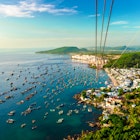
Jul 12, 2024 • 7 min read
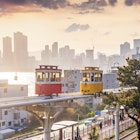
Jun 18, 2024 • 13 min read

Mar 28, 2024 • 7 min read
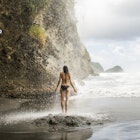
Feb 27, 2024 • 6 min read

Feb 20, 2024 • 6 min read
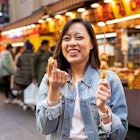
Feb 19, 2024 • 7 min read
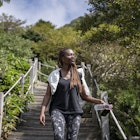
Feb 18, 2024 • 4 min read

Best (and Worst) Times to Visit South Korea in 2025
South Korea experiences four distinct seasons. Generally, the best times to visit South Korea are in spring (March to May) for the cherry blossoms and autumn (September to November) for the fall foliage . Both periods have mild temperatures with an average range of around 10–16°C (50–61°F), with more clear days than summer/winter.
The best time for you to visit South Korea could be different however, depending on what you want to see and your travel preferences. Read our article to find out the best times to visit South Korea based on different factors.
- 1.South Korea Weather and Climate
- 2. The Worst Times to Visit South Korea
- 3. Best Times for Pleasant Weather and Fewer Crowds
- 4. The Cheapest Time to Visit South Korea
- 5. South Korea Travel Guide by Month
South Korea Weather and Climate
South Korea has four distinct seasons:
Spring (March to May): Being one of the best times to visit South Korea, the average temperature ranges from 8–16°C (46–61°F) , providing pleasant weather to enjoy the cherry blossoms and outdoor activities.
Summer (June to August): The sweltering conditions may make it uncomfortable for you to explore sightseeing spots during summer in South Korea. The average daily high during this season is 30°C (86°F) and there is frequent rainfall due to the rainy season. June is a better time to travel compared to July and August as it's cooler and has fewer crowds, with an average daily temperature range of 18–27°C (64–81°F).
Autumn (September to November): This is another one of the best times to visit South Korea. Cooler temperatures and decreased rainfall are the main features of this season. The average night-day temperature range is from 10 to 18°C (50–64°F). Many locals choose to go hiking during fall.
Winter (December to February): It is the coldest and driest time of the year, with temperatures ranging from 3 to 5°C (37–41°F) on a typical day. We don't usually advise visiting South Korea during this period because it is too cold for comfort. However, if you are going for skiing or snowboarding activities, it's a different story. A Japanese skiing/ winter experience is even better though.
Suggested reading: How to Plan a Trip to South Korea >>>
The Worst Times to Visit South Korea
The summer months (July to August) in South Korea are the worst time to visit. High temperatures usually reach up 35°C (95°F) on the hottest days, and two-thirds of the annual rainfall occurs during this season, making heavy rainfall common. Therefore, you're recommended to avoid this period if you have a flexible schedule.
The second worst time to visit South Korea is in winter , from December to February. January is the coldest month of the year, with temperatures in Seoul sometimes dropping below -10°C (14°F) and occasionally falling below -15°C (5°F).
Suggested reading: Plan a Family Trip to South Korea >>>
Best Times for Pleasant Weather and Fewer Crowds
Late April to May has mild weather in South Korea , with average daily temperatures ranging from 13 to 23°C (55–73°F), and there are more sunny days before the rainy season arrives. The crowds of people viewing the cherry blossoms have disappeared and the summer vacation has not yet started, making it a perfect time to do outdoor activities and go sightseeing.
June is the start of summer and the rainy season in South Korea. The night-day temperature range is about 18–27°C (64–81°F) and rainfall typically consists of steady drizzles, but it doesn't rain every day.
September marks the tail end of the summer crowds and the rainy season. The weather tends to be drier and cooler, with an average daily temperature range of 17–26°C (63–79°F). More crowds arrive in October and November for the colorful autumn scenery. South Korea usually has a 3-day holiday in September for the important Chuseok (Mid-Autumn) festival and some stores may close or open late. Chuseok would not affect your trip and could be a chance to see more of Korea's culture.
Suggested reading: Plan a 2-Week Itinerary in Japan and South Korea >>>
The Cheapest Time to Visit South Korea
Winter (December to February) is the cheapest time to visit South Korea, except during Christmas and New Year (usually from December 23rd to January 5th). Not only could you benefit from lower hotel prices and better deals on international flights, but also you would see fewer crowds. However, be prepared for the chilly weather!
South Korea Travel Guide by Month
January and february: cold and dry.
- Average temperature: -4–5°C (25–41°F)
- Average rainfall: 23 mm (1 in)
January and February in South Korea have the coldest and driest weather of the year, with temperatures dropping as low as -10°C (14°F). It's quite cold and it may not be an ideal time for you to visit the country.
Festivals and events: Seollal, Korean Lunar New Year, is the most important festival in South Korea. During this time, you could immerse yourself in Korean culture at a temple fair to experience traditional Korean performances, sample local cuisines, and pray for the coming year.
March to April: Best Time for Cherry Blossoms
- Average temperature: 5–14°C (41–57°F)
- Average rainfall: 56 mm (2 in)
The cherry blossom season, from March to April, is one of the best times to visit South Korea due to the pleasant weather and increased number of sunny days. The cherry blossoms are usually in full bloom from late March to early April.
Festivals and events: Cherry blossom festivals are held in many cities in South Korea to view the charming pink blossoms, and it's the most popular event in spring.
May: Warm with Clearer Days
- Average temperature: 13–23°C (55–73°F)
- Average rainfall: 106 mm (4 in)
May offers an excellent opportunity for travel in South Korea due to its pleasant climate and sunny days. It's a perfect time to travel, particularly if you have a flexible schedule , as the rainy season and summer vacation crowds have yet to arrive.
June: Coolest Summer Month
- Average temperature: 18–27°C (64–81°F)
- Average rainfall: 133 mm (5 in)
June marks the beginning of summer in South Korea and is considered to be the coolest month to travel during the summer season. However, it is also the start of the rainy season, which typically means a steady drizzle rather than downpours.
June is a better month for families with school-age children (if you can get time off school) compared to July and August because you could enjoy fewer crowds and lower costs.
Festivals and events: South Korea celebrates the Dragon Boat Festival. As well as seeing dragon boat races, you could also eat aizi cake (wormwood rice dumplings) and appreciate captivating traditional performances.
July to August: Hot and Humid
- Average temperature: 22–31°C (72–88°F)
- Average rainfall: 380 mm (15 in)
July and August are the hottest months of the year, and the rainfall is very high and sometimes stormy. However, it does not rain every day. High temperatures could exceed 35°C (95°F), creating an uncomfortable feeling of heat and humidity while doing outdoor sightseeing on some days. There are also the summer vacation crowds. If you are flexible with when you can go, it is suggested that you avoid this period.
September: End of the Rainy Season with Fewer Crowds
- Average temperature: 17–26°C (63–79°F)
- Average rainfall: 169 mm (7 in)
The weather becomes cooler and drier in September. You could expect fewer crowds and cheaper costs when traveling to South Korea during this month.
Festivals and events: The Chuseok festival is another important festival in South Korea where you could appreciate the full moon and enjoy traditional performances, immersing yourself in the festive atmosphere.
October to November: Best Time for Autumn Foliage
- Average temperature: 7–16°C (45–61°F)
- Average rainfall: 52 mm (2 in)
October to November is one of the peak times to travel to South Korea due to the comfortable weather and sunny days. The whole country explodes with colors and you could enjoy the stunning red and yellow fall foliage scenery.
December: Celebrating Christmas
- Average temperature: -3–4°C (27–39°F)
- Average rainfall: 22 mm (1 in)
December is cold and dry in South Korea. Although it's not quite as cold as January, it's too cold for travel without being encumbered by lots of warm clothing. If you want to celebrate Christmas with your family in South Korea, remember to book your Christmas feast in advance.
Get Inspired with Some Popular Itineraries
At Asia Highlights, we create your kind of journey — your dates, your destinations, at your pace. You can have any trip tailor made for your travel.
More Travel Ideas and Inspiration
Sign up to our newsletter.
Be the first to receive exciting updates, exclusive promotions, and valuable travel tips from our team of experts.
Why Asia Highlights
Where can we take you today.
- Middle East
- African Safari
- Travel Agents
- Loyalty Program
- Privacy Policy
Address: Building 6, Chuangyi Business Park, 70 Qilidian Road, Guilin, Guangxi, 541004, China
South Korea in July 2024 – Everything you need to know!
Starting in June Korean Summer season comes with a lot of rain – especially in July. So if you visit Seoul or any other Korean City around that time, don’t forget an umbrella, prepare some Indoor Activities and fully enjoy the few sunny days. Find recommendations and everything else you might have to think of during that season and some fun things to do in this blog post.
In this post:

How is July in South Korea?

July is – with august – the most humid and hot month in Korea. Even though it is Korean Monsoon Season there are still some events and festivals happening in July, and you can explore a lot of amazing indoor activities during that time.
How’s the weather in July?
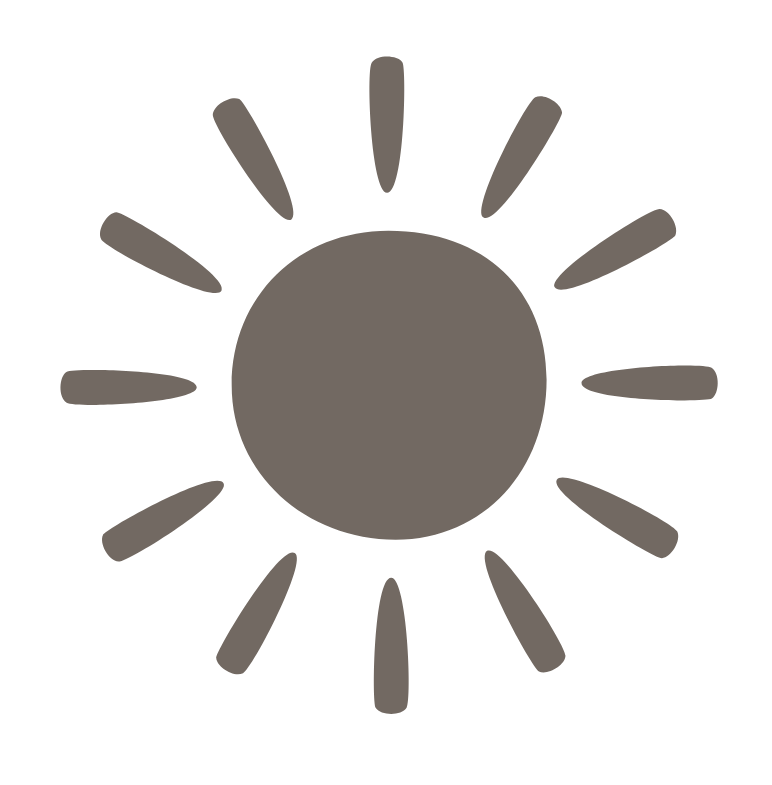
Typically, temperatures in July range from around 20°C (68°F) to 28°C (82°F) . Because of South Korea’s humid summers it will often feel hotter than it is, but as Korean’s usually turn the Air-Conditioning on full power, you might still want to bring a thin jacket.
July is also the peak of Korean Monsoon Season with an average of 14 rain days . Check the weather forecast regularly and bring an umbrella if necessary (or see if Koreans carry an umbrella, as they are always prepared :D).
Another thing you should keep in mind is that with warmer temperatures and sunny days the fine dust pollution might also get worse. I highly recommend checking the “AQI” daily and if you see a red number better plan some indoor activities or wear a mask! Be especially careful on days with bad air quality AND rain!
What should I bring to Korea?
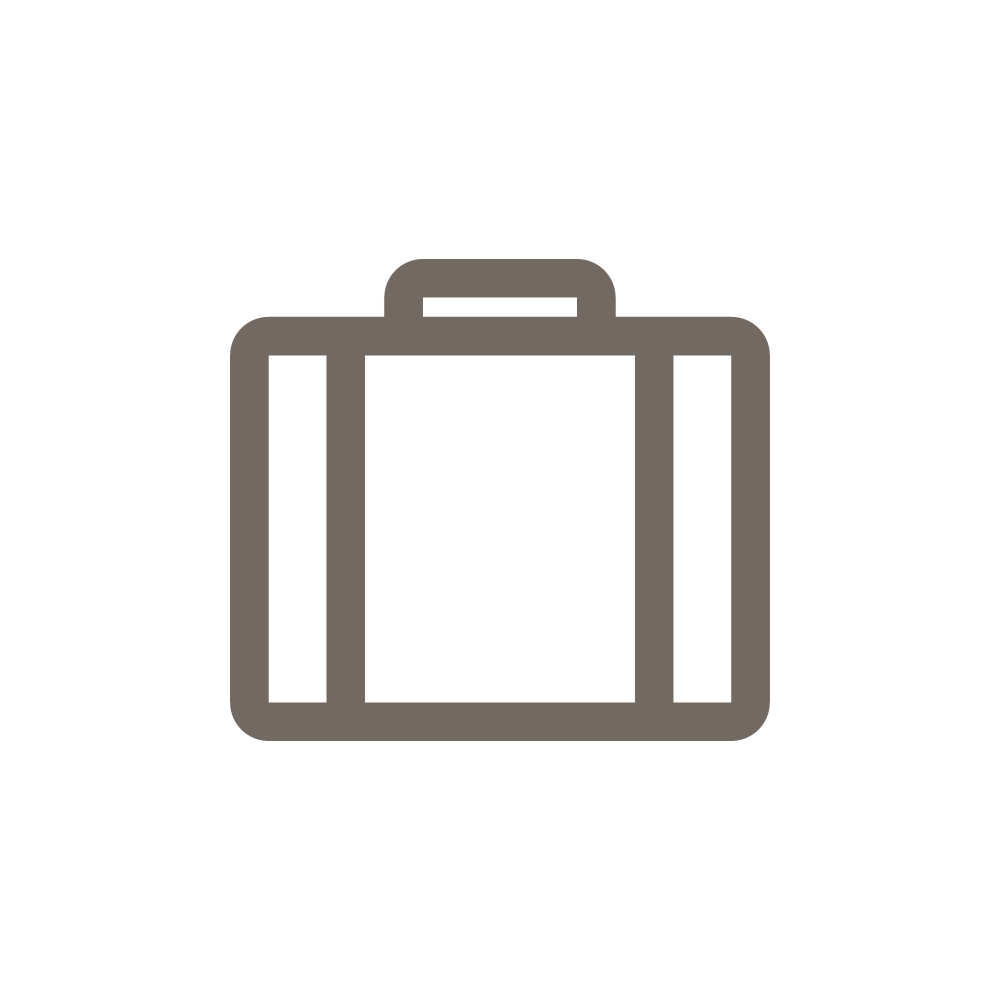
Now, onto the important stuff – what to pack. July is crazy hot in Korea, but don’t underestimate the chill temperatures in public transportation due to the fully turned on aircon. For the rainy days in Korea, bring or buy an umbrella and consider wearing open shoes. I also always recommend to bring comfortable footwear, a portable battery and – if you need – a travel pharmacy from your home country as Korean medication hits quite different 😀
Are there public holidays in July?
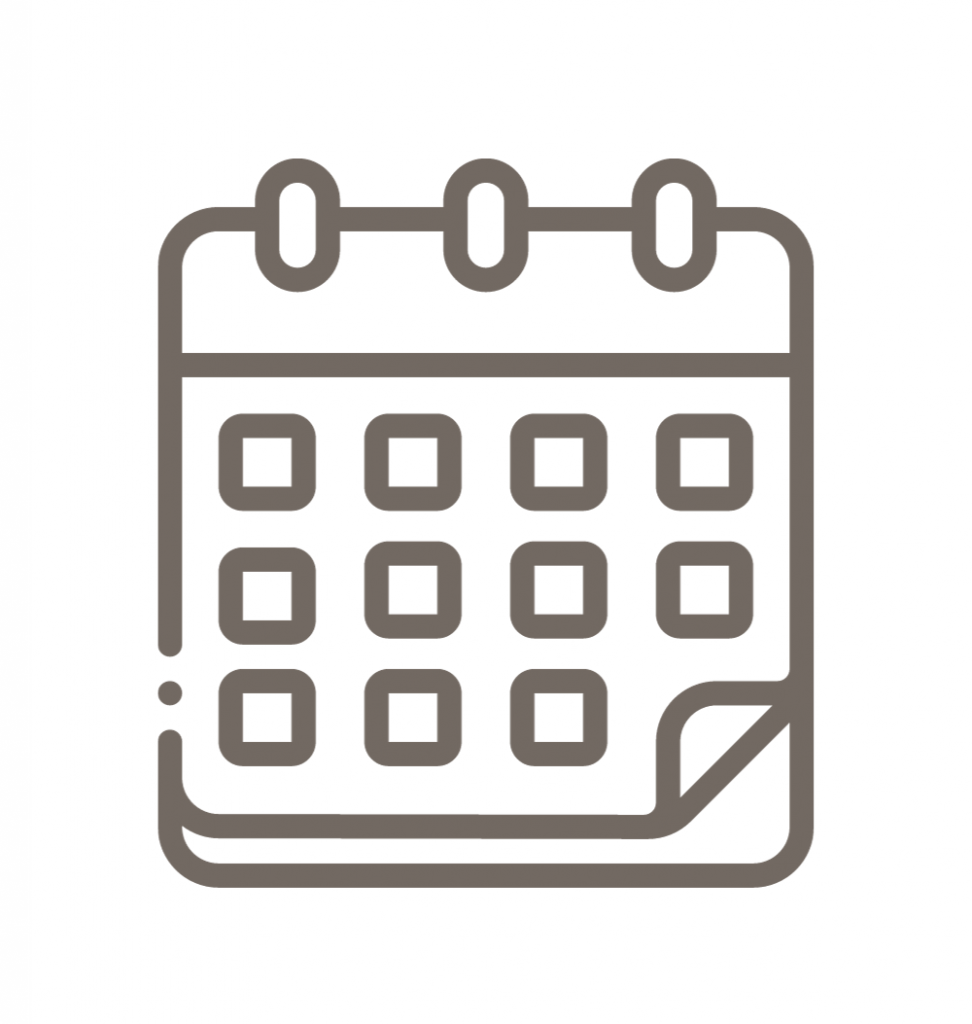
No, there is no Public Holiday in July in 2024. Koreans do celebrate the Constitution Day (제헌절) on July 17th as the first Constitution of the Republic of Korea was declared that day in 1948. But as this holiday does not count as a so called “Red Day” (Public Holiday) everything will be open normally.
General South Korea Travel Guide
In this South Korea Guide, I cover everything you need to know for an amazing South Korea trip (not related to a specific month) from Basic Information about the country, weather all around the year, Visa and Entry Requirements, best Korean SIM Cards, Transportation, Must Visit Spots and Recommended Activities in Korea.
Sightseeing
Transportation
What to do in Korea in July?
Festivals & events in seoul.
Despite the monsoon season there are many amazing events in July, that you can participate in during your trip. From swimming at a Han River Pool to Reading a Book at Cheonggyecheon Stream and more – here some of my July Seoul-Highlights:
View this post on Instagram A post shared by 광화문 책마당 (@seouloutdoorlibrary.g)
Seoul Outdoor Library
Read a book and relax with others at Seoul’s Outdoor Library Events. They usually include some English books, but in general I would recommend bringing your own books and drinks.
🗓️ 2024: May 17 – September 29 💸 free admission
View this post on Instagram A post shared by Interesting Korea | 인터레스팅코리아 (@interesting.kr)
Han River Pools
In some of Seoul’s Han River Parks you can find public outdoor swimming pools! They’re safe, inexpensive and often offer amazing city views. You can rent swimming equipment, picnic mats and get delicious snacks and meals there.
🗓️ 2024: July & August ⏰ 9am – 6pm 💸 Children (6-12): 3,000 KRW, Teenagers (13-18): 4,000 KRW, Adults (19+): 5,000 KRW 📍Han River Parks in: Yeouido, Ttukseom, Jamison, Yanghwa, Nanji, Gwangnaru
View this post on Instagram A post shared by Seoul (@seoulcity)
This helium balloon in the form of a full moon, began its installation work at Yeouido Park’s Grass Field from April 29th! After completion, there will be about 10 days of test to verify safety, and from the end of June, passengers can enjoy it!
🗓️ 2024: starting end of June ⏰ Tuesday – Sunday: 12-10pm 💸 Adults (19-64): 25,000 KRW, Minors (3-18) & Seniors (65+): 20,000 KRW 📍서울 영등포구 여의도동 여의공원로 68 🗺️ https://naver.me/GBfl16RY
View this post on Instagram A post shared by 워터밤_오피셜 (@waterbomb_official)
Water Bomb Festival Seoul
One of Korea’s most famous summer festivals with powerful water explosions and a fun line up: ZICO, Jay Park, Taemin, Jessi, Hwasa and many more! Right at the beginning you have to choose a team (Yellow or Green) to team up with your favorite artists and soak up your enemies while enjoying amazing music and vibes!
🗓️ 2024: July 5 – July 7 ⏰ 1pm – 10pm 💸 starting from 143,000 KRW 📍경기 고양시 일산서구 킨텍스로 217-59 제2킨텍스 🗺️ https://naver.me/5ncv0yTf
View this post on Instagram A post shared by 사일런트 디스코 코리아 (@silentdisco.kr)
Han River Silent DJ Night
Imagine a bunch of people wearing headphones, dancing at the Han River… But you can’t hear the music. This fun experience is called silent disco and happens in Seoul every now and then at one of the Hangang Bridges.
🗓️ 2024: July 27 ⏰ 7 – 10pm 💸 8,000 KRW (Sold out) 📍 Mapo Bridge
Festivals in other cities
I always recommend South Korea Travelers to leave the big cities at least once during their trip. There are many amazing organized group tours or destinations you can travel to by yourself!
Jeju Hydrangea Festival
2024: June & July
A spectacular hydrangea festival is being held for tourists and Jeju islanders alike. The best spots to see it are: Hueree Nature Park, Hallim Park, Camellia Hill, Ilchul Island.

Garden of Morning Calm Hydrangea Festival
2024: early June – early July
Come and see the stunning rows of colorful spring flowers at the famous Garden of Morning Calm just one hour outside of Seoul. If you’re planning a nice spring day out to Gapyeong County, don’t forget to visit Nami Island, a Strawberry Farm, or other places close by.

Daegu Chimaek Festival
2024: July 3 – July 7
For all Korean Fried Chicken and Beer Lovers: this is THE PERFECT FESTIVAL for you! Daegu is Korea’s third biggest city and home of the Chimaek Festival: Chi for Chicken & Maek for Maekju (Beer) 😀

Buyeo Seodong Lotus Flower Festival
2024: July 5 – July 7
Another stunning festival for flower lovers! At the Buyeo Seodong Lotus Flower Festival you can not just witness 50 different types of lotus flowers and water plants but also Buyeo’s UNESCO Baekje Historic Areas.

Boryeong Mud Festival
2024: July 19 – August 4
One of South Korea’s internationally most popular Festivals is the Buryeong Mud Festival. At this unique event visitors can enjoy a variety of mud-based activities such as mud slides, mud pits, a mud prison, a giant mud bath, a mud swimming pool, and much more.

Gapyeong Water Park
2024: July & August
Cool off this summer with a fun-filled day at Gapyeong’s Club Nine Water Park, boasting over 12 water attractions and impressive water slides! There is a one-day tour package that provides round-trip transportation from Seoul, a four-hour unlimited ride pass, and access to shower amenities.

Waterbomb 2024
Jeju: July 13 Daegu: July 20 Busan: July 27

Take a Yacht Tour
One of my all-time favourite activities in Seoul and Busan: A River or Ocean Yacht Tour! There are many options, but I personally tried and can recommend the following two:

Have a Beach Day
Of course summer is the perfect time to spend a day at the beach! And trust me, Korea has endless amazing beaches! Here some options:
- Eurwangri Beach, Incheon
- Hanagae Beach, Incheon
- Seonnyeo Beach, Incheon
- Daebu Island, Ansan
- Haeundae Beach, Busan
- Gwangalli Beach, Busan
- Songjeong Beach, Busan
- Surfy Beach, Yangyang
- Nine Beach, Donghae
- Jangho Beach, Samcheok
- Anmok Beach, Gangneung
- Sokcho Beach, Sokcho
- Jeongdongjin Beach, Gangneung
- Daechon Beach, Boryeong
- Woljeongri Beach, Jeju Island
- Iho Tewoo Beach, Jeju Island
- Hyeopjae Beach, Jeju Island

Explore other cities
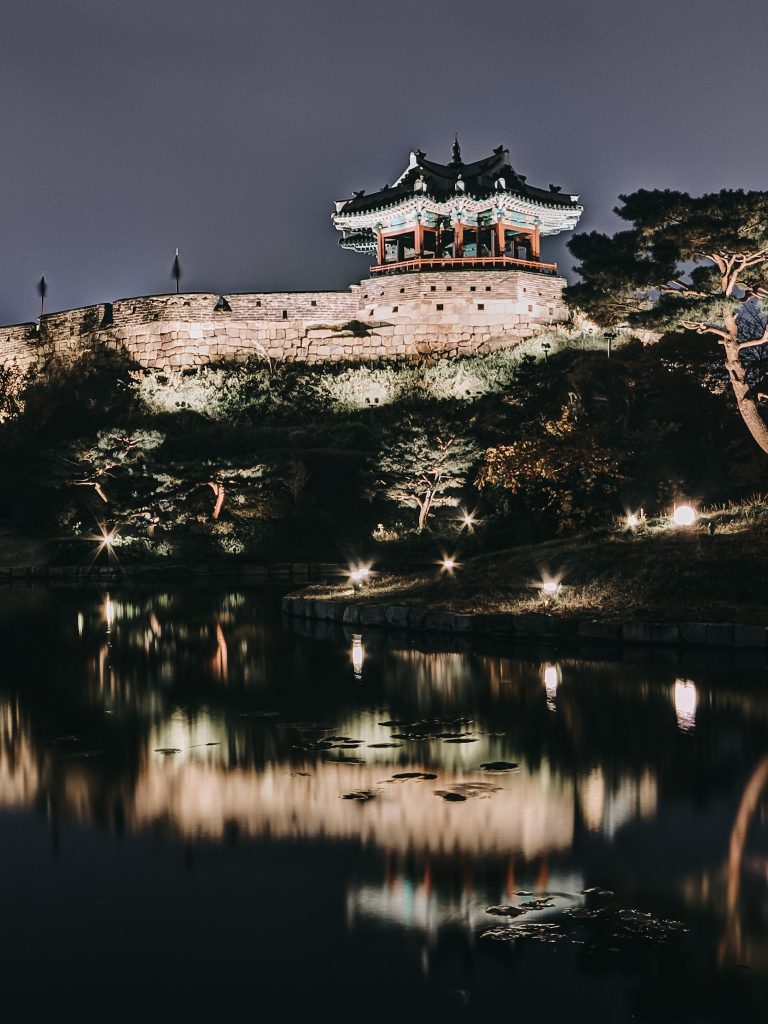
Embarking on a day trip from Seoul is a fantastic way to explore South Korea’s diverse landscapes and historical sites.
A visit to the Korean Folk Village and Suwon , just an hour away from Seoul, allows you to experience the Korean Folk Village and stroll along the UNESCO-listed Hwaseong Fortress in Suwon.
For a more solemn experience, consider a visit to the DMZ (Demilitarized Zone) , which takes approximately two hours to reach.
Finally, you can have a day trip to Jeonju and its famous Hanok Village. The area around the city is known for its picturesque landscapes especially during winter.
See the city from above
Perched atop Namsan Mountain in the heart of the city you can find the N Seoul Tower – often simply called Namsan Tower. Not only does it provide breathtaking panoramic views of Seoul’s sprawling cityscape, but it also offers cultural performances every day at 3 PM and has some great photospots like the lock filled walls of the viewing platform.
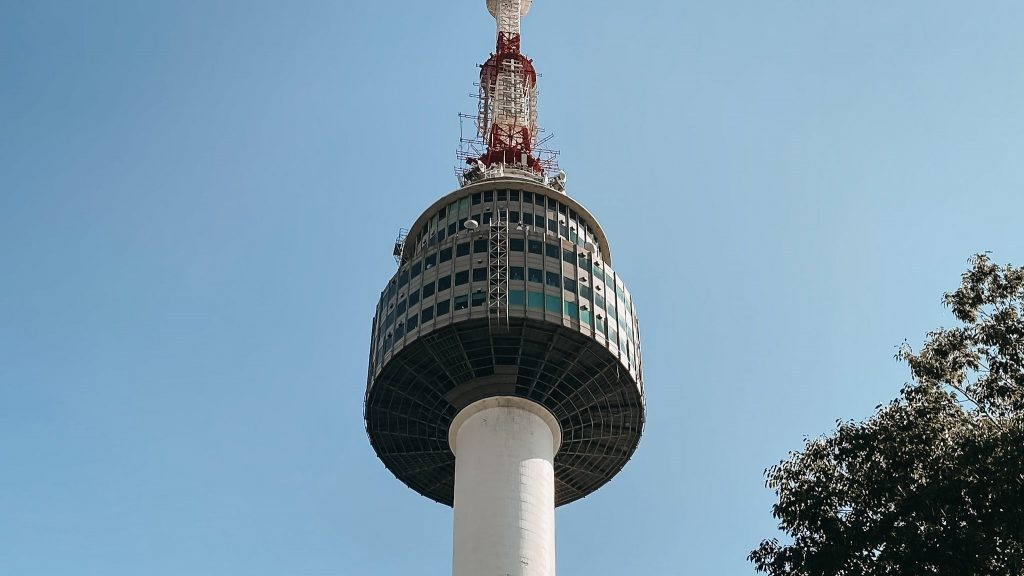
Another great place for awesome city views is the Lotte Tower’s Seoul Sky Observatory , located in the Jamsil district. Visitors can explore interactive exhibits before ascending to the rooftop observatory or even book the Sky Bridge Tour to have a walk outside on 555m height. I can also recommend you to have a walk around the Seokchon Lakes and walk to the Lotte World Castle, which you actually can see without going into the amusement park itself.
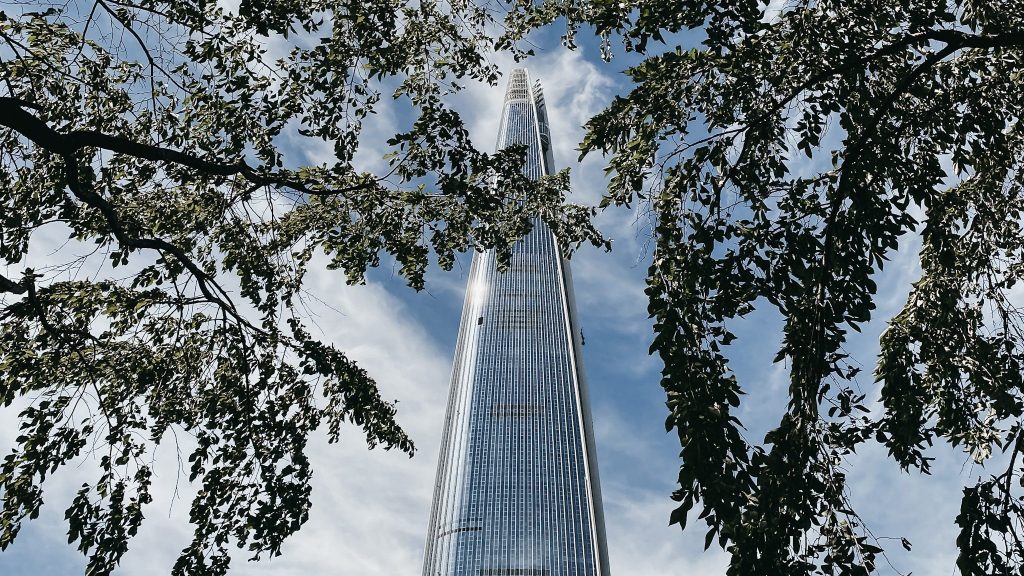
Have a Selfcare-Day
Combine relaxation and cultural immersion by visiting a Jjimjilbang (찜질방) – a traditional Korean bathhouse. Upon entering, you’re enveloped in a world of soothing saunas, hot baths, and special treatments. The gentle heat of the Korean saunas, ranging from intense to mild, helps release tension and detoxify the body. After a leisurely soak in therapeutic mineral baths, you can indulge in a Korean body scrub that leaves your skin feeling soft and revitalized. Alternatively you can get a massage or one of Korea’s famous skin treatments in one of the great facilities below. This self-care day in Korea allows you to escape the hustle and bustle of everyday life and immerse yourself in a wellness oasis steeped in Korean tradition.
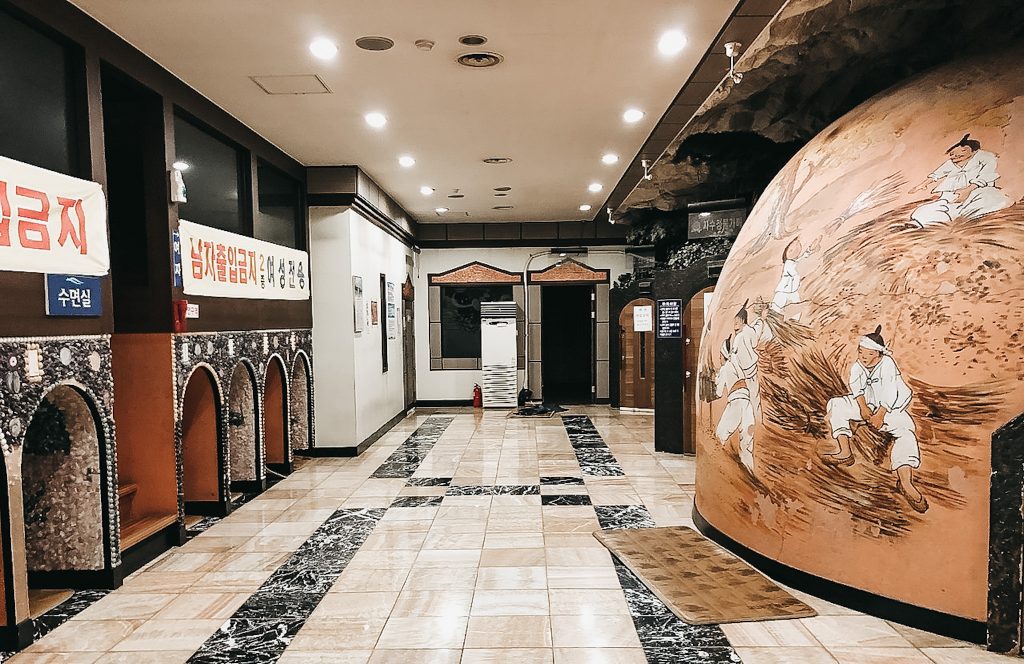
Here some recommendations:
- Traditional Oriental Forest Land
- Paradise City’s Cimer Spa
- Laseong Jewel Spa
- Aquafield Goyang
- Skin Spa Myeongdong
- Caribbean Bay (Waterpark)
Watch Performances
The “Nanta Cooking Show” and “Painter’s Show” are two captivating performances in Seoul. “Nanta” is a comedy combining cooking and drumming, while “Painters Show” blends live painting, multimedia art, and humor. Both shows offer unique, interactive experiences combined with some Korean cultural insights that entertain audiences of all ages and backgrounds, making them must-see attractions in Seoul.
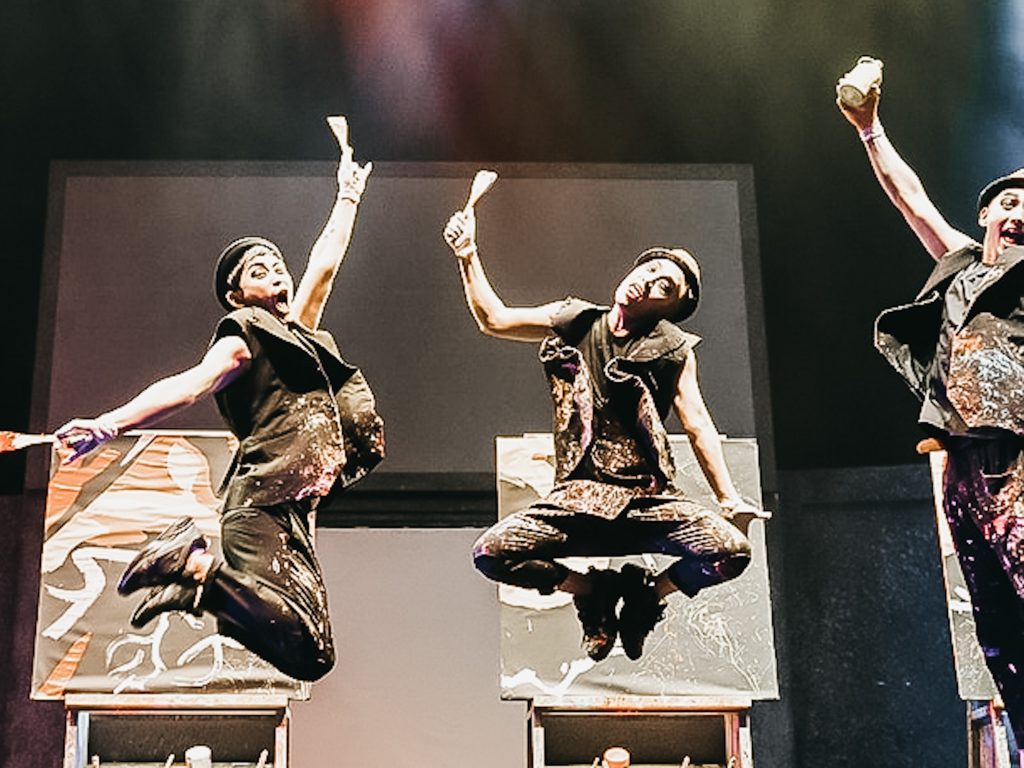
Find tickets for the Painter’s Show >here .
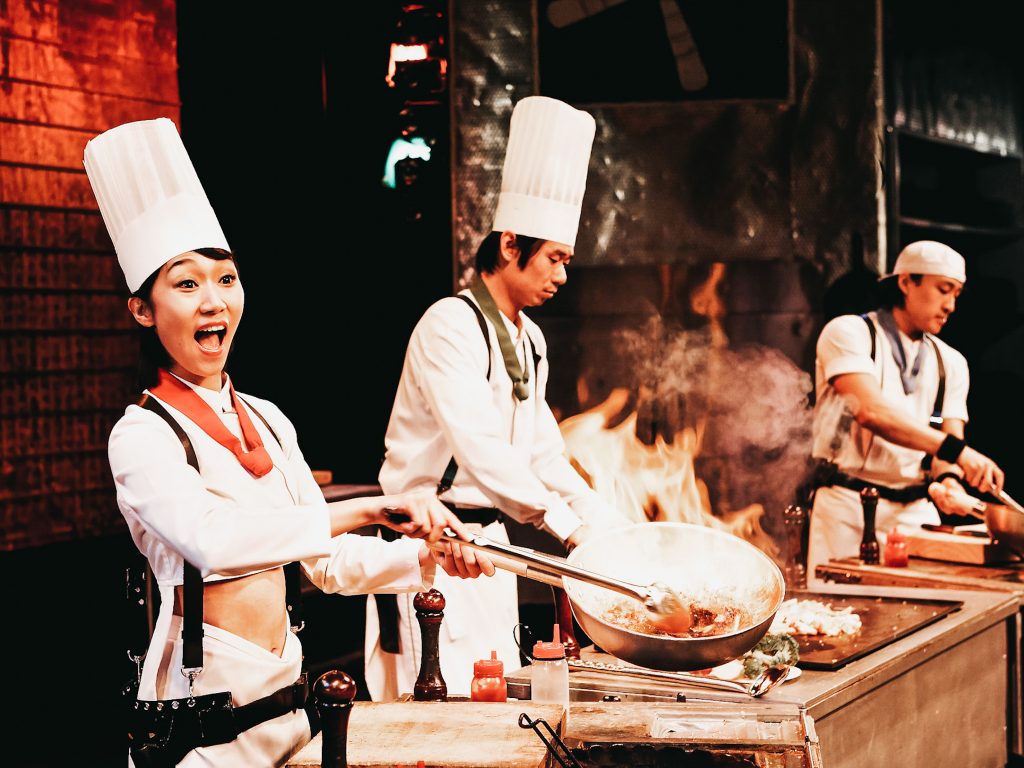
Find tickets for Nanta Cooking Show >here .
Take a cooking class
Korean cooking classes provide a hands-on experience in preparing traditional Seollal dishes like colorful rice cakes, Korea’s National dish Kimchi, or a whole set of meals like Bulgogi (marinated grilled meat) or Korean stews. Guided by expert instructors, participants not only learn the secrets of these time-honored recipes but also gain insight into the significance of each dish in Korean Cuisine. It’s a delightful opportunity to connect with the essence of Korean traditions and share in the joy of creating and savoring these delectable treats with loved ones.
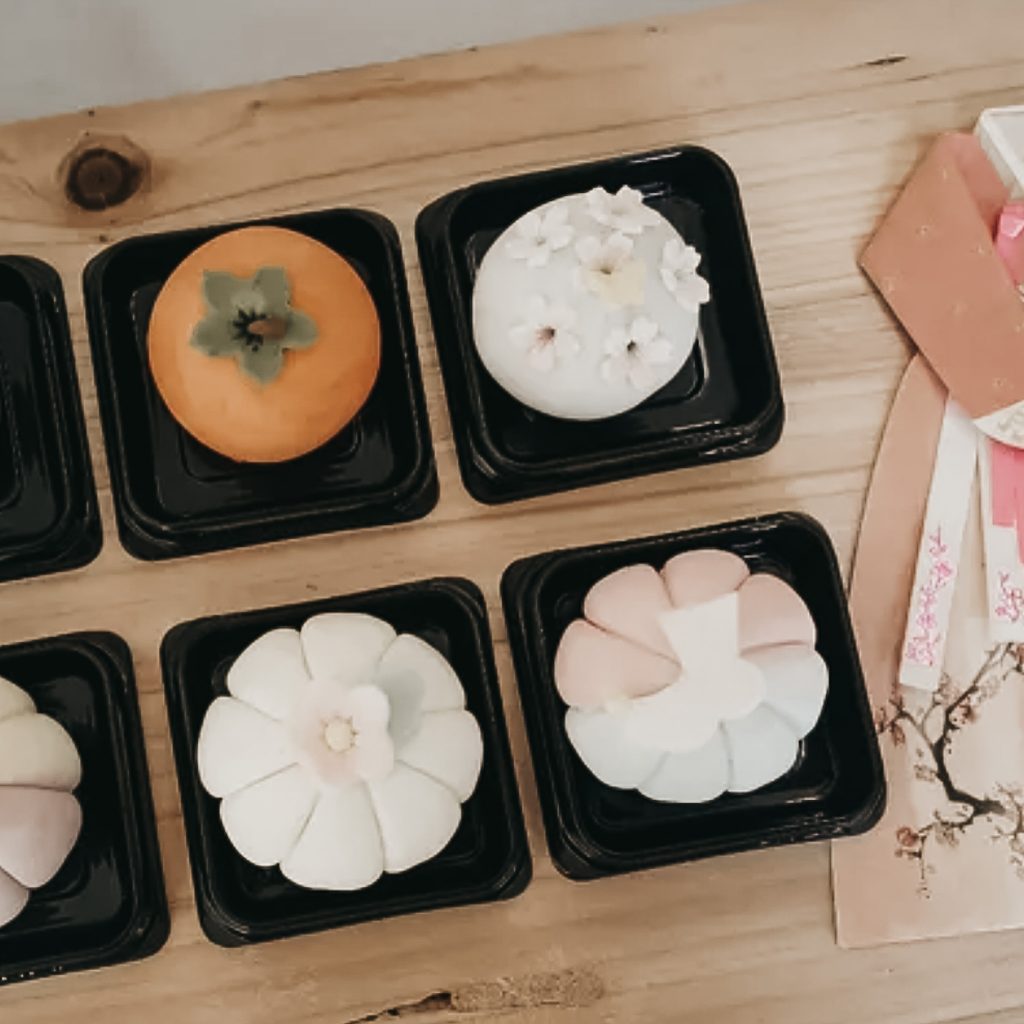
Book Rice Cake Class >here.
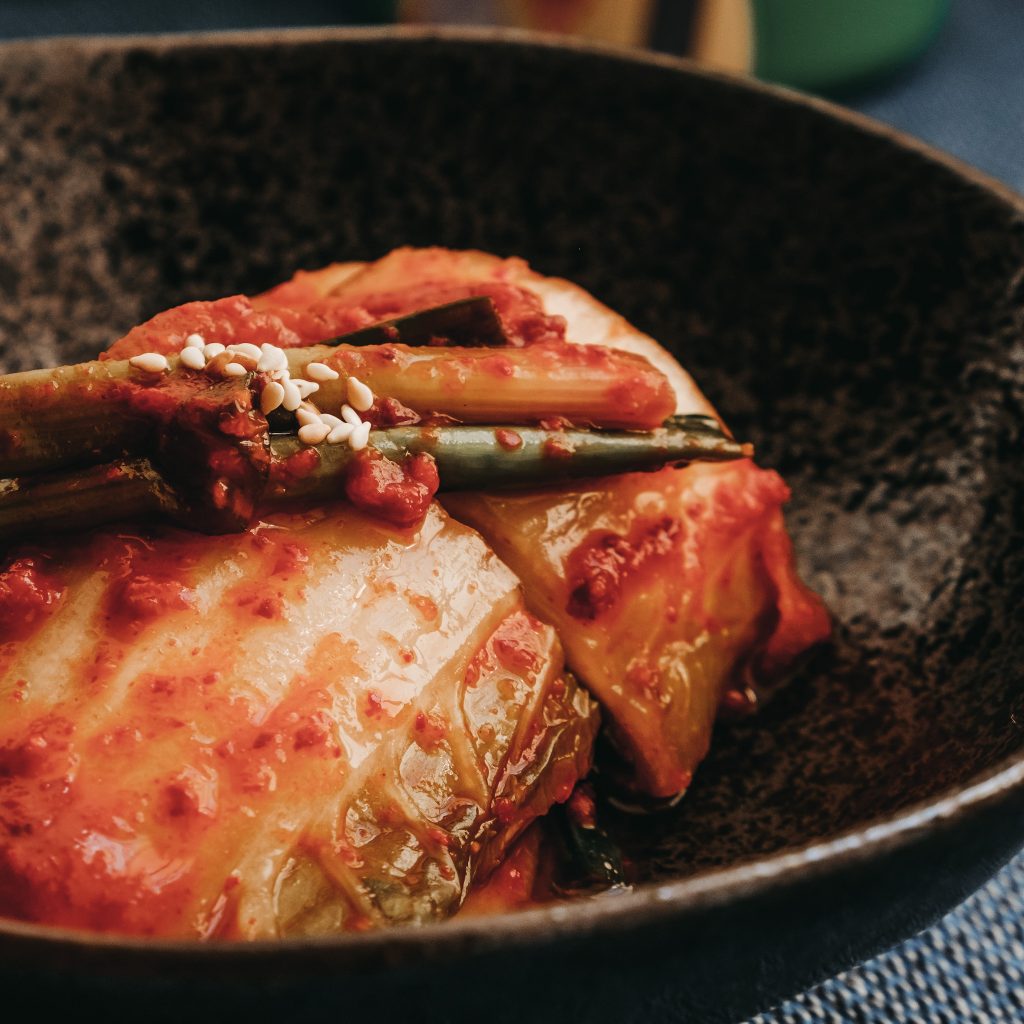
Book Kimchi Class >here.
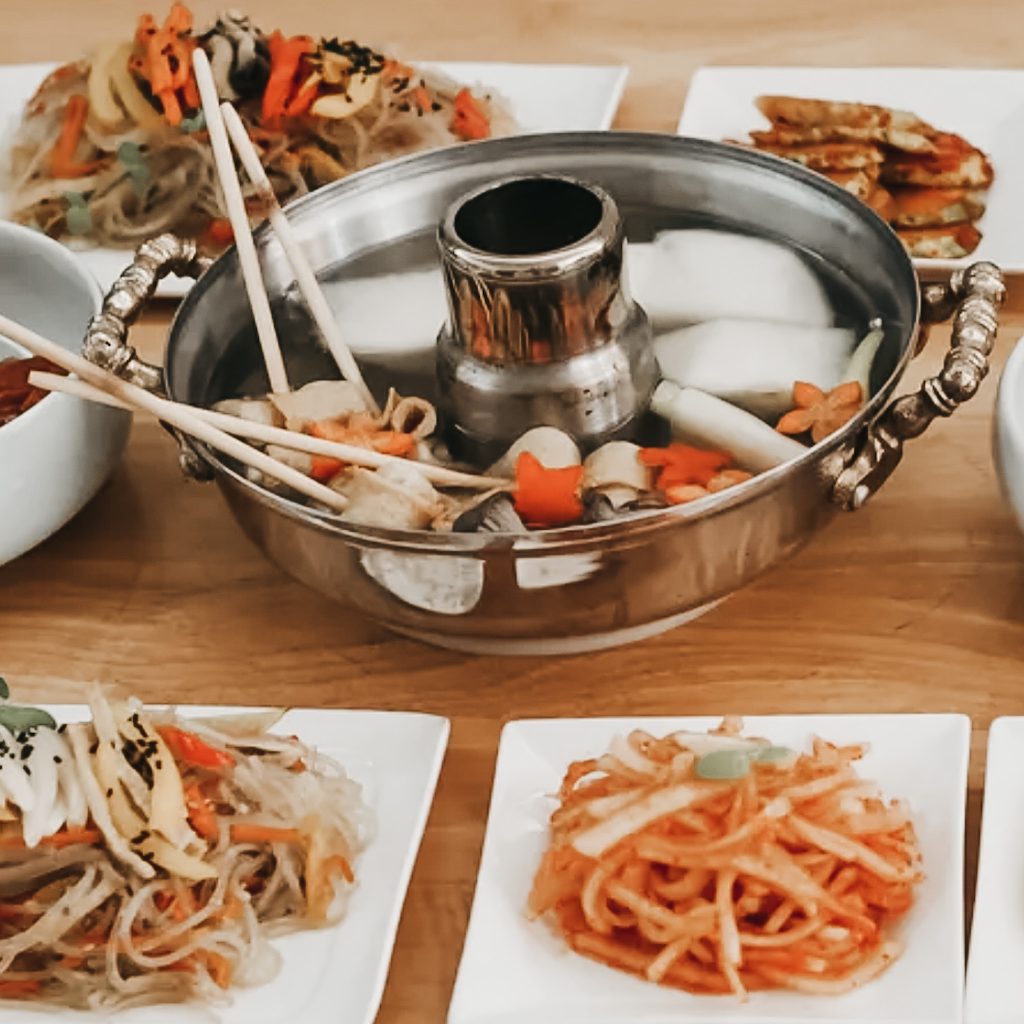
Book Cooking Class >here.
Craft your own souvenirs
Instead of buying souvenirs I can highly recommend to try one of many special activities and experiences in South Korea. It’s not just great to make a very personal gift for yourself or your loved ones at home, but it’s also a perfect way to learn more about Korean Culture and connect with locals. You can usually book them in English,
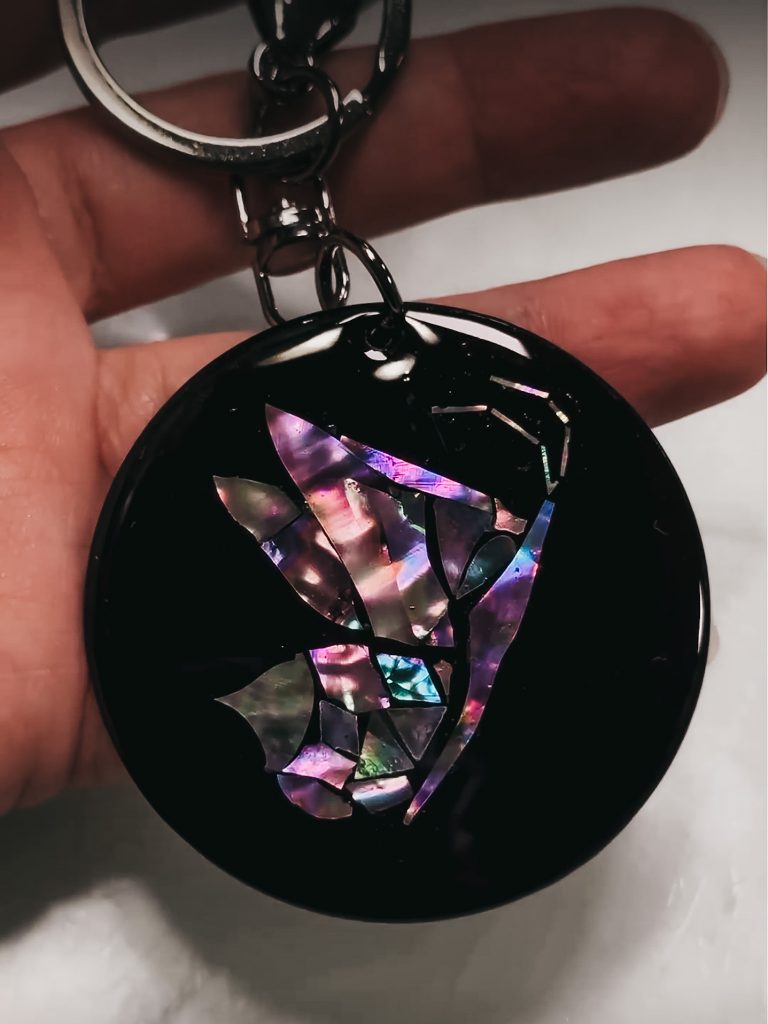
Mother of Pearl
Make accessories with the Korean traditional Najeon Technique!
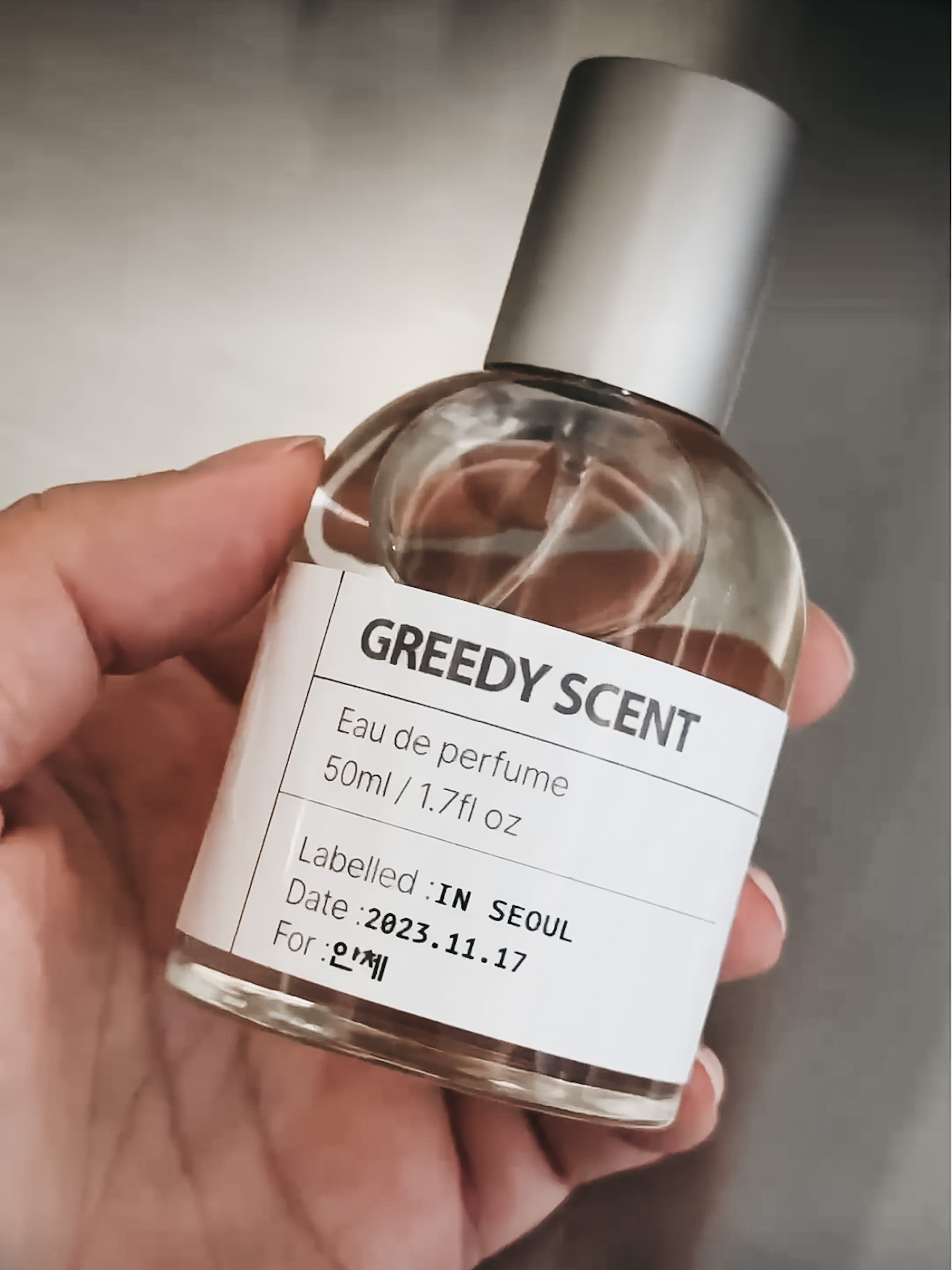
Perfume Making
Make your own Perfume step by step with English guidance!
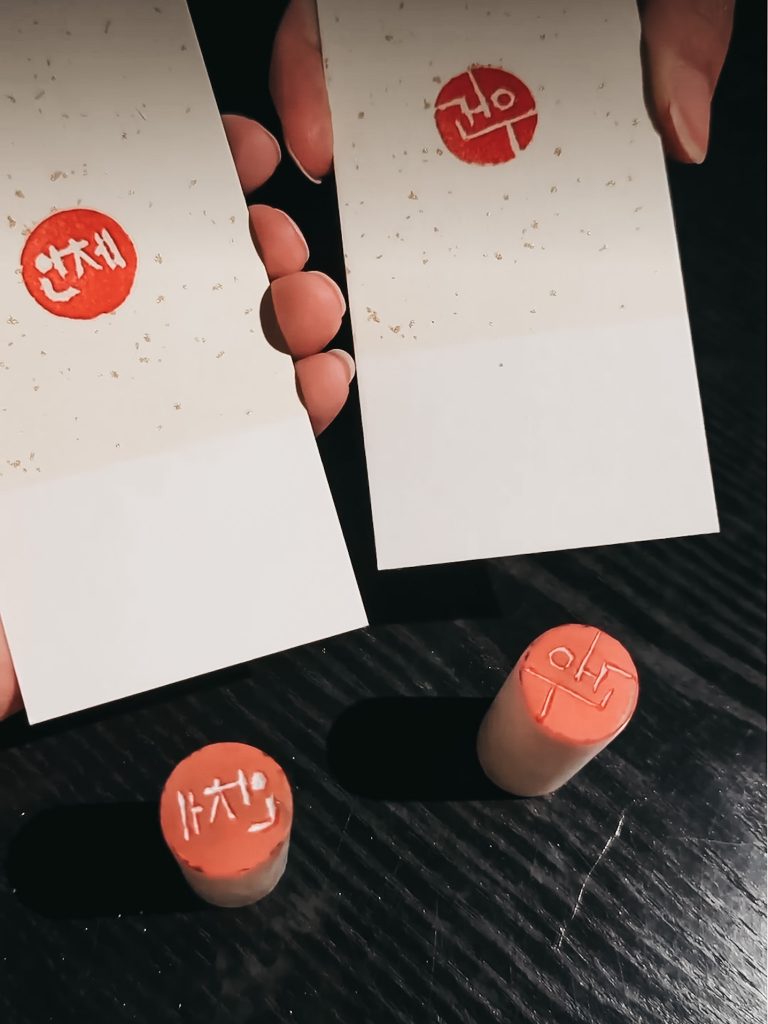
Stone Stamp
Make your own traditional Korean stone stamp that was used to sign contracts!
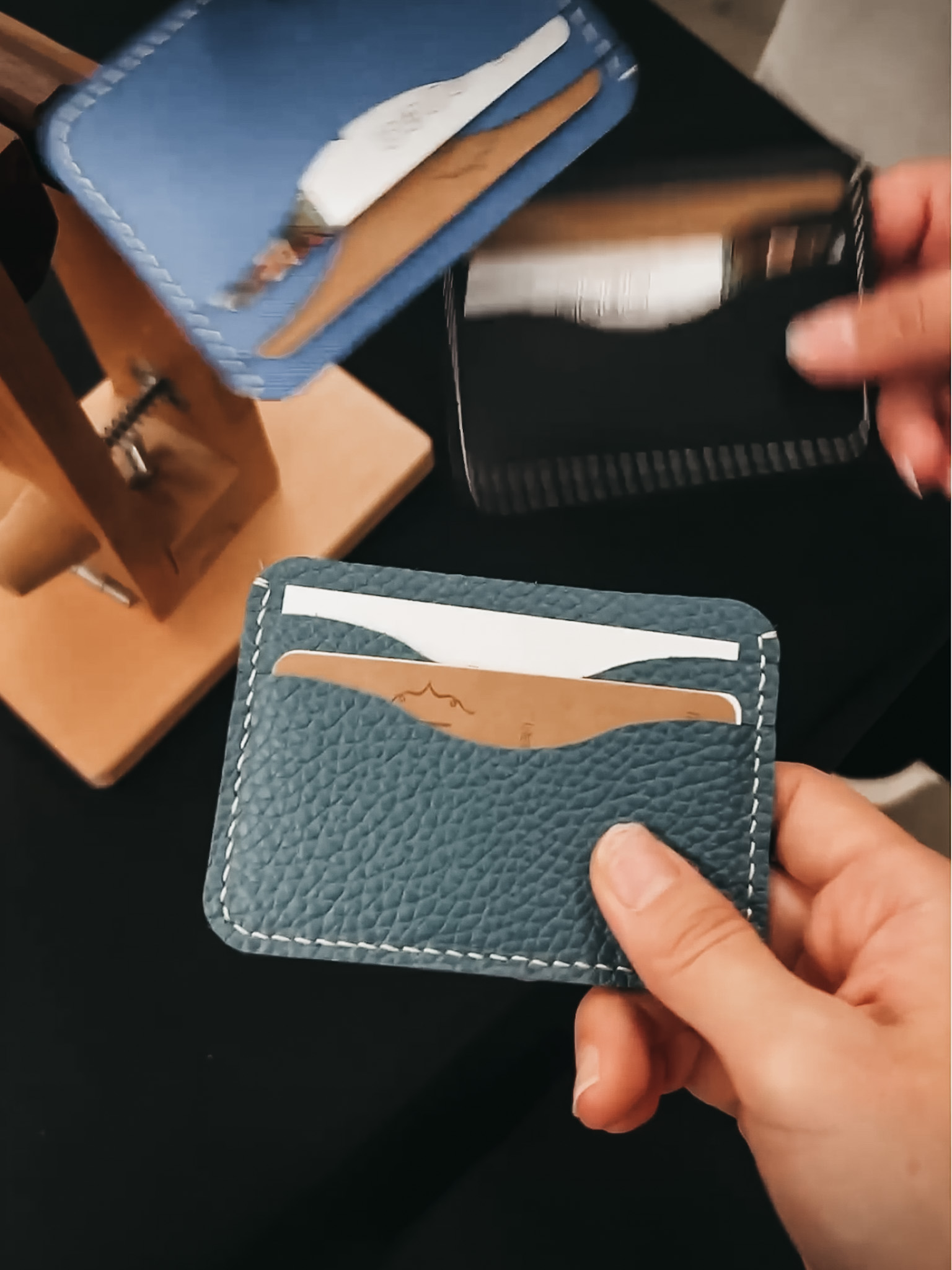
Leather Goods
Make yourself a wallet, small glasses case or a leather hand bag!
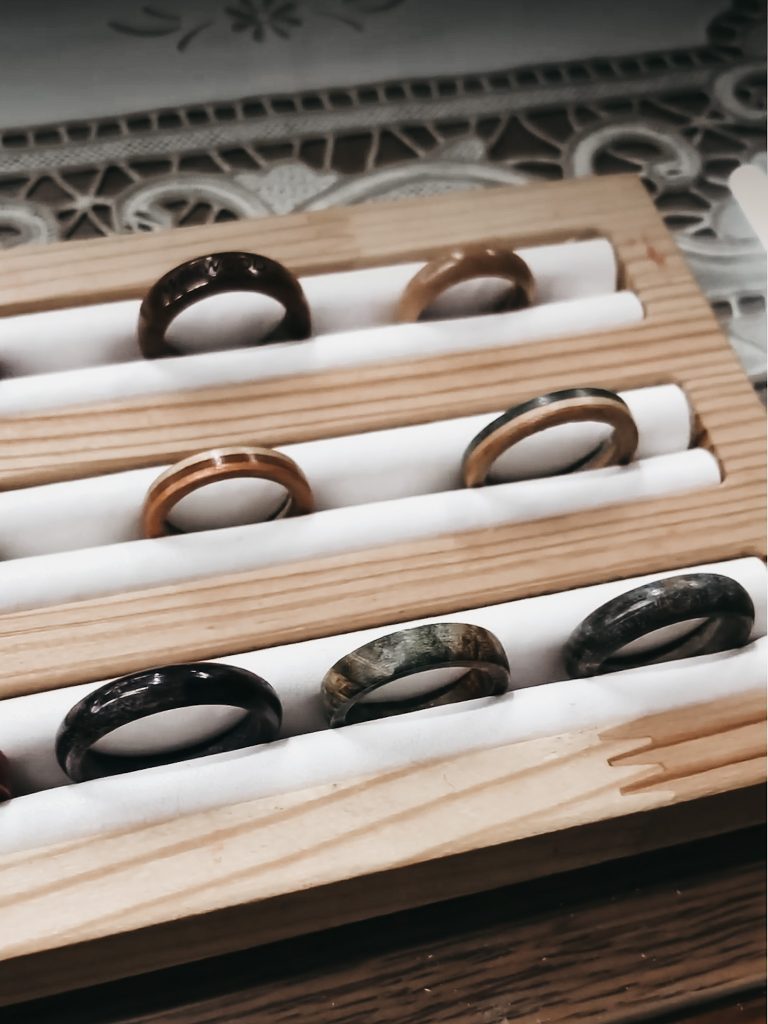
Wooden Rings
Special rings made of wood for couples, solo travelers or friends!
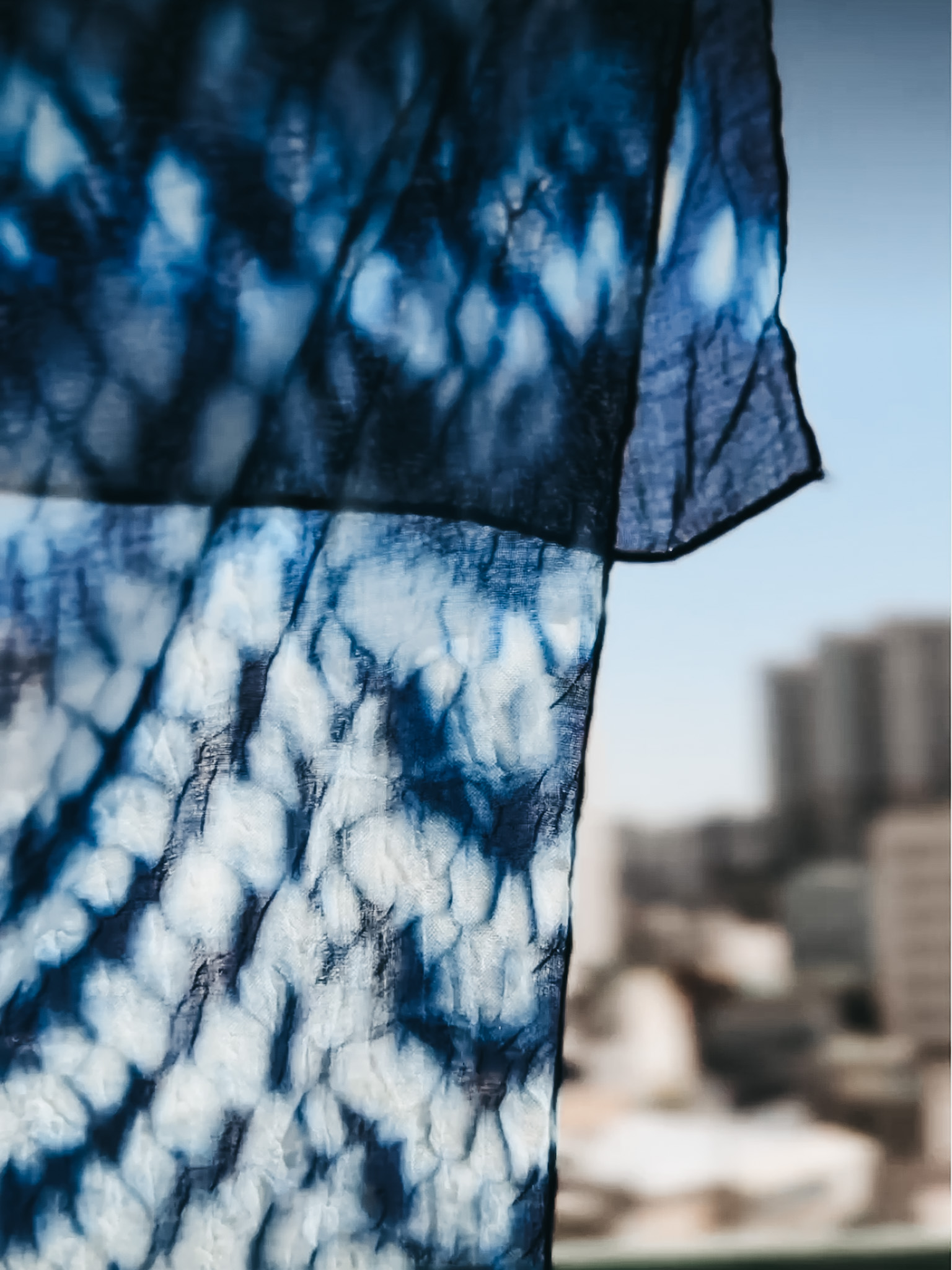
Traditional Dyeing
Dye a scarf or tote bag with the traditional Jjokbit Color.
Find more in my FREE Experience Guide ↓

Traveling to South Korea in July means you should prepare for all different kinds of weather and events. From City or Music Festivals all over the country to other events and activities – there are many things to explore! Will you visit Korea in July? Let me know your tips in the comments!
Liked this Post? Share the love!
Join the family, leave a reply cancel reply.
Your email address will not be published. Required fields are marked *
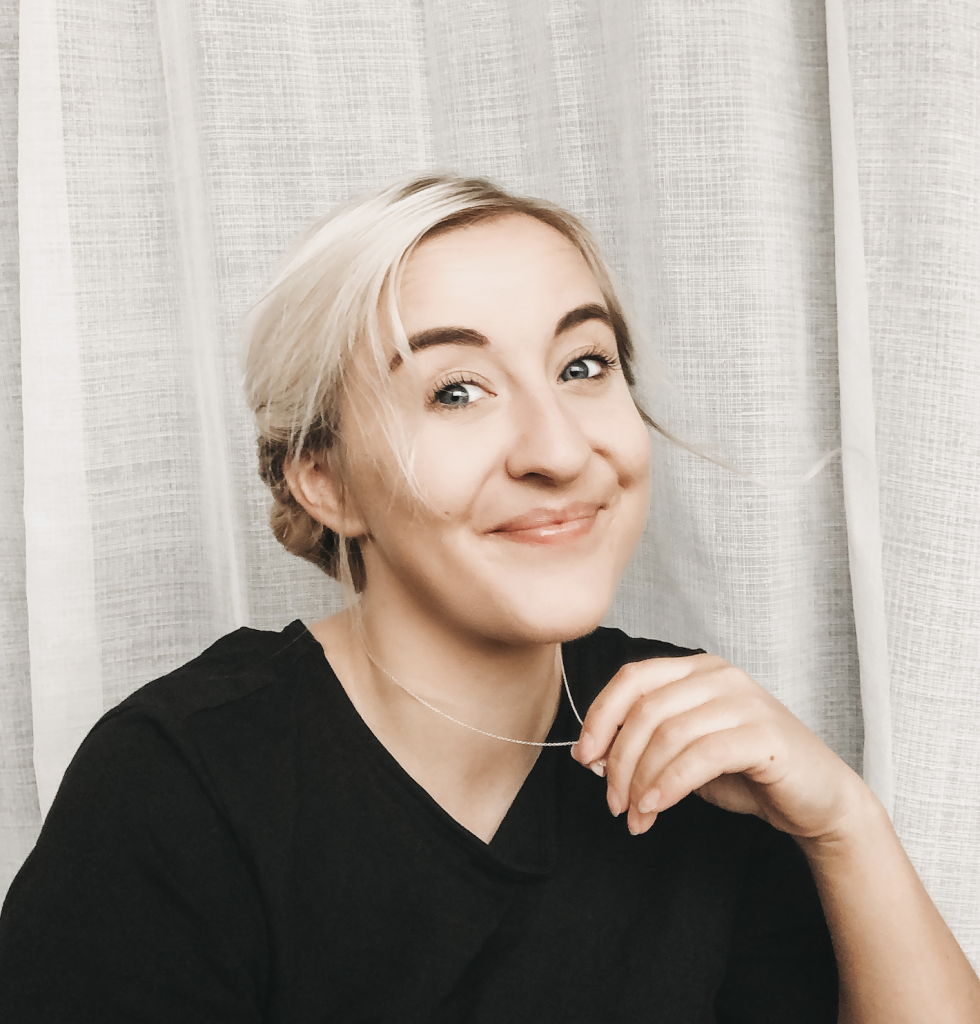
Hey, great that you're here!
Get to know me >>, recent blog posts.

South Korea in September 2024 – Everything you need to know!

South Korea in August 2024 – Everything you need to know!

South Korea in June 2024 – Everything you need to know!
Let me plan your trip.
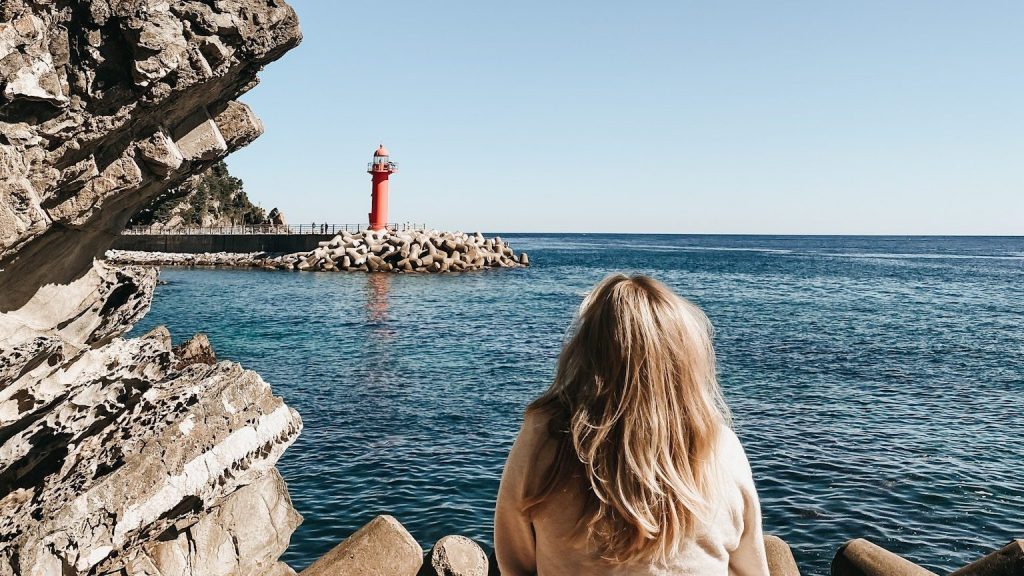
I can help you planning your Korea Trip in case you’re a bit overwhelmed with all those places and tips.
Check out Planning Service >>
Terms and Conditions - Privacy Policy
In My Korea
Complete South Korea Travel Guide 2024: Korean Travel Tips
Planning a trip to Korea but not sure where to start? First-time traveller who isn’t sure if Korea is the right country for your next trip? Worried about travelling to Korea and facing problems with the Korean language, culture, money, Internet, transportation, hotels, food, or etiquette? Then this complete South Korea travel guide is packed full of tips that you’ll certainly need.
You’ll find all the best Korean travel tips and advice in this article. Whether you’re a first-time traveller to Korea, or you’ve visited before, this South Korea travel guide will show what to see, when to travel, and which places to visit, as well as help you avoid any difficult situations or surprising culture shocks.
This guide is designed to walk you through everything you need to know to prepare for your trip to Korea. You can use it to plan your itinerary, to pre-book travel essentials, to learn about what festivals and seasonal events are on, and to find more reasons to want to travel to Korea right now.
Table of Contents
Affiliate Disclaimer : This site contains affiliate links and I may earn commission for purchases made after clicking these links.
What’s In This South Korea Travel Guide
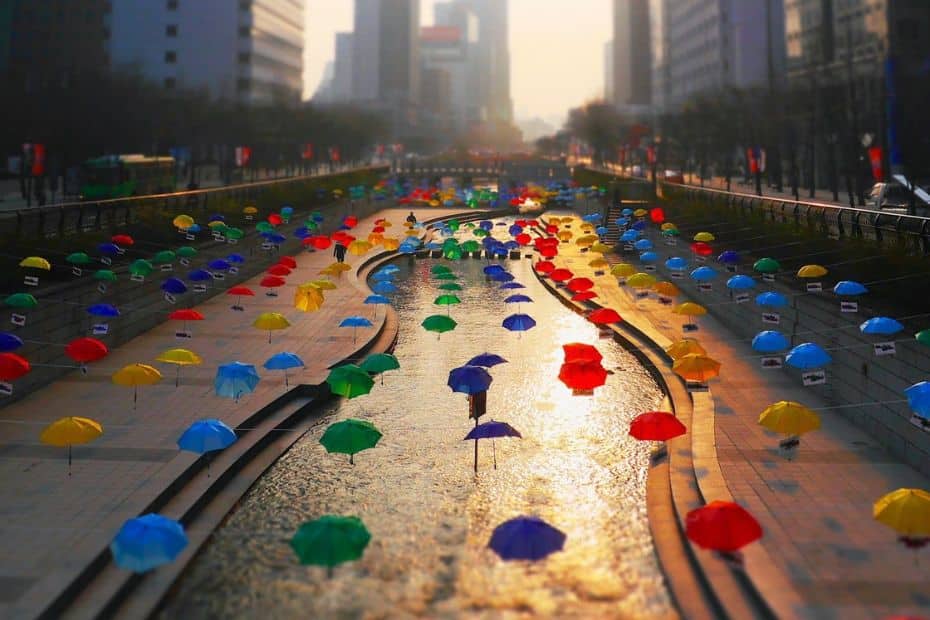
This South Korea travel guide covers all the essential information you need to plan a trip to Korea. This is useful for first-time travellers to Korea who might not be aware of uniquely Korean cultural and travel issues. Even if you’ve visited Korea before, I’m sure you can learn a lot from this travel guide.
This article contains lots of insights and knowledge about travelling to Korea and is quite long. I’ve added links in each section to articles that provide more information about each topic. Therefore, I suggest viewing this South Korea travel guide on a desktop computer as it will be easier to read.
What Are You Looking For?
To help make it easier for you to find what you’re looking for, I’ve broken this article into the following sections. Click the quick links below to jump straight there or keep reading through all parts.
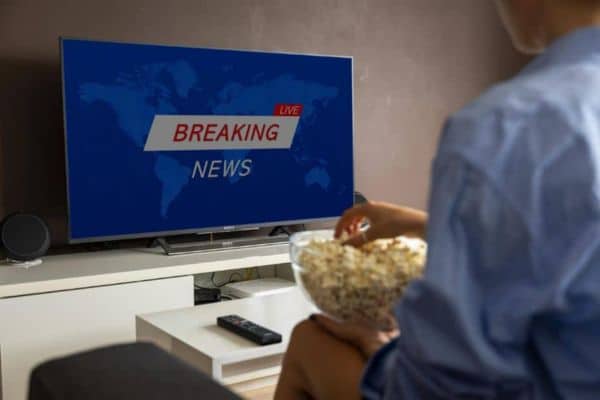
Latest Travel News
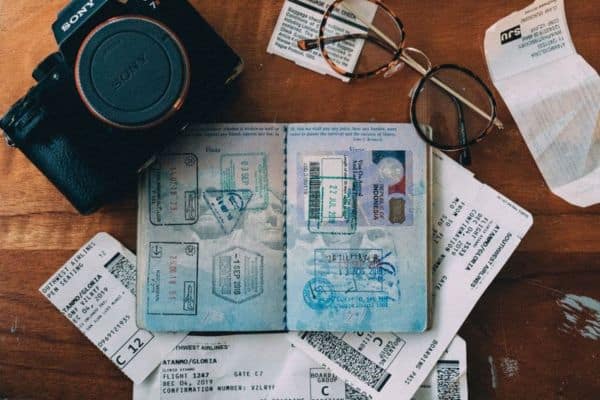
Entry Requirements
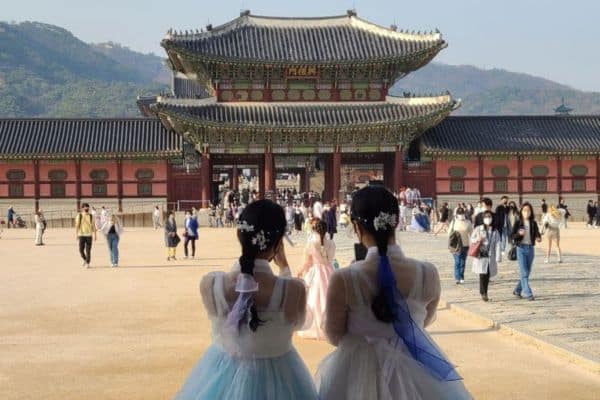
Why Visit Korea
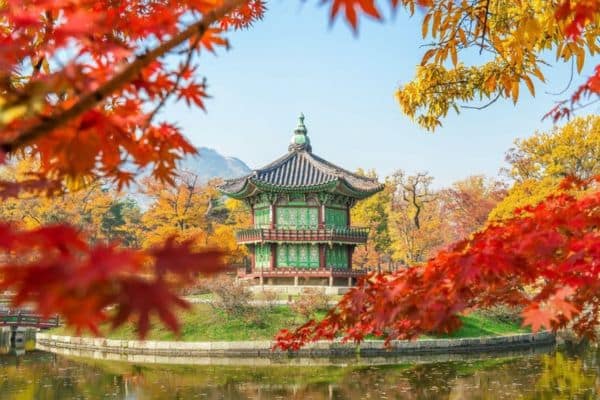
When To Visit
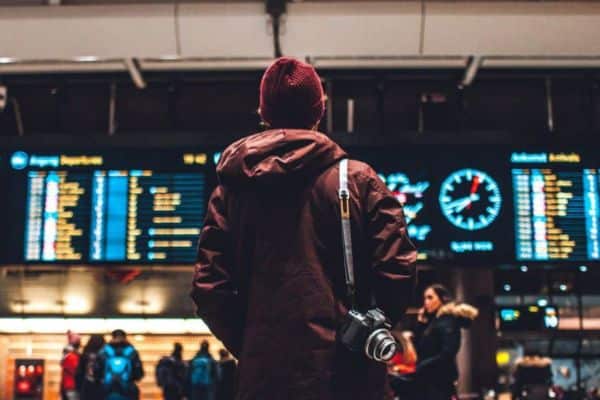
Flights To Korea
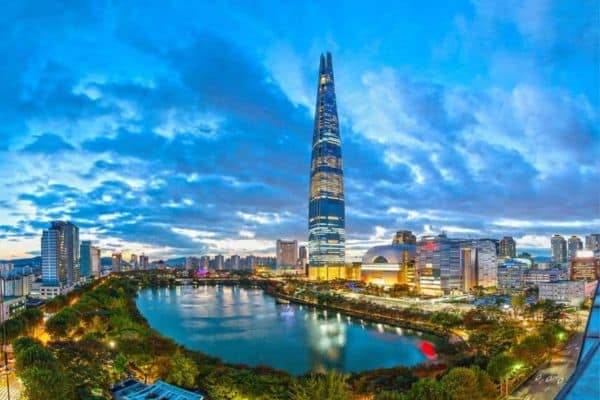
Where To Stay

Korea Travel Costs
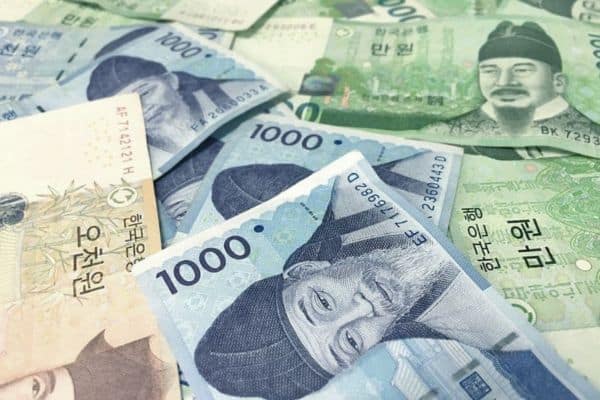
Travel Money
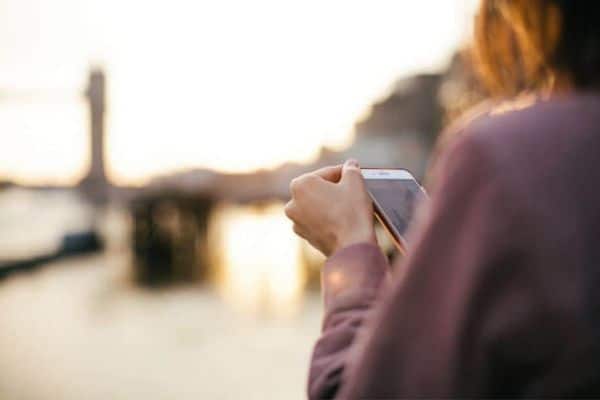
Phones & Internet
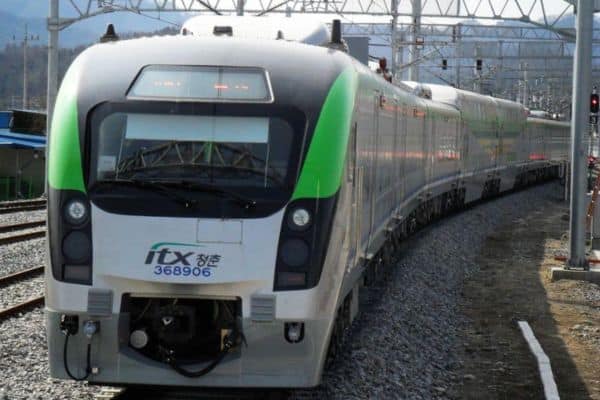
Public Transport
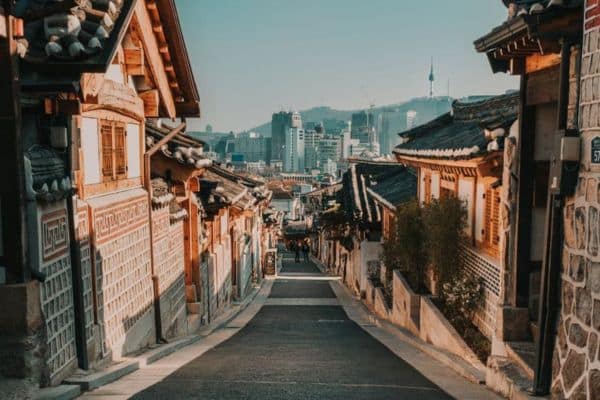
Where To Visit
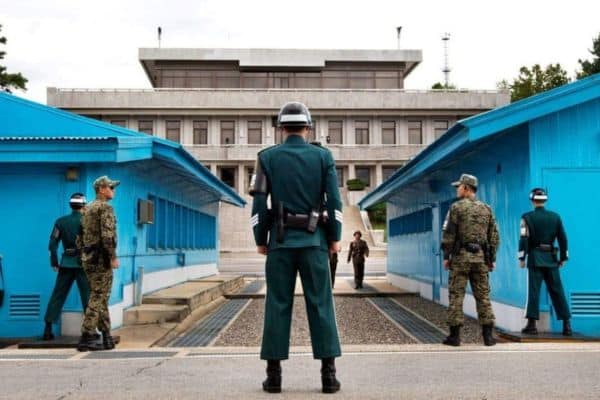
Seoul Day Tours
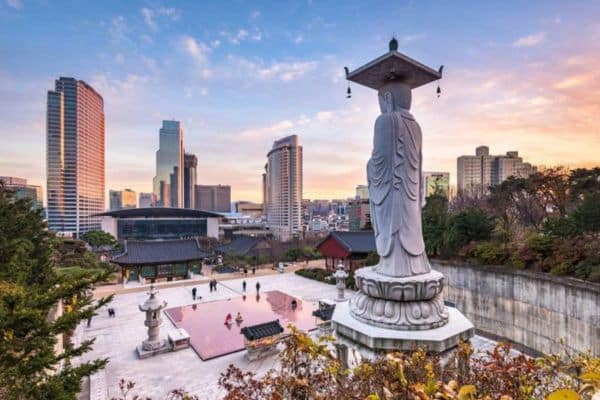
Sightseeing Spots
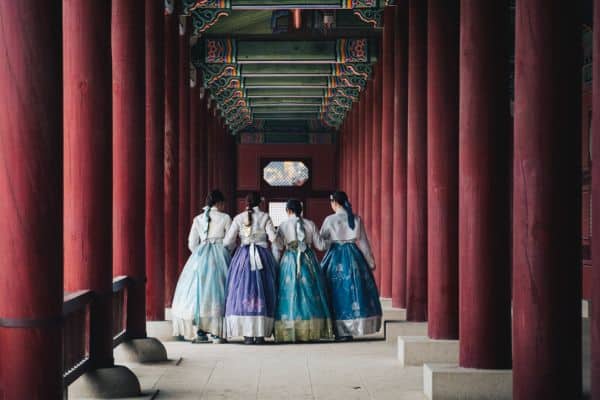
Korean Activities
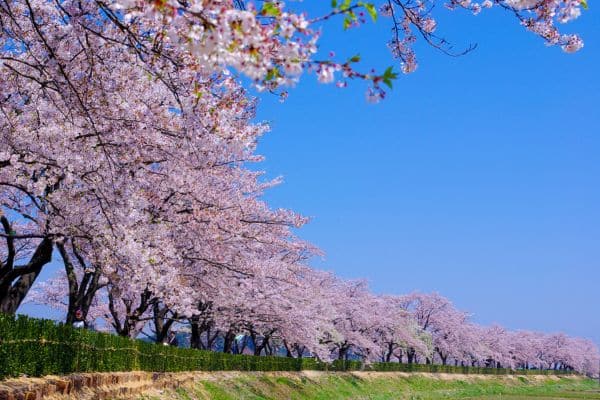
Korean Festivals
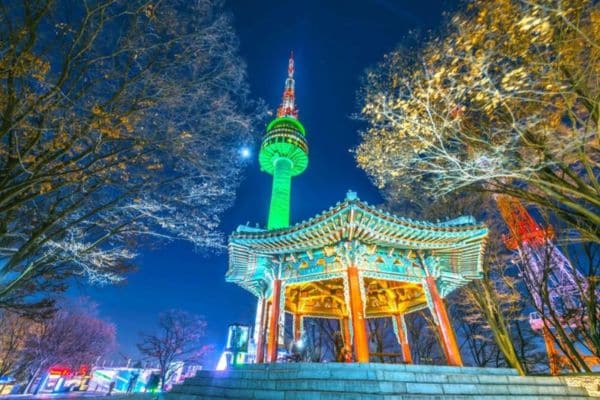
1-Week Itinerary
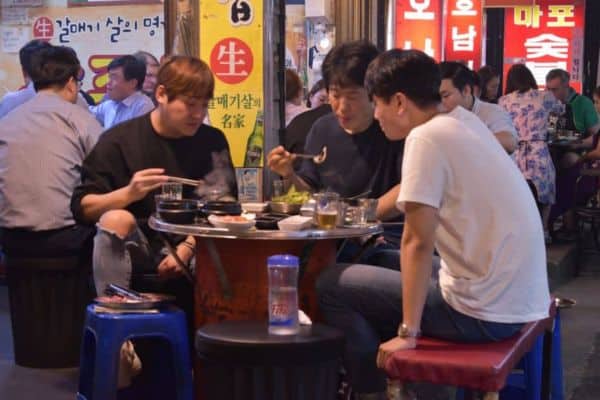
Culture Issues
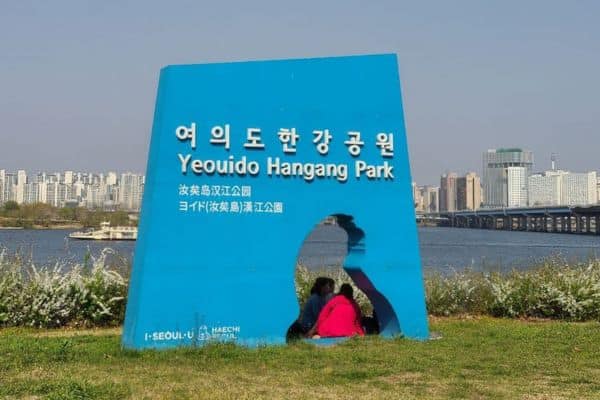
Language Issues
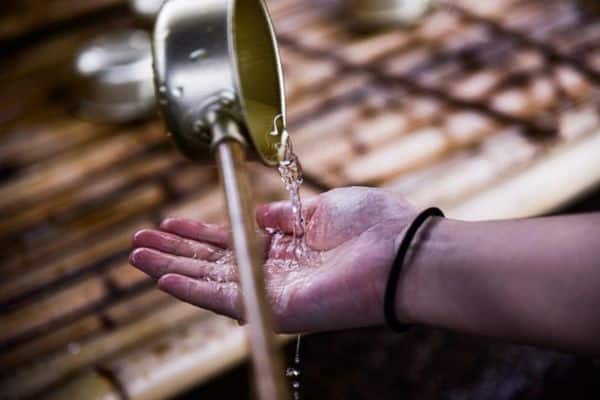
Health & Safety
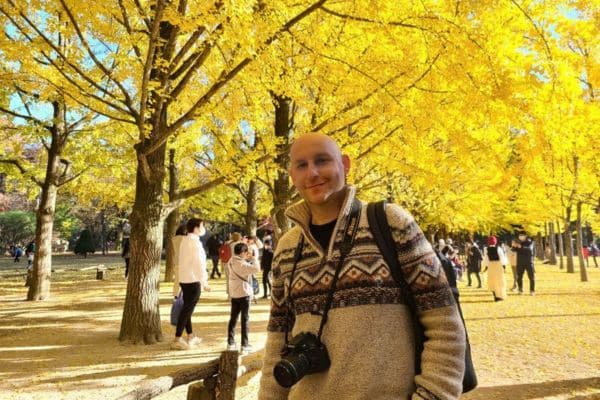
Korean Travel Tips
Korean Travel News And Travel Restrictions 2024
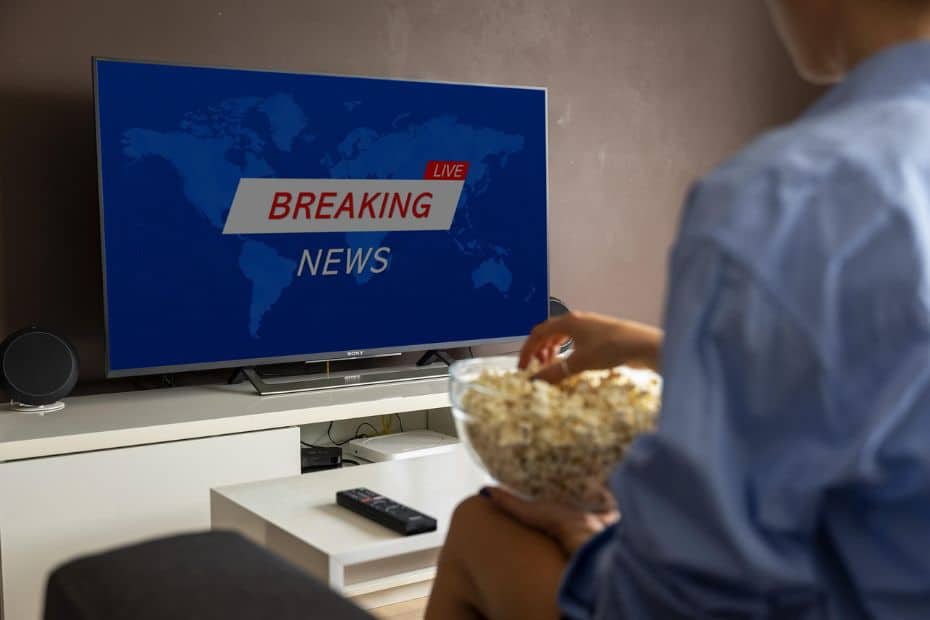
This section of the South Korea travel guide will show you the latest travel news and restriction updates, including any temporary or permanent changes to the entry process, visa changes, and other things that might affect travel to Korea. COVID-related updates will also be posted here.
Latest Korean Travel News In 2024
This section will detail any interesting or important travel news that could affect travellers to Korea, such as price increases in public transport, travel changes, new services, or closures.
Starting July 1st 2024, the Climate Card Tourist Pass will be available to short-stay and foreign visitors to South Korea. It will give visitors unlimited access to Seoul’s subway, bus system for 1, 2, 3, or 5 days. More about Seoul’s Climate Card Tourist Pass .
The Korean government is aiming to boost tourism to Korea by doubling the amount travellers can claim back in tax when shopping in Korea. From 2024, travellers will be able to claim up to 5,000,000 KRW on eligible purchases with a limit of 1,000,000 KRW tax back per transaction. Source : Korea Herald
From August 2023, the price to travel on buses in Seoul is set to rise. Bus fares will rise to 1,500 KRW per journey. From October 7th, 2023, Seoul’s subway fares will rise to 1,400 KRW per journey. Other cities in Korea will enact similar rises throughout 2023 to cover higher costs of public transportation. Source : Korea Herald
From July 15th, 2023, the requirement to register your health condition through the Q-Code portal will be scrapped. Source : Korea Times
From July 3rd, 2023, children aged 17 years and younger, as well as adults aged 65 and older, will no longer need to apply for a K-ETA to travel to Korea. Furthermore, the validity period has been increased from 2 years to 3 years to make travelling to Korea easier. Source: K-ETA website .
From June 2023, Korea will end almost all pandemic-related restrictions for tourists and locals. Masks will no longer be necessary except in hospitals and infected people no longer face mandatory self-isolation (although the government still recommends 5 days self-isolation). Q-Code requirements haven’t been mentioned, however. Source : Korea Herald .
From April 2023 until December 2024, travellers from 22 countries won’t have to complete a K-ETA when visiting Korea, saving time and money for citizens of those countries. People from other countries still need a K-ETA. Source : K-ETA
The 22 countries temporarily excluded from the K-ETA requirement are Australia, Austria, Belgium, Canada, Denmark, Finland, France, Germany, Hong Kong, Italy, Japan, Macao, Netherlands, New Zealand, Norway, Poland, Singapore, Spain, Sweden, Taiwan, UK, US (including Guam).
From April 2023, all foreigners under 19 years old (18 and under) can now enter major royal palaces and tombs, including Seoul’s Gyeongbokgung Palace, for free. Previously, all foreigners were made to pay a fee to enter. Source : Korea Herald
From March 2023, a quarter of all buses in Seoul will refuse cash payments and allow only card payments using transportation cards, such as the T-Money card. Seoul’s night buses won’t be included for now, and 262 of Seoul’s 370 bus routes will still accept cash. Expect further increases in cash-free buses in the future. Source : Korea Herald
From February 2023, the base fare for a taxi journey in Korea has increased by 1,000 won to a minimum of 4,800 won. The distance that the base fare applies has also been shortened from 2km to 1.6km, which will make fares more expensive. Source : Korea Times
What Are the Current COVID Restrictions In Korea In 2024?
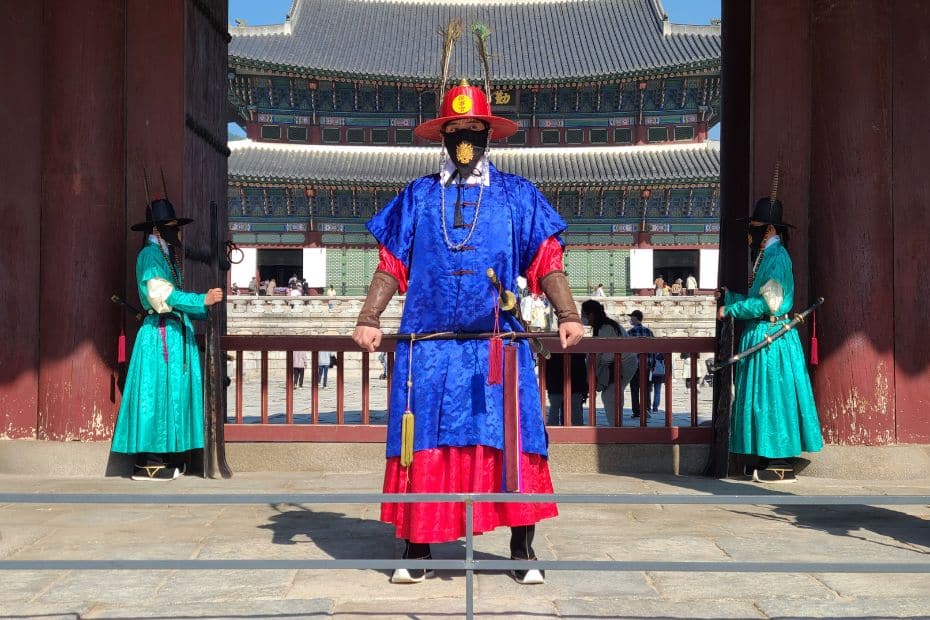
Korea has been removing COVID-related restrictions in the country throughout 2022 and 2023. It is no longer necessary to show a QR code to enter a building and restrictions involving masks and health checks have mostly gone. The latest COVID-related rules for Korea are as follows .
Masks : From Monday, March 20th, Korea has removed the mandatory mask rule for public transport, one of the final places that masks were required for the general public. The only places that require a face mask (from June 1st) are in medical facilities (hospitals). Masks are not mandatory elsewhere, including in schools, shops, restaurants or anywhere outside. Source : Korea Herald
Self-Quarantine : From June 1st, Korea will no longer impose a mandatory self-isolation period on infected people. The government instead ‘recommends’ a period of self-isolation for 5 days to reduce the chance of transmission to other people. Source : Korea Herald
For further details about the latest COVID requirements for entering or travelling in Korea, check out the second section of this South Korea travel guide, which has a list of all the updated entry requirements, including visas, tests, and other considerations.
Planning to visit Korea? These travel essentials will help you plan your trip, get the best deals, and save you time and money before and during your Korean adventure.
Visas & K-ETA: Some travellers to Korea need a Tourist Visa , but most can travel with a Korean Electronic Travel Authorisation (K-ETA). Currently 22 Countries don’t need either one.
How To Stay Connected : Pre-order a Korean Sim Card or a WiFi Router to collect on-arrival at Incheon Airport (desks open 24-hours). Alternatively, download a Korean eSIM for you travels.
Where To Stay : For Seoul, I recommend Myeongdong (convenient), Hongdae (cool culture) or Gangnam (shopping). For Busan, Haeundae (Beach) or Seomyeon (Downtown).
Incheon Airport To Seoul : Take the Airport Express (AREX) to Seoul Station or a Limo Bus across Seoul. Book an Incheon Airport Private Transfer and relax to or from the airport.
Korean Tour Operators : Tour companies that have a big presence in Korea include Klook , Trazy , Viator , and Get Your Guide . These sites offer discounted entry tickets for top attractions.
Seoul City Passes : Visit Seoul’s top attractions for free with a Discover Seoul Pass or Go City Seoul Pass . These passes are great for families and couples visiting Seoul – you can save lots.
How To Get Around : For public transport, grab a T-Money Card . Save money on Korea’s high speed trains with a Korea Rail Pass . To see more of Korea, there are many rental car options from Klook , EconomyBookings , and RentalCars .
Travel Money : Use money exchanges near Myeongdong and Hongdae subway stations for the best exchange rates. Order a Wise Card or WOWPASS to pay by card across Korea.
Flights To Korea : I use flight comparison sites such as Expedia and Skyscanner to find the best flights to Korea from any country. Air Asia is a good option for budget flights from Asia.
Travel Insurance : It is important to insure your trips to protect yourself against the unexpected. World Nomad is a specialized travel insurance provider with options for different coverage for travellers from around the world. You can also purchase cover when you are already travelling.
How To Learn Korean : The language course from 90 Day Korean or Korean Class 101 both have well-structured lessons and lots of useful resources to help you learn Korean.
Current Requirements To Travel To Korea In 2024
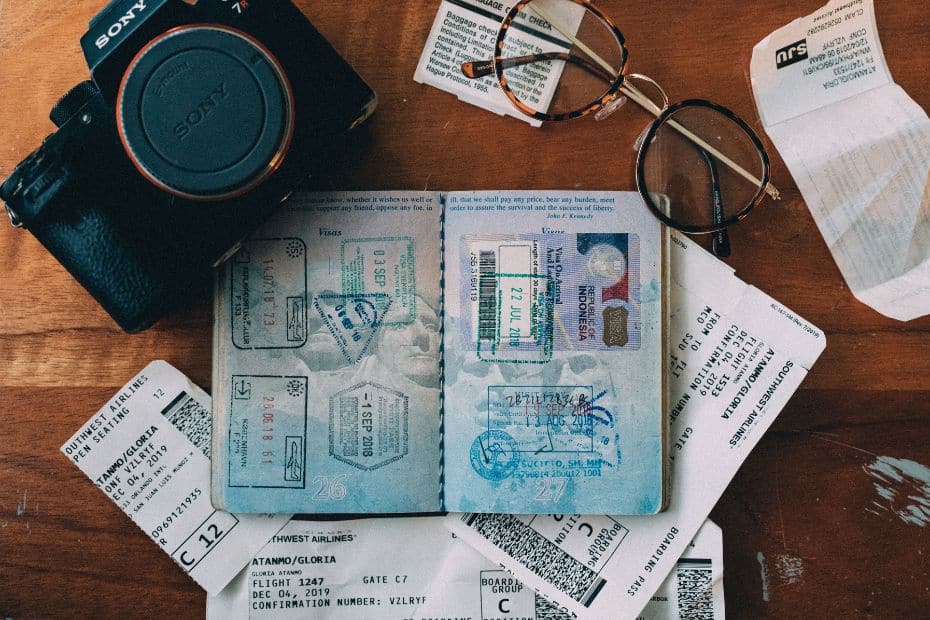
This part of the South Korea travel guide is for tourists . If you plan to travel for business, employment, or other reasons, check your nearest Korean embassy for the latest travel requirements.
Most of the restrictions and requirements for travelling to Korea have now been scrapped. You can see what entry and travel rules are in place for Korea in the table below:
The following section provides more information and exceptions about these requirements:
COVID-positive travellers should avoid travelling to Korea : To avoid infecting others on the way to Korea, as well as in Korea, the Korean government recommends that you shouldn’t travel to Korea if you exhibit COVID-symptoms or have tested positive. Self-quarantine is mandatory in Korea.
There are no PCR or other testing requirements : It is not necessary to take a PCR or other test before travelling to Korea. However, you will be asked to take a test if you show symptoms of COVID or similar illnesses when travelling to or arriving in Korea.
There is no quarantine on arrival : Travellers to Korea no longer need to quarantine when entering Korea. From June 1st, there is only a ‘recommended’ 5 day self-isolation period for infected travellers, but this is not enforced.
Complete the self-health check before or on arrival : From July 15th, 2023, travellers to Korea no longer need to complete a Q-Code self-health check or declare their health status on arrival.
Apply for a K-ETA or tourist visa before travelling : You need to apply for either a K-ETA or tourist visa for South Korea before flying to the country. Entry will be prohibited without the correct one. From April 1st, 2023 until December 31st, 2024, 22 countries are excluded from the K-ETA.
If you’re not sure which of these you need to apply for, more information is provided in the next section of this South Korea travel guide about the K-ETA and tourist visa for Korea.
K-ETA (Korean Electronic Travel Authorisation)
The K-ETA (Korean Electronic Travel Authorisation) is an online travel authorisation that visa-free foreign visitors aged 18 to 65 must obtain before entering the Korea for tourism, visiting relatives, participating in events or meetings, and for business purposes other than profitable activities.
Tourists from 112 eligible countries need to apply for a K-ETA before travelling to Korea and won’t be allowed to board a flight to Korea without it. The approval process isn’t difficult, but requires accommodation details, travel dates, and personal details such as passport number, etc.
From April 1st, 2023 until December 31st, 2024, the Korean government has decided to suspend the K-ETA requirement for travellers from the following 22 countries:
Australia, Austria, Belgium, Canada, Denmark, Finland, France, Germany, Hong Kong, Italy, Japan, Macao, Netherlands, New Zealand, Norway, Poland, Singapore, Spain, Sweden, Taiwan, UK, US (including Guam).
The aim is to reduce the burden of travellers coming to Korea and to encourage more people to visit Korea during the ‘Visit Korea Year’, which runs during 2023 and 2024.
Source : K-ETA website news .
From July 3rd, 2023, the Korean government will no longer ask for travellers who are 17 years and younger, or 65 years and older, to apply for a K-ETA when visiting Korea. These are ages based on the time you travel to Korea, not the age when you apply to travel.
Furthermore, the validity period of the K-ETA is now 3 years, not 2 years. The Korean government has decided to extend the validity period to make it easier for people to travel to Korea.
The K-ETA is based on your nationality , not the country you’re travelling from. That means, if you require a tourist visa from your home country (e.g. the Philippines), but are travelling from a country that requires a K-ETA (e.g. the USA), you can’t use the K-ETA to travel to Korea.
Tourists should apply as far in advance as possible at the official K-ETA website. If you would like to know more about the K-ETA, check out my article explaining what is the K-ETA . The K-ETA costs 10,000 KRW (about $9.00 USD). If you are charged more than this, you’re on the wrong site.
Official K-ETA website
Not sure if you need a K-ETA? Check out this infographic to find out.
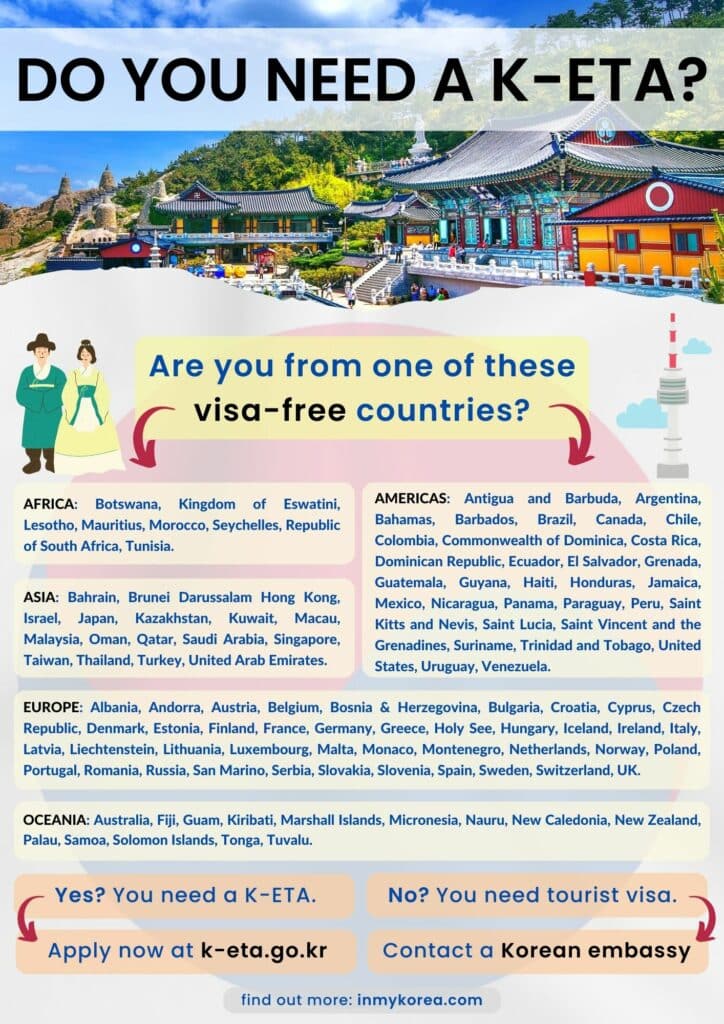
Will The K-ETA End In The Future?
The K-ETA will continue for the indefinite future. It is not a pandemic-related travel restriction but a permanent feature that just happened to start in 2021. The Korean government have stated that the K-ETA will be ongoing and other countries and areas, such as the EU, are planning similar ETAs.
Update : In July 2023, the Korean government stopped requiring children 17 years and younger and adults 65 years and older to apply for a K-ETA. The validity period was also increased to 3 years.
Update : In April 2023, the Korean government suspended the K-ETA for travellers from 22 countries (listed previously). This is in an effort to reduce the burden on travellers visiting Korea during the ‘Visit Korea Years’ of 2023 and 2024. This lasts until December 2024, but could possibly go on longer.
Tourist Visas For South Korea
Tourists that aren’t from one of the 112 countries that require a K-ETA to travel to Korea will need to apply for a tourist visa. This includes nationals from countries such India, Indonesia, Pakistan, and the Philippines. Tourist visas are based on nationality (passport), not country of residence.
The process to apply for a tourist visa differs depending on the country and may be as simple as submitting an application at the Korean embassy in the country you live in. For other countries, it may be necessary to submit extra information like bank statements and a full itinerary.
If you need a tourist visa for South Korea, contact your nearest Korean embassy as soon as you can to start the process. Tourist visas may be rejected, delayed, or take longer than expected. For some countries, such as the Philippines, it is necessary to apply through a specialist visa agency.
Transit Tour Visas For South Korea

Visa-free entry for foreign transit passengers at Incheon Airport will resume from May 2023 after being suspended for 3 years during the pandemic. There are two types of visa-free transit entry methods for travellers to Korea, they differ in length, requirements, and eligibility.
The first type of visa-free entry for transit passengers is open to all travellers to Korea and allows entry for 3 days, as long as they take a transit tour from Incheon Airport. The second type of visa-free entry for transit passengers is available for 30 days, but only from travellers from 36 select countries.
Visa-Free Entry For Transit Passengers (3 Days)
From May 15, 2023, travellers from any country can travel from Incheon Airport to the Seoul Metropolitan area for up to 3 days, as long as they book at least 1 transit tour from Incheon Airport. If Korea is not their final destination, they’re free to explore more of Seoul after the tour.
There are a wide range of transit tours available from Incheon Airport, including cultural, historic, food, shopping, and entertainment tours. See the sights of Seoul’s most popular places in a few hours, or stay for longer and see more. You can find out more about transit tours from the Visit Korea website .
Requirements : To be eligible for a transit tour visa, travellers must:
- Have an onward flight to their home country or a 3rd country after Korea.
- Participate in a transit tour program by a designated travel agency.
- Stay within the Seoul Metropolitan area only.
- Have more than 2 hours between connecting flights.
Eligible countries : Visa-free entry with a transit tour is open to passengers of all countries, as long as they meet the above requirements.
Tip : If you have a transit tour in Korea, I recommend staying in Hongdae , as there is a direct train from Incheon Airport to Hongdae called the All-Stop Airport Line. Hongdae is also a really fun place where you can see lots of culture, try Korean dishes, and pack your suitcase with Korean souvenirs.
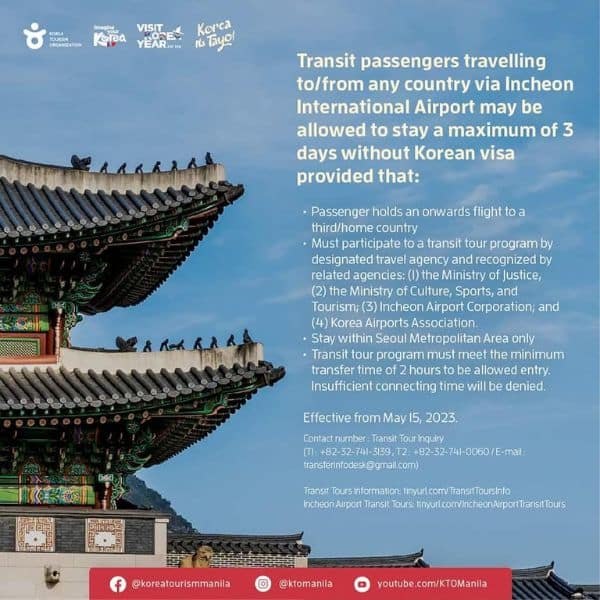
Visa-Free Entry For Transit Passengers (30 Days)
This will allow travellers from 36 countries to enter and stay in Korea for up to 30 days without a Korean visa. Travellers must be travelling to or from one of these 36 countries to be eligible to stay in Korea without a visa. This includes passengers who are not citizens of those countries.
Requirements : To be eligible for a visa-free entry as a transit passenger, travellers must:
- Hold an onward flight to any of the 36 countries mentioned below.
- Have no illegal stay records of any kind, nor have been denied entry to Korea.
- Not have exceeded a maximum of 3 days stay in any other transit airport.
Eligible countries : Travellers from the USA, Canada, Australia, New Zealand, and 32 EU countries (see picture below) can stay for up to 30 days, as long as the above-mentioned requirements are met.
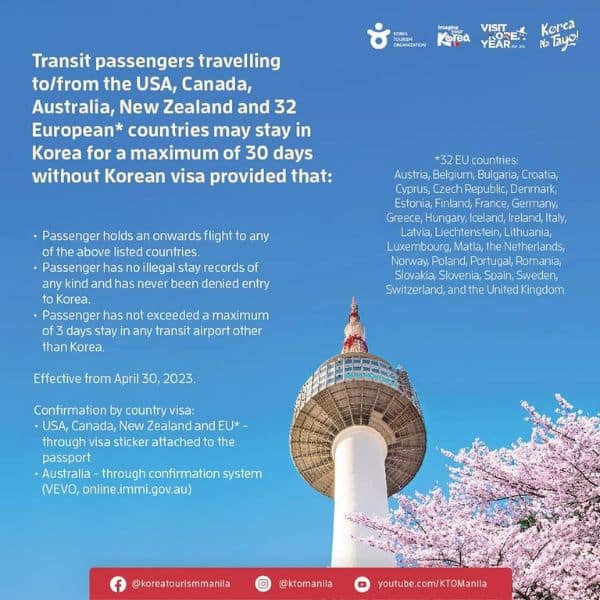
Why You Should Travel To Korea In 2024
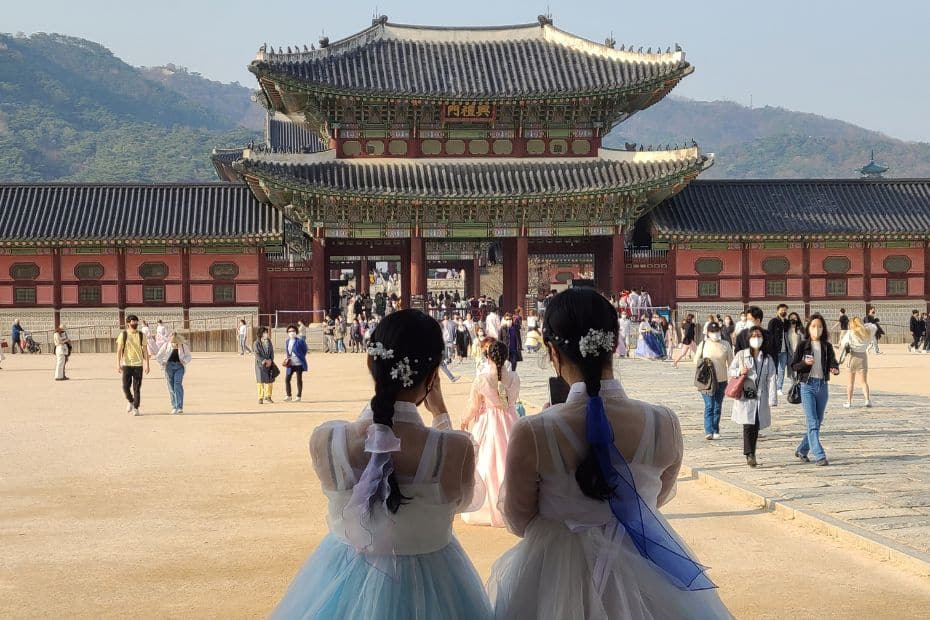
There’s not enough space in this South Korea travel guide to write down all of the reasons why you should travel to South Korea. Korea is an under-appreciated gem that has so much to discover and experience that’s completely different from what you’ll find in other countries.
Much the way that Japan has a very distinct culture and history, Korea has lots of unique, appealing places to see, people to meet, history to learn about, and natural sights to appreciate. Many people only see a small slice of Korean culture and beauty through modern media, but there’s a lot more.
Here are some of the reasons you should travel to Korea:
- Delicious foods and tasty seasonal dishes.
- Four distinct seasons that offer a variety of views.
- Fascinating history to learn about and explore.
- Stunning mountains and beaches for outdoor lovers.
- Unique and unusual festivals throughout the year.
- Friendly locals and a safe country to travel around.
- Modern, high-tech cities that are clean and efficient.
- Welcoming Buddhist temples and temple stays.
- Cheaper than most other developed countries.
- A shopper’s paradise with many markets and malls .
- Korea really wants you to come and visit.
Korea wants you to visit so much that they declared 2023-2024 the Visit Korea Year . This two-year period, confusingly referred to as a single year, is set to feature loads of events and activities to draw tourists to Korea, and includes promotions for discounted flights, accommodation, and food.
Some of the events you can expect to see during the Visit Korea Year(s) include K-Pop concerts, e-sports competitions, food festivals, and cultural celebrations. There’ll be K-Cultural stars involved, too, including your favourite K-Pop and K-Drama stars. Get ready to travel to Korea soon!
Want to know what you can do in Korea that you can’t do in other countries? Check out these amazing unique Korean experiences that should definitely be on your Korean bucket list.
The Best Time To Visit Korea
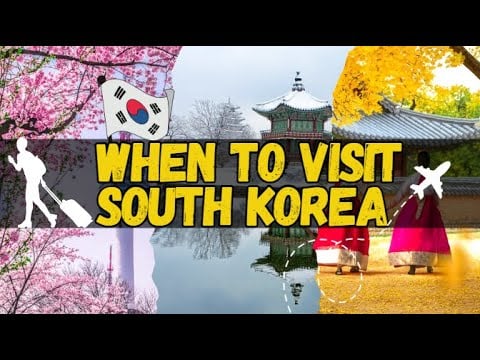
The best time to visit Korea is in spring (late-March to May) or autumn (mid-September until mid-November). These seasons have the most comfortable weather, ranging from 10 to 30 degrees Celsius, an average amount of rain, and also have the most festivals and events.
My favourite months to travel in Korea are April and October . Early-April is when cherry blossoms come out and the weather warms up enough to stop wearing a jacket. October in Korea is a beautiful month when autumn foliage sweeps across the country and the weather is warm and calm.
When you travel to Korea, the season you travel in can have a big impact on what you can see, eat, and do. This section of the South Korea travel guide is one of the most important and if you want to travel to Korea in the future, I recommend learning about Korea’s seasons before making plans.
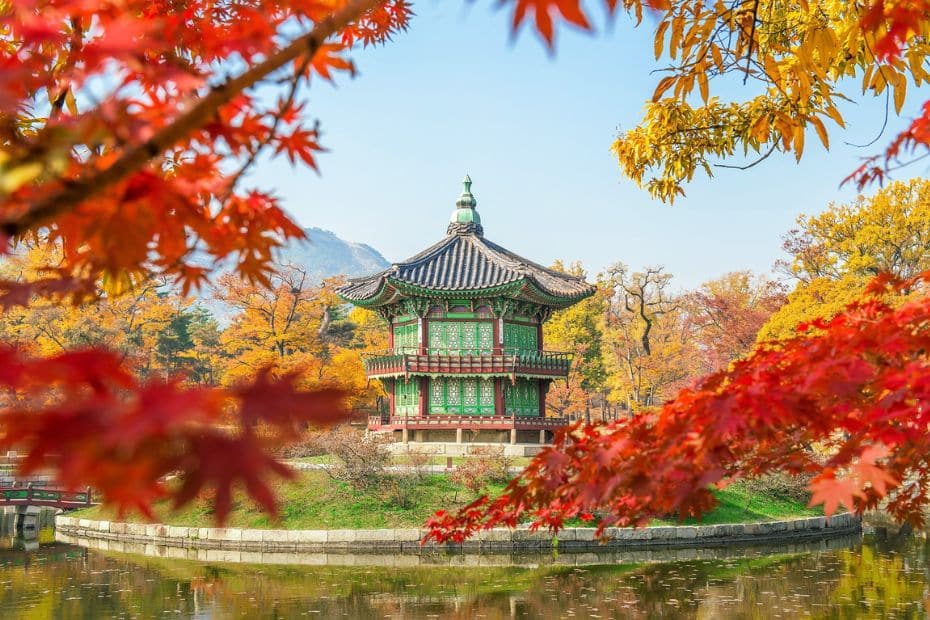
What Can You See In Korea Each Season?
Although spring and autumn are undoubtedly the best time to visit Korea, there are plenty of reasons to visit in other seasons, too. Visitors to Korea who are restricted to travelling during certain times, such as during school or work holidays, needn’t be put off by travelling in summer or winter.
Here’s a summary of what you can see and do in each season in Korea:
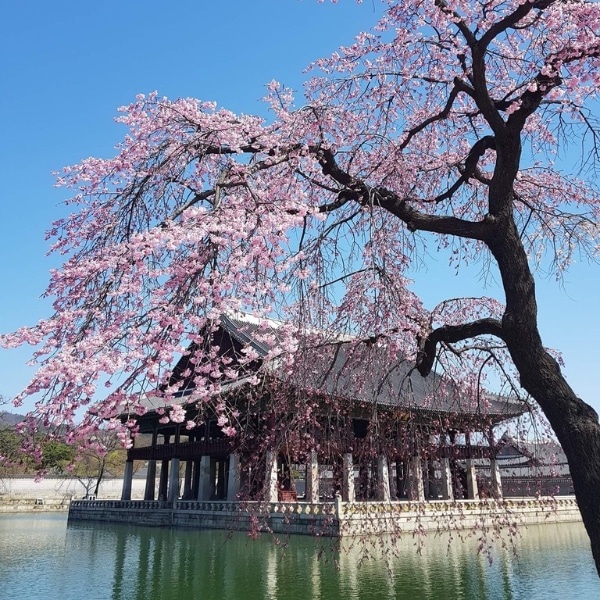
Spring: Cherry Blossoms, Blooming Nature, Culture Festivals
Spring is an amazing season to travel in Korea as you can see colourful plum blossoms (Mar), cherry blossoms (Mar-Apr), and many other bright sights. The warm weather allows people go out more to enjoy cultural activities and spring festivals , such as the Lotus Lantern Festival and Jindo Sea-Parting Festival, and also trekking, hiking, and cycling. Spring is one of the most popular times to travel in Korea for locals, so expect places to be busy, especially around cherry blossom season.
Check out my cherry blossom guide for the best places to see cherry blossoms in Korea.

Summer: Beaches, Korean Desserts, Water Sports, Camping
Summer is a difficult season for travellers due to the high humidity and heat. June and July are rainy season in Korea and it may rain for days on end, causing people to change travel plans to indoor activities. In late July and August it gets very hot, which is good for going to the beach and enjoying water sports or water parks, which Korea has many of. Evening activities like hiking, drinking in rooftop bars, and visiting night markets are great ways to get out in summer when it’s not as hot.
Check out my guide to Korean summer activities for the best places to have fun during summer and rainy day activities in Busan in case the weather isn’t so good.
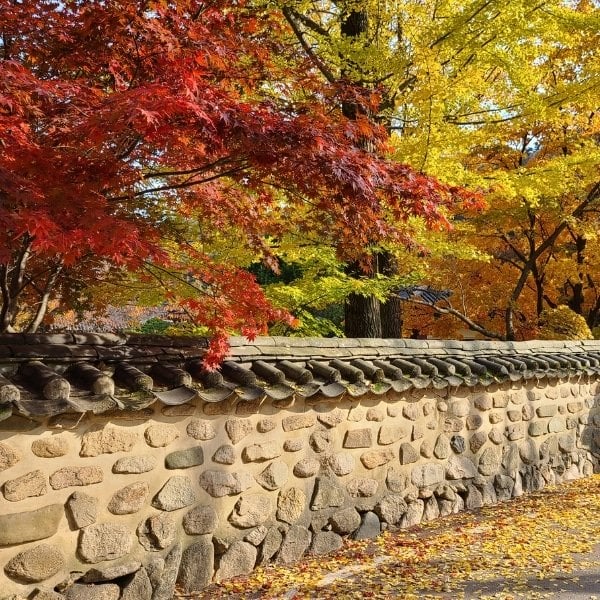
Autumn: Foliage, Festivals, Fresh Foods, Harvest Festivals
Autumn is another incredibly popular time to travel in Korea, especially in October when the autumn foliage is at its best. The foliage really brings everything to life, adding shades of colour to plain palace walls, mountains, and parks. The calm weather is warm with clear skies, making it perfect for going into nature to see the fresh fruits and other harvest goods, as well as join in harvest and cultural festivals. Enjoy local Korean dishes, fresh from the farm to your table.
Check out my guide to autumn foliage in Korea for the best places to see the leaves.
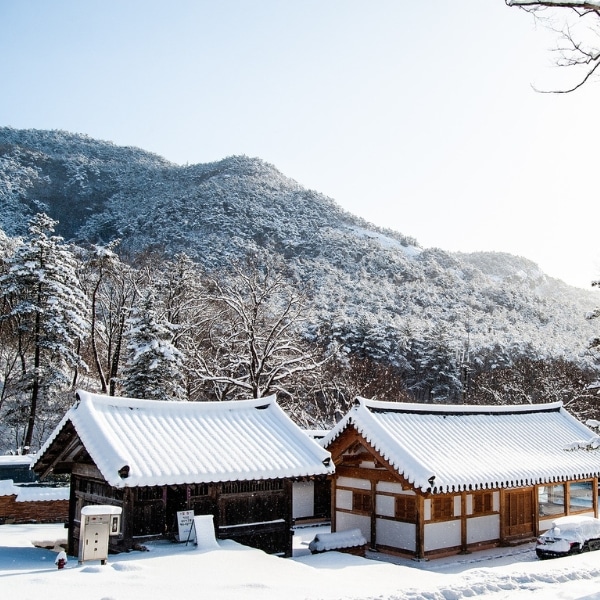
Winter: Snow, Winter Sports, Ice Fishing, Light Festivals
Winter in Korea is often neglected due to the cold weather, but is actually a very nice time to travel with delicious winter foods to try. It’s the driest time of year with blue skies making everything bright and beautiful. When it snows, sights look even more incredible. Jeju Island is a great place to visit during winter as it has fresh citrus and colourful camellia flowers to see. You can enjoy winter sports, festivals and activities, such as ice fishing, ice skating, sledding, and more.
Check out my guide to Korean winter activities for the best places to have fun during winter.
What Is The Weather Like In Korea?
The weather in Korea follows a similar pattern each year, spread over five distinct seasons. As well as spring, summer, autumn, and winter, Korea also has a rainy season, which starts around mid-June and finishes mid-July. It doesn’t constantly rain during rainy season, but may do for several days.
There’s always something to do in Korea, no matter what the season. Even rainy season in Korea is fine for travelling, as long as you plan lots of indoor activities and can be flexible with your schedule. Don’t let the weather in Korea put you off visiting, you’ll find plenty to do in each season.
Here’s a summary of the weather in Korea each season:
The graph below shows you the average temperature each month in Seoul. This is an average temperature, so some days will be much hotter and others much colder. I’ve experienced summer temperatures of over 35 degrees and winter nights of -20, so be prepared for both.
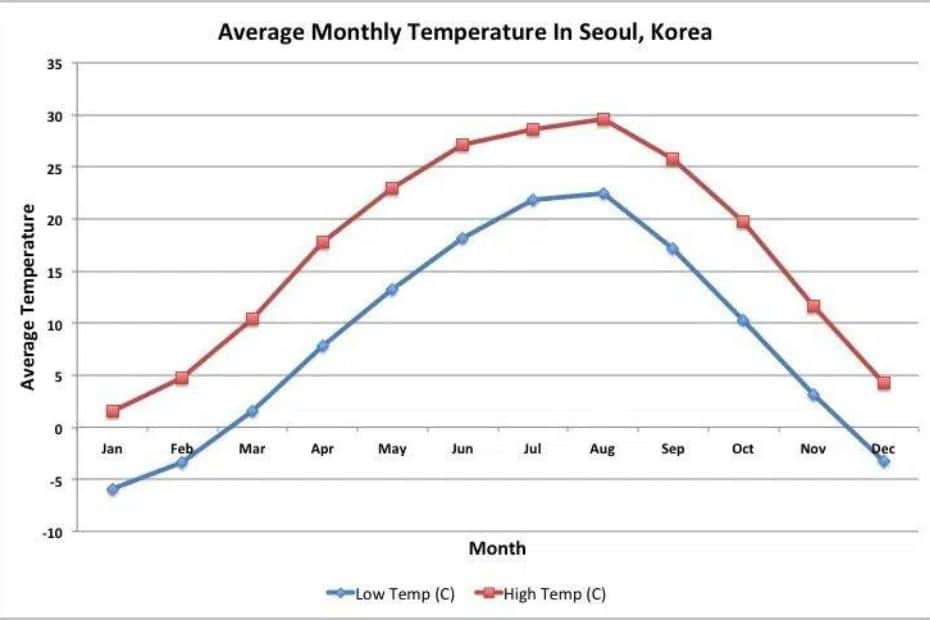
The table below shows the average rainfall for each month in Korea, based on records from climate-data.org . The summer months have the most, while winter in Korea is very dry. The rainfall in the winter months can turn to snow when it’s cold enough, too.
There will be more information about the sights, festivals, and events you can enjoy in Korea in later parts of this South Korea travel guide. Check them out for travel ideas for your trip to Korea.
How To Book Flights To Korea
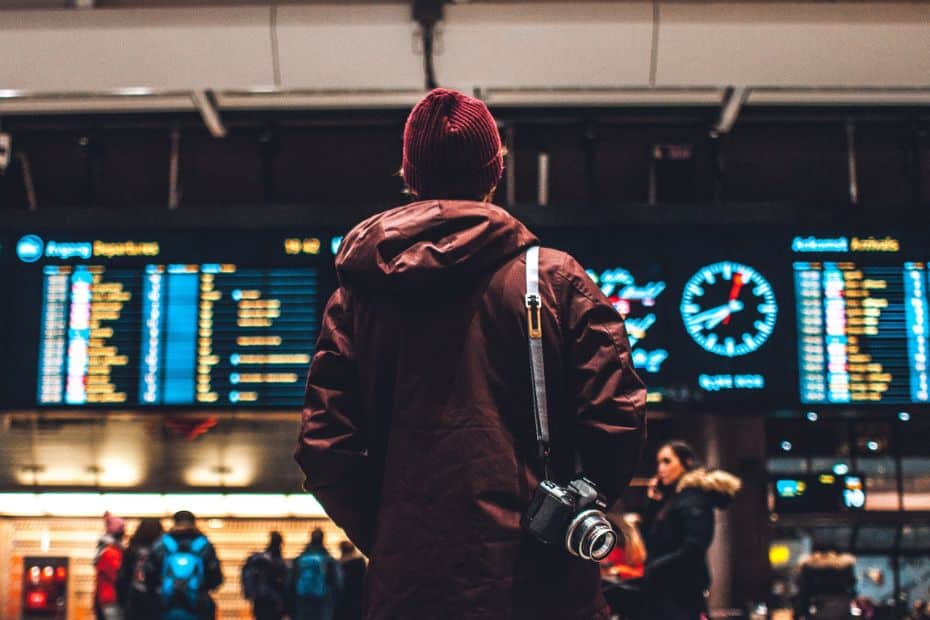
Flying to Korea in 2024 is getting easier with more airlines offering direct or connecting flights to Korea and budget airlines adding more routes to Korea from other parts of Asia and as far away as the USA. There aren’t as many routes as there were in 2019, but they are returning month by month.
Booking a flight to Korea is one of the first things most people do and finding the right flight can really affect your travels. Choosing the right flight not only affects how much money you need to spend, but also when you’ll arrive, how you’ll get to your hotel, and where you’ll arrive in Korea.
Check out my guide to booking flights to Korea to discover the best ways to book a flight to Korea, including the best time to book (21 to 127 days before travel), where to get cheap flights, the various airlines that offer flights to Korea, and lots more.
Arriving At Incheon Airport
Most flights to Korea arrive at Incheon Airport, which is near Seoul. It takes about an hour to get to the centre of Seoul from Incheon Airport and there are various transportation options including a high-speed train, subway, limo buses, taxis, and private transfers.
The best option for transferring from Incheon Airport to your hotel is usually a limo bus as these run to popular areas of Seoul, such as Myeongdong, Hongdae, Gangnam, and Insadong. There’s also a direct train to Seoul Station and a subway that goes to Seoul Station via Hongdae.
Arriving during the daytime gives you the best options for getting from Incheon Airport into Seoul, while nighttime flights will leave you fewer options. There are a few night buses that run, but late arrivals will either need to stay at the airport or book a private transfer or taxi instead. More details about taking a taxi from Incheon Airport can be found in my guide to taxis in Korea .
If you want to book a private transfer direct to your hotel from Incheon Airport, contact Jerry Heng , a freelance driver. I want to recommend Jerry as he has years of experience organising airport pick-ups and drop-offs, as well as personalised tours around Korea. He’s also a friendly guy.
Recommended Flight Comparison Sites
I suggest checking at least one flight comparison website before booking any flights. You can alter the arrival and departure times, flight duration, choose direct or indirect flights, and sort by price to find the perfect flight for you. Skyscanner is my preferred comparison site, but they’re all useful.
Take time to change the dates and flight times to find the most suitable flights for you. Cheaper flights often have inconvenient arrival times, so you should decide whether it’s worth the hassle to save a bit of money. Sometimes spending more for the right flight is worth it, especially when time is limited.
I try to go for a balance of convenience and savings and avoid flights that arrive late at night or leave too early in the morning. These flights require you to book an extra night at the airport or make you lose time when you could be travelling and doing more interesting things.
Here are 4 of the best flight comparison sites for booking flights to Korea:

Skyscanner is one of the most popular flight aggregators and offers flights, hotels, and other travel bookings for all major destinations. Skyscanner shows airline environmental ratings and which flights are practical or difficult.

Expedia is a large US travel company that offers tours, flights, hotels, and other services around the world. You can book hotel and flights together, to save you time and effort when travelling. A good place to start your flight search.
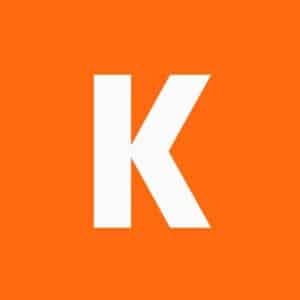
Kayak is great for people looking for cheap flights to Korea. You can see price trends for your flight to Korea to see when the best prices are available. There are also lots of budget travel options on the site that can save you more.

WayAway is a flight comparison site for the modern generation, with Instagram tips & travel advice as well as a good selection of cheap flights. You can get cashback on bookings with their premium service.
Where To Stay In Seoul
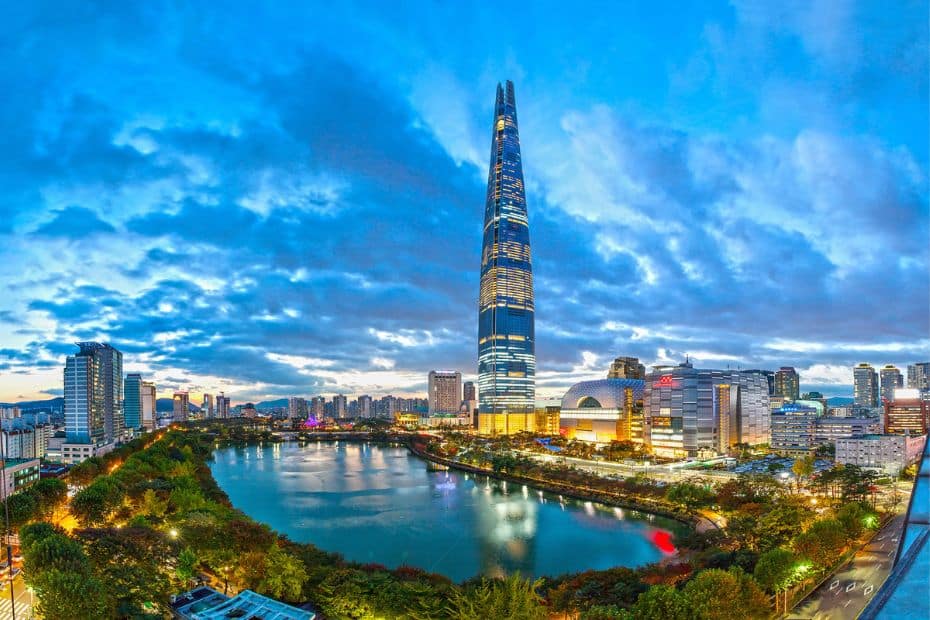
Incheon Airport is the main arrival destination for most travellers visiting Korea, with more than 71 million travellers passing through the airport in 2019, making it the world’s 14th busiest airport . It’s close to Seoul and has lots of transportation options to get into Korea’s capital.
Seoul is the first place people visit, not only because it’s close to Incheon Airport, but because it’s undeniably the heart and soul of Korea. The greater Seoul area includes about 50% of Korea’s population (25 million people) and is by far the biggest, most vibrant, and fun city in Korea.
To travel to Korea you need either a K-ETA or tourist visa . One of the requirements to apply for these is the address of the first place you’ll be staying in Korea. Therefore, you should book at least your first hotel in Korea so you can begin those applications. Seoul is an ideal first place to stay.
Best Neighbourhoods To Stay In Seoul
Deciding where to stay in Seoul can be difficult because there are so many unique neighbourhoods, each offering something interesting for travellers to experience. Knowing which has the best sights, entertainment, culture, shopping, transport, markets, restaurants, cafes, etc., is useful.
Seoul’s neighbourhoods typically contain a mixture of several of these elements and will appeal to different types of travellers. Below is a very rough guide for which neighbourhood each type of traveller might enjoy. Of course, there are plenty of other things to do in each area.
As you can see from the list above, both Hongdae and Myeongdong have a lot to offer and I would definitely recommend either of these neighbourhoods for first time travellers to Seoul. Even people who have travelled to Korea before will find lots of reasons to stay there. They’re where I usually stay.
I have detailed guides to hotels in the two best districts for staying in Seoul – Hongdae and Myeongdong. My guide to hotels in Hongdae includes a range of hotels for all types of travellers, while my guide to hotels in Myeongdong highlights Myeongdong’s best budget to mid-range hotels.
Each neighbourhood feels unique and offers something to discover, from traditional markets and eateries, modern Insta-worthy cafe districts, peaceful parks and lakes, world-class skyscrapers, and many fun activities. Wherever you choose to stay, you’re sure to find something you enjoy.
I’ve included the 8 best neighbourhoods in Seoul in this South Korea travel guide, along with a small summary about what you can expect in each area. These are the most popular areas for tourists to stay in, but certainly not the only places to stay. There are also links to hotels in these areas.
Here are the 8 best neighbourhoods in Seoul:
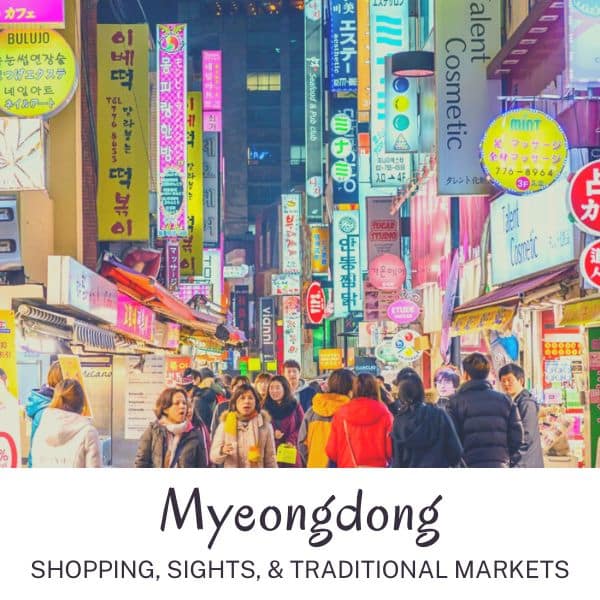
Myeongdong is arguably one of the best places to stay in Seoul for any traveller. It has the best range of budget and mid-range hotels in Seoul and is conveniently located for sights, activities, and public transport. It’s close to popular tourist sites, such as the N Seoul Tower and royal palaces. There are traditional markets and Myeongdong’s famous street food alley to check out. As Myeongdong is popular with tourists, you’ll find more people that can speak English and places to exchange money.
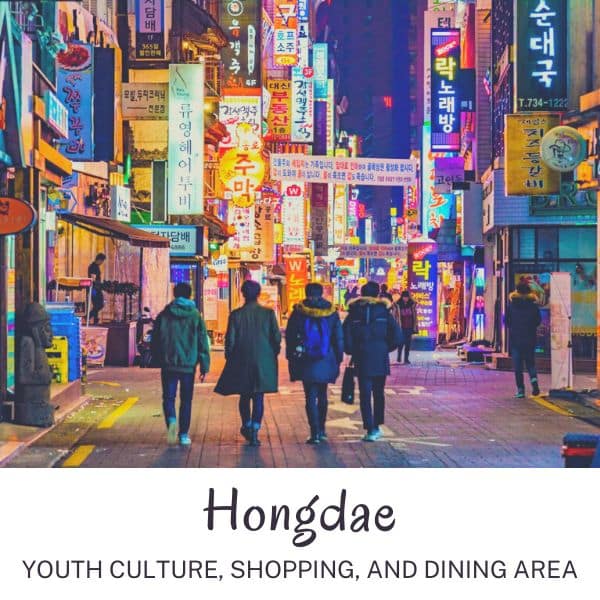
Hongdae is one of the coolest neighbourhoods in Seoul and a must-see for any traveller to the city. This area has emerged as a creative hotbed for the latest Korean fashion, art, food, and culture, thanks to innovations from students of nearby universities. Youth culture is on display in Hongdae’s main and side streets, with boutique shops, trendy bars and cafes, inventive restaurants, street art, and live performances. If you want to see a vibrant, colourful side of Seoul, then Hongdae is the place for you.
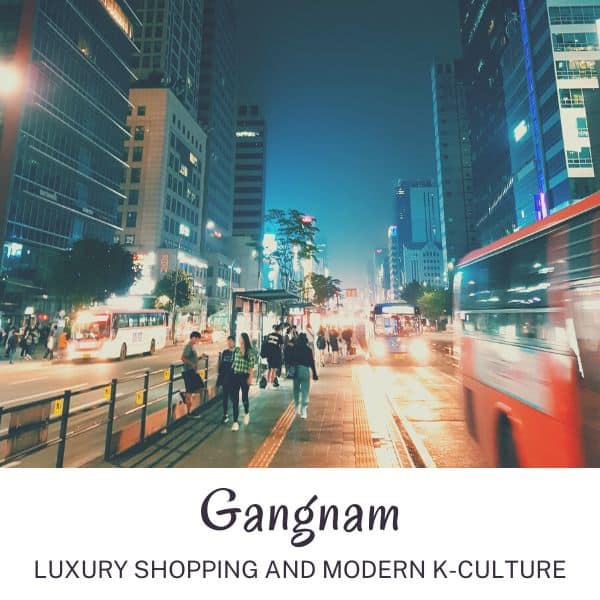
Gangnam is an upscale area of Seoul that’s home to some of Korea’s biggest stars. This area was where K-Pop was invented, as can be seen by the golden Gangnam Style statue outside COEX Mall. Gangnam is a lot more than that, and is a powerful business area with Seoul’s best shopping and dining experiences, as well as some of the city’s finest cafes and bars. Gangnam has a host of upmarket hotels that provide outstanding luxury, but also has a selection of budget and mid-range hotels making it accessible for all travellers.
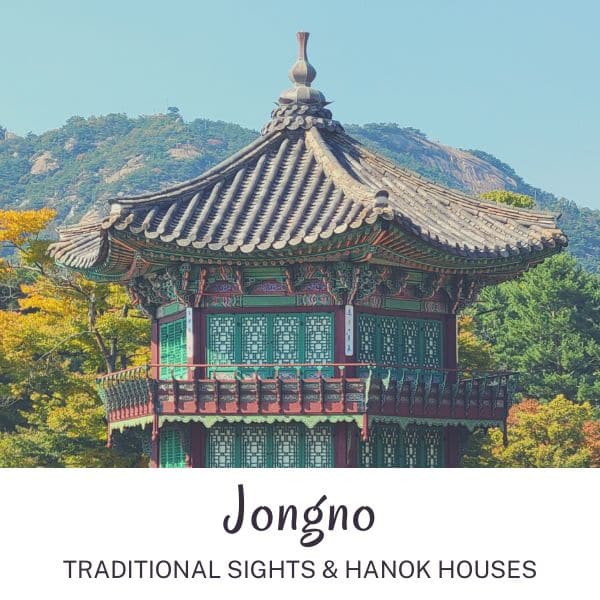
Jongno is the area north of Myeongdong that includes Insadong, Bukchon Hanok Village, Ikseongdong Hanok Village, Jogyesa Temple, 4 of Seoul’s royal palaces, the presidential Blue House, and lots more. This area is packed full of interesting sights and traditional restaurants and tea houses to explore. You can find a good range of hotels in Insadong, Seoul’s artistic area that is home to artists and tourist-friendly attractions. There are also guesthouses and apartments to rent in the residential areas of Jongno that offer a more homely stay.
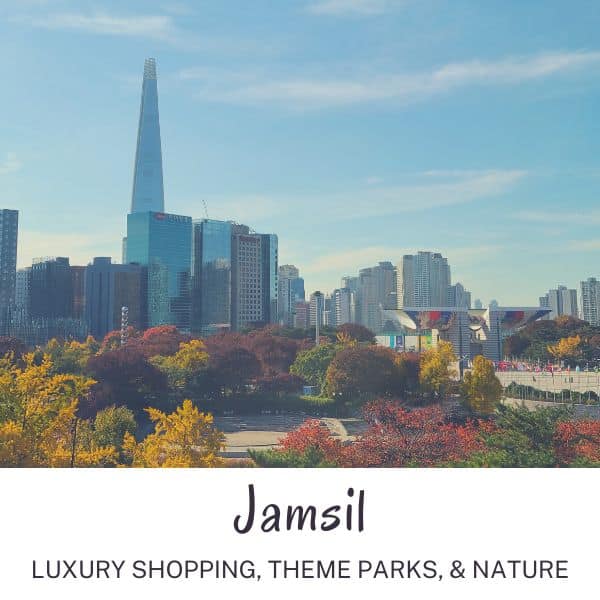
Jamsil is an upmarket residential neigbourhood close to Gangnam that’s home to one of Korea’s largest companies, Lotte. You’ll find the Lotte World Tower, Lotte World Theme Park, and Lotte Aquarium in this area, as well as the beautiful Seokchon Lake and leafy Olympic Park. Jamsil is a great base for people visiting for cherry blossoms in spring as the Seokchon Lake Cherry Blossom Festival is one of Seoul’s best. There are lots of trendy cafes and bars near the lake and it’s a relaxed part of the city to stay in.
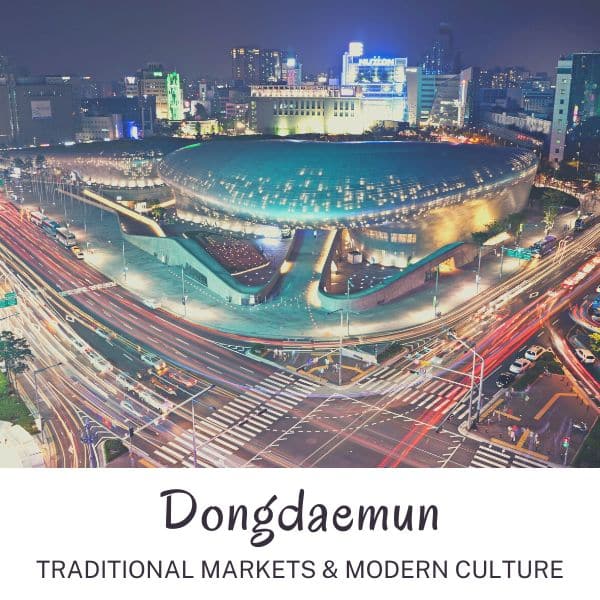
Dongdaemun is known for both its traditional markets, where you can buy a range of goods, as well as the futuristic Dongdaemun Design Plaza (DDP). The area is an unusual mix of traditional Seoul, with Gwangjang Market offering some of Seoul’s best Korean street food, and modern culture, displayed by the night markets and art installations at the DDP. There are lots of cheap eats and bargain markets and malls in this area, making it a great place to stay if you plan to do a lot of bargain shopping in Seoul.
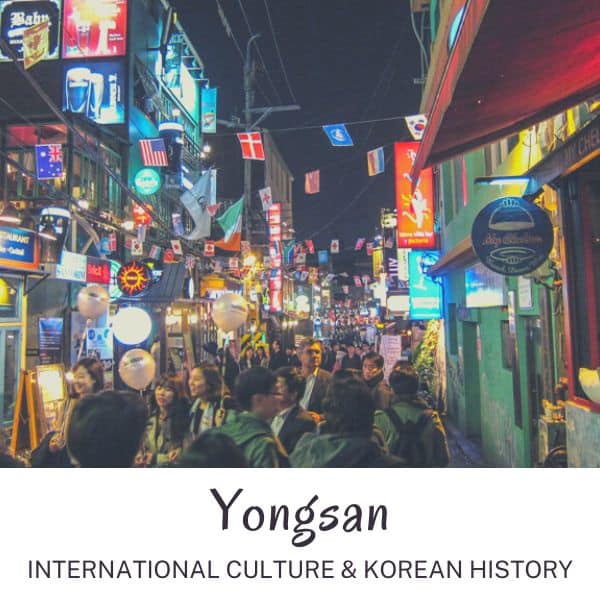
Yongsan is the area encompassing the N Seoul Tower, the popular international area of Itaewon, the trendy hilltop area of Haebangchon (HBC), Seoul Station, the National Museum of Seoul, and many riverside parks. Yongsan has a busy train station with towering skyscrapers and hotels around it catering to business and luxury travellers, as well as shoppers. This quiet business and residential area has good transport links and fewer crowds than other parts of Seoul, as well as interesting cultural attractions.
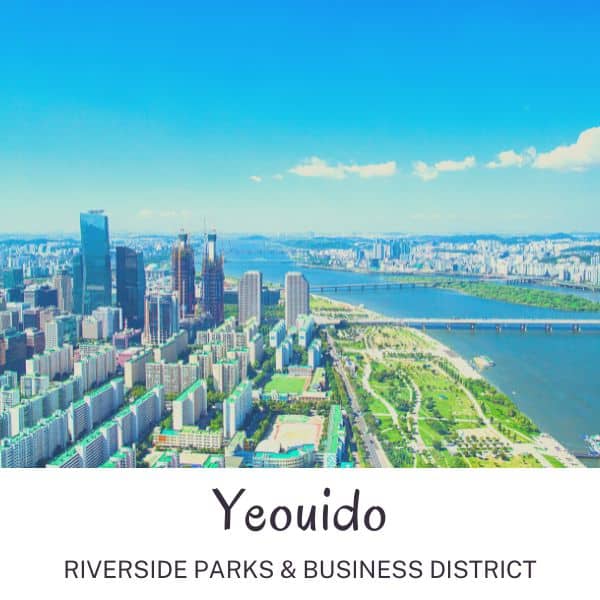
Yeouido is a large island that rests in the Han River, overlooking Hongdae and Yongsan. It has some of the best parks in Seoul and is a popular place for locals to walk along the river on weekends and at night. These parks are home to Seoul’s biggest cherry blossom festivals, as well as summer night markets, fireworks performances, live music, and people enjoying life outside of work. Yeouido is the upmarket financial centre of Seoul, making it an ideal base for business, luxury, and family travellers.
Seoul’s neighbourhoods are informal designations, not necessarily the official district name. For example, Hongdae is a neighbourhood in the Mapo-gu district and Myeongdong a neighbourhood in the Jung-gu district. Whereas Jongno is both the neighbourhood and district name (Jongno-gu).
You might see some areas referred to differently. However, the terms I’ve used in this section are the names most commonly used to describe these areas by tourists and expats. Koreans will certainly know which area of Seoul you’re talking about when you use these names.
Learn more : If you want to know more about Seoul’s best districts and figure out where the best place to stay for your trip to Korea, then check out my detailed guide about where to stay in Seoul . It’s packed with useful info about each neighbourhood, hotel recommendations for different budgets, and tips about booking accommodation in Seoul. Also learn more about the Han River Boat Service launching in 2024 to connect Yeoudio, Jamsil and other riverside destinations.
Hotel Recommendations For Seoul

There are hundreds (maybe thousands) of hotels in Seoul to choose from ranging from multi-person dorm rooms to the height of luxury looking down over Seoul from a 5-star hotel room in the Lotte World Tower . Whatever your budget or requirements, there’ll be somewhere to stay in Seoul for you.
To save you time searching for the best places to stay in Seoul, I’ve created a list of the 9 best luxury, mid-range, and budget hotels in Seoul, as well as 6 long-stay serviced apartments. This list has been created based on customer reviews, location, facilities, amenities, reputation, and quality.
I live outside of Seoul, so often book hotels when I’m visiting Seoul for the weekend . I’ve stayed at quite a few of these, so can personally recommend them based on my own experience. I’ve had both good and bad hotel experiences in Seoul and only want to recommend the best to you.
Recommended Luxury Hotels
Seoul has some incredible luxury hotels to enjoy, each with a true 5-star service, excellent amenities, and delectable restaurants. Many of Seoul’s best luxury hotels are located in Gangnam, Seoul’s wealthiest district, where you can find top restaurants and designer brand shopping.
Recommended Mid-Range Hotels
If you want to experience a luxurious stay in Seoul without breaking the bank, then these mid-range hotels will be perfect for you. These unique, 4-star hotels are reasonably priced and provide stylish, comfortable rooms that you’ll sleep easily in after a busy day exploring Seoul.
Recommended Budget Hotels
Seoul has a wide range of excellent budget hotels with prices that might surprise you for a large city. These are some of my favourite places to stay in Seoul when I visit for the weekend and are popular with travellers due to their convenient location, facilities, and comfortable beds.
Recommended Serviced Apartments
If you plan to stay in Seoul for a month or more, these serviced apartments will provide you all the comforts of home with the benefits of staying at a hotel. These excellent serviced apartments come with cleaning services, health facilities, cooking facilities, and are value for money.
Cost To Travel In South Korea In 2024

This part of the South Korea travel guide will help you understand some of your expected costs to travel to Korea. The costs to travel to Korea include flights, accommodation, food, drinks, transportation, activities, sim cards, visas, souvenirs, travel insurance, and lots more.
The costs you will pay when you travel vary massively depending on what type of traveller you are and what style of travel you can afford. If you want 5-star luxury and fine-dining, your budget will be very different from someone eating ramyeon from 7-11 and staying in a budget guesthouse.
Therefore, I will try to provide expected costs for 3 different types of traveller – budget , mid-range , and luxury . These aren’t exact figures, but should give you a rough idea of how much you’ll spend.
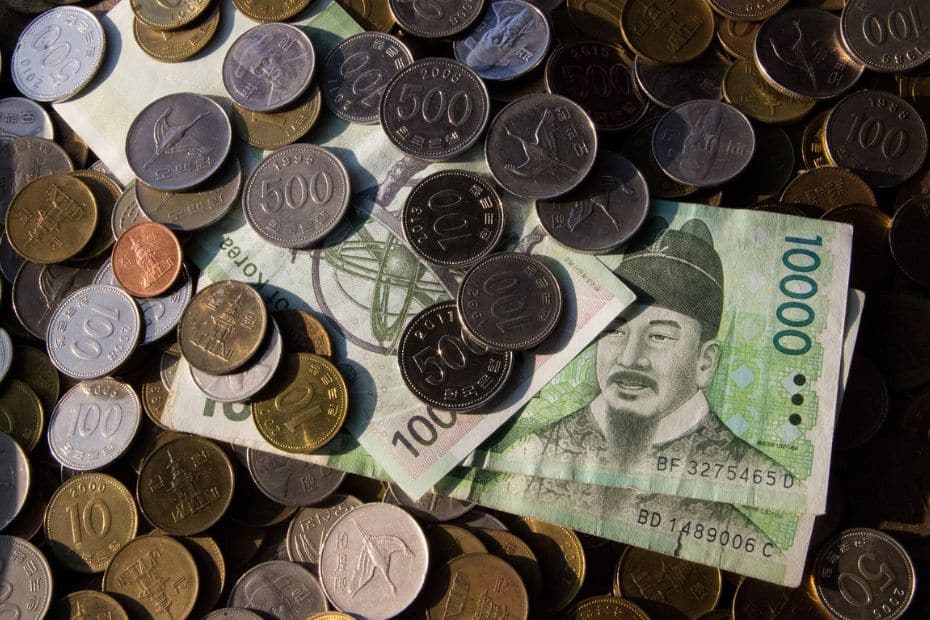
Daily Costs To Travel In Korea
There are costs that you will pay each day when travelling in Korea that can be averaged out to give you a daily cost. Knowing these figures will help you plan your budget for Korea and to see where you can afford to spend more for the one-off costs to travel, which will be covered next.
The daily costs are accommodation, food & drinks, transportation, attractions & tours, and miscellaneous expenses that can pop up unexpectedly. These miscellaneous costs might include getting a street food snack, an unexpected entrance fee, or a few extra drinks in the evening.
Transportation will be covered later in this South Korea travel guide and there are some useful tips to reduce your transportation costs. You will also be able to see some of the best attractions, tours, and activities in Korea and you’ll be able to work out how much you’ll spend on those.
Here are the daily costs per person to travel in Korea:
Please note : These are costs per day, per person . Couples and families sharing a room will have lower costs as double rooms aren’t much more expensive than single rooms. Some days will be cheaper, some much more expensive, especially if you take day trips or visit premium attractions.
There are also one-off costs not included in these daily costs. These can be pre-travel costs, such as flights and a K-ETA or tourist visa (already covered), travel insurance, vaccinations, and such like. Pre-travel costs are different for each traveller and depend on your country of residence.
Other one-off costs during travel in Korea may include day tours, souvenirs, shopping, celebrations, medical costs, and expenses that you don’t normally pay each day. Again, these vary for each traveller and are difficult to calculate as people’s budgets are so different.
Is Korea A Cheap Country To Travel In?
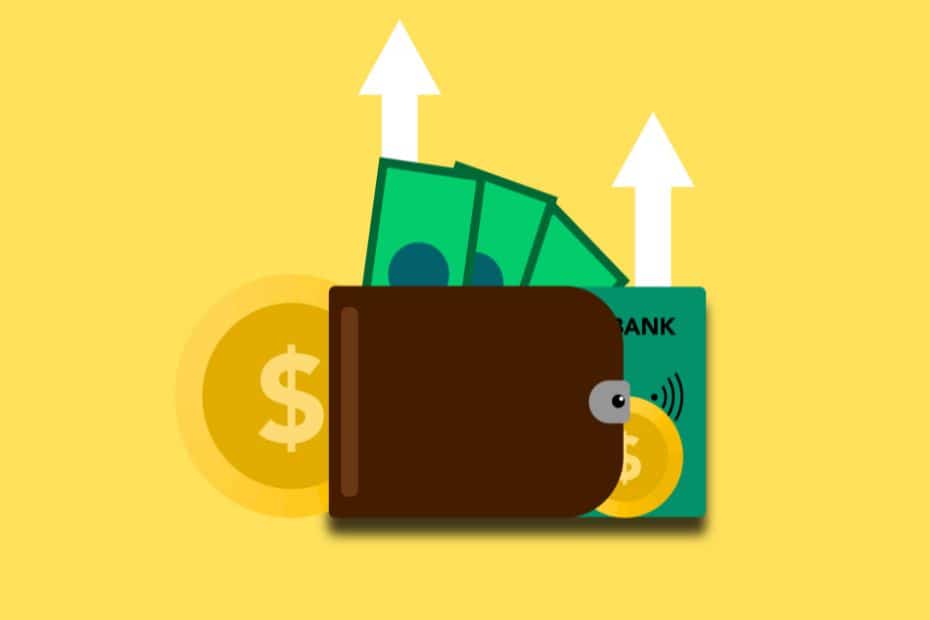
Korea is relatively cheap country to visit, but certainly isn’t always a budget destination. The cost to travel to Korea has risen over the last few years and might be more expensive than you think, even if you’ve previously visited Korea. Flying to Korea is certainly more expensive now.
Food costs rose by 7.5% in 2022 alone and these costs have been passed on to restaurants, which now charge higher prices for meals. Transportation costs rose by about 20% in 2023 for buses and subways, although these are still relatively cheap compared to some countries.
Despite these price increases, travelling in Korea is still cheaper than travelling in most other high-income industrialised countries such as Japan, the USA, and Western Europe. If you’re from countries such as the Philippines, Thailand, Indonesia, or Malaysia, Korea may seem expensive.
City Passes That Save You Money In Seoul
There are a number of city passes that can save you money when visiting Seoul by offering free or discounted entry to some of the best attractions in the city for a single price. The original city pass for Seoul is the Discover Seoul Pass, but now there is also the Go City Pass and Klook Pass Seoul.
Here’s a summary of each of these Seoul city passes:
Discover Seoul Pass : Available in 24 | 48 | 72 hour periods, allows entry to top attractions in Seoul such as Lotte World Adventure, N Seoul Tower, COEX Aquarium, Alive Museum, Zoolung Zoolung, Sealala Sauna, Gyeongbokgung Palace, and more. Prices start at 50,000 KRW .
Go City Seoul Pass : Available as 1 – 5 day passes or a flexible pass for up to 7 attractions. Covers a wider amount of attractions than the DSP, including a DMZ Tour, Nanta Cookin’ Musical, Seoul Land, Seoul Pub Crawl, Seoul Ghost Tour, and more. Prices start at 68,000 KRW .
Klook Pass Seoul : Available for use 2 – 5 attractions, including Everland or Lotte World Adventure theme parks. The Klook Pass Seoul allows free entry to selected attractions within a 30 day period. Attractions include the N Seoul Tower and Lotte World Aquarium. Prices start at 44,000 KRW .
If you’d like to know more about these passes, be sure to check out my article about the Klook Pass Seoul , as well as my suggested Discover Seoul Pass itineraries . I’ll have a review article of the Go City Seoul Pass soon, too.
How To Save Money In Korea
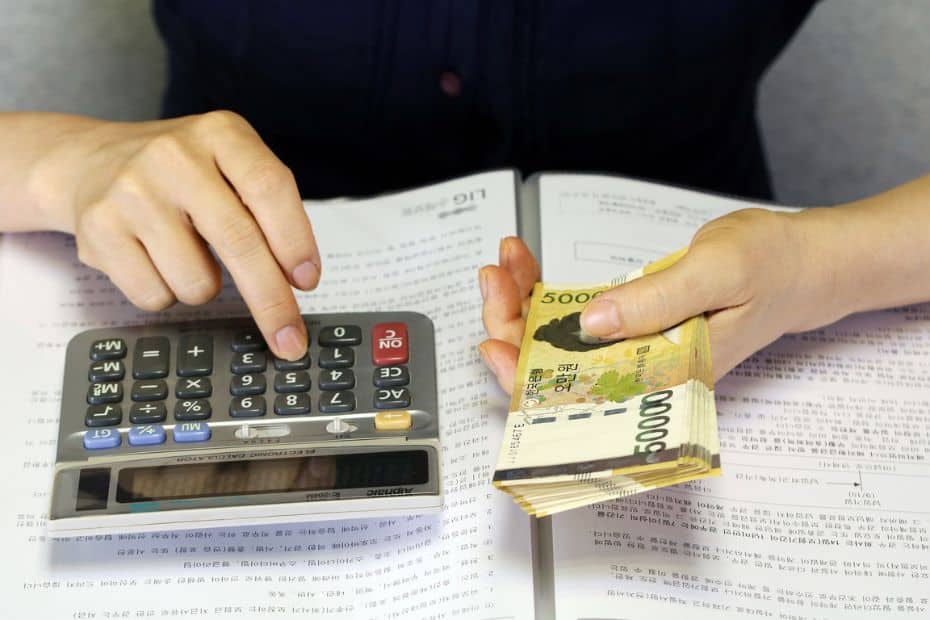
There are always ways to save money and spend less in Korea. Budget options exist for travellers and you can travel in Korea for less than 150,000 KRW per day, even as little as 50,000 KRW per day. Here are some of the ways you can save money in Korea and travel more for less:
Eat like a local : Visit the traditional markets, food stalls, and traditional Korean restaurants. These are much cheaper than eating foreign foods in Korea. University areas are usually cheap, too.
Spend less on coffee : Coffee in Korea can be expensive, but it doesn’t have to be. A latte could cost you 5,000 KRW in a chain store, but there are cheap hole-in-the-wall cafes where it’s half that.
Shop in the markets : From designer goods (possibly fake) to souvenirs, the markets of Seoul and other cities usually have the best prices. Don’t be afraid to haggle.
Use public transport : Korea has a fantastic public transport network both in cities and between cities. Don’t waste money on taxis and private transfers when you can use a bus or subway.
Book everything online : You can find discounted entry and tour tickets online that are much cheaper than the regular price. Use Klook , Get Your Guide , and Viator for the best prices.
Stay in guesthouses and hostels : You can find rooms for as little as 10,000 KRW per night in shared dorms and 20,000 KRW in guesthouses. Book ahead to find the best prices.
Take advantage of free things : There are lots of places you can visit for free in Seoul and free services, such as walking tours in Seoul, 30-minute hanbok rentals, and even free entry to the palaces.
Get your tax back : Korea makes it really easy to recover tax you’ve paid when shopping. Stores in Seoul will process tax returns for you or you can claim a refund at the airport when you leave.
You will see tips and links in this South Korea travel guide that are designed to help you save money when you visit Korea. Booking tours, attractions, and sim cards in advance can save you a lot of money, as can using a T-Money card and Wise travel card. Keep reading for more money-saving tips.
Travel Money And Money Exchanges In Korea
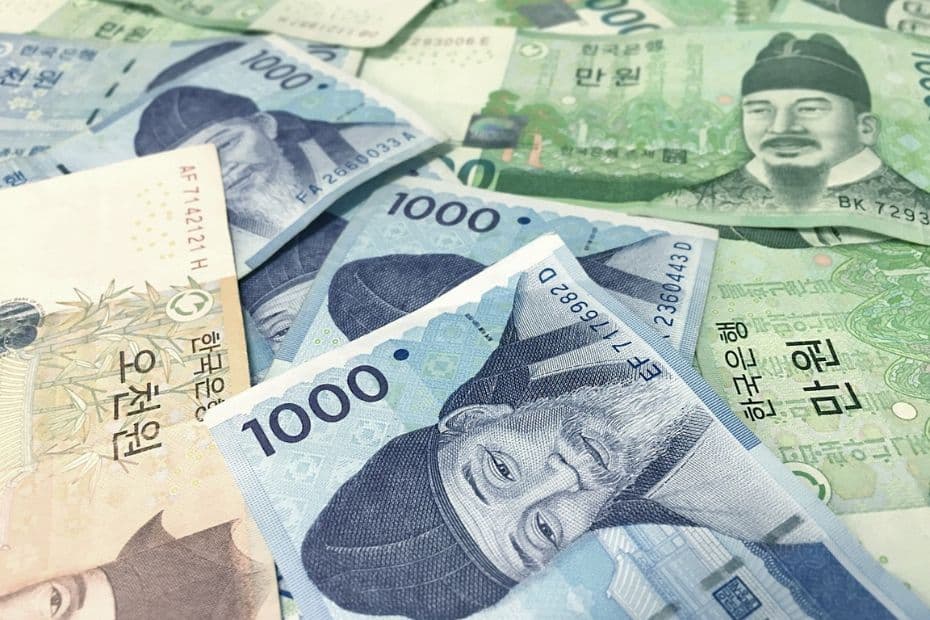
If you follow the tips in this section of this South Korea travel guide, you can certainly save yourself a lot of money and avoid unnecessary fees when spending in Korea. Learn where and how to exchange money, how to avoid ATM and card fees, and how to get tax back before you leave.
Because this section covers a lot of the common questions people ask about travel money in Korea, it will be broken down into a question and answer format. This should make it easier for you to find the information you’re looking for and discover answers you didn’t know you were looking for.
Can You Use A Foreign Card In Korea?
Almost all foreign credit cards with Visa or Mastercard will be accepted in Korea and it is possible to use these cards to pay across the country. American Express is also accepted in popular tourist areas, but not as widely as Visa or Mastercard and may have problems outside of big cities.
Foreign debit cards should work if they use Visa or Mastercard, but there may be restrictions in place with your bank when using them abroad. It is recommended that you call your bank to check before travelling. For both credit and debit cards, check your bank for any fees you’ll pay overseas.
Can You Withdraw Cash From An ATM In Korea?

You can withdraw cash from ATMs in Korea using a debit card, but not all ATMs will accept international cards. Look for a sign saying ‘Global ATM’ or ‘Foreign Currency ATM’ to withdraw cash in Korea with a debit card. You can also withdraw cash using a credit card, but it’s more expensive.
Whether you use a debit or credit card, an ATM is likely to charge a fee to withdraw money using a foreign card. Your bank or credit card company may also charge a fee or give a bad exchange rate. These costs can add up a lot if you withdraw regularly, so try to make fewer withdrawals.
Learn more : Should you use cash or card when you visit Korea? This article about the how to pay in Korea has lots of useful information about payment methods in Korea, including alternatives to the usual mix of cash and a credit card.
How Can You Save Money When Paying By Card In Korea?
Instead of using a foreign debit or credit card in Korea, which might have expensive fees or not work in places, here are two better options. The first is the WOWPASS travel card , which offers tourist-friendly card services in Korea. The other is to apply for a travel card that can be used globally.
Both the WOWPASS and the two other travel cards offer the ability to pay by card in Korea and to withdraw cash in Korean won. They also offer better exchange rates than you’ll find in airport or local money exchanges in Korea. They each have some unique features, which will be illustrated below.
Pay Like A Local With WOWPASS
The WOWPASS is a new way to pay in Korea that combines the essential functions of a T-Money transportation card with the benefits of a local debit card. This is a prepaid card you can top up at more than 90 locations in KRW or your own currency. Just look for the bright orange WOW machines.
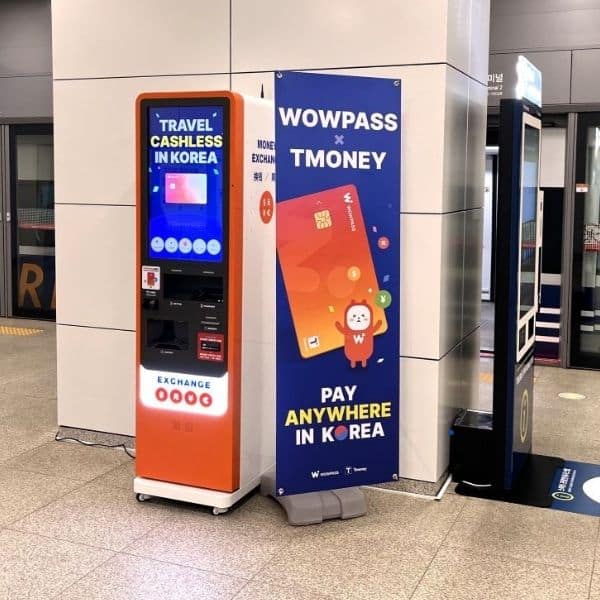
The T-Money function in the WOWPASS means it’s more useful than other travel cards as you don’t need to carry two separate cards when you travel. Please note, you still need to charge the T-Money balance of WOWPASS with cash, just like a regular T-Money card.
The WOWPASS travel card allows you to add up to 1,000,000 KRW to your card and can be used to pay for almost anything in Korea without any fees. The card is issued by a Korean company, so you can use it to withdraw cash at any WOWPASS machine located in Seoul & other cities in Korea.
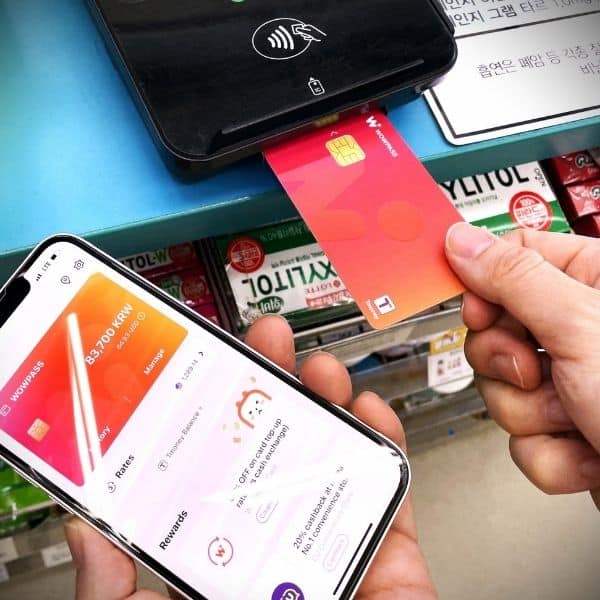
Thanks to the user-friendly WOWPASS app, users can freeze or replace their card, check their spending, add funds, and check exchange rates. Because the WOWPASS isn’t tied to your home bank account, it also reduces the damage by card fraud, in case the worst was to happen.
As well as a regular WOWPASS, you can also reserve the All-In-One Airport Package , which includes the WOWPASS, 10,000 KRW T-Money balance, and a discounted Korean sim card. This is really useful for those who want to get connected and travelling as soon as they arrive in Korea. Get the WOWPASS app for Android or Apple .
Tip : Use the invitation code INMYKOR1 to get cashback on WOWPASS top-ups in foreign currency.
Overseas Travel Cards You Can Use In Korea
Overseas travel cards are another option for spending in Korea and I use them myself to spend money from my UK bank account in Korea, as well as when travelling in other countries. They’re really simple to use and are much cheaper than paying with my foreign card or exchanging money.
Two of the leading travel card companies are Wise and Revolut . I use both of these to pay for things in Korea and have written an article about how to use the Wise card in Korea . You can use them to pay for hotels, food, drinks, transportation, taxis, attractions, and lots more. They’re really useful.
Here’s a summary of the main features of these travel cards:

The Wise travel card allows you to easily transfer and convert money from your home bank account into dozens of other currencies and use this money to pay when you’re travelling. You only need to transfer as much as you plan to spend and can easily transfer back anything you haven’t. The exchange rate will be better than your bank or a money exchange offers, too.
A versatile, easy to use app breaks down what you’ve spent by category so you can track your travel spending. You can withdraw cash from ATMs, pay by QR code, use it for Google Pay, and pay by contactless. Even if you lose your card, you can still spend money. It’s also really safe as you can freeze your card, set spending limits, and limit how much money you transfer.
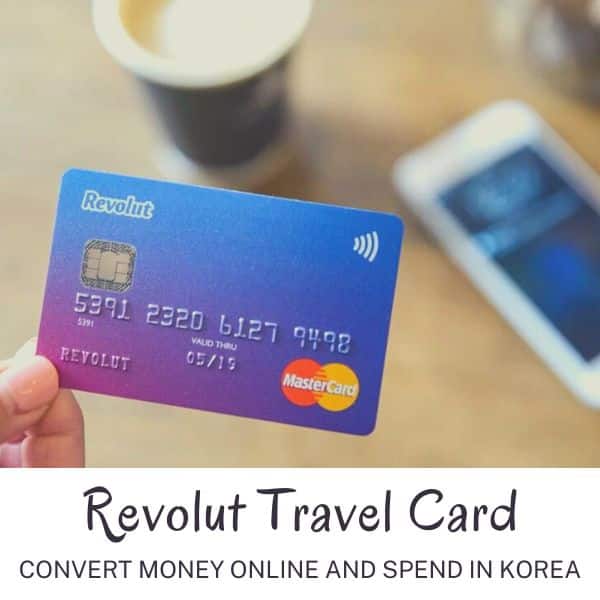
The Revolut travel card can be used in Korea to pay for a wide range of goods and services without expensive fees for spending your home currency overseas. Unlike the Wise travel card, which lets you transfer money into different currencies and then spend in a local currency, such as Korean won, the Revolut travel card lets you pay fee-free with your home currency.
The Revolut travel card comes with an easy to use app that can be used to manage your money both at home and when travelling in Korea. You can check your spending with categories and reports and set budgets for your spending. The Revolut travel card also offers cashback in the US, stock and crypto investments, and the same security features as the Wise travel card.
Can You Use Apple Pay In Korea?
Apple Pay wasn’t previously available in Korea due to a lack of approval by Korea’s financial regulator. However, in February 2023, Apple Pay received approval to begin operating in Korea through the Hyundai Card Co., allowing payments with Apple devices from March 2023 onwards.
The Apple Pay payment system has been available in Korea since March 21st , 2023 and allows Apple Pay members to pay for goods and services at NFC-enabled payment terminals. However, on the launch date of Apple Pay, there were only 70,000 NFC-enabled payment terminals in Korea.
The lack of NFC-enabled payment terminals will be a big issue for Apple Pay users in Korea as there are around 2,900,000 shops in Korea and most won’t accept Apple Pay. Franchises like Starbucks can’t accept Apple Pay and it can’t be used to pay for public transport. You’ll need a T-Money card.
Samsung Pay, which uses MST technology, not NFC, currently dominates the Korean market. NFC-enabled terminals should grow, especially in tourist areas and city-centres from 2023 onwards. This will be good news for Google Pay, which also uses NFC technology and also isn’t in use in Korea yet.
Should You Exchange Money Before Travelling To Korea?
It is not necessary to exchange money into Korean won before travelling to Korea, but it can certainly be useful to have a small amount of money. Exchange rates for Korean won outside Korea may not be as good as within Korea and changing large amounts of cash before you travel isn’t essential.
It might be hard to get Korean won from your local bank or money exchange as it’s not one of the most commonly exchanged currencies. Therefore, you might find exchange rates less favourable and extra fees applied to exchange money. Using travel cards like Wise or Revolut is a better option.
Should You Change Money At Incheon Airport?
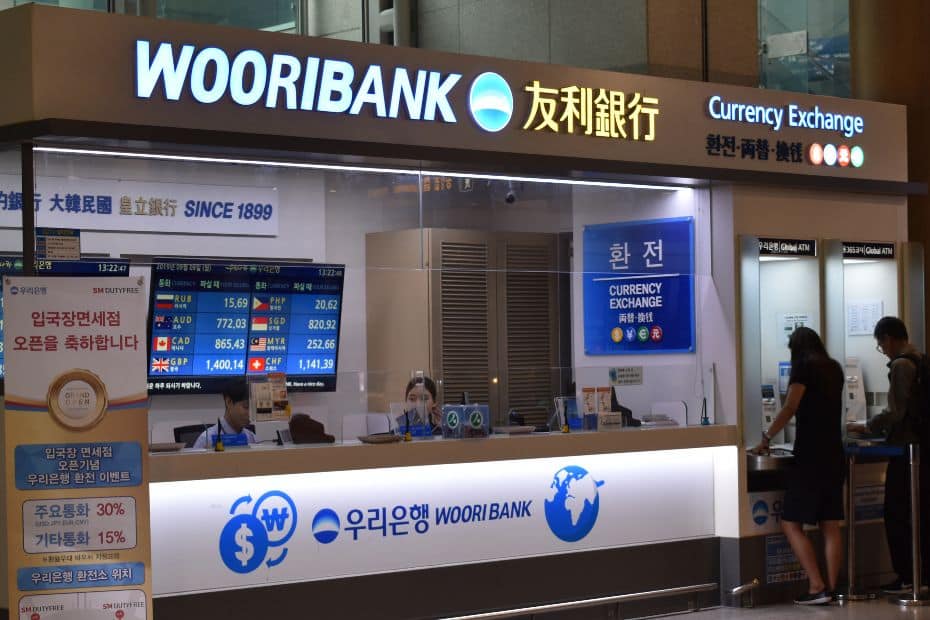
I’ve travelled around the world and always avoid exchanging money at the airport if I can help it. Airports often have the worst rates for money exchange as they know people need to get local cash, there aren’t many other options, and you need at least a bit of money to travel to your hotel.
Incheon Airport is an exception to this rule and I’ve compared travel exchange rates at several times when flying into and out of the airport. The foreign currency exchange rates at Incheon Airport aren’t that bad and are just slightly higher than what you’d find in Seoul. Not the best, but not bad.
There are also Global ATMs at Incheon Airport, so you can withdraw cash here. If you have a Wise or Revolut travel card, you can withdraw up to $200 fee-free from an ATM in Korea. However, Korean banks will charge a withdrawal fee (about 3,000 KRW), which applies to any foreign card used.
Where Can You Exchange Money In Seoul?
Seoul is the first destination for most travellers to Korea and if you want to save money on exchange rate fees, I recommend exchanging money in the capital. There are two main options for exchanging money easily and quickly in Seoul – WOW money exchange machines and money exchanges.
Here’s a summary about the two main ways to exchange money in Seoul:
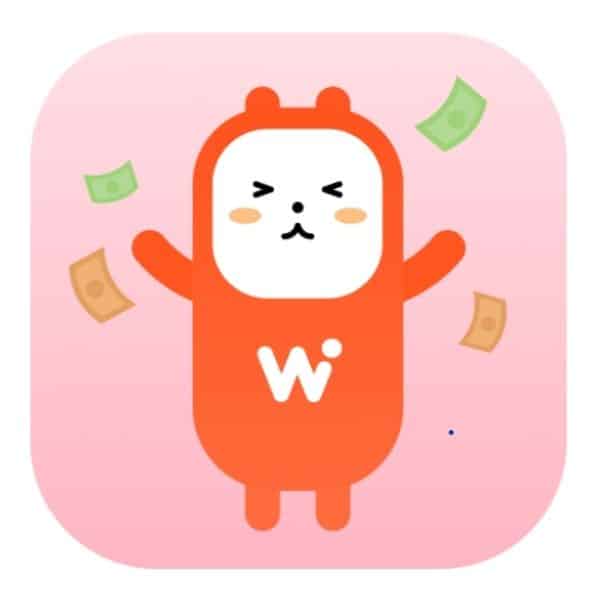
The cheapest and most convenient option for exchanging money in Seoul is through a WOW money exchange machine. This automated machine gives the best exchange rates and can quickly and easily exchange foreign cash for Korean won. It doesn’t accept card payments, only cash. All you need to do is scan your passport and deposit your cash and it will convert it into Korean won immediately. There are dozens of these machines in Seoul, as well as in other cities like Busan and Daejeon.
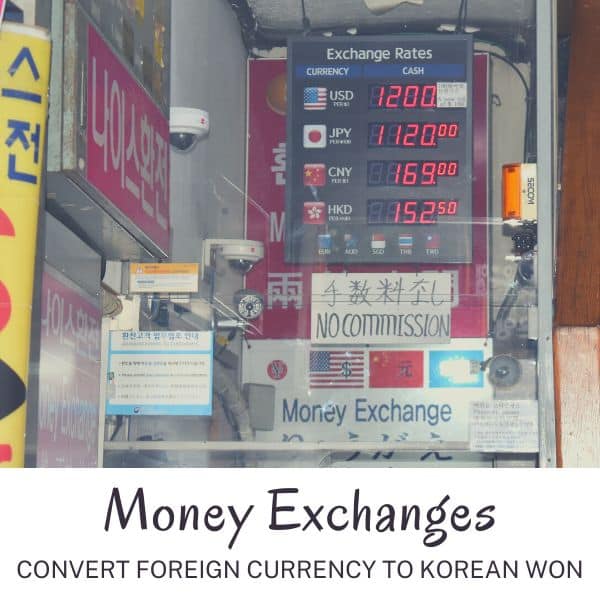
The traditional way to exchange foreign currency in Seoul was through a money exchange. You can find these in Myeongdong, where many tourists stay and visit in Seoul. There are also money exchanges inside banks and in other tourist hotspots. These used to be the best place to exchange money, until the WOW money exchanges were introduced and travel cards like Wise and Revolut made it easier to use a card. If you want to use a money exchange in Seoul, Myeongdong is the best place to do it.
Can You Get Tax Back When Shopping In Korea?
Travellers to Korea can claim tax back on eligible purchases during their trip. This can be done immediately after you purchase an item (if the shop offers the service) or at Incheon Airport or other airports in Korea before you depart.
Instant tax refunds are available at certain locations in Seoul and other big cities. These are usually department stores and large chain stores. You are able to claim tax refunds for goods up to a total value of 2,500,000 KRW (incl. tax). There is a tax refund limit of 500,000 KRW per transaction.
2024 Tax Refund Changes : From 2024, the tax refund limits will be doubled, so you will be able to claim up to 5,000,000 KRW of tax back and claim up to 1,000,000 KRW back per transaction. Source: Korea Herald .
To claim a tax refund you need:
- To show your passport
- To be a tourist in Korea
- To spend between 30,000 to 300,000 KRW in one place
- To be leaving Korea within 3 months
Tax isn’t refundable on all purchases, so be sure to check when shopping. Tax refunds can also be claimed at the airport as long as you have the receipt and the goods you’ve purchased.
Mobile Phones And Internet In Korea
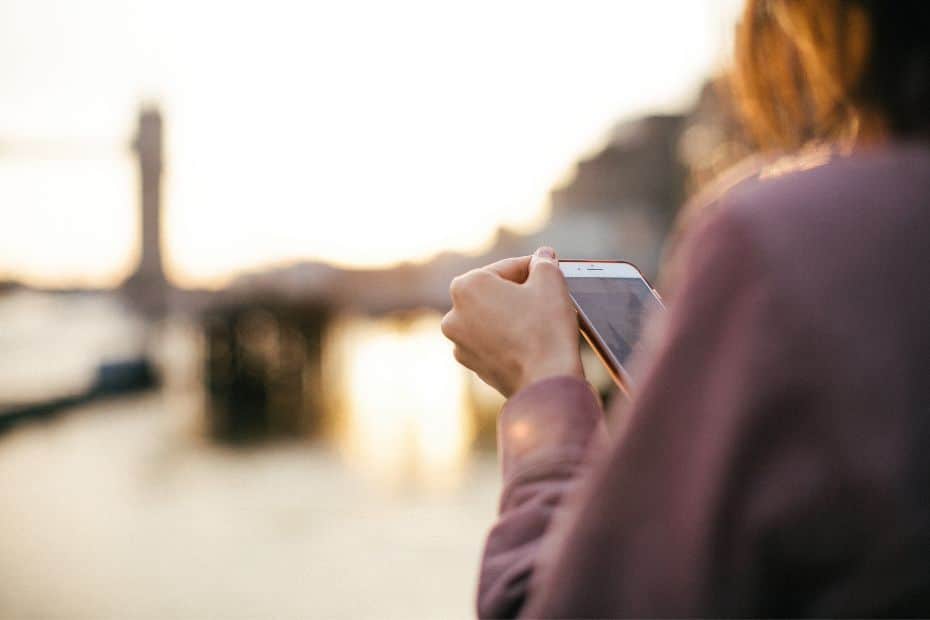
Staying connected to the Internet when visiting Korea is becoming more and more essential these days. Keeping your mobile phone, tablet, or computer connected to the web is useful not only to stay in touch with people back home, but also to help you save money and travel Korea more easily.
There are several options to stay connected in Korea when you travel. The main options for travellers are tourist SIM cards, either physical or eSIMs, portable WiFi routers, and relying on free WiFi provided in public places and hotels. All of these are good options, but there are other considerations, too.
This South Korea travel guide will cover the main differences between Korean SIM cards and portable WiFi routers and which will be most suitable for you. There are also details about why you might want a Korean phone number and which apps to use to help you travel in Korea.
Don’t forget, if you bring your phone or other mobile devices to Korea, you’ll need a travel adapter .
Should You Get A Korean SIM Card Or WiFi Router?
Both a Korean SIM card or portable WiFi router will provide access to Korea’s high-speed mobile networks and keep you connected to the Internet. They provide a secure internet connection, but do so in a different way and with different available features. Find out about the best Korean SIM card for tourists in this SK SIM card review .
Here are the main features of Korean SIM cards and WiFi routers:
Costs : SIM cards and WiFi routers are similarly priced when using them for a two week period, but they are charged in different ways. SIM cards are fixed-price and can be bought for set time periods, whereas WiFi routers are charged daily. WiFi routers are cheaper in the short-term.
Ease of use : If you purchase or pre-order a SIM card or portable WiFi router at Incheon Airport, which I highly recommend, the staff will install or setup everything for you. Once they’re activated, it’s very simple to use either one. Cancelling and returning them at the airport is also easy for both.
Here are the reasons you should get a Korean SIM card or portable WiFi router in Korea:
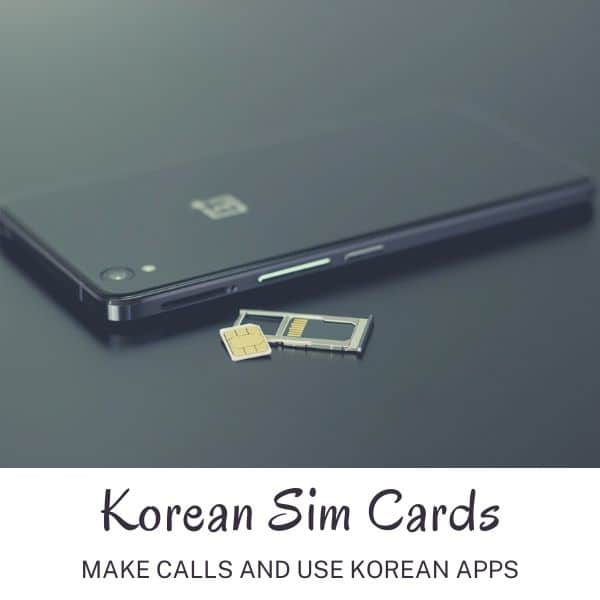
You should get a Korean SIM card when visiting Korea to get a Korean phone number. The benefits of having a Korean phone number are mainly to make calls and use Korean apps. SIM cards are also useful if you want a secure connection everywhere you go and plan to make calls or send texts. When you have a SIM card, you can tether your network connection to connect other devices you own. Korean phone coverage is amazing and you’ll get service everywhere. SIM cards don’t require you to carry any extra devices and are cheaper over the long-run than WiFi routers.
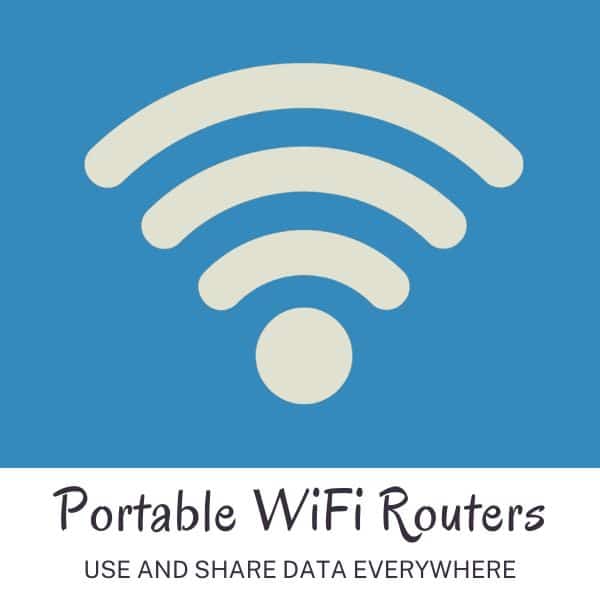
You should get a portable WiFi router if you’re travelling in a group or as a family as you can connect multiple devices to one router. This is much cheaper than getting separate SIM cards for all travellers, but also requires people stay close together. WiFi routers are charged per day and if you need additional days, they’ll be automatically added and charged when you return the router. This means you’ll never have to worry about your service suddenly ending. The main downside to using a WiFi router is the lack of Korean phone number, but that might not be an issue if you don’t need one.
Where Can You Get Korean SIM Cards Or WiFi Routers?

You can get a Korean SIM card or portable WiFi router in several ways. The easiest way, and one that I definitely recommend, is to purchase online through a tour company such as Klook , Viator , or Get Your Guide , and get a SIM card at Incheon Airport or other entry point into Korea when you arrive..
The main reason I recommend this method is that you can guarantee you will get a SIM card or router and it will be waiting for you when you arrive. The collection desks at Incheon Airport are open 24-hours a day and they will help you install everything you need to get started immediately.
You can also get SIM cards and WiFi routers when you arrive at the airport and you should find similar rates. However, you won’t be guaranteed a device and you will need to pay in person. When you book online, you can pay in your home currency and avoid those issues.
I don’t recommend getting a SIM card or WiFi router in Seoul or other cities. It is possible, but you may run into language issues and find less tourist-friendly options. Phone shops outside the airport usually cater to Koreans, not tourists. Airport rentals are the easiest options for visitors to Korea.
What’s The Benefit Of A Korean Phone Number For Tourists?
There are two main benefits of having a Korean phone number for tourists. The first benefit is the ability to call people when you’re in Korea. This can be useful for making reservations, keeping in touch with people, and in case of emergencies.
The second benefit of having a Korean phone number is the ability to use Korean apps . It isn’t mandatory to have a Korean phone number to use Korean apps, but most won’t let you use their services unless you sign up with a phone number. Using Korean apps makes travelling easier.
A phone number is like a form of identity in Korea, which is why you need your passport to register a SIM card. Once you have a phone number, many more services are available, including food delivery, ordering taxis, making reservations (such as for the Busan Sky Capsule ), and online messaging.
What Apps Do I Need For Travelling In Korea?
If you have a Korean phone number, you can use Korean apps. Even without a Korean number, you can still download these apps and use some of their services. Full features typically require a phone number though. There are other, non-Korean apps that will help you when travelling, too.
Here are the most useful apps to use when travelling in Korea:
Papago : This is the essential translation tool for visiting Korea. Papago’s translation services are the best and you can use the app to take pictures and translate Korean signs, menus, and other pictures.
Naver Maps : To find your way around Korea, use Naver Maps or Kakao Maps. Their systems are much more accurate in Korea than Google Maps. Use them to plan travel routes and transport times.
Kakao Taxi : Uber and Grab don’t really exist in Korea, so if you plan to take a taxi, you’ll need to use Kakao Taxi. Simple to use and takes the hassle out of trying to use Korean to give directions.
Kakao Talk : This is Korea’s most popular messaging app and is useful for keeping in touch with Korean friends, contacting businesses in Korea, and even calling abroad.
Seoul Subway : Use this app to travel around Seoul’s underground more easily. Plan your route, see when the next train is due to arrive, check connections, and see how late the trains run.
Korail Talk : This app allows you to book trains on Korea’s high-speed train network and regular train routes. This app has an English setting, so you can check train times and prices easily.
Coupang Eats : This is a food-delivery app that allows you to order almost anything edible and get it sent directly to you. You can even order convenience store goods. Useful for rainy days.
Mango Plate : Find restaurants in Korea with this app and discover the best places to go out and eat. You can also see restaurant details and get directions in Naver Maps and Kakao Maps.
WOWPASS : To use the WOWPASS to pay like a local in Korea and for T-Money functions, you’ll need the WOWPASS app. This will let you check your balances and spending and control your card.
Wise & Revolut : As mentioned in this South Korea travel guide, using a travel card to pay for items in Korea will save you money when you travel. If you use Wise or Revolut, make sure you have the app.
Klook : This company provides some of the best tours in Korea and if you make bookings through their website, you can easily manage them with the Klook app.
Intercity Bus by T-Money : This app is great for booking buses between cities in Korea. There is an English version that allows you to book tickets, check times, and see available seats.
These apps should be available on both Android and Apple. Some of these apps might default to Korean, but you should be able to change them to English in the side menu.
Is There Free WiFi In Korea?
Travellers in Korea have the option to not get a sim card or portable WiFi but still stay connected. This is thanks to the excellent Free Wifi in Korea that is provided in public transport, government buildings, restaurants, cafes, and many other places. This is mostly in the cities, however.
Hotels also provide free WiFi in most cities in Korea. If you plan to rely on free WiFi, I recommend using the hotel’s WiFi to plan routes, check opening times, and research places you want to visit. Take screenshots of these details so you can see them later, even if you don’t have Internet access.
The only warning I would give about relying on free WiFi when travelling in Korea is the increased use of mobile-dependent apps and passes in Korea. Physical tickets and passes are being phased out in favour of digital versions, which often need an active Internet connection to use.
I’ve noticed in recent years that services that impact travellers have moved to digital versions. This includes the T-Money card, Discover Seoul Pass, train and coach tickets, attraction tickets and event tickets. I believe that having a reliable net connection will be a must for most travellers soon.
Using Public Transport In Korea In 2024
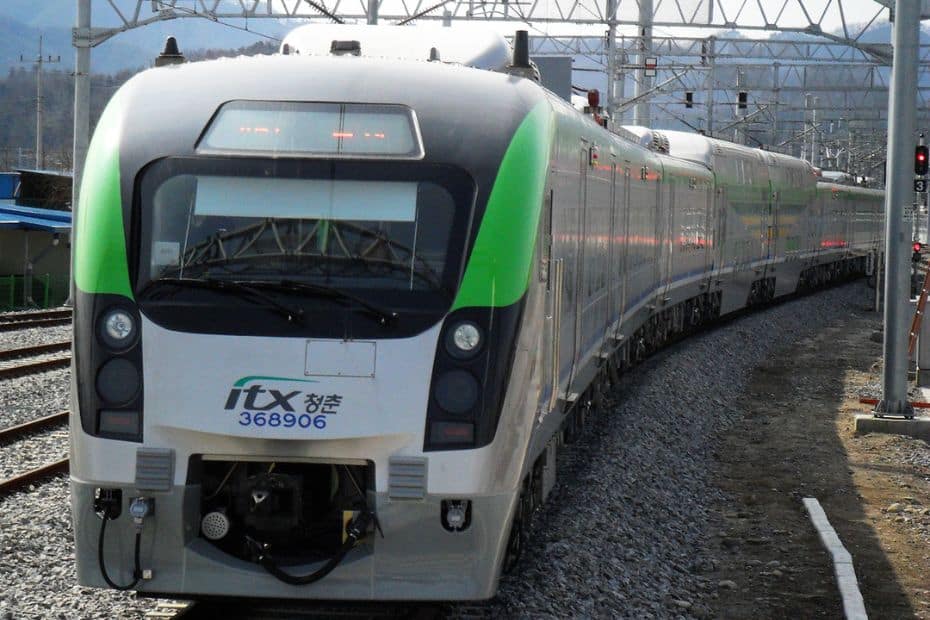
This section of the South Korea travel guide looks at Korea’s public transport system and how to navigate it as a traveller. Korea has arguably one of the best public transport systems in the world. It’s cheap, well-connected, frequent, and runs on time. Other countries could learn a lot from Korea.
The great news for tourists is that Korea’s public transport is very foreigner friendly and information is provided in English in almost all places, as well as Chinese and Japanese in popular areas such as Seoul and Busan. Travelling by public transport in Korea is cheap, easy, and convenient.
How Much Does Public Transport Cost In Korea?
The cost of public transportation in Korea is fixed, no matter what day you purchase tickets on. If you buy one month in advance, or last minute, you will pay the same price for the journey. Journeys within a city are a single price and not dependent on how far you travel, unless you leave the city limits.
All journeys are single fares and you can’t buy return tickets. You will need to buy two singles when you want to travel somewhere and back again. The cost of a single fare depends on how you pay for the ticket – by cash or with a transportation card.
Here are the costs for public transport in Korea by payment method, type and user:
Please note : The cost of subway rides is set to rise to 1,400 / 1,500 KRW in October 2023. These prices will be adjusted when this occurs.
How Do You Pay For Public Transport In Korea?
The cost of public transport in Korea depends on whether you pay with a transportation card, such as T-Money, a Korea Tour Card , or Cashbee, or in cash. This applies to both subways and buses. If you use a transportation card, you should add credit to it, then touch it to the card reader at the subway or bus to pay.
To use cash to buy a subway ticket, you will need to buy a ticket at the station. For buses, you should pay the correct fare to the driver when boarding the bus. However, since 2022, buses across Korea have started to end the use of cash and some will insist on payment by transportation card only.
In the future, bus payments are expected to become simpler with fares deducted via bluetooth-enabled phones that have the relevant app downloaded. This system has already been in place in Gyeonggi Province since March 2022 and is likely to spread to more bus routes in the future.
I highly recommend getting a T-Money card when you travel to Korea. You can use it to pay for public transportation (at a discounted rate), and it will work almost everywhere in Korea. It can also be used to buy goods from shops, cafes, and restaurants. It’s really convenient and a must-have for Korea.
Using T-Money To Pay For Public Transport In Korea
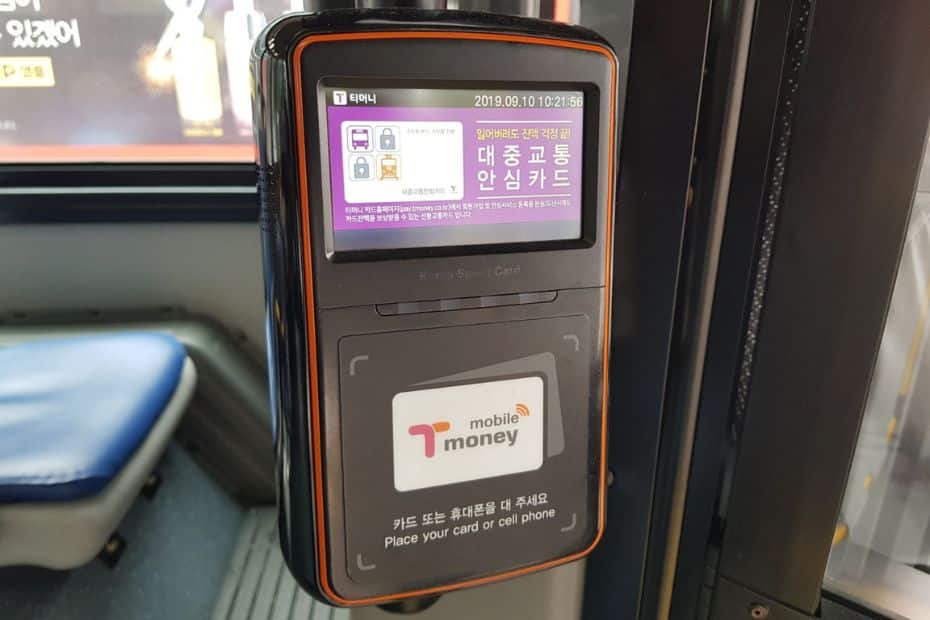
A T-Money card is the essential transportation card for using public transport in Korea. You can purchase one at Incheon Airport, subway and train stations, and convenience stores across Korea. The card can be used in many places. It never expires, so you can use it on different trips, too.
Here is how to use a T-Money card in Korea:
- Purchase a T-Money card (2,500 KRW)
- Add money to the card (cash top-up only)
- Enter the bus or subway station
- Tap the T-Money card against the card reader (see pic above)
- Tap the T-Money card again when you get off (for transfer discount)
- Recharge when necessary
I recommend adding about 10,000 KRW for each day you plan to travel in Korea. That means about 70,000 KRW for a week. You can add more money later if necessary. You can top up at convenience stores and transport stations. There is also an app version of T-Money, but the card version is better.
How Do You Use Trains In Korea?

The train network in Korea is divided into high-speed trains (KTX) and regular trains (ITX and Mugunghwa). The KTX network connects major cities in Korea and is convenient for travelling around Korea quickly and cheaply. The carriages are comfortable and come with modern facilities.
Unlike other forms of public transport in Korea, transportation cards like T-Money aren’t accepted for trains. You will need to buy a train ticket to travel and all tickets are single tickets. The price to buy a ticket doesn’t change and you can refund a ticket up to the last minute for only a small fee.
You can book tickets within 30 days of travel through the official Korail website or app, or at a train station in Korea. Unfortunately, buying a train ticket online in Korea can be difficult as Korean payment systems often reject cards issued outside of Korea. Buying in person is recommended.
How To Book Korean Rail Tickets Outside Of Korea
If you want to book Korean train tickets outside of Korea, you can do it online with Trip.com , which is Korail’s exclusive overseas distributor. The price is slightly higher (about 5%) than the price you’ll pay in Korea, but it will allow you to book tickets online and secure your seat in advance.
If you plan to travel on the main KTX route between Seoul and Busan, I highly recommend booking tickets in advance. There are three types of tickets available – first class, regular, and standing. The journey takes 2:34 and you don’t want to be standing for all that time. Book ahead for comfort.
Is The Korea Rail Pass Worth The Price?
The Korea Rail Pass is a good option for tourists who plan to travel long distances by train in Korea, such as between Seoul and Busan or Seoul and Jeonju. The pass has two main options – flexible and consecutive. These mean you can use it any time (flexible) or within consecutive days.
The flexible pass is more expensive, but offers more freedom to travel around Korea over a longer period. You can use the pass to only cover big journeys and won’t feel pressured to use it again until you’re ready. The extra cost is more than worth the inconvenience of having to rush travel plans.
Will you save money with the Korea Rail Pass? That depends on your travel plans, how often you’ll be travelling by train, and how many people are travelling. If there are 2 people or more, purchase the group saver pass and save 10,000 KRW each on the pass. Group tours make it better value.
The Korea Rail Pass does not allow you to ride on the subway for free, which would make it better value. It can also be complicated to reserve tickets online using the pass and buying tickets in the regular way is more convenient. Overall, the pass isn’t essential, but might save you money.
How Do You Use Taxis In Korea?
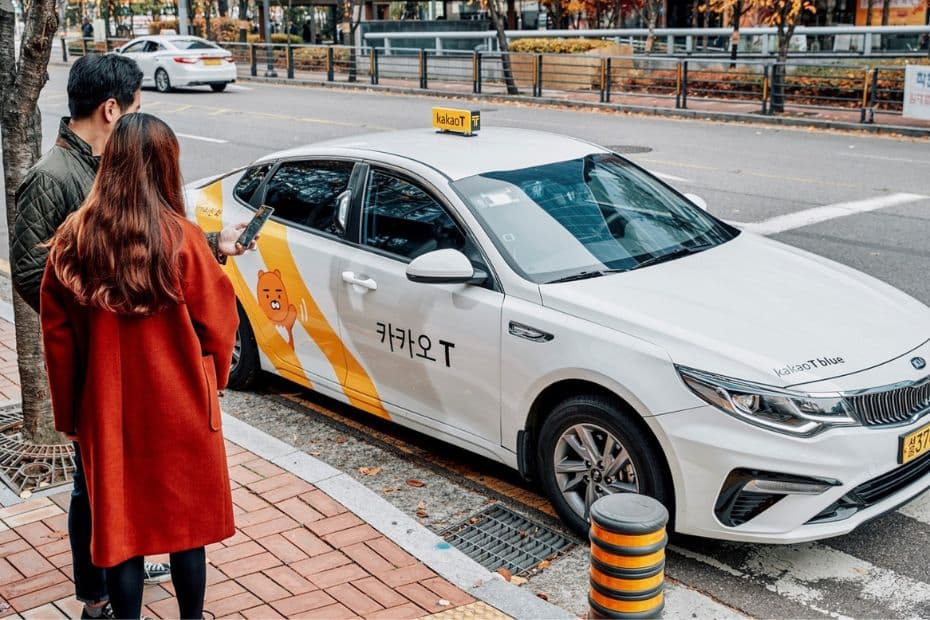
Taxis in Korea can be hailed from the street or called directly to you using apps such as Kakao Taxi . Companies like Uber and Grab don’t have a large presence in Korea and operate the same way as Kakao Taxi, by helping you find an official taxi driver. Private taxi services aren’t common.
The big issue facing the Korean taxi industry in 2024 is the lack of taxi drivers. This can make it hard to get a taxi, even when using an app like Kakao Taxi. Late night taxis are particularly difficult to find. Read this guide about how to use Kakao Taxi to help you learn how to call a taxi in Korea.
Taxi prices in Korea are reasonable, especially compared to countries like Japan and the UK. Although base taxi fares rose in 2023 to 4,800 KRW, the price is still low and relatively affordable to travel by taxi if you need to. It’s a good option if there are no direct public transport routes.
Taking a taxi to and from Incheon Airport is a convenient option if you have a lot of bags or you are travelling in a group. For solo travellers or couples, I would recommend using public transport or a limo bus, as it’s significantly cheaper and won’t take much longer than a taxi.
How Do You Use Intercity Buses In Korea?
Intercity buses in Korea operate in a similar way to trains. You can only book tickets within 30 days of travel and can only buy single tickets. Book tickets online through websites such as T-Money Bus or Bustago , through app versions of these sites, or at the bus terminal you will depart from.
You can’t walk onto intercity buses without a ticket, nor can you use transportation cards like T-Money to pay on entry. You will need to pay for and receive your ticket (physical or digital) before you can enter the bus. Ticket machines usually (but not always) have English options for buying tickets.
There are no return bus tickets in Korea and you can only buy tickets from your point of departure, unless you book online or via an app. If you’re travelling from Seoul to Gangneung, for example, you will need to buy a ticket in Seoul and then a ticket in Gangneung. You can’t buy both in Seoul.
How Can You Hire A Car In Korea?
Renting a car is a great way to see parts of Korea that aren’t covered by the train network and gives you the freedom to explore at your leisure. If you plan to travel to Jeju Island, which doesn’t have any trains, hiring a car will be a lot more convenient and is almost a must if you plan to travel inland.
Car rental in Korea isn’t that expensive and you can rent a modern car for as little as 75,000 KRW per day. I recommend booking car rentals through Klook , they will deal with the Korean car rental companies and reserve a car for you. This is easier than trying to do it in Korean.
To hire a car in Korea, you will need:
- Driver’s license (must have had it for at least 1 or 2 years)
- International Driving Permit (in some cases)
- Credit card (in the name of the main driver)
- Valid photo ID (passport)
- Printed voucher for rental (if booked online)
Here’s some more information about the International Driving Permit and rules you should follow when driving in Korea, such as the legal requirement to wear seatbelts, booster seats for under 6s, and not using your phone while driving. Be sure to read up on local rules before driving in Korea.
Best Places To Visit In Korea In 2024
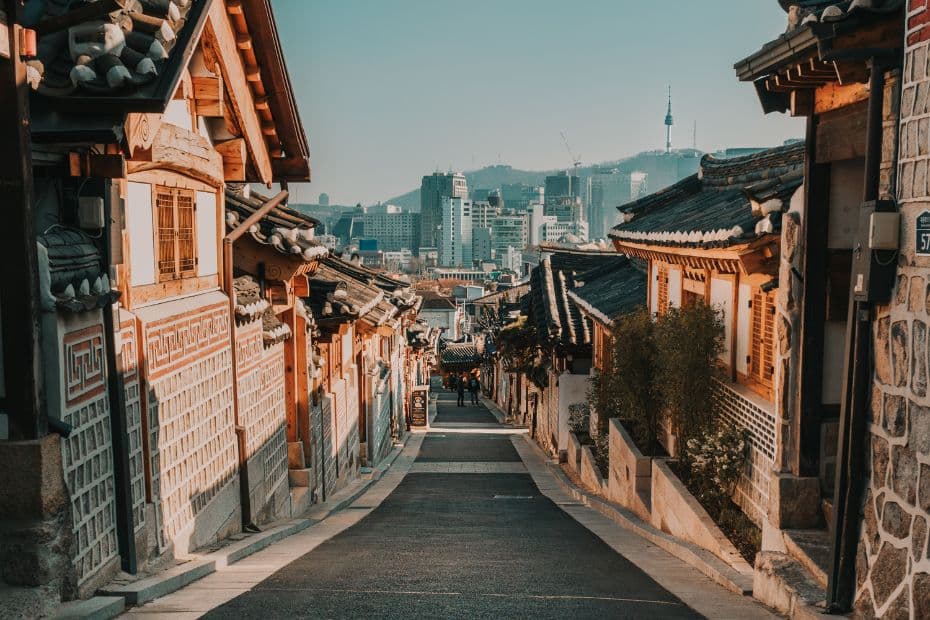
The next few sections of this South Korea travel guide will help you figure out what you want to do and see on your travels. This first section will give you a brief introduction to the best places to visit in Korea, including the major cities, tourist hotspots, and unique areas that you’re sure to love.
Here are the best places to visit in Korea:

Seoul: Korea’s Capital
Seoul is Korea’s vibrant, bustling capital and truly a must-see for any first-time visitor to Korea. There is so much to see and do in Seoul that you could easily spend a week or more exploring the city and not get bored. You will find yourself falling in love with the city for different reasons. Maybe it’s the friendly people, the deliciously cheap street eats, the way things just work, the hidden murals on old buildings down side streets, the feeling of safety even in a big city, or the historic sights creeping out from modern buildings. Seoul includes everything Korea has to offer, plus a lot more you won’t find elsewhere.
What To See In Seoul
Here are 10 great places to visit in Seoul:
- Gyeongbokgung Palace
- Bukchon Hanok Village
- Myeongdong Street Markets
- Lotte World Tower & Seokchon Lake
- Dongdaemun Design Plaza & Markets
- Yeouido Han River Park & Cruise
- Secret Garden (Changdeokgung Palace)
- N Seoul Tower & Namsan Mountain
- COEX Mall & Bongeunsa Temple
- Bukhansan National Park

Busan: Big Coastal City
While Seoul is a showcase of all things Korean, Busan is unashamedly its own city and a celebration of coastal life and local culture. Busan is famous for fresh seafood, traditional markets, great beaches, big festivals, movies, temples, and places to explore the coast. Beaches are popular places to visit in Busan, along with cliff-side walkways with views over the ocean. Central Busan is a lively spot with lots of entertainment and markets to enjoy, including a famous fish market where you can choose your own lunch and then eat it. Busan is spread out and deserves several days to explore it properly.
What To See In Busan
Here are 10 great places to visit in Busan:
- Haeundae Beach & Beach Train
- Jagalchi Fish Market
- Gamcheon Culture Village
- Haedong Yonggungsa Temple
- Songdo Beach & Cable Car
- Huinnyeoul Culture Village
- BIFF Square & Centum City Mall
- Oryukdo Skywalk & Coastal Paths
- Lotte World Busan
- Busan X The Sky Observatory

Jeju Island: Natural Wonder
Jeju Island is a gorgeous island created from a volcano rising out of the ocean 2 million years ago. Today it’s one of the New 7 Natural Wonders of Nature and deservedly so. The lush island is packed with pine trees, tangerines, rolling hills and fields, cacti, and jet black volcanic rock tumbled all around. You can relax on a beach, go horse riding, explore ancient lava tubes, scuba dive, climb to the volcano’s peak, chill in a beach-side cafe, explore traditional markets, learn about local culture, and lots more. The island has two main cities, but the attractions are spread out along the coast.
What to See On Jeju Island
Here are 10 great places to visit on Jeju Island:
- Hallasan Mountain (Volcano)
- Seongsan Ilchulbong Sunrise Peak
- Hyeopjae & Hamdeok Beaches
- Seogwipo Maeil Olle Market
- Jeju Folk Village
- Yakcheonsa Coastal Buddhist Temple
- Jungmun Beach & Jusangjeolli Cliff
- O’Sulloc Green Tea Museum
- Cheonjiyeon & Jeongbang Waterfalls
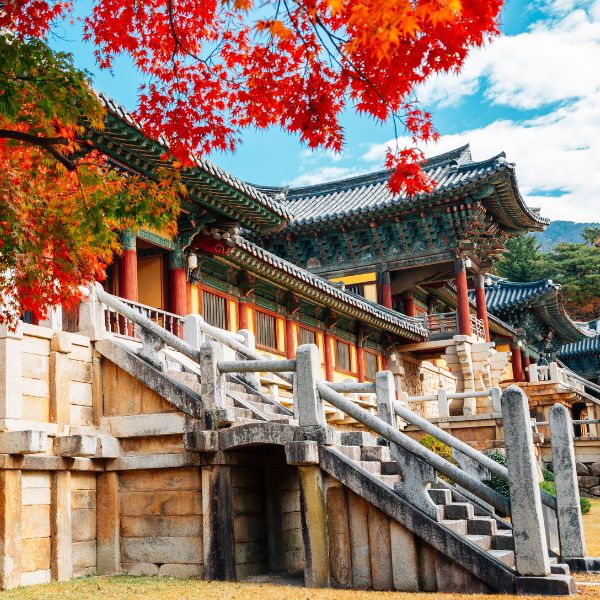
Gyeongju: Historic Capital
Gyeongju , the former capital of the Shilla Kingdom in ancient Korea, is a true treasure trove of UNESCO World Heritage sites, as well as local culture, history, and natural beauty. Described as an outdoor museum, you can see many of the big attractions in the Gyeongju Historic Area, including the 1,400 year Cheomseongdae Observatory . There’s so much to see in Gyeongju outside this area though, including the impressive Bulguksa Temple, one of the best Buddhist temples in Korea. There’s also the Bomun Lake Tourist District, a dreamy sight during cherry blossom season.
What To See In Gyeongju
Here are 10 great places to visit in Gyeongju:
- Bulguksa Temple & Seokguram Shrine
- Cheomseongdae Observatory
- Donggung Palace & Wolji Pond
- Yangdong Folk Village
- Hwangnidangil Hanok Street
- Daereungwon Tomb Complex
- Bomun Lake Tourist Complex
- Woljeonggyo Bridge
- Gyeongju National Museum
- Gyochon Traditional Hanok Village
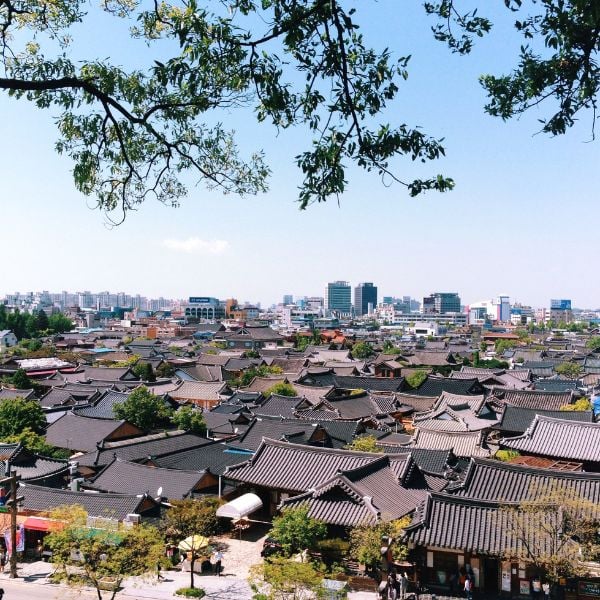
Jeonju: Traditional Views & Food
Jeonju is the perfect destination for a day trip from Seoul and has most of its main attractions in one area of the city. What can you see in Jeonju? The main attraction is the gigantic Jeonju Hanok Village , featuring more than 700 traditional hanok houses. You can dress up in Korean hanbok, dine on Jeonju’s famous bibimbap in an old restaurant, and see how life in Korea used to be. There are plenty of other sights nearby, including a traditional market, pretty river, and the rather unusual Jaman Mural Village.
What To See In Jeonju
Here are 5 great places to visit in Jeonju:
- Jeonju Hanok Village
- Jeongdong Catholic Church
- Gyeonggijeon Shrine
- Nambu Traditional Market
- Jaman Mural Village
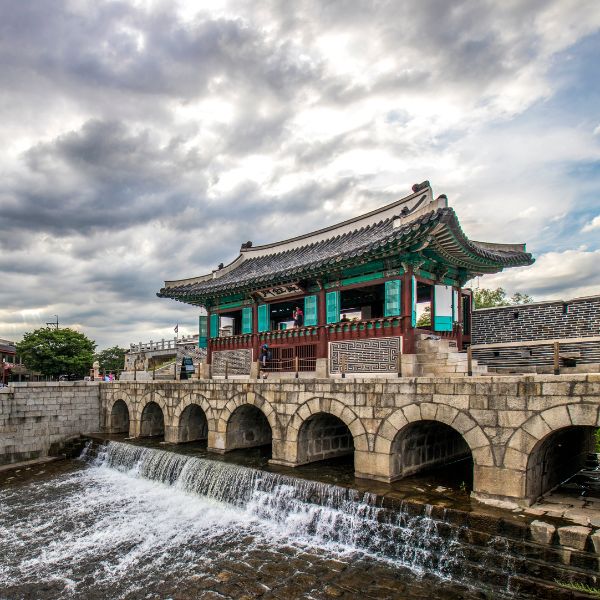
Suwon: Fortress City
Suwon is another city close to Seoul that you can visit in a day and see many interesting and unique sights. The main draw of Suwon is the Hwaseong Fortress and the fortress walls, which are still intact and run for 6km around the city. Inside this fortress you’ll find lots of museums, historic buildings, parks, and activities, such as archery. There are often cultural festivals in this area, too. Surprisingly, Suwon is the best place to get KFC (Korean Fried Chicken). There’s a whole street dedicated to making it.
What to See In Suwon
Here are 5 great places to visit in Suwon:
- Hwaseong Fortress & Fortress Walls
- Hwaseong Haenggung & Haengridan Gil
- Fried Chicken Street
- Korean Folk Village
- Gwanggyo Lake Park
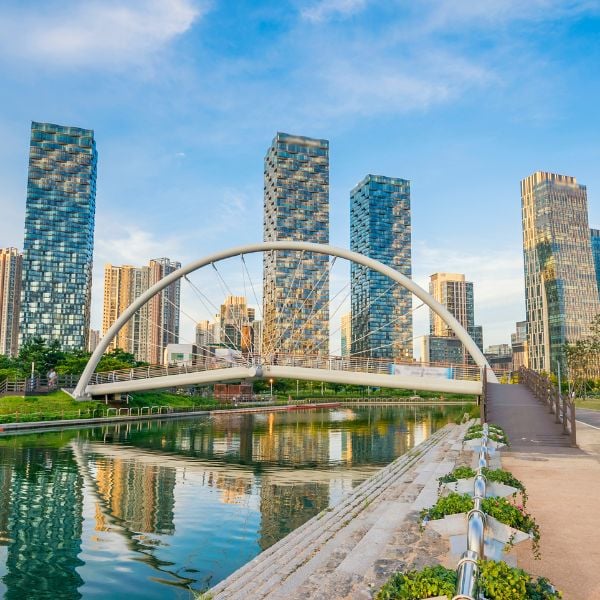
Incheon: Modern City With Islands
Incheon is one of Korea’s largest cities, but is sadly ignored as it’s right next to Seoul and most people think it’s just there for the airport. That’s not true at all and there’s plenty to see and do in Incheon. Described as a futuristic city, Incheon is at the front of Korea’s push to become an ultra-modern country and nowhere shows that more than Songdo Central Park . The traditional side of Incheon is also worth exploring, including the Chinatown, which is home to Korea’s most popular student food – jajangmyeon . If you want to explore a lesser-seen side of Korea, check out the islands near Incheon to see ancient fortresses, temples, and charming sights.
What to See In Incheon
Here are 5 great places to visit in Incheon:
- Songdo Central Park
- Incheon Chinatown
- Wolmido Island
- Incheon Grand Park
- Ganghwa Jeondeungsa Temple
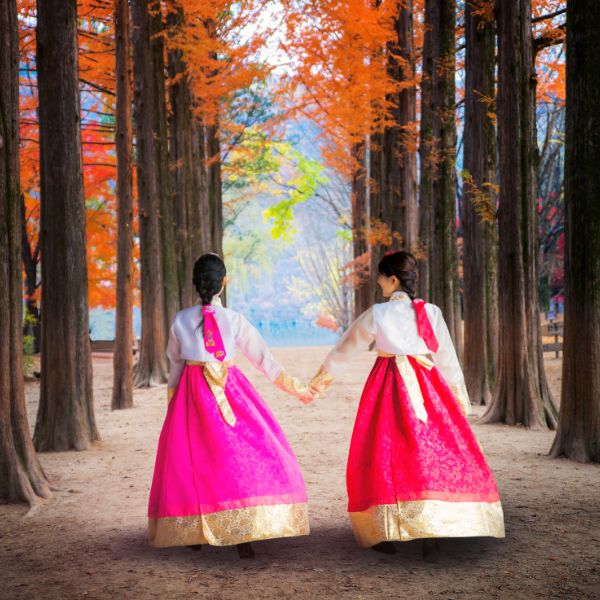
Gapyeong County: Tourists Treats
Gapyeong County is a rural part of Korea just outside Seoul that is one of the most popular day trip destinations for visitors and locals alike. Inside Gapyeong County is the lovely Garden of Morning Calm , a beautiful sculpted garden that showcases traditional Korean buildings set amongst thousands of different plants and trees. There’s also Nami Island , an ever-popular attraction that has long tree-lined streets to explore, woodland animals, bike paths, and even a zip line to the island. You can also visit Petite France, a recreation of a French village, Gapyeong Rail Bike Park, and Cheongpyeong Lake, and many other attractions in Gapyeong.
What To See In Gapyeong
Here are 5 great places to visit in Gapyeong:
- Nami Island
- Garden of Morning Calm
- Petite France
- Gapyeong Rail Bike Park
- Cheongpyeong Lake
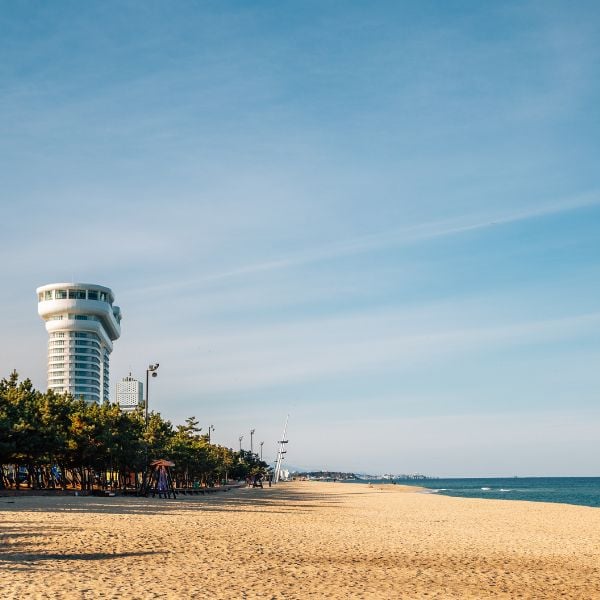
North-East Coast: Amazing Beaches
The north-east coastal region of Korea, spreading between Sokcho and Gangneung , features some of Korea’s most popular summer seaside resorts and beaches. The wide, sandy beaches are perfect for water sports, working on your tan, and sitting at night listening to local musicians perform BTS covers and their own tunes. Sokcho deserves at least two days to explore, more if you plan to visit nearby Seoraksan National Park , one of Korea’s best places to see autumn foliage. Gangneung is where to see cherry blossoms in spring, sit and relax at a seaside cafe at Gangneung Coffee Street , and enjoy beach life.
What To See On The North-East
Here are 5 great places in north-east Korea:
- Sokcho Beach
- Gangneung Beach
- Seoraksan National Park
- Yangyang Surfyy Beach
- Gangneung Coffee Street
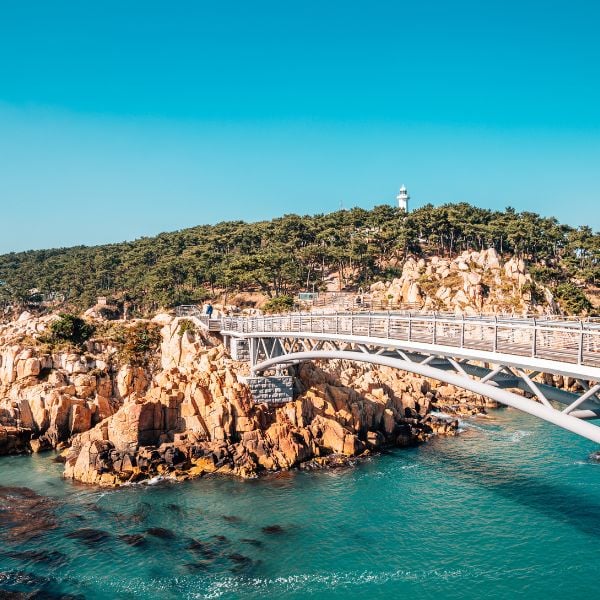
East Coast: Harbour Cities
Ulsan and Pohang are two industrial cities that don’t get enough attention, but are ideal for a weekend visit once you’ve explored other top sights. These coastal cities both have good beaches, coastal walks, and green spots, including a pretty bamboo forest in Ulsan. In Pohang, you can see the dizzying Space Walk , which looks out over the city and ocean. There’s also a former Japanese district with old buildings, and the famous Homigot Sunrise Square where you can watch the first sunrise of the year. Ulsan is famous for whaling and visitors should check out the charming Jangsaengpo Whale Museum and Daewangam Park.
What To See On The East Coast
Here are 5 great places on Korea’s East Coast:
- Yeongildae Beach & Space Walk
- Ilsan Beach & Daewangam Park
- Jangsaengpo Whale Museum
- Homigot Sunrise Square
- Taehwagang National Garden
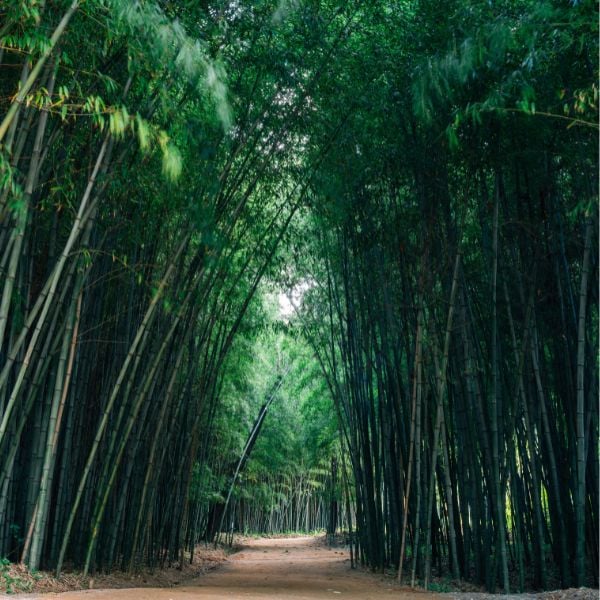
South-West: Iconic Rural Destinations
South-west Korea is a long way from most travellers’ typical route, but this area is worth visiting if you have time. Gwangju , one of Korea’s largest cities, is hidden away down here and surrounded by natural beauty, including the Juknokwon Bamboo Forest , Boseong Green Tea Fields, and Suncheon Bay Nature Reserve. If you plan to hire a car , these spots will show you a completely different side to Korea. Gwangju, too, which is a fun city and the birthplace of Korean democracy. Hidden in the far corner of Korea is Mokpo, a lovely coastal city that has a new cable car carrying you over the ocean.
What to See In The South-West
Here are 5 great places in south-west Korea:
- Damyang Juknokwon Bamboo Forest
- Boseong Green Tea Fields
- Gwangju Culture Park & Penguin Village
- Suncheon Bay Nature Reserve
- Mokpo Marine Cable Car
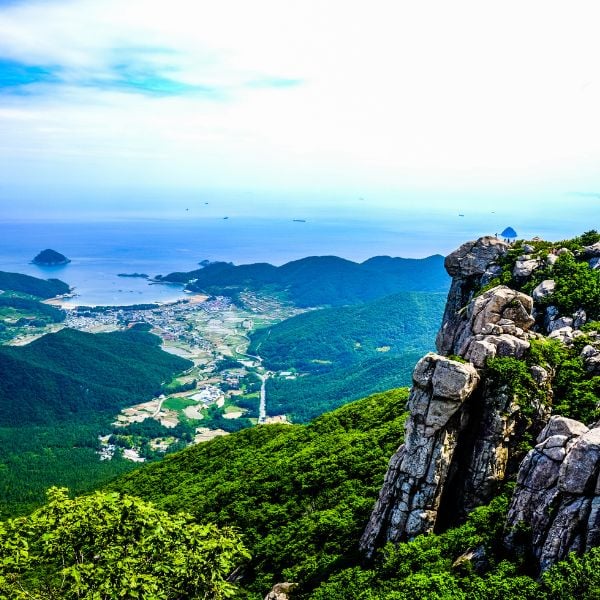
South Coast Islands: Summer Getaways
Best explored during the hot summer months and early autumn, the south coast islands in Korea, which span from Busan to Mokpo, are where Koreans spend their summer holidays. The most popular destinations here are Geoje, Tongyeong, Yeosu, Namhae, and Goheung and each offers winding coastal paths, beaches, natural beauty, and fun summer activities. The best way to see these islands is with a rented car or by bike, riding around the coast visiting a few different beaches and attractions. Don’t expect too many cultural sights, instead you’ll find luges, gardens, water sports, and lots of fun.
What to See On The South Coast
Here are 5 great places on Korea’s South Coast:
- Dolsan Park & Cable Car
- Namhae Geumsan Boriam Hermitage
- Hallyeohaesang National Park
- Oedo-Botania Botanical Garden
- Skyline Luge Tongyeong
As you can see, there are many great places to visit in Korea. Korea is truly a country of undiscovered wonders that people aren’t aware of. Seoul is an incredible place to visit, but there’s so much more to see. That’s why I try to include lesser-known places in this South Korea travel guide.
The list above covers a lot of the most popular or tour-worthy destinations in Korea, but there are still more places I could recommend, such as Andong (home to the mask dance festival), Gunsan (port town with a retro vibe), Daegu (big city with historic sights), Daejeon , and many more.
Besides cities and towns in Korea, there are also 18 national parks to explore, thousands of mountains, Buddhist temples, beaches, bike routes, campsites, and so much more. I’ll include a few of each of these in the next few sections of this South Korea travel guide.
Best Day Tours From Seoul In 2024

Taking a day tour while you’re staying in Seoul is a great way to see more of Korea’s top attractions without the hassle of moving hotels to somewhere new. The 10 day tours from Seoul below can all be done in a day or less and can even be combined with other activities in the same day.
I don’t want to include every day tour available in this South Korea travel guide as there isn’t enough room to talk about them all. If you want to find more day tours, I recommend looking at the options available through tour providers such as Klook , Viator , and Get Your Guide .
Please note : There are many day tours from Seoul and they come with various prices. I recommend avoiding the very cheapest as these will often waste your time by taking you to some overpriced gift shop area and pressuring you to buy souvenirs or rushing you through too many attractions.
Here are 10 great day tours from Seoul:
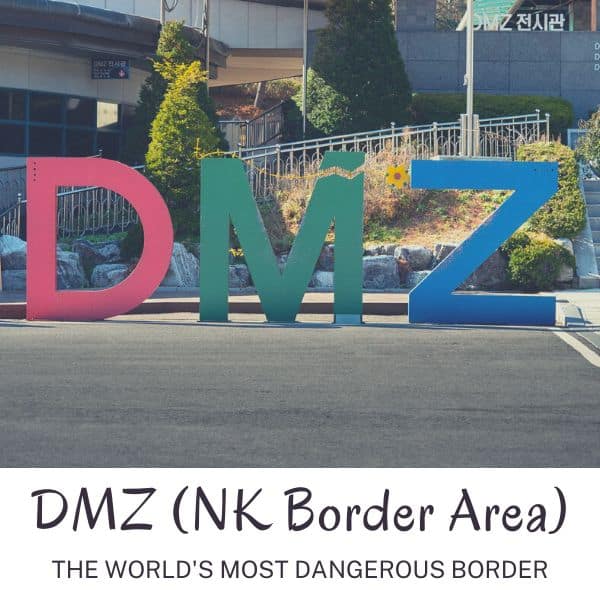

Why Visit The DMZ
The DMZ, the demilitarised zone between North & South Korea is a truly unique place to visit when you’re in Korea. There are several different locations to see in this area, each reflecting the bitter struggle between the two Korea’s in the ongoing Korean War. Some of the highlights are the 3rd Tunnel, Dora Observatory, Dorasan Station, Gamaksan Suspension Bridge, and the Imjingak Park. There’s also the Panmunjom Truce Village where you can walk into North Korea, but this is currently closed. Tours are required to travel to certain parts of the DMZ.
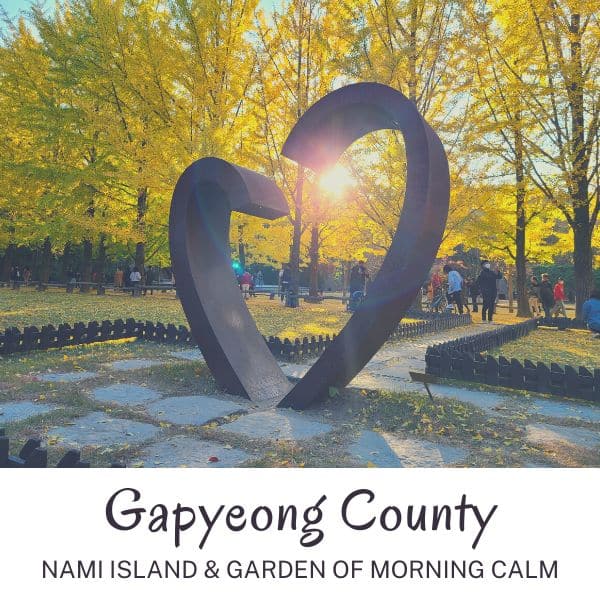
Why Visit Gapyeong County
Gapyeong County is home to Nami Island, the Garden of Morning Calm, Petite France, Gapyeong Rail Bike Park, and several other fun attractions. Nami Island and the Garden of Morning Calm are the most popular and can both be visited in a day. You can witness beautiful scenes at these destinations, especially during cherry blossom season (April) and autumn foliage season (October). Tours from Seoul to Gapyeong County are convenient and can take you to multiple places in one day without the hassle of buses and finding your own way.
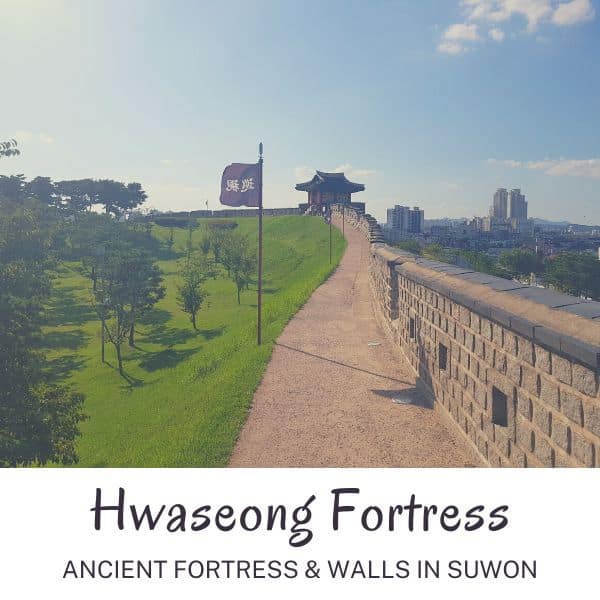
Why Visit Hwaseong Fortress
Hwaseong Fortress and its fortress walls offer a unique chance to see what life was like in Korea 200 years ago. Not only can you walk the full length of the walls around the city, you can also try archery and other traditional activities in the fortress grounds. There are many museums, fortress buildings, and exhibitions showing how people lived in this period. You can also enjoy the beautiful ponds and streams that run through the palace with traditional Korean restaurants and cafes looking out over these areas.
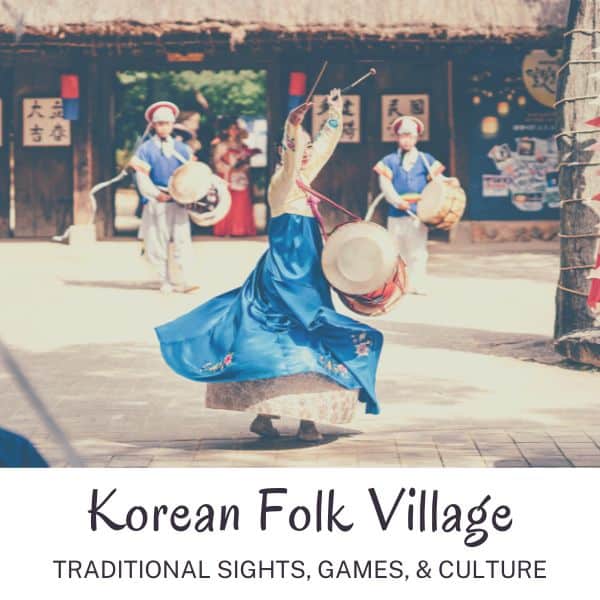
Why Visit Korean Folk Village
Discover traditional Korean life at the Korean Folk Village in Yongin during a day trip from Seoul. Walk through dozens of recreated farm buildings, government offices, academies, shops, smiths, schools, and other traditional buildings from Korea’s past to get a feel for how people lived at this time. Actors dressed in traditional Joseon-era costumes bring the scenes to life. You can try fun activities, such as mask carving, horse riding, and archery. Witness exciting festivals and cultural performances, too.

Why Visit Jeonju Hanok Village
A day trip to the Jeonju Hanok Village in Jeonju is a great way to experience various traditional Korean cultural activities in a beautiful setting. This sprawling hanok village has over 700 traditional buildings for you to explore, dine in, or even stay in. Make sure you rent hanbok in Jeonju so you look like Korean royalty and make memorable photos during your trip. Whilst you’re in Jeonju Hanok Village, you can try local delights such as Jeonju bibimbap and PNB chocopies. Also check out the traditional Nambu Market and Jeongdong Catholic Church.

Why Visit Alpaca World
When you travel to Korea, you may not think about seeing alpacas, which are from an entirely different continent. But Korea’s love of all things cute means that these furry friends have become very popular in Korea and have their own theme park a few hours from Seoul. There are dozens of cuddly alpacas to see, feed, and play with at Alpaca World , as well as hundreds of other cute critters such as ponies, rabbits, deer, goats, fennec foxes, and more. There are 17 separate areas to explore in Alpaca World and it’ll provide hours of fun for the whole family.
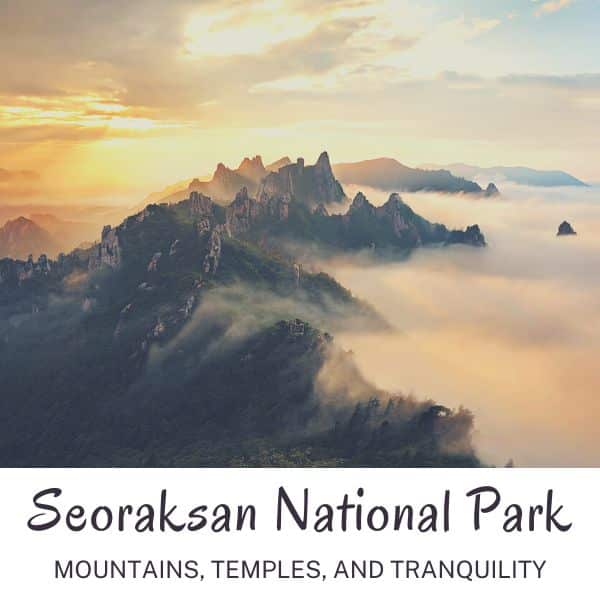
Why Visit Seoraksan
Seoraksan National Park on Korea’s east coast is a great day trip from Seoul for those who want to see mountain peaks, leafy valleys, stony rivers, and a gigantic Buddha. Even if you’re not a keen hiker, you can explore lots of the park’s valley pathways easily, or reach the top thanks to the convenient cable car. See the sights from the observatory and check out the small temple in the clouds. Make sure you try haemul pajeon (seafood pancake) and makgeolli (rice wine). It’s the traditional meal Koreans enjoy after hiking.
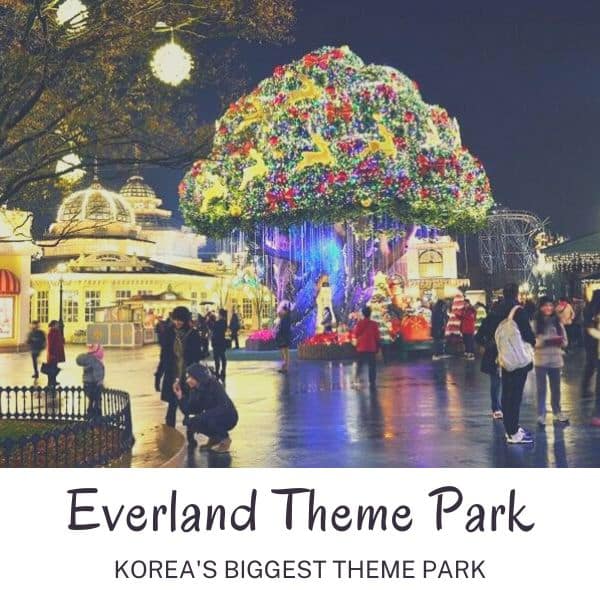
Why Visit Everland
Everland is Korea’s biggest theme park and is packed with attractions for everyone to enjoy. Thrill seekers will love the rollercoasters, such as T Express (the world’s 4th steepest rollercoaster) and many more exciting rides. Check out the Zootopia section to see wild animals and wild rides, or the Plantopia section for floral beauty, romantic walkways, and seasonal delights. There are plenty of attractions, cultural performances, entertainments, and seasonal events to keep you amused all day long.
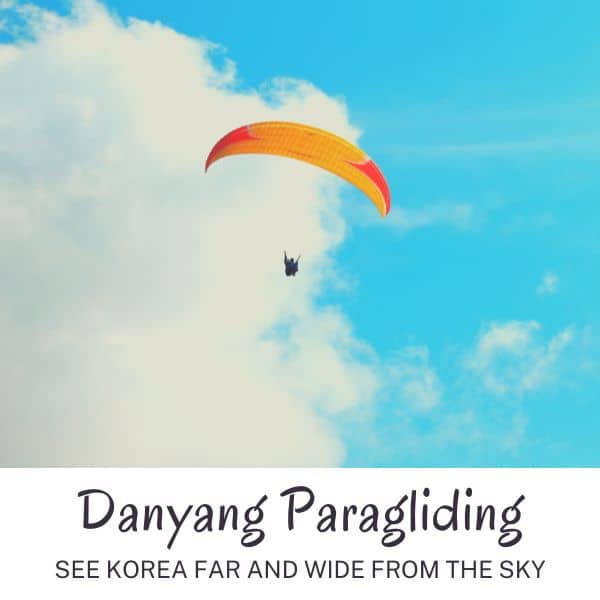
Why Visit Danyang
A great way to see Korea’s countryside is with a day trip to Danyang to enjoy the rush of sailing over valleys and beside mountains while tandem paragliding. Feel the wind in your face and the sensation of riding the air currents as you pass over the many delightful views of Danyang. You can enjoy other activities in this area, such as the Mancheonha Skywalk , a clifftop lookout with incredible views, riding an alpine coaster, and zooming along a zip line. The perfect day tour from Seoul for thrill seekers.
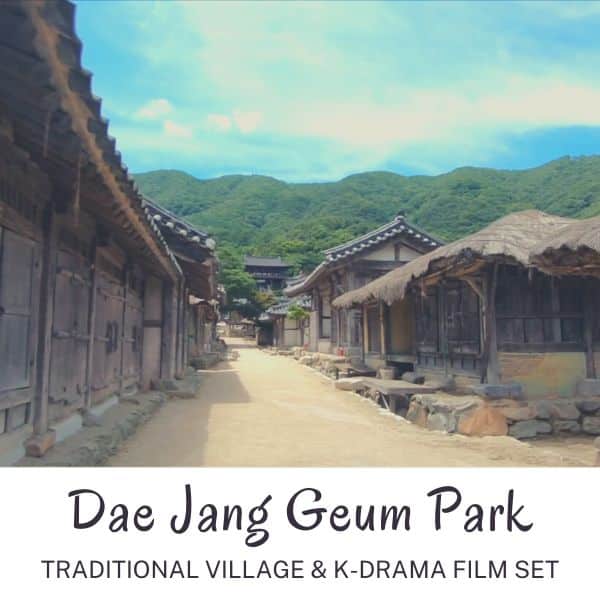
Why Visit Dae Jang Geum Park
Fans of Korean period dramas and movies will love a day trip to Dae Jang Geum Park in Yongin. This is the largest historical drama filming set in Korea and was used to film MBC productions such as ‘Wind in the Palace’ and ‘The Great Queen Seondeok’, as well as K-Pop videos including Daechwita by Suga from BTS. If you’re lucky, you may see filming going on here. But even if you don’t, it’s a fun place for those who want to learn more about Korea’s history and take some cool pictures in a real movie set.
I’ve linked to tours provided by reliable tour companies in Korea. If you would rather book a tour through a local guide, contact Jerry Heng or Andrew Chung Hanbyul . They’re freelance guides with years of experience offering tours in Korea and both offer amazing service.
These places are accessible by public transport, but may take much longer than a tour would do, wasting your precious time. Check out my guide for getting to Nami Island to help you navigate Gapyeong County. For other destinations, I would recommend a tour – it’s more practical.
Best Sights To See In Korea In 2024
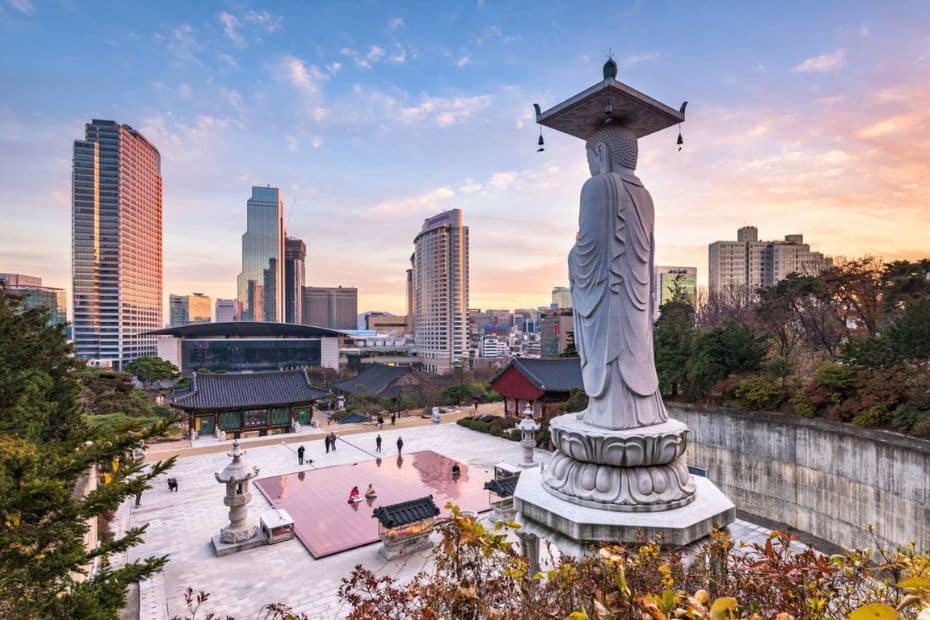
South Korea truly has something for everyone. There’s so much I want to include in this South Korea travel guide, which is why this section is full of different sights to see and explore. However, to keep things short and simple, I’ll just list them, not give full details about each one.
Whether you’re travelling to Korea to learn about Korean culture or history, to see Korea’s impressive landmarks, to enjoy family fun attractions, to hop from cafe to cafe, to immerse yourself in nature, or simply to eat and shop, then you’ll definitely find something for you in this section.
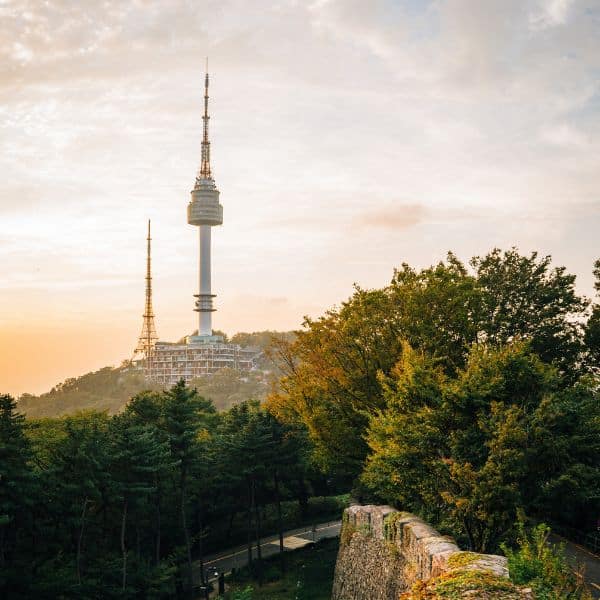
Famous Landmarks In Korea
Landmarks and iconic buildings are often top of a traveller’s bucket list for Korea as they provide great photo opportunities, showcase the best of the country, and offer fantastic views. Seoul has many top landmarks, but you can see plenty of other sights outside of the capital, too.
Here are 10 famous landmarks in Korea:
- Lotte World Tower (Seoul)
- N Seoul Tower (Seoul)
- Dongdaemun Design Plaza (Seoul)
- Cheonggyecheon Stream (Seoul)
- DMZ Area (near Seoul)
- Nami Island (Gapyeong County)
- Gamcheon Culture Village (Busan)
- Seongsan Ilchulbong (Jeju)
- Homigot Sunrise Square (Pohang)
- Banwol Purple Island (West Coast)
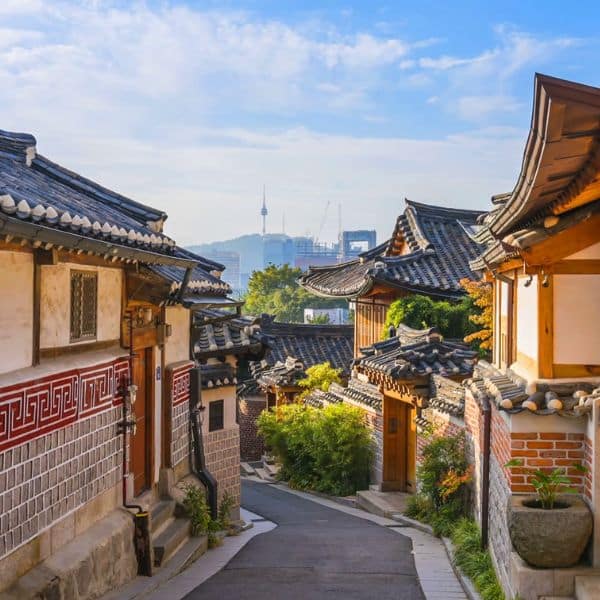
Historic Sights In Korea
Discover life in the Joseon period and before in Korea’s many captivating historic sights, including royal palaces, Buddhist temples, fortresses, and hanok villages. There are so many amazing historic sights to see in Korea, with each city having something to see.
Here are 10 historic sights in Korea:
- Bukchon Hanok Village (Seoul)
- Gyeongbokgung Palace (Seoul)
- The Secret Garden (Seoul)
- Seoul Fortress Walls (Seoul)
- Hwaseong Fortress (Suwon)
- Bulguksa Temple (Gyeongju)
- Gyeongju Historic Area (Gyeongju)
- Jeonju Hanok Village (Jeonju)
- Haedong Yonggungsa Temple (Busan)
- Andong Hahoe Village (Andong)
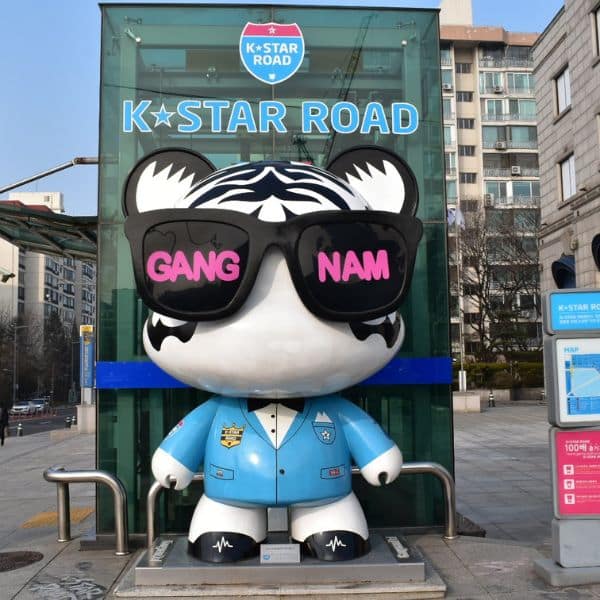
Korean Modern Cultural Sights
Fans of BTS, K-Dramas, Korean movies, and modern Korean culture in general have a lot to see and do in Korea. As well as famous filming locations across the country, these modern cultural sights will entertain, inform, and provide great destinations to visit.
Here are 10 modern cultural sights in Korea:
- Hallyu K Star Road (Seoul)
- K-Style Hub (Seoul)
- Hongik Uni. Station Area (Seoul)
- COEX Artium (Seoul)
- Asia Culture Centre (Gwangju)
- BIFF Square (Busan)
- Dae Jang Geum Park (Yongin)
- Sunshine Studio (Nonsan)
- Kim Gwang-Seok Street (Daegu)
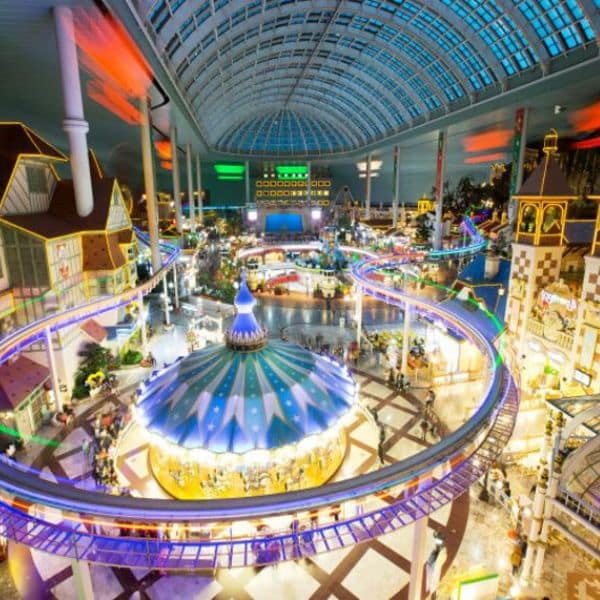
Family Fun Attractions In Korea
Families travelling to Korea have plenty of things to see and do and ways to enjoy spending time together. There’s no Disneyworld or Universal Studios in Korea, but there are plenty of great alternatives, as well as places for children to explore, learn, and discover.
Here are 10 family fun attractions in Korea:
- Lotte World Adventure (Seoul)
- Everland Theme Park (Yongin)
- Seoul Grand Park & Zoo (Seoul)
- Alive Museum & Dynamic Maze (Seoul)
- Seoul Children’s Museum (Seoul)
- Zoolung Zoolung (Seoul)
- Sea Life Busan Aquarium (Busan)
- Jeju Dinosaur Island (Jeju Island)
- Alpaca World (Gangwon Province)
- Skyline Luge & Lotte World (Busan)

Korean Museums & Galleries
Travellers to Korea who want to learn about Korea’s history, culture, and art will love Korea’s impressive museums and galleries. These are great places to visit when the weather is bad and you might be surprised at how much there is to learn about Korea’s past.
Here are 10 museums & galleries in Korea:
- National Museum of Korea (Seoul)
- War Memorial of Korea (Seoul)
- Seoul Museum of Art (Seoul)
- Seoul Museum of History (Seoul)
- Seodaemun Prison Museum (Seoul)
- Museum Kimchikan (Seoul)
- National Folk Museum of Korea (Seoul)
- Gyeongju National Museum (Gyeongju)
- National Maritime Museum (Busan)
- Daegu Art Museum (Daegu)
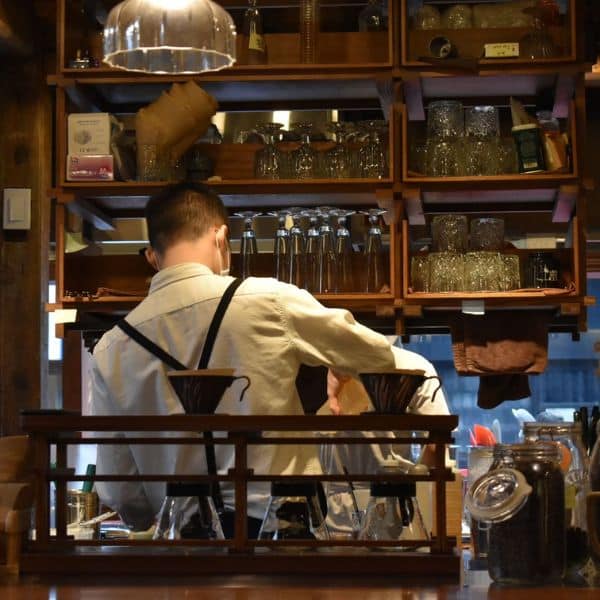
Cafe Areas In Korea
When you need a break from travelling in Korea, visit one of these cosy cafe areas and take time to relax and recharge. Although Korea was traditionally a tea drinking country, cafes are now everywhere and you’ll find photogenic cafes everywhere these days.
Here are 10 cafe areas to visit in Korea:
- Ikseondong Hanok Village (Seoul)
- Gyeongui Line Parks (Seoul)
- Samcheondong Cafe Street (Seoul)
- Sinsa-dong / Garosugil Road (Seoul)
- Jukjeon Cafe Street (Seoul)
- Jeonpo Cafe Street (Busan)
- Haeridangil (Busan)
- Hwangnidangil (Gyeongju)
- Hwaseong Haenggung Area (Suwon)
- Gangneung Coffee Street (Gangneung)
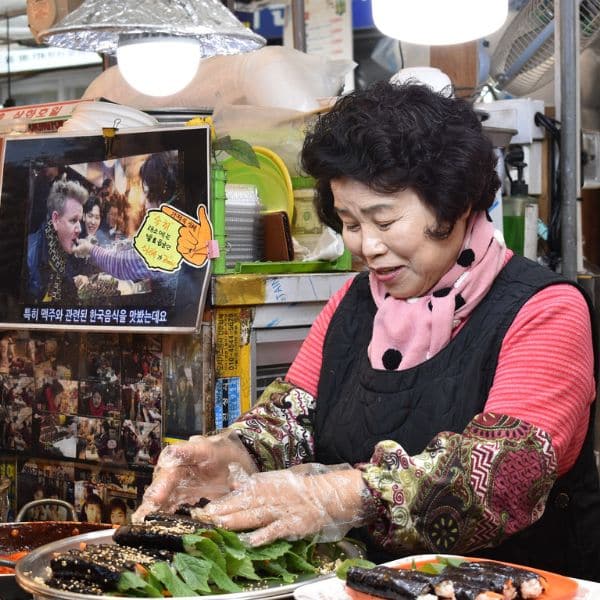
Korean Markets & Malls
If you want the best selection of street food, souvenirs, and bargain shopping options, be sure to visit Korea’s many traditional markets. It’s a cultural experience itself. Korea also has some of the world’s largest malls with a wide variety of Korean and international goods.
Here are 10 markets & malls in Korea:
- Gwangjang Market (Seoul)
- Dongaemun Market (Seoul)
- Hongdae Shopping Street (Seoul)
- Starfield COEX Mall (Seoul)
- Jagalchi Fish Market (Busan)
- Seomyeon Underground Mall (Busan)
- Centum City Mall (Busan)
- Seogwipo Maeil Olle Market (Jeju)
- Nambu Market (Jeonju)
- Paju Premium Outlets (Paju)

Korean Natural Wonders
Korea is a country covered in mountains, waterfalls, valleys, rice terraces, and beautiful natural sights. Make time to visit some of these natural wonders when you visit Korea and you’ll be amazed at the incredible views you can find. The national parks are truly breathtaking.
Here are 10 natural wonders to see in Korea:
- Hallasan Mountain (Jeju)
- Jirisan National Park (Southern Korea)
- Seoraksan National Park (Gyeonggi)
- Garden of Morning Calm (Gapyeong)
- Juknokwon Bamboo Forest (Damyang)
- Boseong Green Tea Fields (Boseong)
- Udo Island (Jeju Island)
- Seongsan Ilchulbong Sunrise Peak (Jeju)
- Hyeopjae Beach (Jeju)
- Suncheon Bay National Park (Suncheon)
These 100 ideas are just the tip of the iceberg for what you can enjoy when travelling to Korea. There’s so much more to discover and I recommend you add some time to your travel plans to explore without a plan. Sometimes the best travel memories come from unexpected discoveries.
Best Activities To Try In Korea In 2024
Often the most memorable moments when travelling come from the experiences we have, not just the places we visit. Visiting a palace is interesting, but visiting a palace while dressed in traditional Korean hanbok , pretending you’re Joseon-era royalty with your friends or family is much more fun.
This section of the South Korea travel guide offers 10 fun activities you can try when you visit Korea. These will give you a good introduction to Korean culture, food, history, and nature. If you want more ideas, check out my list of 50 unique Korean experiences you can only do in Korea.
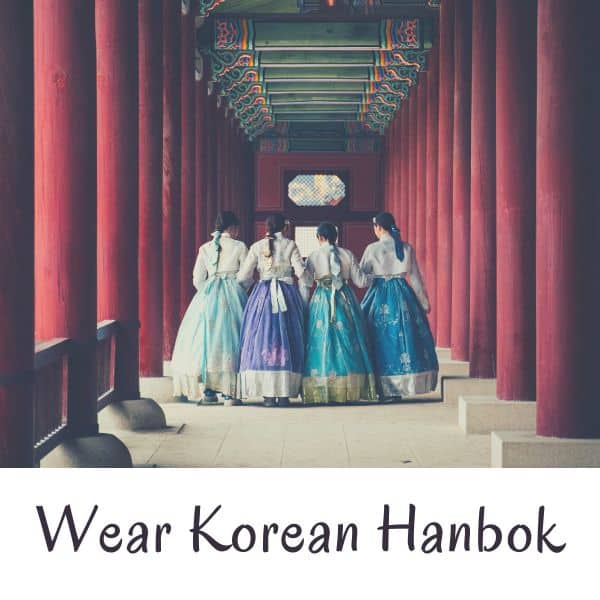
One of the top experiences to try in Korea has to be wearing Korean hanbok. It is available for all members of the family (even pets) and you can rent hanbok near most palaces or hanok villages. The hanbok easily fit over your regular clothes and come in a variety of colourful or traditional designs. You can get hair styling, accessories, and even have a hanbok photoshoot . Rentals can be as short as one hour or up to a full day.
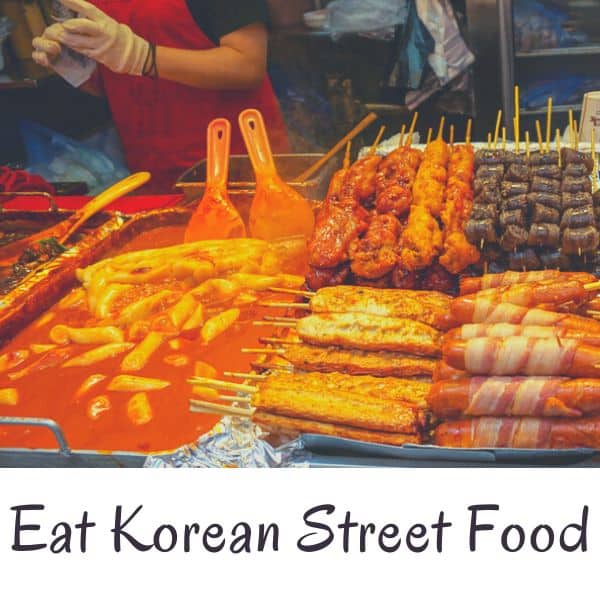
Travellers to Korea can’t say they’ve truly tried Korean cuisine until they’ve eaten Korean street food from a market stall or street vendor. There are many types of Korean street food to sample in Korea, such as savoury snacks like tteokbokki and eomuk , to sweet treats like hotteok and bungeo-ppang . Korean street food is cheap and delicious. It’s usually not that healthy, but always leaves you feeling great. Give it a try.
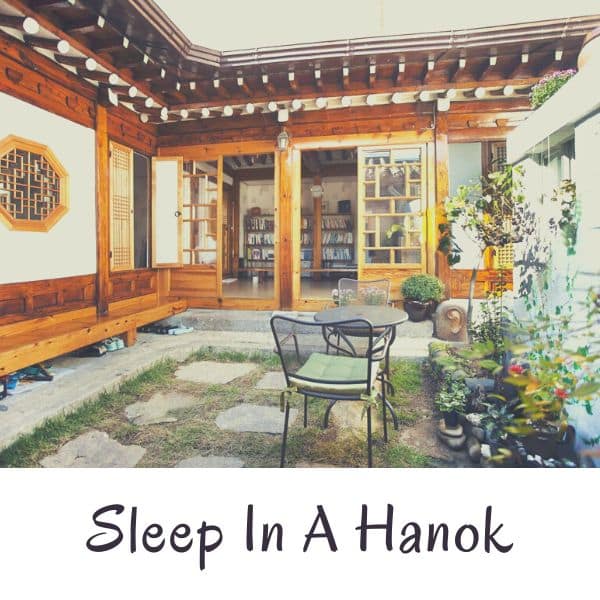
Experience life as a Korean would have in the Joseon-era with a night in a traditional hanok house. A hanok stay is very different from sleeping in a hotel and allows you to try a night on a futon (with underground heating keeping you warm in winter). Slide the doors aside in the morning and walk out onto the wooden decking to enjoy traditional Korean tea at a low table and the sight of the ornately decorated garden. Don’t forget to take your shoes off before you enter.
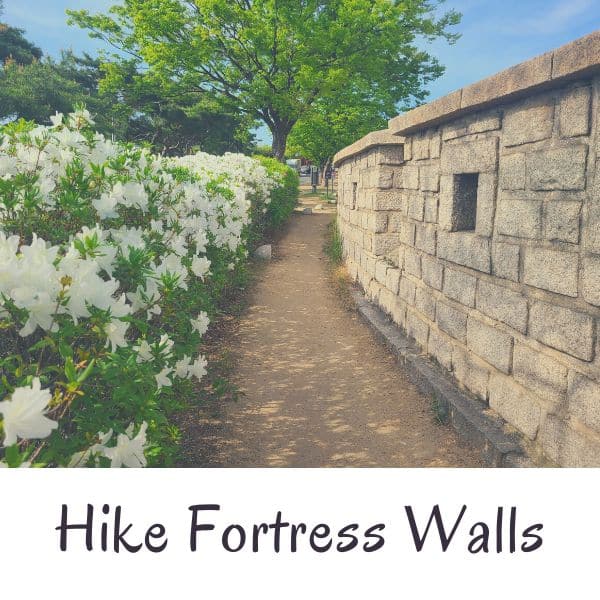
Seoul and other cities in Korea still have fortress walls you can walk or hike along that will offer incredible views of cities and mountains. As you walk along the fortress walls, you begin to imagine what life would have been like as a soldier keeping the city safe from invaders. Nowadays, you can enjoy exercise and sightseeing at the same time. Seoul’s fortress walls are a good place to start, but you can find fortress walls in many other places.
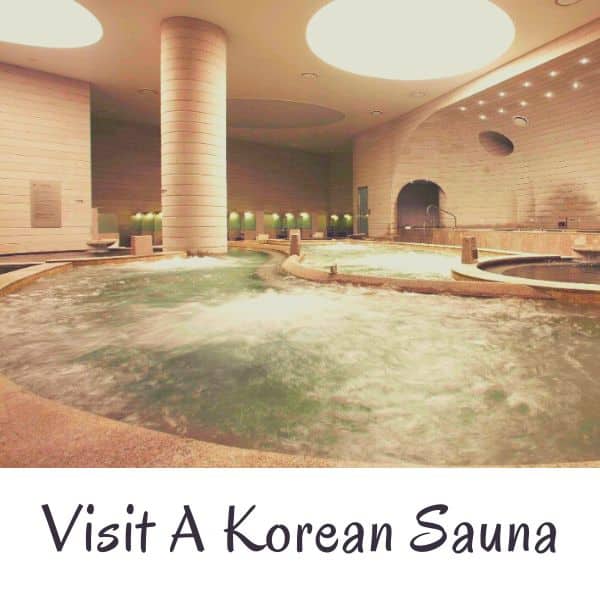
Visiting a Korean sauna might be a bit shocking for first-time travellers to Korea, but it’s a great way to relax and is especially good in winter. When you enter a Korean sauna, you should take off all your clothes, have a shower, and then enter one of the hot baths. Being naked in front of others can be scary for some, but you soon overcome that fear. Korean saunas sometimes have a communal resting area called a jjimjjilbang . These areas require pyjamas and offer snacks, drinks, and places to rest.
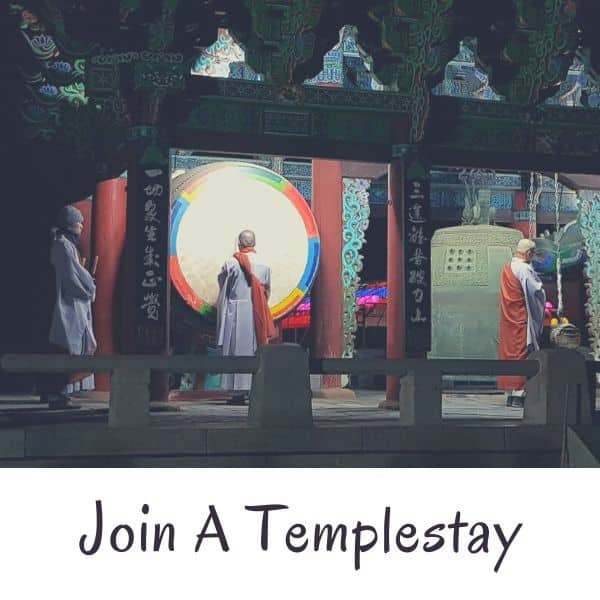
The Cultural Corps of Korean Buddhism have set up a templestay program at dozens of temples across Korea where you spend a day or two at the temple and join in various activities. This is truly a unique experience that you should try in Korea as you get to see customs performed by the monks that aren’t normally shown to the public. You also get to stay overnight at the temple and experience a hanok stay at the same time. Guests can also eat healthy vegan temple food, learn a lot, and chat with the monks.
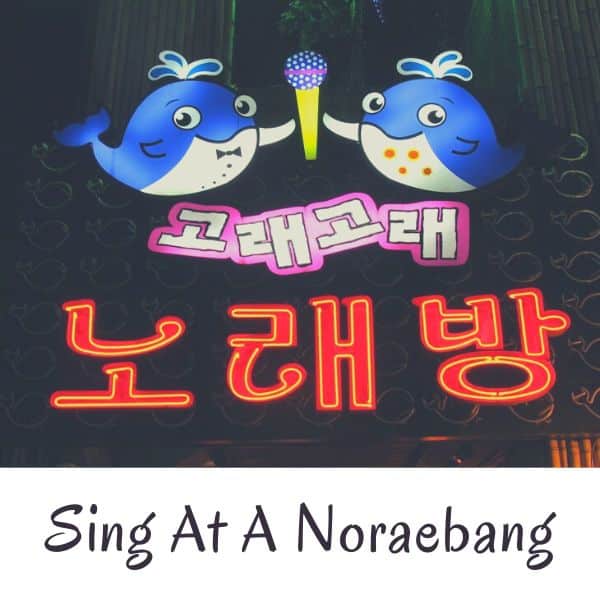
A noraebang is the Korean version of a karaoke room, but is more popular in Korea and is commonly visited by locals and tourists alike. This is a great place to visit in the evening after a big Korean bbq meal and a few drinks. Everyone can relax and belt out their favourite Korean or international tunes together (or alone), shake some tambourines in support, or just watch and enjoy the atmosphere with some drinks. You can find these in every town and city in Korea and they provide a cheap night of fun and drinks.
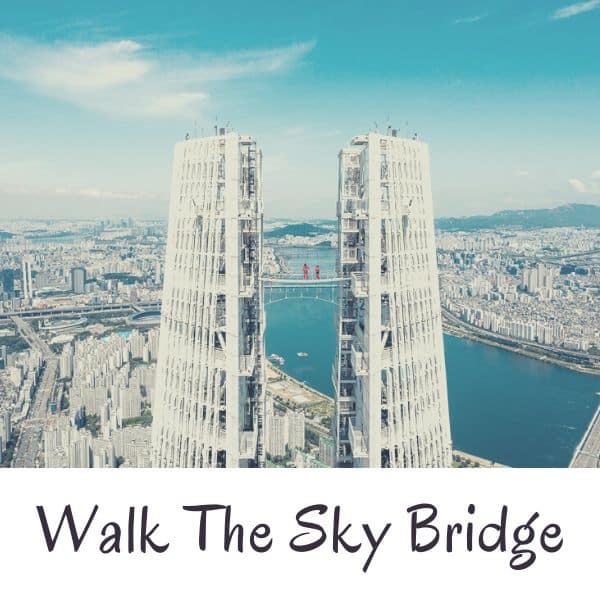
Open since 2020, the Sky Bridge at Lotte World Tower offers unbeatable views of Seoul and a nerve-racking trip above the city. Walk between the two towers at the top of the Lotte World Tower and peer down the 541 metre drop to the city streets below. It’s actually very safe and you’re strapped into a harness as you walk from one side to the other, but this definitely isn’t for the faint-hearted. If you’re not sure you can handle the height, check out the Seoul Sky Observatory on the 117th floor instead.

Koreans love to drink coffee and also love cute, unusual things, which is probably why theme cafes have become so popular in Korea. Besides the many cat cafes, there are theme cafes where you can stroke sheep, pet dogs, and see other animals. There’s more to Korea’s theme cafes than just drinking coffee with animals, you can also try drinking from a toilet at the Poop Cafe , paint pictures, build lego, go camping, practice being a wizard, and more. Hongdae in Seoul is the best place to find theme cafes.

Although cafes are replacing Korean tea houses, Korea still grows and drinks lots of tea, especially green tea. You can visit these tea fields in areas such as Boseong and on Jeju Island, both of which have visitor centres and attractions to teach you about the wonderful world of Korean tea. The Daehan Dawon Tea Plantation in Boseong has lush green fields all year round and has been used as a filming location for several Korean shows. The O’sulloc Tea Museum on Jeju Island also has lovely views.
I recommend trying at least a few of these unique activities, they’ll really make your trip to Korea more memorable and offer insights into Korean culture and life. My advice is to be brave when visiting Korea and try new things, even if they seem a bit unusual at first. The same applies to Korean foods.
Best Korean Festivals To Join In 2024
There are dozens of festivals held in Korea each year celebrating the seasons, local products, traditions, culture, and often just for the sake of having fun. Visiting a festival in Korea will offer you a glimpse of how locals celebrate life, culture, and nature and let you join in the fun.
Whenever you visit Korea, there’ll be festivals going on. However, the biggest festivals occur in spring or autumn. As mentioned previously in this South Korea travel guide, these are the best seasons to visit Korea as the weather is pleasant and people are celebrating the end of summer or winter.
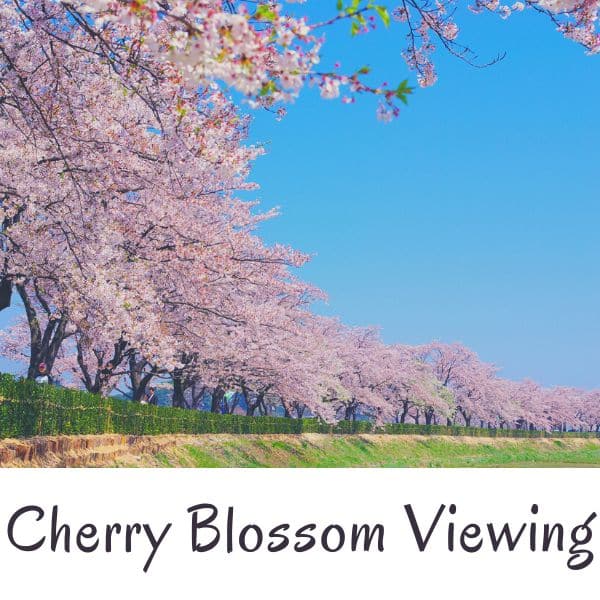
Cherry Blossom Festivals
The cherry blossom festivals in Korea occur in late March and early April and are some of the biggest festivals in Korea. People flock to forests, lakes, and rivers to see the pretty blossoms. The Jinhae Cherry Blossom Festival has over 2 million visitors each year, and even more people visit Seokchon Lake and Yeouido Hangang Park in Seoul. There are many festivals and tours to see cherry blossoms in Korea so you should be able to find a quiet place to enjoy the view.
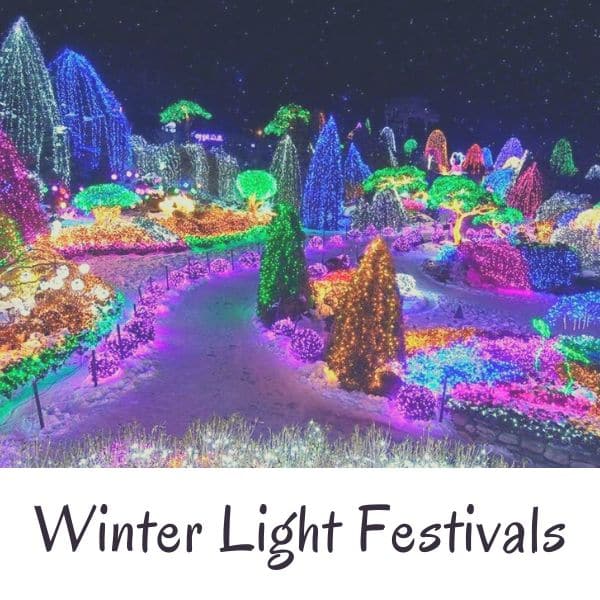
Winter Light Festivals
During the cold, dark days of winter, attractions such as Nami Island, the Garden of Morning Calm, and Herb Island transform into sparkling winter wonderlands with millions of bright lights illuminating them. There are also winter illumination festivals in Korean cities, such as the Haeundae Lighting Festival in Busan, Cheonggyecheon Stream Winter Lights in Seoul, and the Busan Christmas Tree Cultural Festival. When it snows in Korea, these festivals look even more magical.
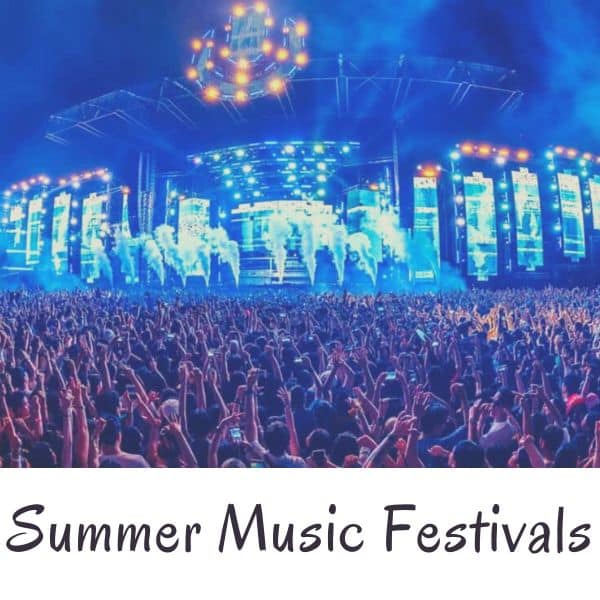
Summer Music Festivals
Summer in Korea is hot, but that doesn’t stop people enjoying day-long music festivals across the country. From chilled jazz festivals like the Seoul Jazz Festival , to action-packed concerts like Psy’s Summer Swag , there are music festivals to suit everyone. This is a popular summer activity in Korea , so be sure to book in advance for ticketed events. If you can’t get tickets, just go to a popular beach in the evening and you’ll usually find musicians performing.
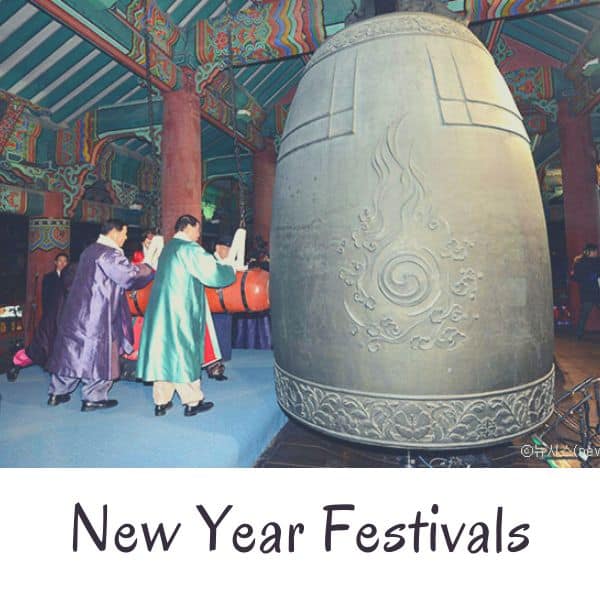
New Year Festivals
There are various festivals in Korea to celebrate the solar new year. New Year’s Eve festivals involve a bell-ringing ceremony where a giant bell is rung at midnight to welcome in the new year. Fireworks festivals are common events in cities across Korea, starting at midnight, too. Koreans celebrate the start of the new year by visiting the East Coast to see the first sunrise of the year at places like Homigot Sunrise Square or Seongsan Ilchulbong on Jeju Island.
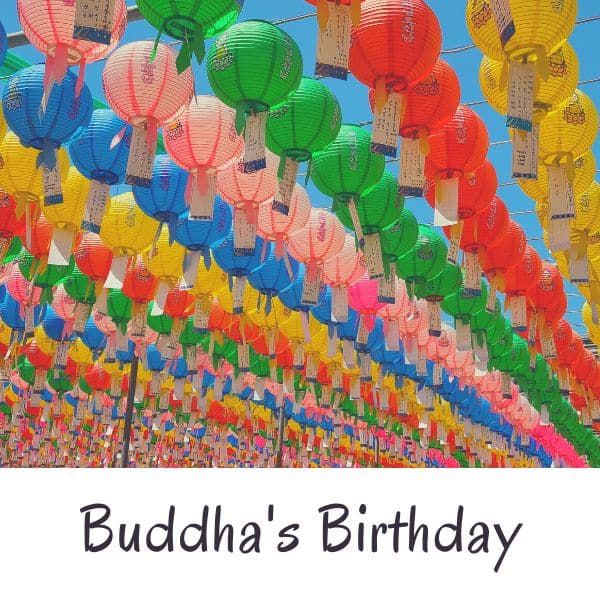
Buddha’s Birthday Festivals
Buddha’s Birthday is like Christmas for the Buddhist world, but celebrated very differently. It also falls on changing dates each year as it follows the lunar calendar, just like Korean New Year. Korean Buddhist temples across Korea will celebrate by putting up colourful lanterns and decorations for at least a month before the actual date. The biggest festival celebrating Buddha’s Birthday is the Yeon Deung Hoe Lantern Festival , which features thousands of lanterns and a lantern parade through central Seoul.
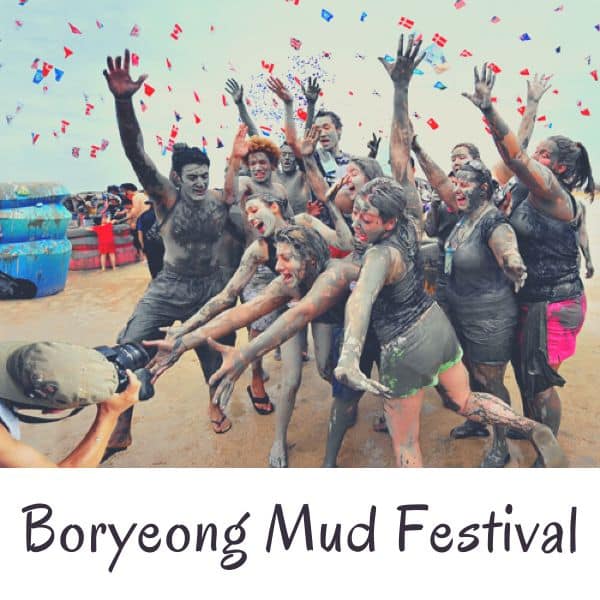
Boryeong Mud Festival
The Boryeong Mud Festival is one of Korea’s largest festivals and attracts visitors from around the world. Running for 2 weeks during rainy season, this is the best way to see a Korean festival even when the weather is bad. There’s a lot to see and do at this festival, including getting dirty in the mud with mud sports, mud wrestling, mud tug-of-war, and other mud-filled events. Boryeong is famous for the high-quality mud found in nearby waters and, by joining this festival, you’re getting a free mud facial.
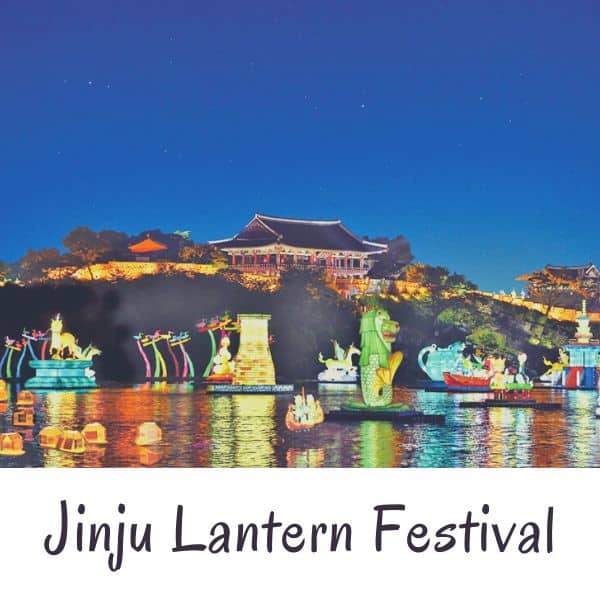
Jinju Lantern Festival
The visually stunning Jinju Lantern Festival is held in October each year in Jinju City and runs for several weeks. During the day, watch cultural performances and enjoy exploring the central fortress grounds of Jinju. Once it gets dark, see the city transform as thousands of lanterns, some as big as trees, come to life. There are so many weird and wonderful lanterns to discover at this festival. You can also set your own lanterns to float down the river with your wish inside.

Andong Mask Dance Festival
The Andong Mask Dance Festival in Andong, home of the Andong Hahoe Village, is a great opportunity to witness traditional Korean dance and music performances. Not only can you see traditional Korean performances during this 4 day festival, there are also international performers displaying their own culture’s dancing. Get hands-on with traditional Korean culture at this festival. Explore Andong and learn about its contributions to Korea’s cultural development.
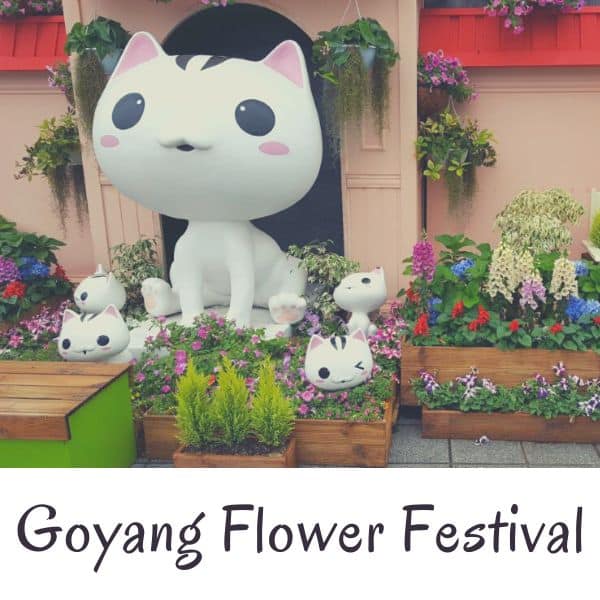
Goyang Flower Festival
The Goyang International Flower Festival runs twice per year, once in spring and once in autumn. It’s a beautiful celebration of floral beauty mixed with Korean cuteness and creativity. At this flower festival you can stroll through a maze of different displays, with each section focusing on certain flowers and plants. There are indoor displays with vividly coloured roses, nature-based outdoor photo zones, and the lovely Ilsan Lake Park in the background.
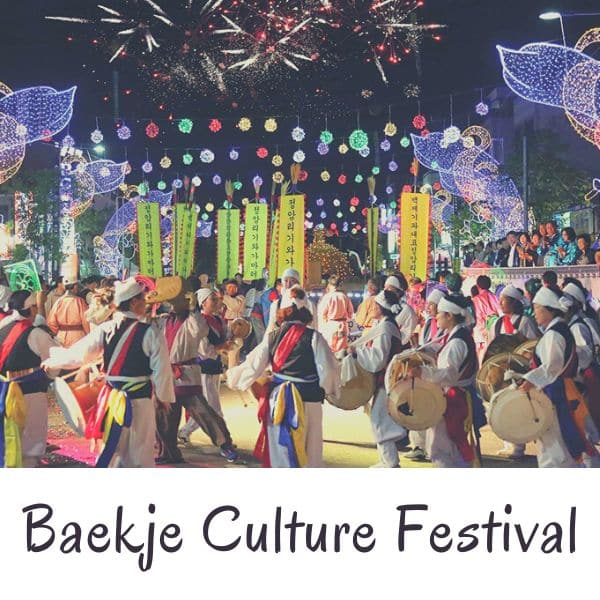
Baekje Culture Festival
The Baekje Culture Festival probably isn’t one that first-time travellers to Korea would know about. Held in Gongju and Buyeo, the two former capitals of the ancient Baekje Kingdom, this 10-day long festival held around Chuseok (Korean mid-autumn harvest festival), is packed with unique events and sights and is set in historic locations in each city. There’s local food to try, musical & cultural performances, fun photo zones, lantern displays, and much more.
Knowing when you plan to visit Korea will help you research what festivals are on and what the weather will be like. There are certainly a lot more than just the ones mentioned above, including some others mentioned previously in the seasons part of this South Korea travel guide.
I recommend using a tour company to see out of the way festivals like the Jinju Lantern Festival and the Jinhae Cherry Blossom Festival. These are often far from typical tourist destinations and can take hours to get to by public transport. Tours are worth the cost to save you time and avoid hassle.
Recommended Itinerary For Korea In 2024
In this section of this South Korea travel guide is my recommended first-timer itinerary for South Korea. This introduces you to two of Korea’s biggest cities, as well as a couple of day trips to highly rated destinations in Korea. There’s a mix of history, culture, nature, sights, and experiences.
This itinerary starts in Seoul as that’s where most people arrive to Korea after flying into Incheon Airport. If you arrive in Busan, you can change the route to start and end there instead. For travellers to Korea with only 2 or 3 days, I recommend using the first few days of this itinerary instead.
The itinerary lasts for one week, which isn’t enough time to see all of Korea, but enough time to get a feel for the country. If you have more time, use this itinerary and add in or replace extra destinations as you like. Jeju Island is certainly worth visiting if you have an extra 2 or 3 days.
Classic Sights Of Korea Itinerary
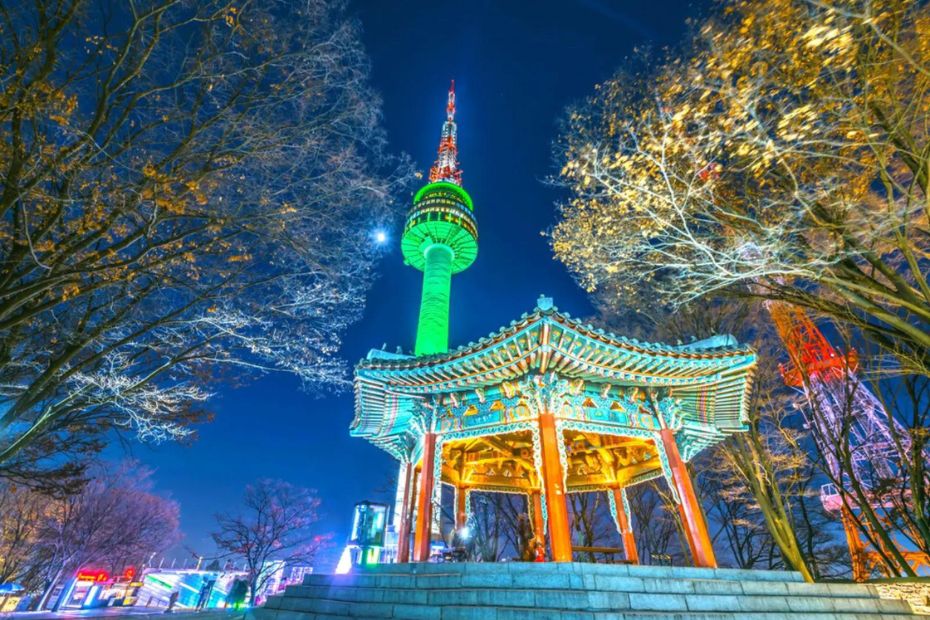
This itinerary covers a few must-see sights in Korea, including the two largest cities, the history city of Gyeongju, and some popular day trip destinations from Seoul.
Day 1 : Arrive in Seoul and explore Gyeongbokgung Palace, Bukchon Hanok Village, Insadong Art Street, Jogyesa Temple, and Cheonggyecheon Stream. Get dinner at the Jonggak Avenue of Youth for authentic Korean food that’s better than the touristy places in Myeongdong.
Day 2 : Learn about Korean history at the War Memorial of Korea or National Museum of Korea, explore Seoul’s traditional Gwangjang market in Dongdaemun, take the cable car to the N Seoul Tower for sunset & night views, then head down to Itaewon or Myeongdong for dinner & drinks.
Day 3 : Take a day trip to Gapyeong and visit Nami Island, the Garden of Morning Calm, and the Gapyeong Rail Bike Park. Return to Seoul for dinner and rooftop drinks in Myeongdong and then walk along the fortress walls from Dongdaemun Station if the weather is good.
Day 4 : Take the KTX to Busan, drop your bags, and take the subway to Nampo-dong for Jagalchi Fish Market, Bosu-dong Book Alley, and traditional sights. Take a taxi to Huinnyeoul Culture Village. End the day in Haeundae for evening dinner & drinks and a walk along the beach at night.
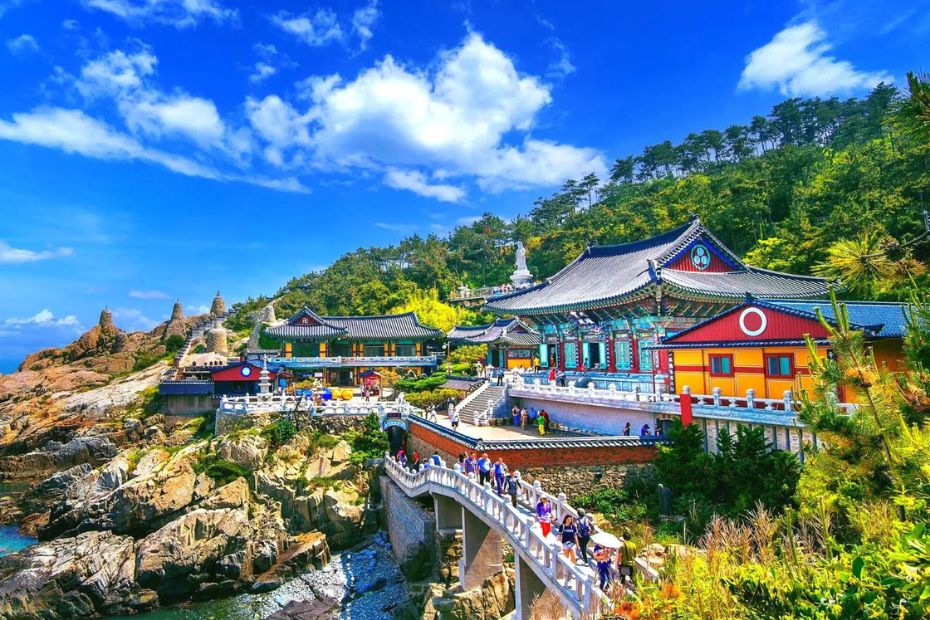
Day 5 : Take the bus to Haedong Yonggungsa Temple, then a taxi to Songjeong Beach. Relax in a beachside cafe, then take the Haeundae Beach Train to Cheongsapo, change to the Sky Capsule, and end up in Haeundae. Take a bus to Gamcheon Culture Village and get dinner at Songdo Beach.
Day 6 : Take a day trip from Busan to the UNESCO World Heritage City of Gyeongju. Visit the Gyeongju Historic Area, then Gyeongju Gyochon Traditional Village for traditional food and sights of Woljeonggyo Bridge. See tranquil night views of Wolji Pond before getting dinner at Hwangnidangil.
Day 7 : Head back to Seoul on the KTX for a final day of shopping and sightseeing in Hongdae. Walk along the Gyeongui Line Forest Park or Book Street or visit a theme cafe. Take the subway directly to Incheon Airport from Hongdae or spend a night here and check out the lively night scene.
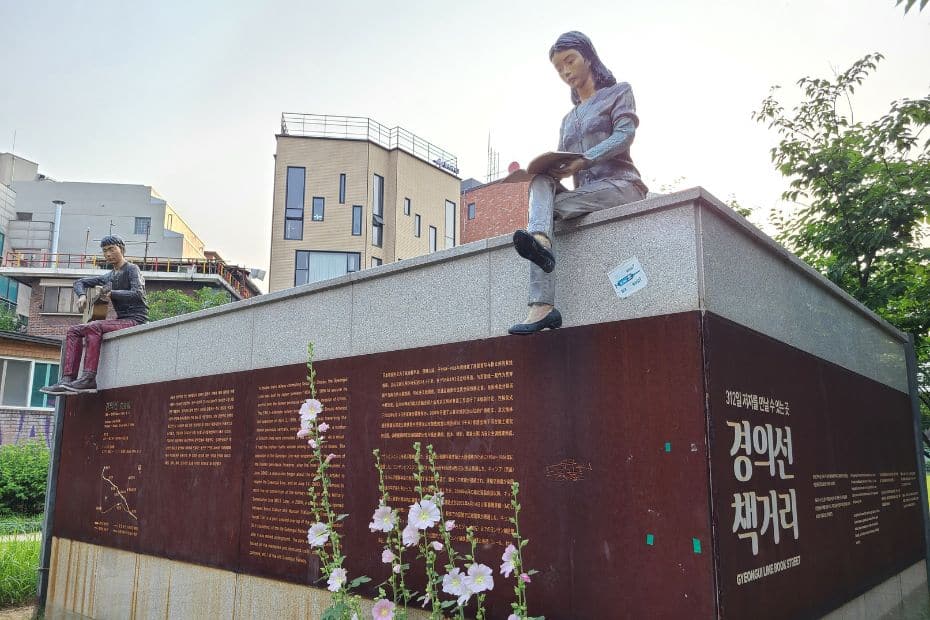
Please note : I recommend trying not to cram too much into your itinerary. You may want to see as much as possible, but people often end up rushing past sights and not appreciating them. Plan for less and see more if you have time. It gives you a chance to be spontaneous.
To plan a realistic itinerary for South Korea, it is important to factor in transportation, meal breaks, and rest times. Use Naver Maps to plan your route and work out travel times. A short journey on the map might take much longer if there’s no direct route. Also consider breaks if you plan to walk a lot.
Cultural Issues When Visiting Korea
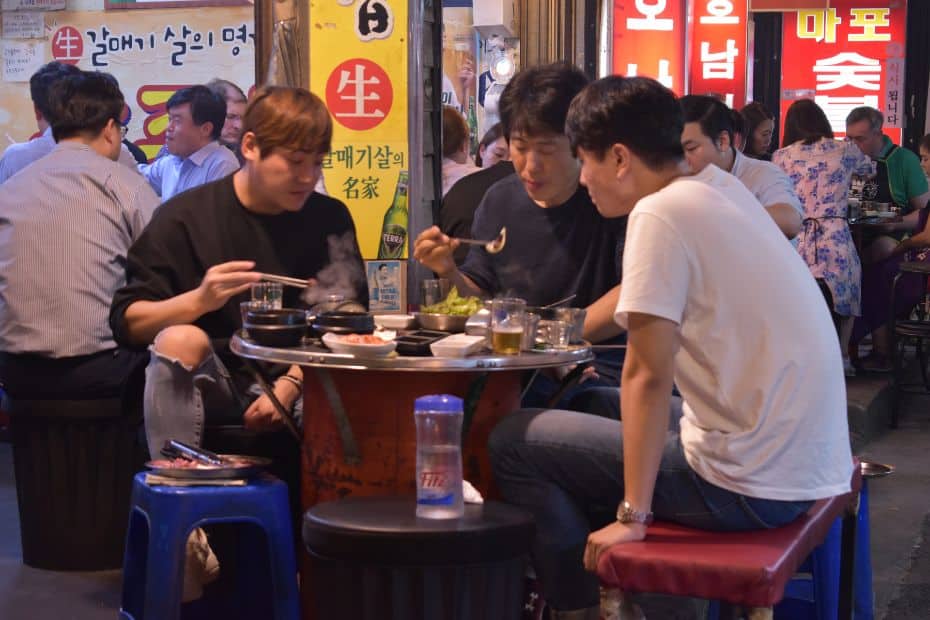
The next few sections of this South Korea travel guide will provide answers to some of the most common questions first-time travellers to Korea have in regards to cultural, language, and safety issues. Korea is a culturally unique country with customs and traditions you might not be aware of.
Korea is a society that places a strong emphasis on social image, respect for others, and social harmony. This means Koreans will often try to avoid conflict, especially in public. To show respect for Korean culture and to avoid being rude, try to respect social harmony and always avoid conflict.
If you follow these tips, you’ll find it easier to avoid accidentally upsetting someone in Korea. There’s far too much to cover in this South Korea travel guide, so if you’d like to know more, check out my detailed guide to Korean etiquette and culture , it’s packed with tips and insights to understand Korea.
What is considered rude in Korea? It is considered rude to point with one finger or with chopsticks, give and receive with one hand, cross your legs when sitting, and to walk inside with your shoes on. Things considered rude in other countries such as swearing and spitting are also rude in Korea.
What is considered unlucky in Korea? It is considered unlucky to write someone’s name in red ink and to stand chopsticks upright in rice. Both are used in rituals for deceased people. The number 4 is also unlucky as the word is the same as the word for ‘death’.
Do you need to tip in Korea? It’s not necessary to tip in Korea and most restaurants and cafes won’t expect or allow you to tip. There is no service charge added to bills in Korea, with the exception of some upmarket restaurants, bars, and hotels in touristy areas of Seoul. Tipping guides is okay.
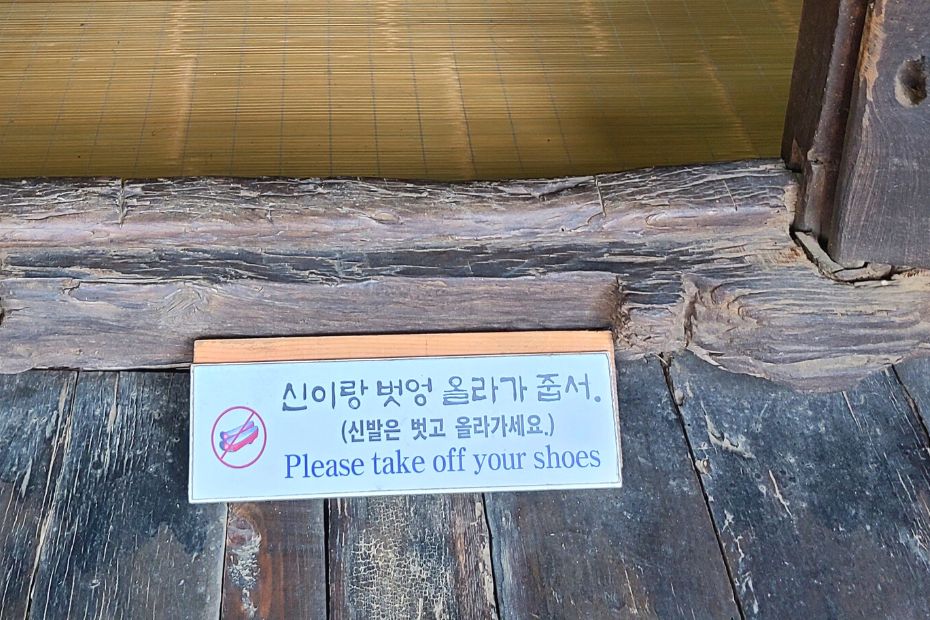
Do you need to take off shoes when going inside? If you enter someone’s house in Korea, you should take off your shoes. This rule also applies to temples, traditional restaurants, and other places in traditional buildings. Most cafes, shops, and restaurants won’t ask you to take off your shoes.
When should you use two hands in Korea? You should use two hands when giving and receiving things in Korea, such as money, a gift, a business card, or food. When you shake hands, use both hands, not just one. The same applies to pouring drinks, both pouring and holding a glass.
Do I have to act like a Korean in Korea? You don’t have to follow Korean customs and traditions when you visit Korea. You are a guest in the country and Koreans won’t expect you to know every rule. However, showing cultural awareness in Korea will help you make friends and impress locals.
The best tip for being culturally sensitive in Korea is to first consider all the things that you’d consider rude in your own country – spitting, swearing, shouting, physical violence, etc. Show the same acts of kindness you’d show at home – help others, give up your seat for those in need, be polite, etc.
Furthermore, remember that social harmony is really important in Korea and try not to cause a scene. Keep your voice down in public, don’t talk or act aggressively, be polite, and don’t force things when people are reluctant. Koreans may feel obliged to do things, even when they don’t want to.
Language Issues When Travelling Korea
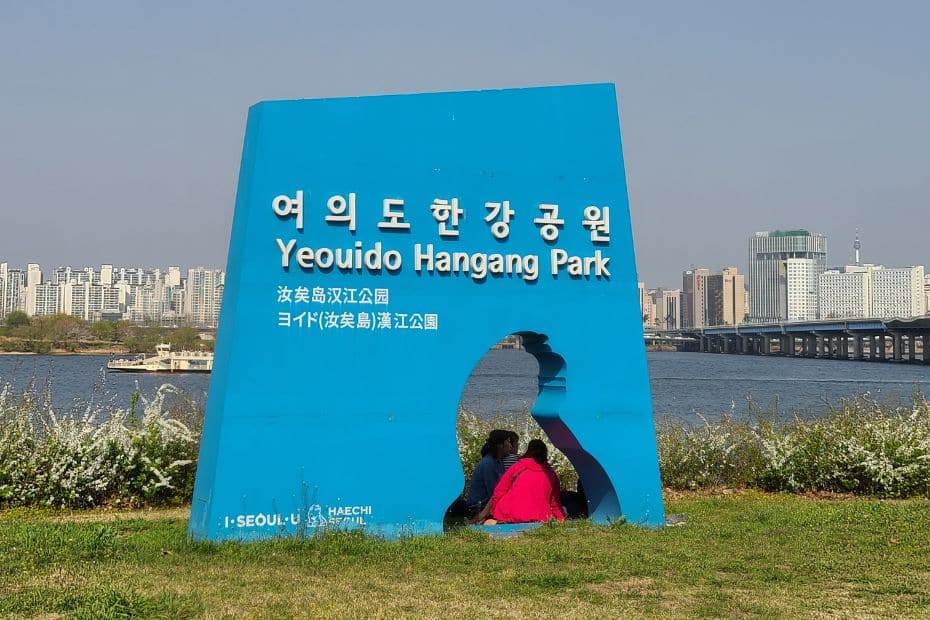
Language issues can be a big concern for first-time travellers to Korea as Korean is a very different language from English and has a unique alphabet. Korean is also one of the most difficult languages to learn for English speakers, ranked alongside Japanese, Chinese, and Arabic.
However, as a tourist to Korea, you don’t need to worry about mastering the language. English is used for signs and announcements in most places that you’ll need it, such as on public transport, at the airport, at attractions & tourist sites, on menus, and most other places. It’s common across Korea.
If there is a sign or notice that isn’t in Korean, I recommend using the Papago app to take translate it. Use the image translation function in the app to scan the sign and Papago will translate it into English for you. It’s really convenient and the way I translate things I can’t read in Korean.
Do Korean People Speak English?
Speaking in English to Korean people is different from being able to read and translate signs. English is taught from elementary school until the end of high school. That doesn’t mean everyone will remember it, but there’s a good chance some people will know English, especially younger Koreans.
It is best to ask if someone speaks English before trying to have a conversation. You can do this in Korean by asking “영어 할 수 있어요?” (Yong-oh hal su iss-o-yo?) or just ask it in English. Tour guides and people in the tourism industry will probably be able to speak English, but it’s not guaranteed.
Shyness is an issue in Korea and locals may be reluctant to speak English at first for fear of making a mistake. As an English teacher in Korea, I know that Korean students are usually quite competent in English, but lack confidence to use it. Be patient and encouraging when talking in English.
Although some Koreans may be too shy to use English, other people may be enthusiastic about speaking English to you and want to practice it. I’ve been asked random questions in English by strangers in the street in Korea who want to practice English and find out about my life.
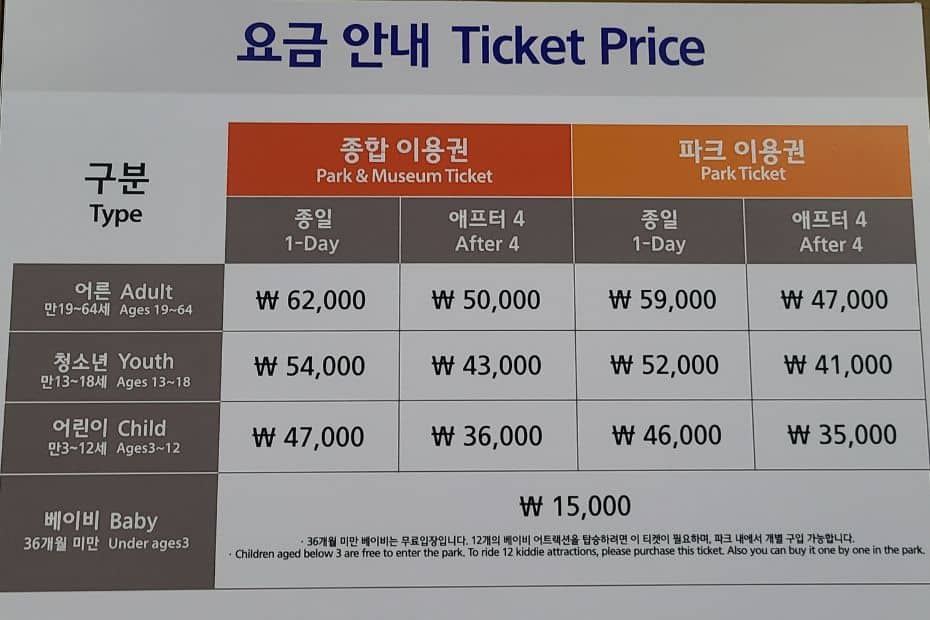
Should You Learn Korean Before Visiting Korea?
If you do want to learn some Korean before you travel, I recommend you start by learning the Korean alphabet , or at least learning some basic Korean travel phrases . Knowing how to introduce yourself, discuss prices, ask for directions, and ask for help will make your trip to Korea a lot easier.
You can learn Korean online through courses such as 90 Day Korean and Korean Class 101 , or with self-study textbooks like the excellent Talk To Me In Korean series. There are lots of resources on YouTube, too. I particularly like Learn Korean with GO! Korean Billy as he explains things clearly.
Another way to prepare to move to Korea is to read some Korean novels in English . Although these books won’t teach you any Korean, they’ll offer up valuable insights into Korean culture, both traditional and hidden under the surface. Literature is a good way to gain an understanding of a culture.
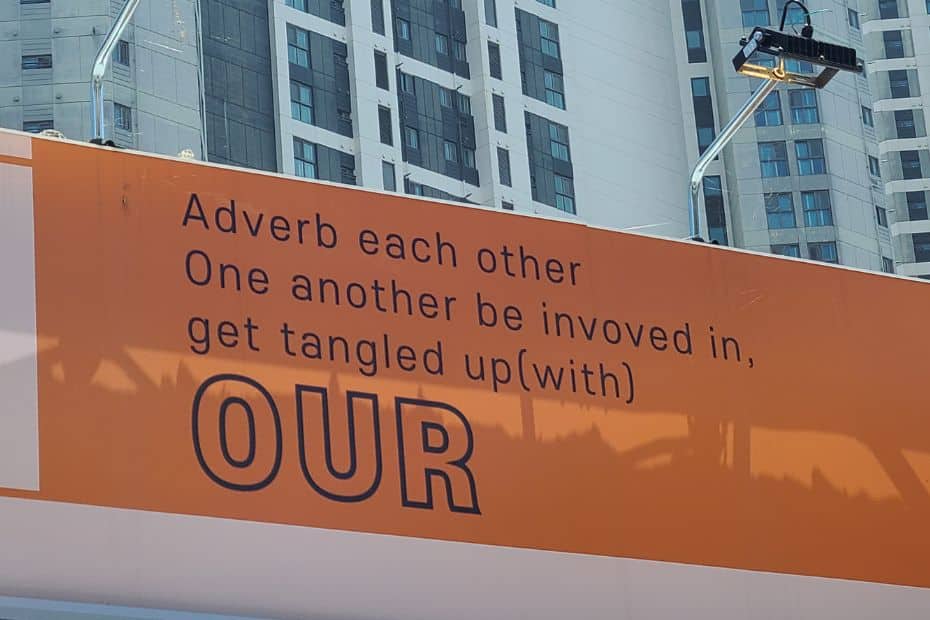
A warning about Konglish : Although Korea uses English in many useful ways, there’s also a lot of Konglish. The sign above is a good example of random English words being used to look cool, but ending up being confusing. There’s a lot of this in Korea and it’s mostly harmless, so don’t worry.
Health And Safety Issues In Korea

First-time travellers to Korea may be worried about health and hygiene issues, such as if certain foods are available and if they’re safe to eat. Other issues include vaccinations, personal safety, and how easy it is to contact emergency services. These issues are addressed below.
Is Korean Street Food Safe To Eat?
Korean street food is generally safe to eat and won’t give you any health issues unless you have an intolerance to the food. Korean street food can be spicy or contain a lot of salt, be aware of your own personal tolerances and dietary requirements before trying it.
Also be careful when ordering food with meat or seafood and check that it is cooked thoroughly. Korean street food that has been left out for a long time is more likely to cause food poisoning problems, so ask for freshly cooked food if you’re concerned.
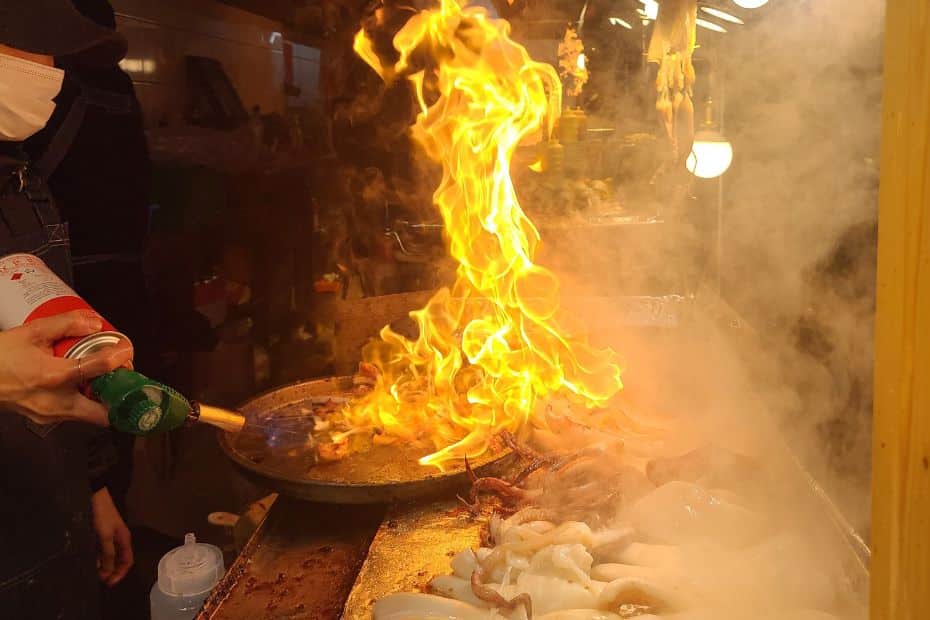
Is It Easy To Find Vegan-Friendly Food In Korea?
There are many vegan-friendly Korean dishes , such as gimbap , japchae , pajeon , bibimbap , ramyeon , and tteokbokki . However, some restaurants may use non vegan-friendly ingredients when preparing these foods, so be careful. Kimchi isn’t vegan-friendly due to its seafood ingredients & sauces.
Vegetarianism and veganism aren’t common in Korea with fewer people following these diets than in countries such as the USA or UK. Vegetarians in Korea account for 3% of the population, while vegans in Korea are only 0.2% of the population as of 2022. The UK is 10% and 2% respectively.
However, the number of vegan-friendly restaurants and bakeries is increasing each year in Korea, especially in areas such as Hongdae and Itaewon. Korean Buddhist temple food is vegan-friendly and a good option for vegans who want to enjoy vegan food while learning about local Korean culture.
If you’re concerned about accidentally ordering non vegan-friendly food, or want to know how to tell someone about food allergies or requirements, check out my guide to Korean phrases for ordering food . This has a whole section about special requests when ordering food in Korean.
Is It Safe To Drink Tap Water In Korea?
Korean tap water is potable and safe to drink. Korea ranks 23rd for water hygiene, which is above the USA, Canada, and Australia. However, many Koreans don’t drink tap water , preferring to use water purifiers and bottled water instead, claiming that tap water smells strange or water pipes are bad.
Personally, I don’t like drinking tap water in Korea as it tastes a bit stale, but it’s perfectly fine to drink and doesn’t cause any problems. Bottled water is very cheap in Korea and costs 600 KRW for a 500ml bottle from a convenience store. Buying water from a supermarket is a cheaper option though.
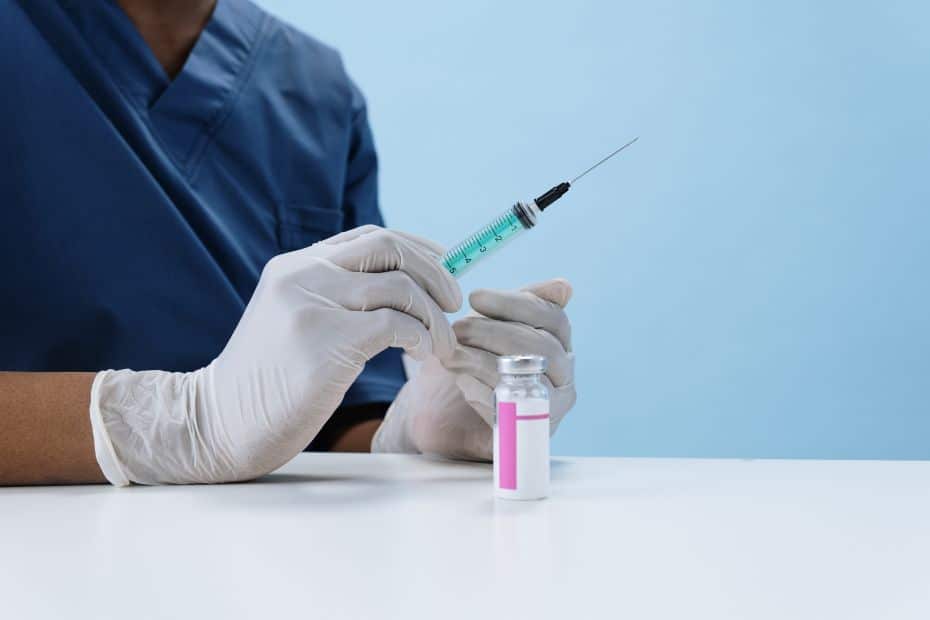
Do You Need Any Vaccinations To Travel To South Korea?
There are no mandatory vaccinations required to travel to Korea , but it is suggested you should have at least routine vaccinations such as tetanus, MMR, and polio. Hepatitis A & B, typhoid, and Japanese encephalitis vaccinations are also recommended.
Is Korea Friendly To Tourists?
Korea is generally friendly and welcoming to tourists. The Korean government spends a lot of money and effort to promote Korean tourism to the world and there are many incentives to bring people to the country. Korean people are also mostly polite and welcoming, especially in the tourism sector.
Is Korea A Dangerous Country To Travel In?
South Korea is a safe country to travel in and the crime rate in Korea is low, comparable to Norway or the Netherlands. Public crimes, such as theft and assault, are rare. Pickpocketing and purse snatching aren’t common and unattended goods are generally left alone or reported to the police.
How safe is Korea? I regularly see people leave their phone or handbag on a cafe table to reserve it before going up to order a drink. People even leave their laptops open while they pop out for lunch or go to the toilet. Stealing disturbs social harmony and is one of the reasons it’s rare in Korea.
Physical violence is also rare, but still occurs in Korea, as it does in all countries. This is most often found in areas with lots of bars and when people are drunk. However, visiting bars in Korea is a lot safer than I’ve experienced in other countries and trouble is not common, even in busy places.
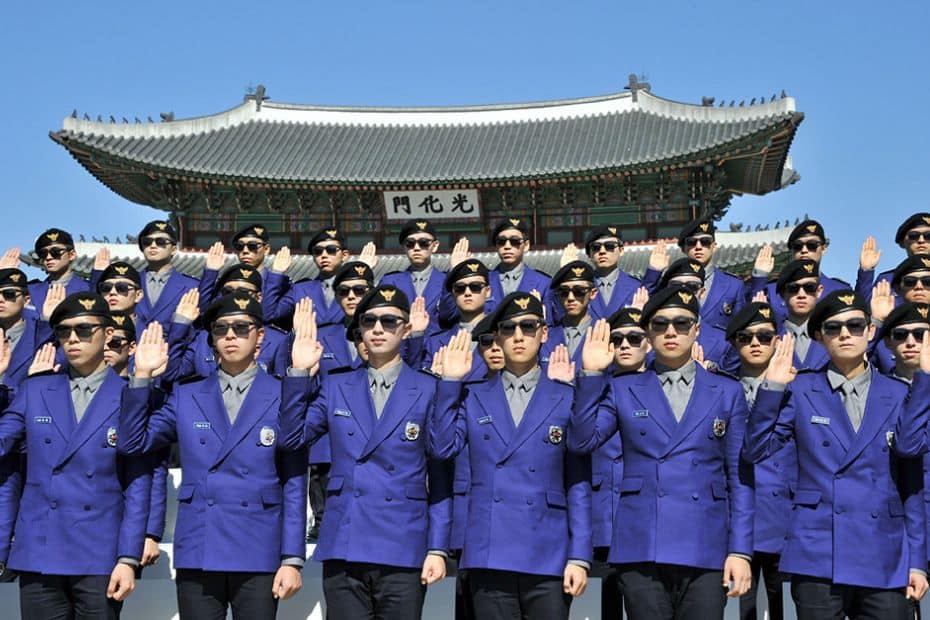
How Do You Contact Tourist Information Services In Korea?
Call 1330 in Korea to contact the Travel Helpline . The Korean Travel Helpline provides the following services free of charge to tourists in Korea.
- Tourist Information : Find out about attractions, opening hours, prices, and other information.
- Tourist Interpretation : Access travel information in several languages.
- Tourist Complaints : Report rip-offs and problems you encounter when travelling in Korea.
- Tourist Police : Report minor crimes in English and other languanges.
There are tourist police patrolling the streets of Seoul, dressed in purple uniforms as shown in the picture above. In popular tourist locations like Myeongdong and Bukchon Hanok Village, you’ll also find friendly tourist information staff dressed in red shirts with matching red cowboy hats.
What Should You Do If You Have An Emergency In Korea?
If you need to report a fire or medical emergency in Korea, you should call 119 from any phone. To contact the police in Korea, call 112. You will need to select an option to report an emergency in English or another language. It may take some time to be redirected to an English speaker.
- 119 – Medical Emergency & Fire Rescue
- 112 – Police
When you use medical services in Korea, you have to pay the cost of treatment, but there is no fee for the ambulance ride as this is covered by the Korean government. Travel insurance should cover the cost of medical bills, so if you’re worried about a large medical bill, insurance is recommended.
Fortunately, the cost of treatment in Korea is quite reasonable and Korea has advanced medical facilities, which is why it’s a popular medical tourism destination . Many people travel to Korea for minor and major surgery, including laser eye surgery, cosmetic surgery, and internal medicine.
Is Air Pollution A Problem In Korea?
Air pollution is an issue in Korea, especially in spring & summer. Winds blow yellow dust from Central Asia, field burning spreads fumes across Asia, and fossil-fuel burning contributes to higher levels of air pollution. Some days there’ll be very low visibility and health risks for people with lung problems.
My Personal Travel Tips For Korea
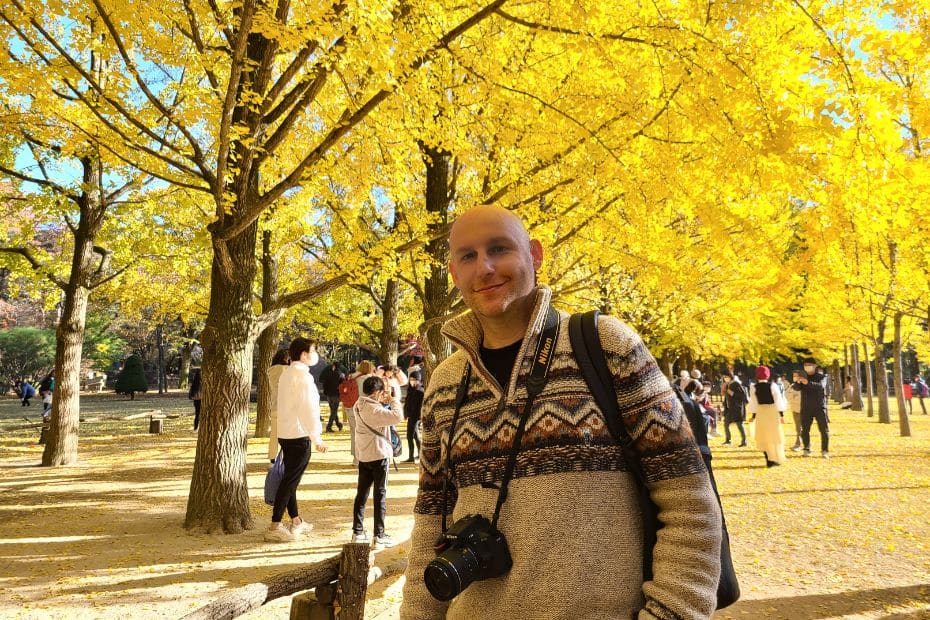
This South Korea travel guide is a collection of information I’ve researched and learned since moving to Korea in 2015 and blogging about Korean travel since 2019. I hope the provided information and insights are useful and assist you plan your dream first-time, or even tenth-time, trip to Korea.
This section includes my personal tips that didn’t really fit anywhere else and reflections built from travelling all over Korea in all seasons. These are tips I would offer to first-time travellers to Korea and people who might have some worries about visiting the Land of Morning Calm. I hope they help.
The Real Korea Isn’t What You See On TV
Korea is a developed country that went from being a 3rd world country in the mid 20th Century to a high-tech country in a short time. Despite the many high-rises and modern K-Pop stars, there are still shadows of the former Korea seen in both run-down slums and people with ‘traditional’ values.
The image created by selective K-Culture can distort people’s reality when dreaming of a trip to Korea in the same way Korean people can suffer from Paris Syndrome when visiting France. There are many wonderful things about Korea, but don’t travel thinking that everything is as shown on TV.
Be Prepared For Culture Shock
One of the best things about travelling is seeing a country and people that act and behave differently to how you do in your own country. This is known as culture shock and can be both a blessing and a challenge for first-time travellers to Korea. Things you might be used to can be different in Korea.
Some examples of culture shock in Korea include the way age determines hierarchy in Korea and how older people can be rather pushy, especially on the subway. Younger people also typically don’t question the decisions of older people in Korea as it is considered rude and disrespectful.
Less extreme cultural differences that might confuse some first-time visitors to Korea include having to shout to call someone to take your order in a Korean restaurant or not giving a tip. Koreans might similarly look at you strangely if you do something culturally different, such as walking while drinking.
Don’t Overpack When You Travel To Korea
First-time travellers to Korea may be worried about visiting a country like Korea without taking everything they need from home, even the kitchen sink. My advice is to pack as light as possible and leave yourself some space in your suitcase. There are two reasons for this.
- You can buy most things you need in Korea . This includes sun cream, heat packs, clothes, shoes, cosmetics, travel accessories, etc. They’re also probably cheaper in Korea, too.
- You will want to take home lots of things . From weird Korean snacks to beautiful hand-crafted pottery and woodwork, there are so many things to buy in Korea.
(1) The only exception is if you might have a problem finding correct-fitting items. Korean shoes and clothes are slightly smaller than what you’d find in Western countries and the sizes are also differently labelled. I’m a medium in the UK but a large (sometimes XL!) in Korea. Be careful when shopping.
(2) It’s hard to fit everything you buy in Korea into an already full suitcase. Fortunately, you can buy extra suitcases at low prices. Check out Namdaemun Market for cheap luggage options, as well as shops like the one pictured below (this is in Busan) in places like Hongdae and Dongdaemun.
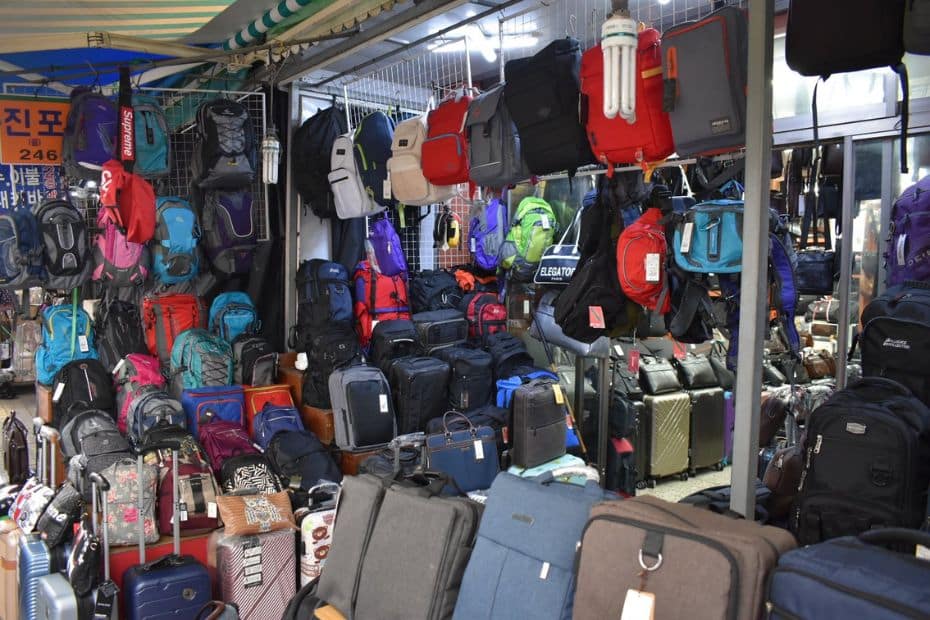
Electricity In South Korea
Be careful with electric items when travelling to Korea. Korea uses type C and F plugs , which are used in Europe, Russia, and other parts of Asia. The standard voltage is 220V with 60Hz frequency. Anything designed for a standard voltage between 220V and 240V should be fine in Korea.
Laptops, mobile phones, and other portable devices will be fine when you travel in Korea as long as you use a travel adapter with a USB or socket connection. Hairdryers, shavers, curlers, and similar devices might have problems charging in Korea and run out of power very soon. My shaver did.
Go With The Flow And Go Quickly
Korea is a very busy country and you might hear people mutter ‘빨리빨리’ ( ppalli ppalli ) if you walk slowly, especially in the subway. Koreans work long hours and are eager to get home or go out for dinner. Don’t take it personally if people push past you and don’t feel like you have to rush.
Know Where To Throw Away Rubbish
It can be difficult to find a bin to throw away rubbish in Korea, even in urban areas. The best place to dispose of rubbish in Korea is at a convenience store. You can find recycling and trash bins in these shops. If you go hiking or explore the countryside, expect to carry your rubbish home with you.
South Korea Travel Guide FAQs
Finally, here’s a few FAQs about this South Korea travel guide, in case the above information didn’t cover enough for you.
What is the best month to visit South Korea?
The best months to visit South Korea are April and October. April is warm and you can see cherry blossoms in Seoul at the start of the month. October is warm with clear skies. During October you can see autumn foliage across Korea.
How much money is enough for South Korea?
The amount of money you need to travel in South Korea depends on your travel style and desired level of comfort. A rough budget for South Korea is 50-100,000 KRW per day for budget travellers, 100-200,000 KRW per day for mid-range travellers, and 200,000+ KRW per day for luxury travellers.
Is South Korea friendly to tourists?
South Korea is a welcoming country and friendly to tourists. There are many services to welcome tourists to South Korea, including free transit tours from Incheon Airport, cultural performances in tourist destinations, low entry fees to traditional attractions like Gyeongbokgung Palace, and tourist information and signs in multiple languages.
What do I need to know before travelling to South Korea?
It’s important to know about the weather before travelling to South Korea as this can impact your day to day travel and affect what clothes you’ll need. You should also research what festivals are on before you travel, what seasonal events are happening, such as cherry blossom viewing, and also how to use public transport and get connected to the net.
What is the cheapest month to visit South Korea?
January and February are two of the cheapest months to visit South Korea and are considered low season as the weather is cold. Hotel prices and flights to Korea will be lower in these months. Winter is a good time to travel to Korea to see snow and enjoy winter sports and festivals, however, some attractions will be closed during this time of year.
Do I need a South Korea travel guide?
It is good to check a South Korea travel guide to research your trip, especially for first-time travellers to Korea. Korea has a unique culture, language, and customs that might be confusing for new travellers. A South Korea travel guide will help you prepare for these factors and give you ideas to create your perfect trip to Korea.
Can you drink tap water in Korea?
Korean tap water is potable and safe to drink. You can drink water from hotels and apartments in Korea. Restaurants and cafes will provide you with free drinking water, which usually comes from a water cooler. Bottled water is available from convenience stores and is reasonably priced.
Is South Korea safe for first-time travellers?
South Korea is a safe country for first-time travellers to visit. Personal crimes, such as theft, mugging, and physical violence are rare in Korea and it is safe to walk the streets of Seoul, even at night. First-time travellers can prepare for a trip to South Korea by being aware of potential scams, such as taxi drivers over charging them or being ripped off in the traditional markets.
What are the best apps for travelling in South Korea?
The best apps for travelling to South Korea are Papago, Kakao Taxi, Naver Maps, and Seoul Subway. These apps will allow you to translate between Korean and English, hail taxis, and navigate as you travel. All of these apps have English language options and are free to use.
Support In My Korea Thanks for reading. If you want to help me to create more great content in the future, why not buy me a coffee? A strong coffee helps me write more and is a simple way to show gratitude for this free content.

Liked This? Pin It For Others
If you enjoyed reading this article, then please share this with your friends on Pinterest.
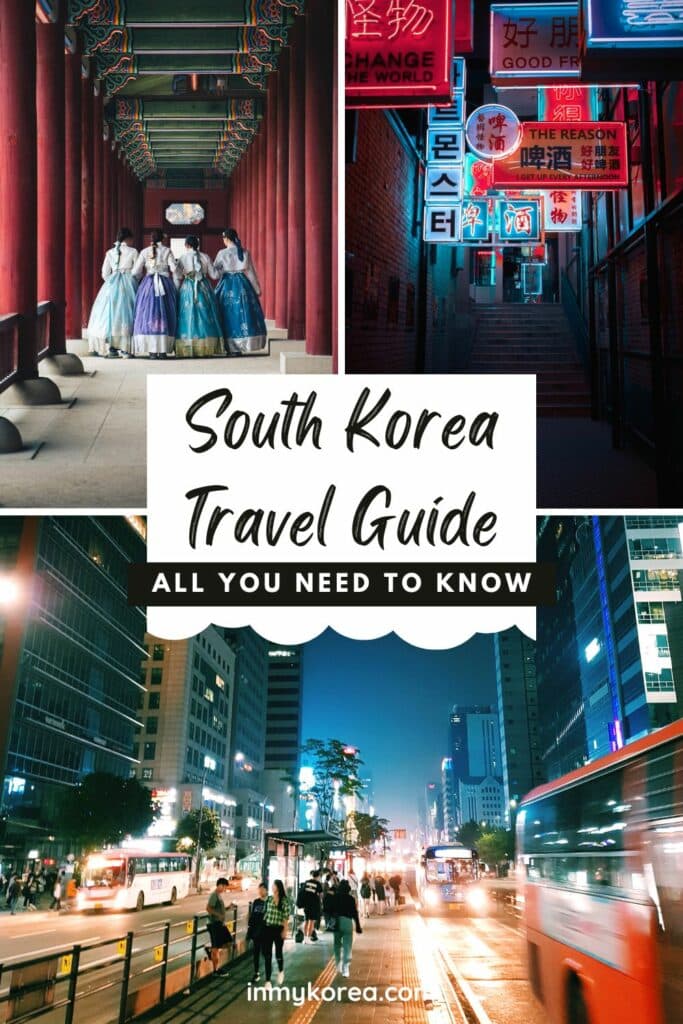
Related Articles

How I Use Wise To Send Money To Korea From Other Countries
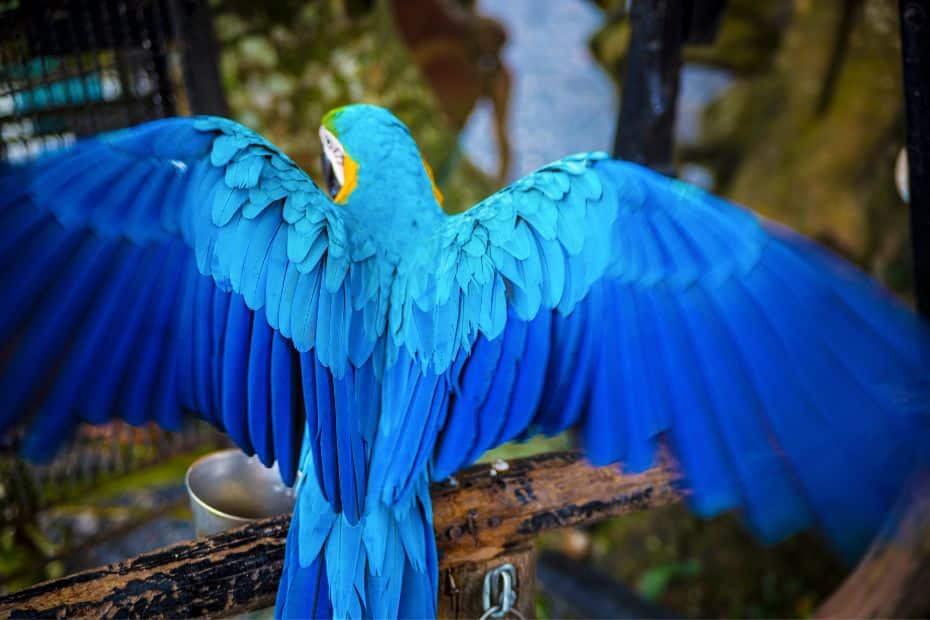
How To Use The Papago App To Translate Korean To English
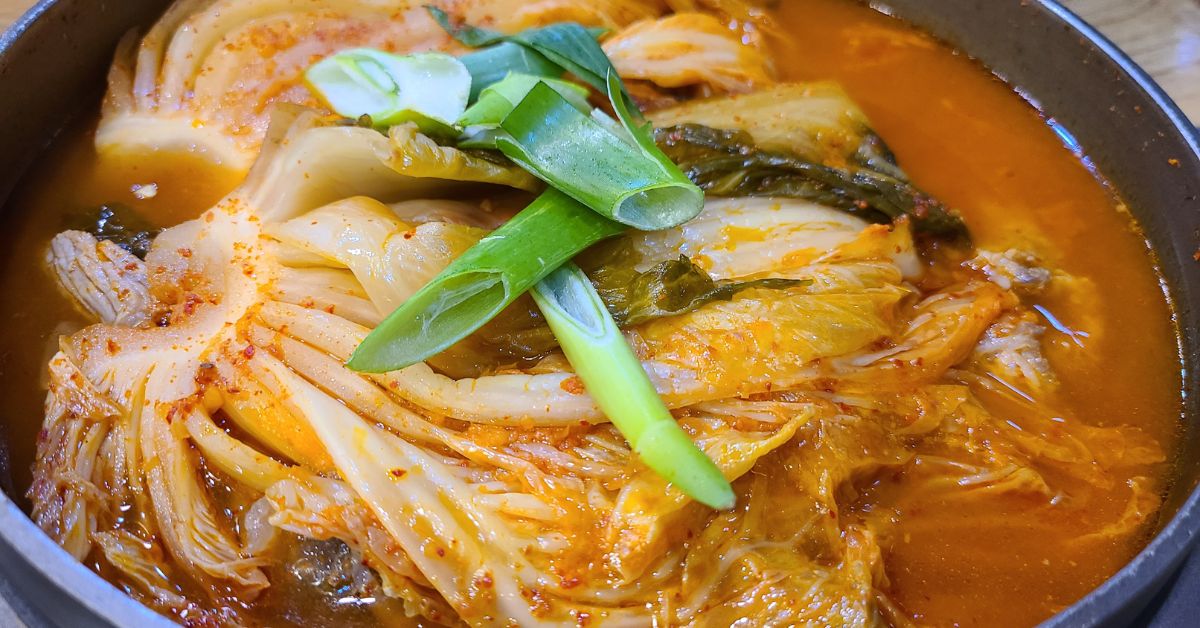
These 30 Traditional Korean Dishes Will Make You So Hungry!
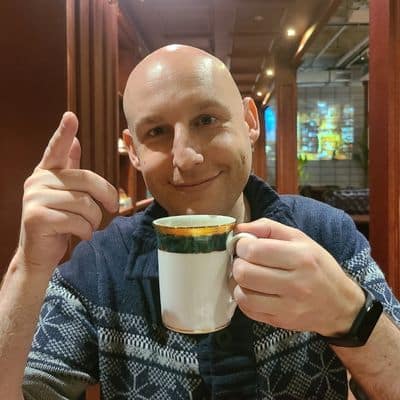
Hi! My name is Joel, I'm the author of In My Korea and writer of this article. I've lived, worked and travelled in Korea since 2015 and want to share my insights, stories and tips to help you have the best experience during your trip to Korea.
I love learning more about Korean culture, hiking the many mountains, and visiting all the coolest places in Korea, both modern and traditional. If you want to know more about my story, check out the ' about me ' section to learn why I love living in Korea.
4 thoughts on “Complete South Korea Travel Guide 2024: Korean Travel Tips”
This South Korea travel guide is a comprehensive resource for anyone planning a trip to Korea. It covers everything from entry requirements and travel tips to accommodation options and places to visit. Whether you’re a first-time traveler or have been to Korea before, this guide has something for everyone. The inclusion of the latest travel news and COVID-related updates adds to its relevance and usefulness. I appreciate the detailed breakdown of sections and the inclusion of quick links for easy navigation. Overall, this guide is a valuable tool for anyone looking to explore the wonders of South Korea.
Moderator – Nice Article! In My Korea
Thank for the great info! Could you please recommend any tours agency for a few day trips around Korea? I found a few , but they are pretty pricey!
Hi, thanks for reading. Klook and Viator have a good selection of tours in Korea with some of the best prices on the market. I’m not sure which tours you’re looking for, but they usually do day trips for less than $100 per day that cover popular tourist sights.
Leave a comment Cancel reply
Save my name, email, and website in this browser for the next time I comment.
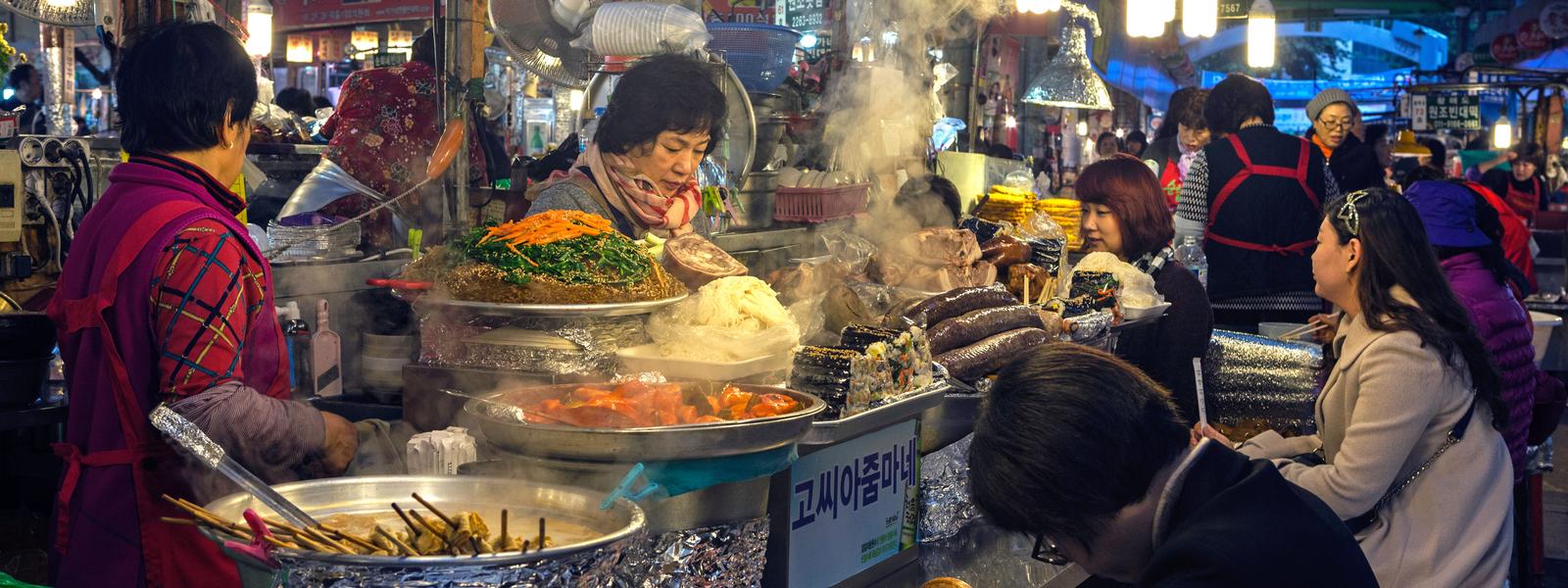
Tips for visiting South Korea in July
South Korea weather & when to go: July
South korea july weather overview.
The South Korean summer which arrives in July may not be exactly the summer you envisage. As the temperature rises, so do the humidity levels. This means that monsoon rains are also to be expected - indeed, more than half of the annual rainfall will plummet from the skies in July and August.
South Korea weather & when to go
Pick a month below, july’s weather in detail.
July heralds in the arrival of summer in South Korea, with humidity levels and temperatures rising across the country. Highs of 27°C can be expected on occasion in Seoul during this month. he breeze on the coast offers a welcome respite from the heat, and the loftier mountains of Songnisan and other National Parks in the interior also benefit from cooler air. July is also typically the wettest month of the year and torrential monsoon rains can be expected. Thankfully South Korea is sheltered from the typhoons that can hit this region during the summer months. The sheltering masses of China and Japan, however, do still let in a couple each year. These have not caused major problems in recent years but can create landslides in the hills around Seoul and generally a few extremely wet days as they blow over the country.
- Skip to primary navigation
- Skip to main content
- Skip to primary sidebar

- Fall in Korea
South Korea Travel Requirements: Complete Guide
Last Updated: Jun 16, 2024 by Max · This post may contain affiliate links · 4 Comments
Whether planning a trip to South Korea or getting ready for a layover in Incheon Airport , it's important to understand the travel requirements for visiting Korea.
Before you book your ticket, make sure all of the necessary documents are in check, including a K-ETA or visa for Korea. In this post I discuss the important travel requirements for South Korea to make your trip planning a lot smoother.
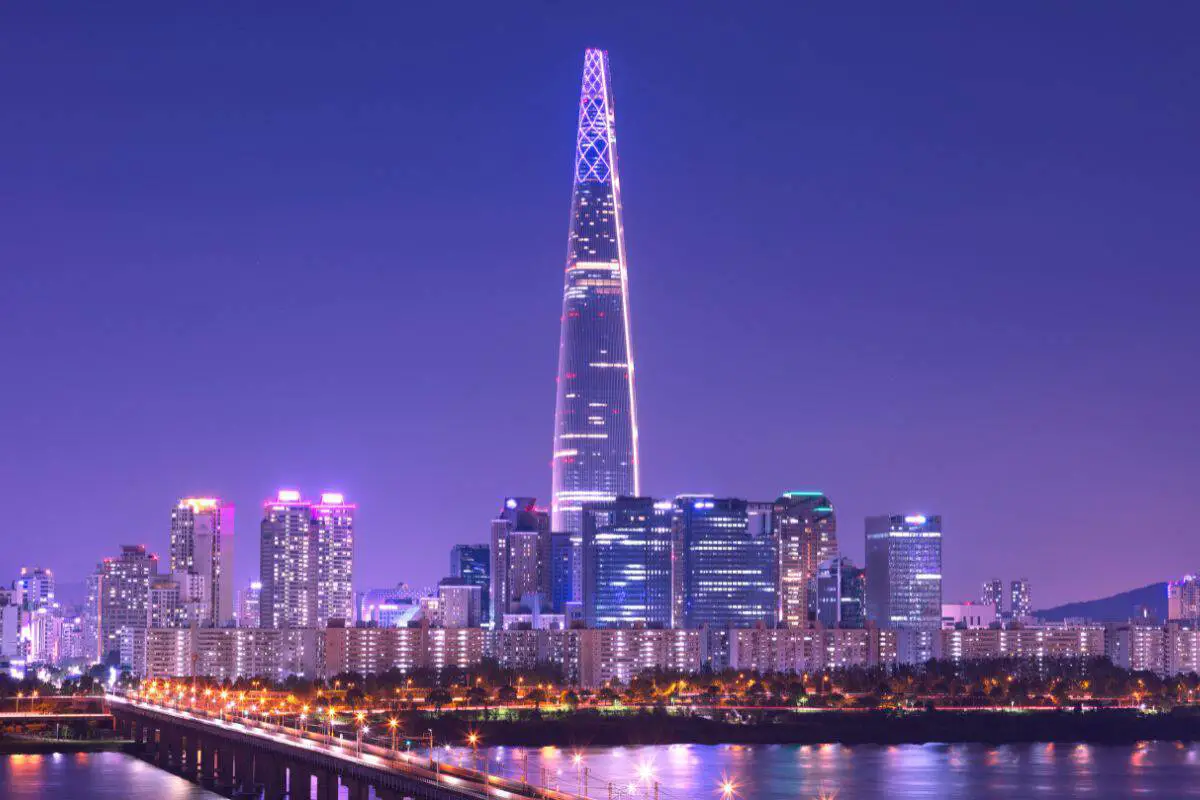
- ✈️ Basics of Travel in South Korea
- 📝 South Korea Entry Requirements
- ✍️ How to Apply for K-ETA: Step-by-Step
- 🚌 Public Transportation and Safety
- ✅ Travel Advisory and Checklist
- 🙋 Frequently Asked Questions
✈️ Basics of Travel in South Korea
Visa: Most travelers will need a K-ETA ( Korean Electronic Travel Authorization ), applied for at least 72 hours before departure. If you needed a visa before, you'll need a K-ETA now. Note that from April 1, 2023, to December 31, 2024, passport holders from 22 countries, including the US, UK, Canada, and several EU nations, can visit visa-free – no K-ETA required!
Currency: South Korean won ( KRW or ₩ )
Arrival in Korea: all international flights arrive at Incheon Airport (ICN), one of the best-rated airports in the world. It usually takes about 1 hour to get through security & pick up checked bags.
Getting Around: Korea has an extensive & reliable public transport system. A refillable T-Money card is your ticket to buses and trains across the country; you can buy and refill yout TMoney card at any subways station or convenience store in Korea.
Internet & SIM Cards: Rent a Wi-Fi egg or purchase a prepaid Korean SIM card at the airport, available for up to one month of connection.
Travel Insurance: always recommended, though some credit card companies offers limited coverage when booking.

📝 South Korea Entry Requirements
Visa categories and conditions.
When you plan a trip to South Korea, you must be aware of the various Korean visa categories and conditions . Each South Korean visa category differs depending on the purpose and duration of one’s stay, but the most common categories are for tourist, business, and student visas.
Most foreigners I encountered when living in Korea happened to be citizens of a primarily English-speaking country (like Australia, Canada, England, Ireland, New Zealand, South Africa, and the U.S.A.) who have an E-2 visa.
This visa lets you stay in the country to teach English for 13 months - if you’re curious about teaching English in Korea and want to know more, please visit the English Program in Korea (EPIK) website.
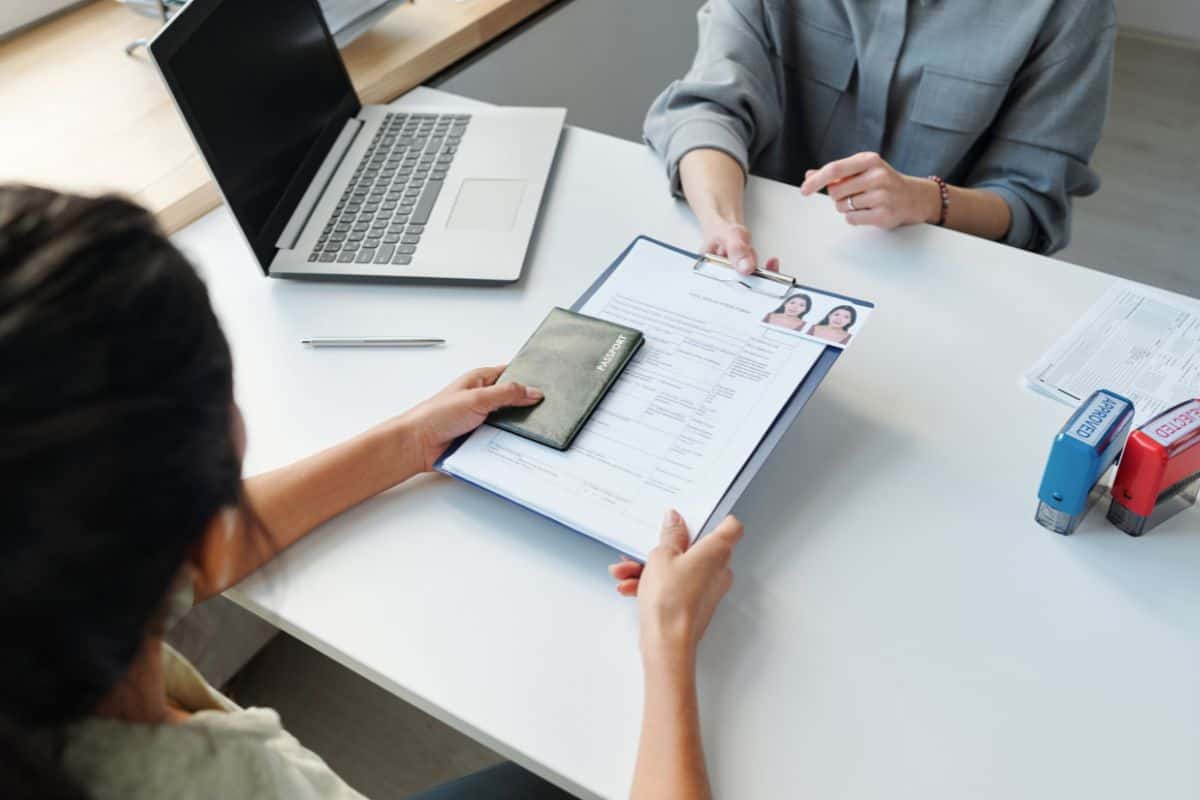
Korean Electronic Travel Authorization (K-ETA)
A Korean Electronic Travel Authorization (K-ETA) may be required for some nationalities, and a visa is needed for others. To check your eligibility and find out how long you can stay in South Korea, please use the official K-ETA Application Eligibility Guide .
Make sure to apply for a K-ETA at least 72 hours (or even earlier) before travel. Most travelers recommend acquiring this as soon as possible because it may take a while to process, or you may need to reapply, though one month in advance is generally enough time.
Visa-Free Travel and Visa Waiver Countries
For some nationalities, visa-free travel to South Korea is possible under specific conditions. If you come from a designated visa-free or visa-waiver country, you may enter South Korea without a visa for short-term tourism or business purposes .
Still - this benefit doesn’t exempt you from the K-ETA requirement, so be sure to secure one before you arrive in South Korea.
Note: Always check the current visa policies for your specific nationality before making your travel arrangements . For a list of South Korea’s visa-free countries, please refer to this site .
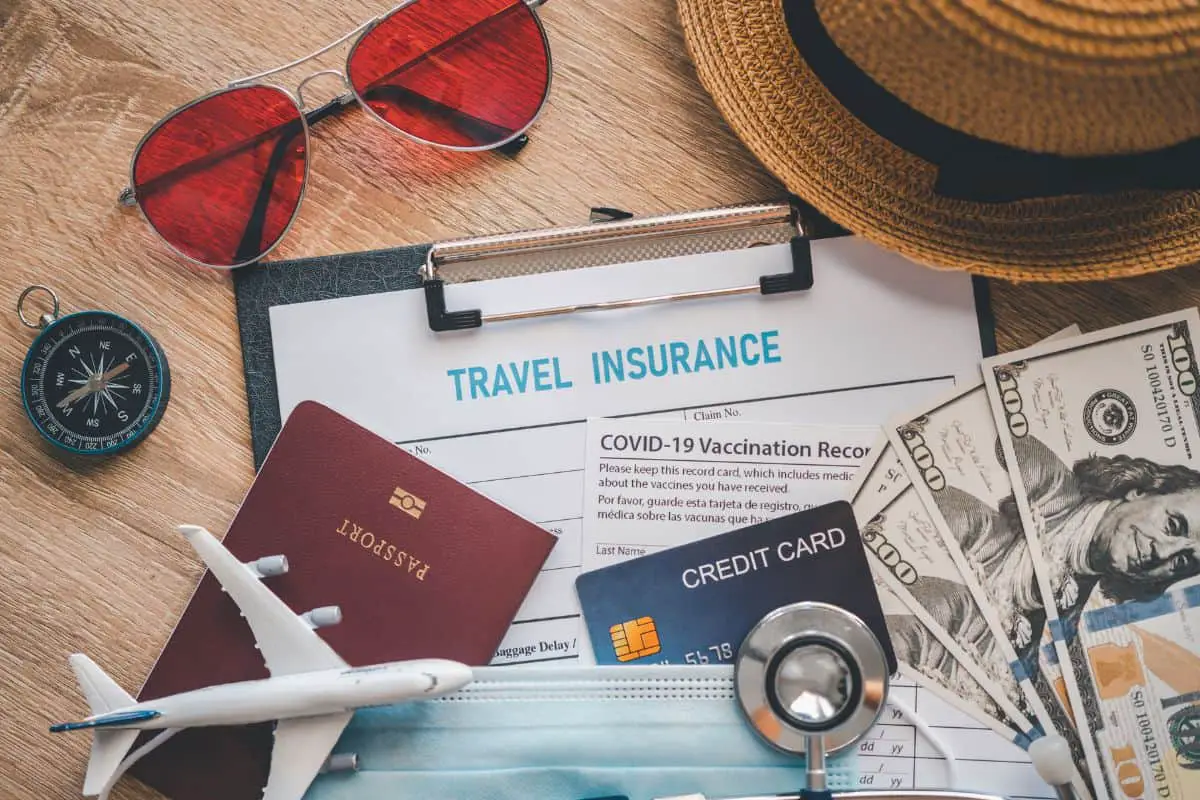
Documents and Passport Validity
Depending on your nationality and the type of visa you have, you may still need to provide other supporting documents, such as a return or onward ticket or proof of sufficient funds for your stay (and you may also need an itinerary if you are planning to venture Korea as a tourist).
Also, it's important that you check if your passport is valid at the time of entry and that it has at least one blank page for a stamp. Besides the passport, you can refer to HandyVisas to learn what requirements you need to enter South Korea.
Culture enthusiasts will love the idea that most of the tourist sites in Korea can also be visited for a small fee or free if they meet certain conditions (like wearing a hanbok in any of the five Seoul palaces ).
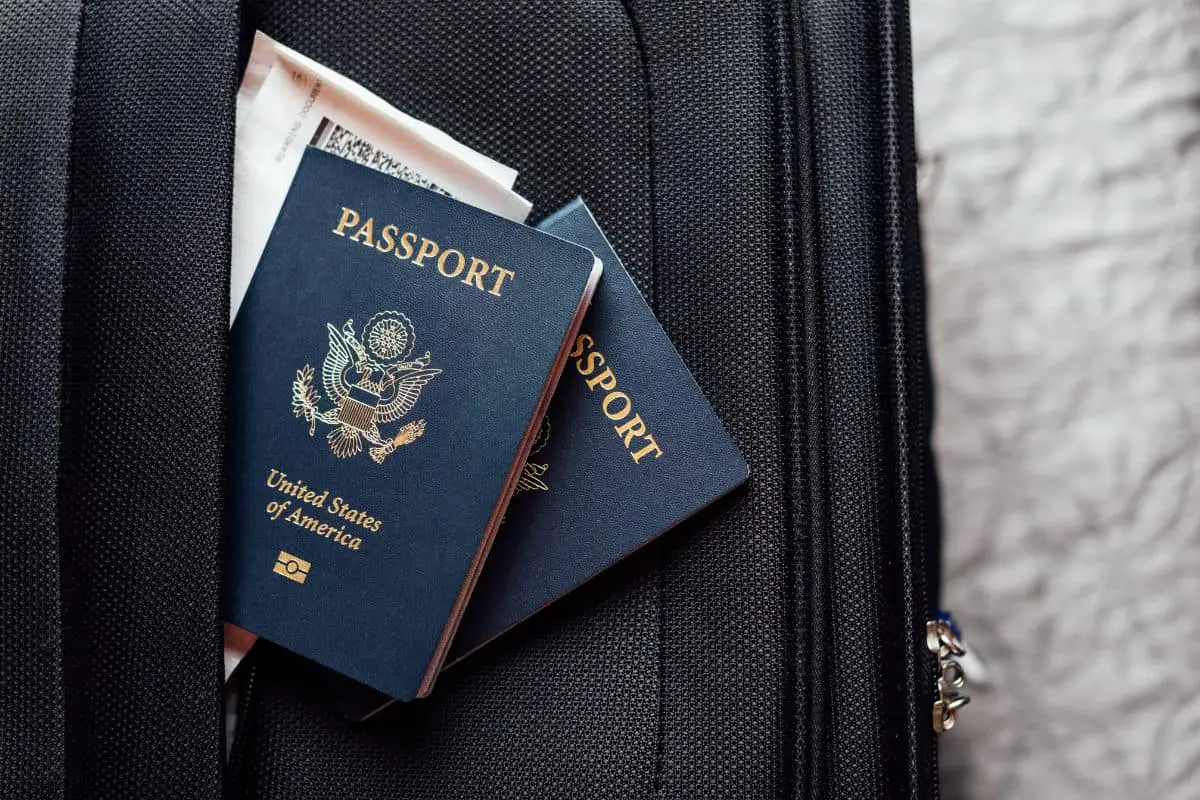
✍️ How to Apply for K-ETA: Step-by-Step
Before starting the process, you have to make sure that you have the following: a valid passport, an ID photo following the K-ETA conditions, dual nationality information (if applicable), travel agency information (optional), and an address in Korea .
There’s also a ₩10,000 fee (~$8USD) for the application process, and additional fees depending on your online payment method may apply. Be sure to check everything carefully before you hit send because once you pay this amount, you can never get it back.
You must also be willing to disclose a history of disease-related information and state past criminal records. For more information regarding this process, please visit the Application Requirements page of the K-ETA website.
Applying for a K-ETA is very simple. First, you must apply for K-ETA through the K-ETA official website or download the mobile app (in Google Play or Apple App Store ) at least 24 hours before boarding an airplane or ship bound for Korea.
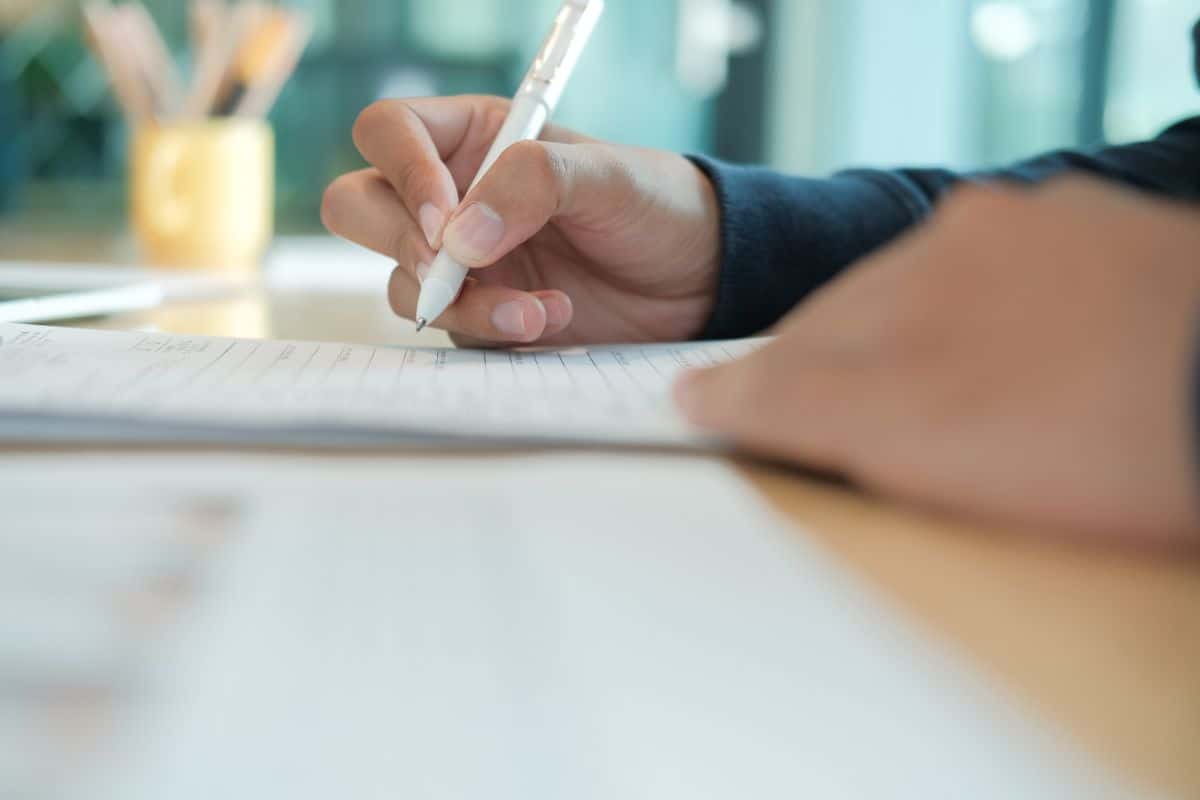
Once you have chosen your mode of application, here’s a step-by-step guide to the whole process:
1. Choose your preferred language and service type on the upper left corner of the site. The website offers multiple language options.
2. Click the two bars in the upper right corner, and press “ K-ETA Apply .”
3. Answer the Terms and Conditions Agreement. Select your continent/region, and then select the country/region listed on your passport. Read the following agreements on the collection and use of personal information, and make sure you agree to everything before moving forward.
4. Fill in your passport number and submit your email address. Provide a valid and active email address, as you will receive confirmation and updates regarding your K-ETA application through this email.
5. Enter your personal and travel details. In this step, you are asked to upload a passport bio page image file. Fill in your personal and passport information, including your full name, date of birth, passport number, and passport expiry date.
6. If you are a dual citizen, kindly indicate “YES” once you see this option.
7. Upload your phone number. If you don’t have a personal phone number, make sure that it is a contactable and reachable line.
8. Indicate if you have ever visited Korea before, select your purpose of entry, and enter the address where you will be staying in Korea. Toggle between the Korean or English option depending on the address given to you.
You can search using the postal code search or the address search. Hit the find button on the search engine and choose the address generated by the search results. Then, you provide the full address in the space below to include specifics like the floor and room number.
9. Provide your contact number in Korea. If you don’t have a mobile phone number yet, you can input the number of your hotel, guesthouse, company, or acquaintance. Afterward, choose your occupation type.
10. Please declare if you are currently sick with an infectious disease and if you have faced any criminal charges in the past.
11. Upload your photo. You must upload a recent passport-sized photo of yourself with a plain white background. It should be in color, saved as an image file (preferably in .jpg format), and its size should be under 100 KB with a pixel density of less than 600x600.
Avoid wearing accessories like hats, scarves, or sunglasses in the picture, and opt for simple clothing. Remember that Korean identification rules require a full face, facing forward, eyes open, and looking directly at the camera.
12. Review and confirm your information. Before submitting your application, double-check all the information you entered to ensure everything is correct. If everything is accurate, proceed with submitting your application.
13. Pay the K-ETA fee. You will be prompted to pay the K-ETA application fee online using the provided payment options. Complete the payment process to finalize your application.
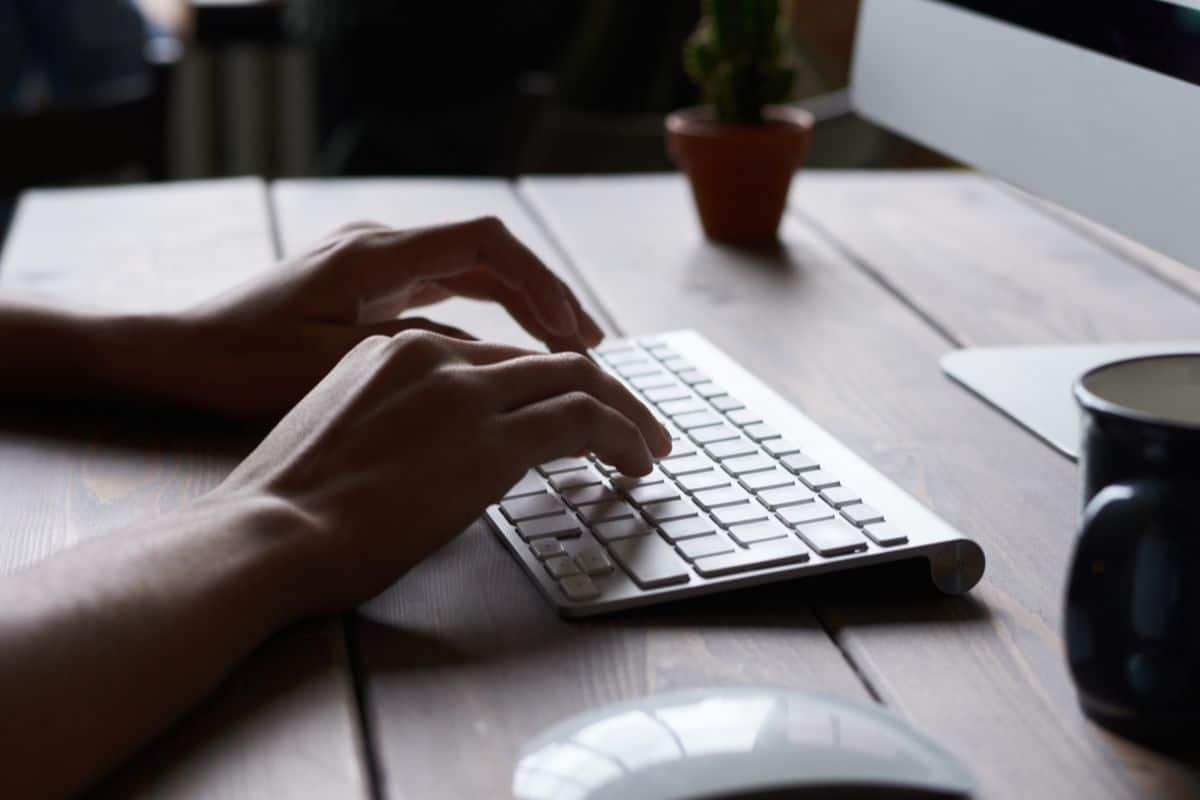
After completing these steps, you'll receive a confirmation email with your K-ETA application number. Once approved, the K-ETA will be sent to your email. Remember to print it out and carry it with you when traveling to South Korea.
Take note that your K-ETA is valid for 3 years (or 2 years if you applied before July 3, 2023) from the approval date. But, if the passport you used for the K-ETA application expires in less than 2 years, then the K-ETA approval will only be good until your passport’s expiration date.
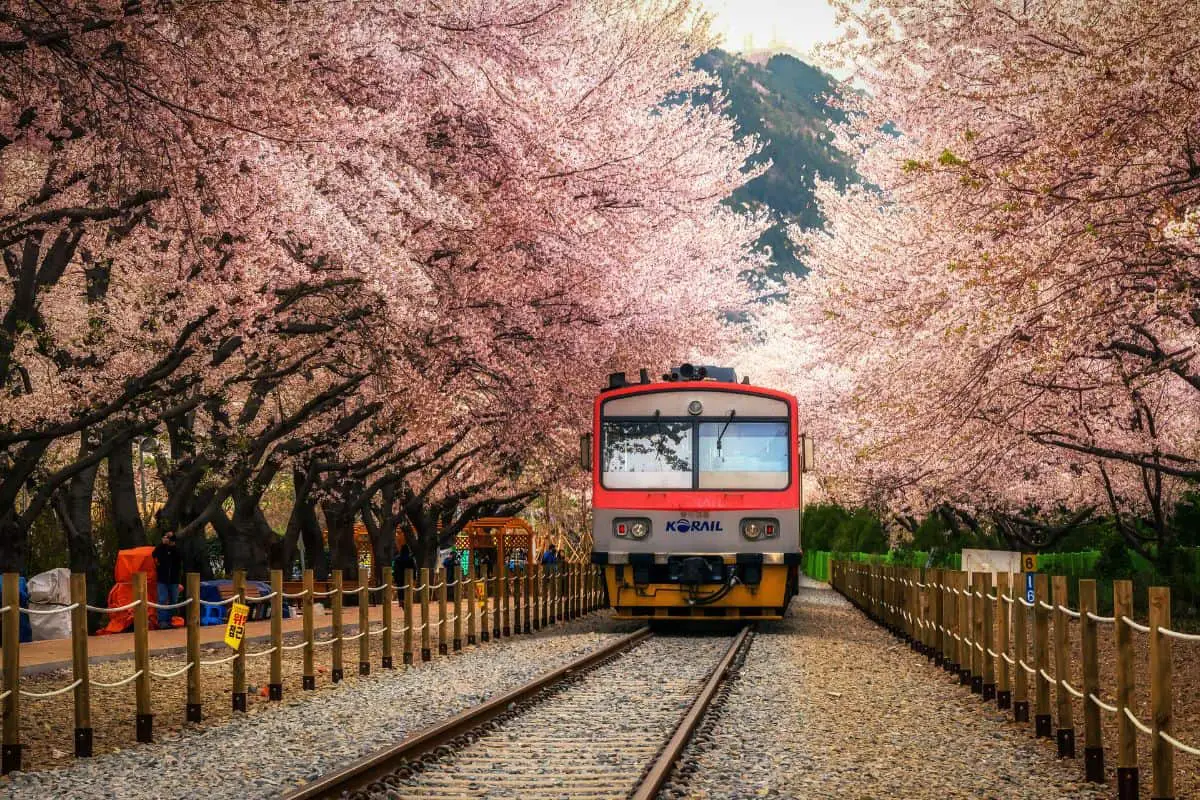
🚌 Public Transportation and Safety
Using public transportation.
Public transportation in South Korea is known for being efficient, reliable, and relatively easy for foreigners to navigate, especially the Seoul Subway . When visiting for tourism or business purposes, you'll find that most transportation systems have English signage, albeit sometimes intermittently, making it simpler to find your way around.
Keep in mind that it's always a good idea to plan your routes in advance to avoid any confusion. To plan routes, download applications like Kakao Map ( Android | Apple ) or Naver Map ( Android | Apple ) to help you with your travel planning.
Medical Care and Emergency Assistance
In case you need medical care or emergency assistance during your time in South Korea, it's important to be aware of the available resources. You can dial 1339, which is the Medical Assistance Call Center, if you need help finding medical facilities or understanding the local healthcare system.
Additionally, make sure to visit your doctor at least a month prior to your trip to get any vaccines or medicines you might need.
Alcohol and Drug Regulations
It's essential to be aware of and adhere to the country's alcohol and drug regulations. South Korea has strict laws when it comes to drug possession and usage, with severe penalties for violations.
For alcohol consumption the rules aren’t as strict, considering that they only have stipulated the legal drinking age (19 years old) and the regulation of online alcohol sales.
This doesn’t mean that you should go crazy on your drinking. Keep in mind that despite the cultural drinking expectations , you must know your limits to keep yourself safe in a different country.
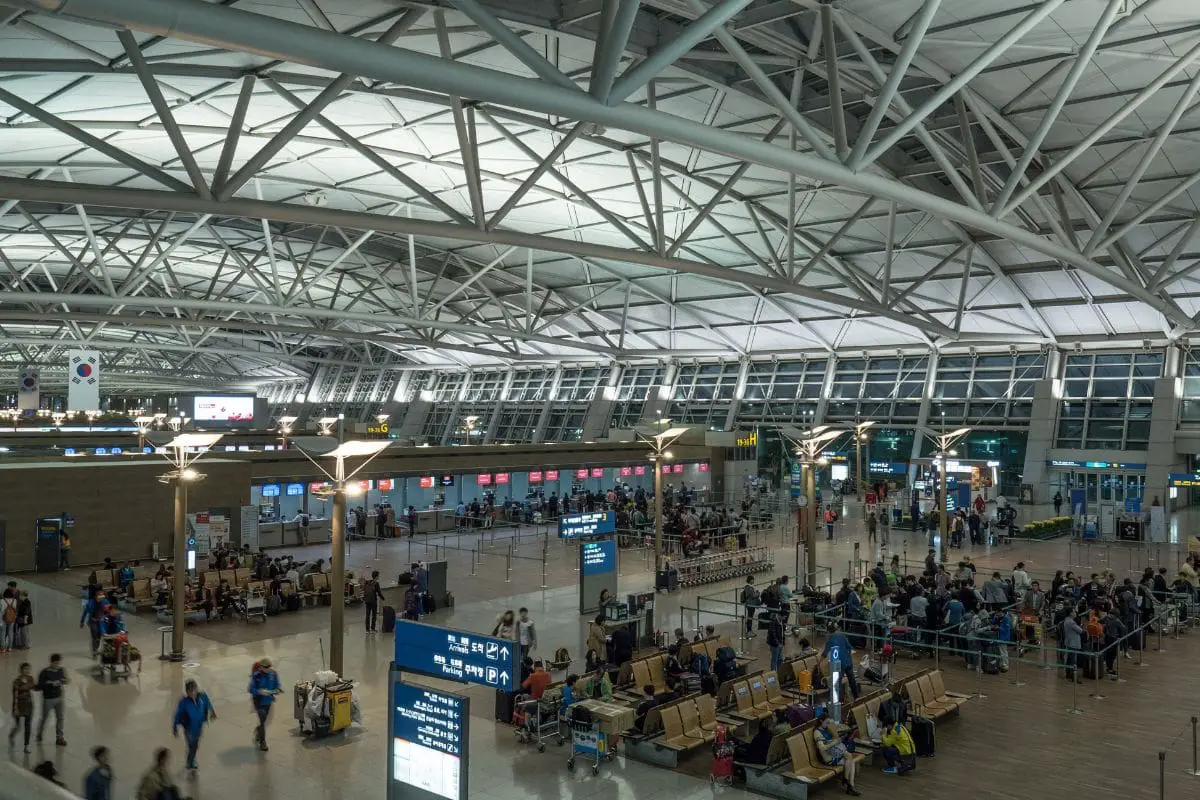
✅ Travel Advisory and Checklist
Covid-19 advisory.
Before traveling to South Korea, it's important to stay updated with the latest travel advisories. Read the Department of State's COVID-19 page and the Embassy's COVID-19 page for country-specific information.
Currently, the Republic of Korea doesn’t require incoming visitors to undergo COVID-19 testing, show proof of vaccination, or fulfill quarantine requirements for entry to Korea.
However, they still need you to present a QR code from the Quarantine Information Advance Input System . If you haven’t accomplished this, then upon arrival, airport staff will have you fill out a yellow form.
The rules and regulations are always subject to change, and you should always visit the Korea Disease and Control Prevention Agency for updates regarding this matter.
If you’re required to do a PCR test upon arrival, please refer to this list of COVID-19 Screening Clinics . Even though the restrictions on COVID-19 have been lifted, it’s still essential that you abide by the local COVID-19 guidelines and protocols to ensure your safety and the safety of those around you.
Q-Code System
When traveling to South Korea, you should be aware of the Q-Code system , which handles the management of incoming travelers. The Q-Code system is an electronic health declaration that helps Korean authorities monitor the health condition of travelers entering the country.
Upon arrival, you must download and install a mobile app on your device and register your personal information, including your vaccination status and PCR test certificate, if applicable.
The Q-Code system will assign you a unique code to track your health while you’re in Korea. You should carry your phone with you at all times during your stay in the country, as you may be required to present your Q-Code at any public health center or facility for monitoring purposes.
Last-Minute Checklist
To help prepare for your trip, create a checklist to ensure you have everything you need. Consider including the following items on your checklist:
- Valid passport with at least 6 months of validity remaining
- Travel insurance that covers your entire duration in South Korea (try WorldNomads and Visitors Coverage if you don’t have one yet)
- Copies of important documents, such as your passport and travel insurance policy
- Adequate local currency for your trip
In addition to these essentials, preparing for your health and safety while visiting South Korea is important. If you need assistance locating a facility that provides specific vaccines or medicines, visit the CDC's Find a Clinic page .
Furthermore, Americans may enroll in the Smart Traveler Enrollment Program (STEP ) to receive alerts and help the embassy locate you in case of an emergency. Lastly, familiarize yourself with local customs, etiquette , laws, and norms to ensure a smooth and enjoyable trip.
🙋 Frequently Asked Questions
Currently, pre-departure negative PCR test certificates are no longer required to enter South Korea since September 3, 2022. However, upon arrival, travelers exhibiting symptoms like fever or cough need to undergo COVID-19 testing at their own expense.
There are no specific COVID-19 vaccination requirements for travel to South Korea. But, vaccinated visitors do benefit from not having to quarantine upon arrival. Remember that the situation can change in the future, so it is essential to stay updated on any new regulations regarding vaccination and entry.
US citizens traveling to South Korea for short-term business or tourism purposes don’t need a tourist visa from April 1, 2023, to December 31, 2024. The Korean Electronic Travel Authorization (K-ETA) is also not required during this period. However, your passport must be valid at the time of entry, and you need at least one blank page for entry stamps.
Foreign nationals entering South Korea won’t be required to undergo a 7-day mandatory quarantine. However, travelers must still obtain a valid visa or K-ETA before their trip. Moreover, I advise you register your travel and health information through the Quarantine COVID-19 Defense (Q-Code) system before traveling to streamline the airport arrival process.
More South Korea Travel
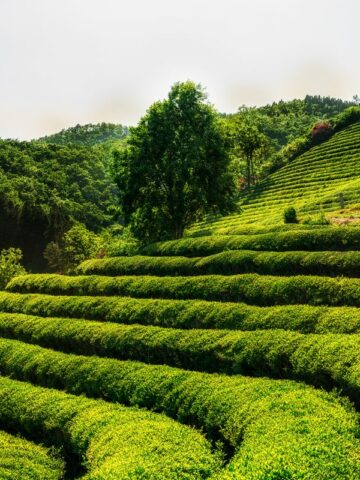
Sharing is caring!
Reader Interactions
August 16, 2024 at 11:30 am
This was very helpful thank you
August 18, 2024 at 6:40 pm
My pleasure, Katya; I'm glad you found it helpful!
Dear Max This is very useful information thank you! One question as a solo female traveller what might be the obstacles if any? Second question do you know if there are any rules when bringing medicine for personal use; do I need a proof from my doctor what they are used for? I would only stay 2 weeks maximum as a tourist. Thank you and have a good day!
August 18, 2024 at 6:45 pm
No problem, Pia! I'm glad to help. The main obstacle as a female alone in Korea will be finding places where you can eat alone, paying for the same amount of hotel room, and people to take your picture, as some tasks are just harder to accomplish with just one person. I've travelled all across the country as a solo female traveler, even when I had just arrived and couldn't speak any Korean, and otherwise the travel obstacles would be the same as if you were in a couple or group (navigation, communication, etc.). And no, you shouldn't; I've never had issues coming back with my prescriptions, but you can bring the proof along if it would help your peace of mind.
Leave a Reply Cancel reply
Your email address will not be published. Required fields are marked *

Gina Bear's Blog
Latina Solo Female Travel Blogger
Ultimate 5-Day Seoul Itinerary (South Korea Travel Guide)
If you’re planning a 5-day Seoul itinerary, Gina Bear has got you covered. Why should you listen to me above all the other travel bloggers? Simple.
I lived in South Korea for five and a half years. I speak the language, I lived in Korean society, and I extensively explored Seoul during the pandemic. This is your go to Seoul trip blog.
In this ultimate Seoul travel itinerary, you’ll know the best places to eat, the best experiences to try, and where to stay in Seoul. This post is designed to be a done-for-you Seoul travel guide.
Even though this is a five days in Korea itinerary, I am factoring in two travel days for when you arrive and depart. Alternatively, if you live in South Korea and are planning a holiday, then this itinerary is perfect for you too!
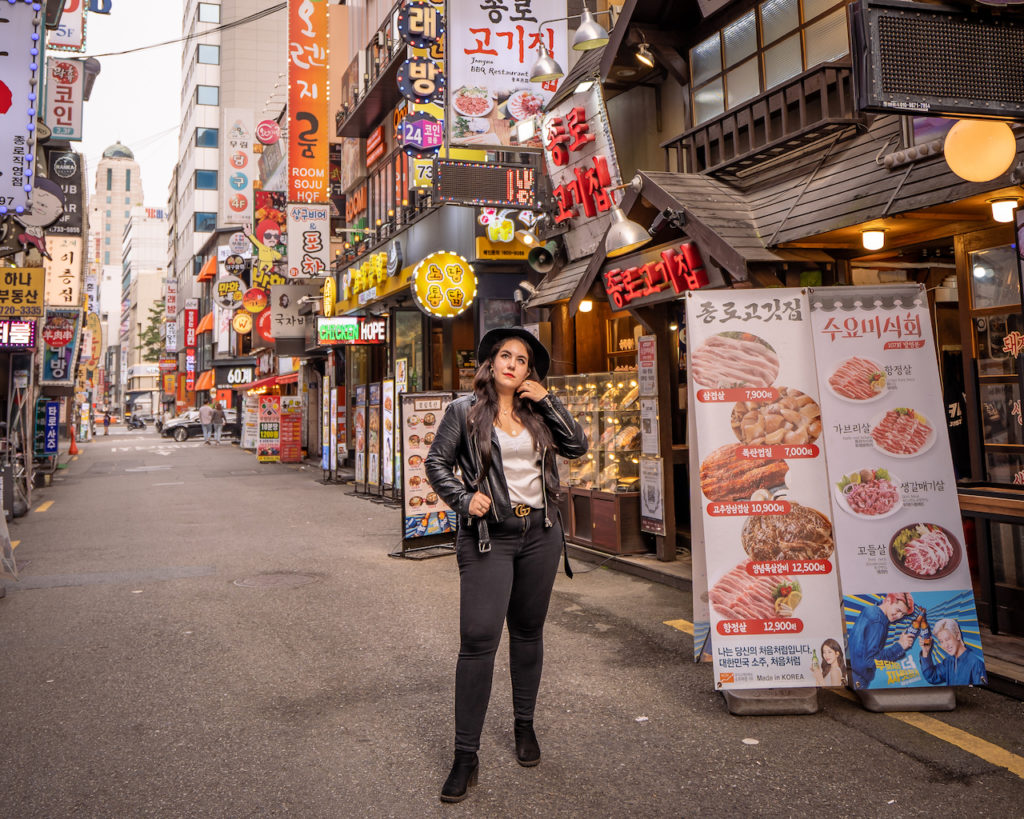
Table of Contents
Blog Posts You Might Like
- Incredible Things To Do in Seoul
- A Complete Guide On Where To Stay in Seoul
- The Ultimate Guide To Solo Female Travel in Korea
When Is The Best Time To Visit South Korea?
There’s always something happening in Seoul no matter what season you visit. However, if you want my personal recommendation, come during spring for all the amazing cherry blossom festivals and autumn for the incredible fall foliage.
Spring in Korea
Korea in spring brings all the beautiful flowers. Since cherry blossom season in Korea is so short you have a very short window to catch them all.
In addition, you can visit many different Korean spring flower festivals. Also, shop for the coveted Starbucks Cherry Blossom collection because it sells out super fast.
The temperature during this time is comfortable, but prices are more expensive since many Asian holidays happen around this time of year.
- Spring in Seoul | What To Pack for Spring in Korea
- The Best Korean Spring Festivals
- The Ultimate Guide To Spring in Korea
- Where To See Cherry Blossoms in Seoul

Summer in Korea
Like everywhere around the world, Korea in summer is peak tourist season. The best time for Korea summer travel is June and September.
July and August bring rainy season so expect to be very moist. recommend visiting Jeju Island as it is perfect to hit the beach and have a cheap staycation.
- Summer in Seoul | What To Pack For Summer in Korea
- The Ultimate Guide To Summer in Korea
- What To Do During Rainy Season in Korea
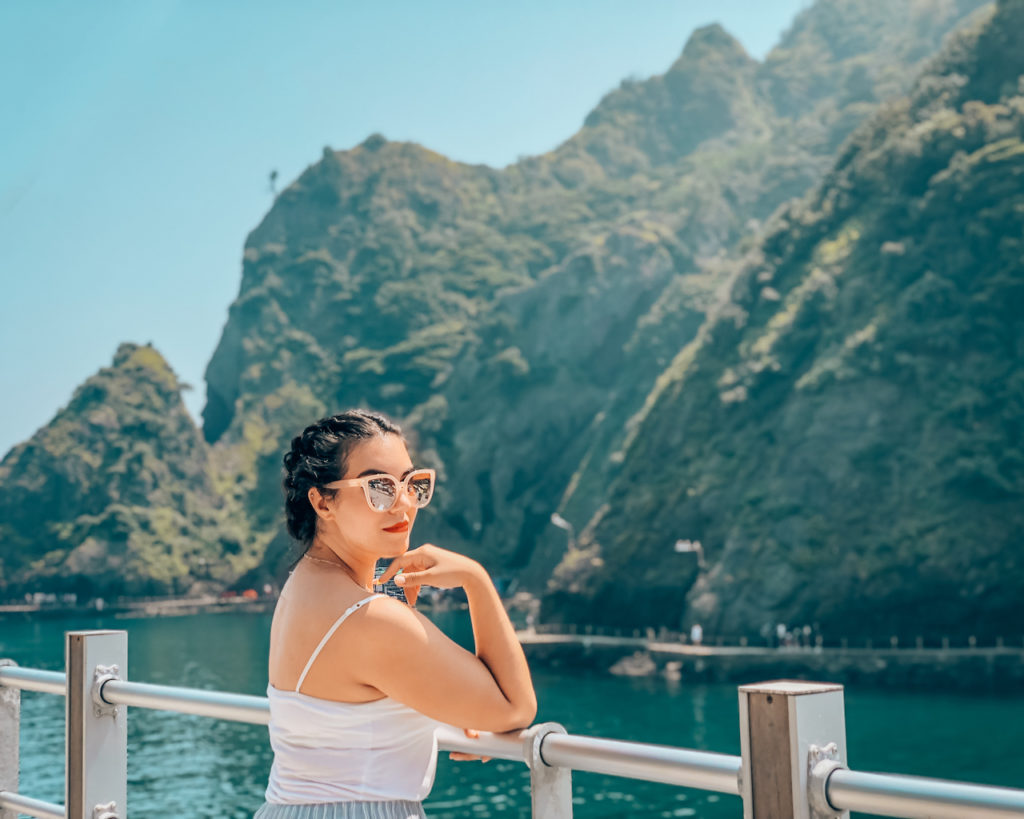
Autumn in Korea
Korea in autumn turns trees bright colors of red, yellow, and orange. September in Seoul still sees many tourists but starts to trickle out in October and November.
Fall is shoulder season in Korea as it doesn’t see many tourists. Chuseok (Korea’s Thanksgiving) is around this time.
Everything shuts down as Koreans travel back to their hometowns to celebrate with their families. I recommend doing a lot of hiking in Korea’s mountains and traveling to traditional cities like Gyeongju for the best fall in Korea experience.
- The Best Autumn in South Korea Festivals
- The Ultimate Guide To Autumn in Seoul
- Seoul in Fall | What To Pack To Korea in Autumn

Winter in Korea
Believe it or not, winter in Korea is a great time to visit. Flight prices drop except for around Christmas.
Visit in early December when the Christmas displays and illuminations decorate Seoul. The Lotte World Theme Park and Everland offer foreigner discount tickets. There are also incredible Korean winter festivals to check out.
- Cool Winter Festivals in South Korea
- The Ultimate Guide To Christmas in Korea
- The Ultimate Guide To Winter in Korea
- Winter in Seoul | What To Pack For Korea in Winter

Is five days in Seoul enough time?
If you’re wondering how long to spend in Seoul, I would stay for a month. Honestly, five days in Seoul is so short because it is one of the most interesting cities in Asia. If you spend 1 week in Seoul, I guarantee you’ll be left wanting more.
Before You Visit Korea
A trip to the other side of the world takes careful planning and consideration. In this section, I’m going to break down what to pack, what to be aware of, apps you need for Korea, how to get a sim card, and how to save money on your trip.
How To Book a Flight To Seoul
Korea high season travel is from June to July. Plane tickets are most expensive during these months.
The cheapest month to fly to South Korea is in March. A flight to South Korea from Los Angeles is typically about 13 hours and 30 minutes. (It’s a pretty long distance, but totally worth it.)
What To Pack For Korea
I highly recommend packing as light as possible so that way when you buy all of your favorite Korean products, there will be room in your suitcase. My favorite travel suitcase brand is Béis .
I also have an ultimate guide for what to pack to Korea in every season .
Apps You Need To Download For South Korea
Your 5 days in South Korea itinerary will be so much more complete with apps to make your life easier. These were the apps I personally have used to make my day to day life easier.
- Naver Maps – This is your one and only warning. GOOGLE MAPS DOESN’T WORK IN SOUTH KOREA. You need to use Naver Maps which is available in English. Naver Maps for iPhone | Naver Maps for Android
- Kakaotalk – If you want to connect with some cool people you’ve met in your travels, Kakaotalk is the best way to do so. Kakaotalk for iPhone | Kakaotalk for Android
- Kakaotaxi – This app makes it easy to call taxi drivers. The starting fee for taxis is about 3,000 won. Kakaotaxi for iPhone | Kakaotaxi for Android
- KakaoMaps – This is very similar to Naver Maps so just choose one. I recommend downloading both because sometimes you’ll get address links for this app too. KakaoMaps for iPhone | Kakaomaps for Android
- Kakaometro – Have you noticed there’s a trend here with Kakao? They’ve made some pretty amazing apps and this is also great for navigating the subway. Similar to Subway Korea, you’ll get train times, arrival information, and train transfer data. Kakaometro for iPhone | Kakaometro for Android
- Subway Korea – This is one of my favorite apps for navigating the subways. It will give you the times the train will come, what time you’ll arrive at your destination, and which car to sit in for easy transfers. Subway Korea for iPhone | Subway Korea for Android
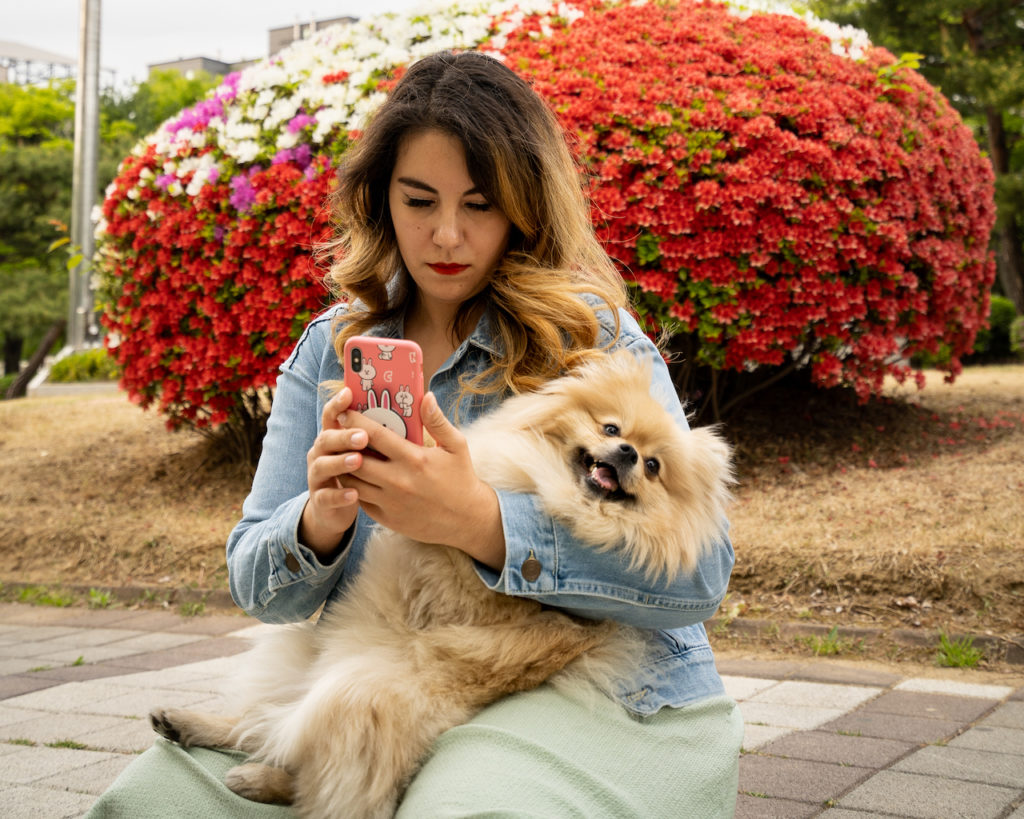
Get An E-Sim Card for South Korea
One of the coolest things I discovered in my travels is the beauty of an E-Sim card. Why is it so great?
It gets downloaded directly to your phone and is activated immediately. This works best if your phone is unlocked. You can purchase an E-sim card for Korea here.
Book The Discover Seoul Pass
One of the cheapest ways to travel Seoul is by investing in the Discover Seoul Pass . You can choose the digital card or physical one.
The pass doubles as a TMoney card which can be used on public transport like subways, buses and taxis. It can be topped off in any convenience store and train station kiosk.
Plus, it comes in increments of 24, 48, 72, and 120 hours. The Discover Seoul pass grants you free entrance into Korea’s top attractions.
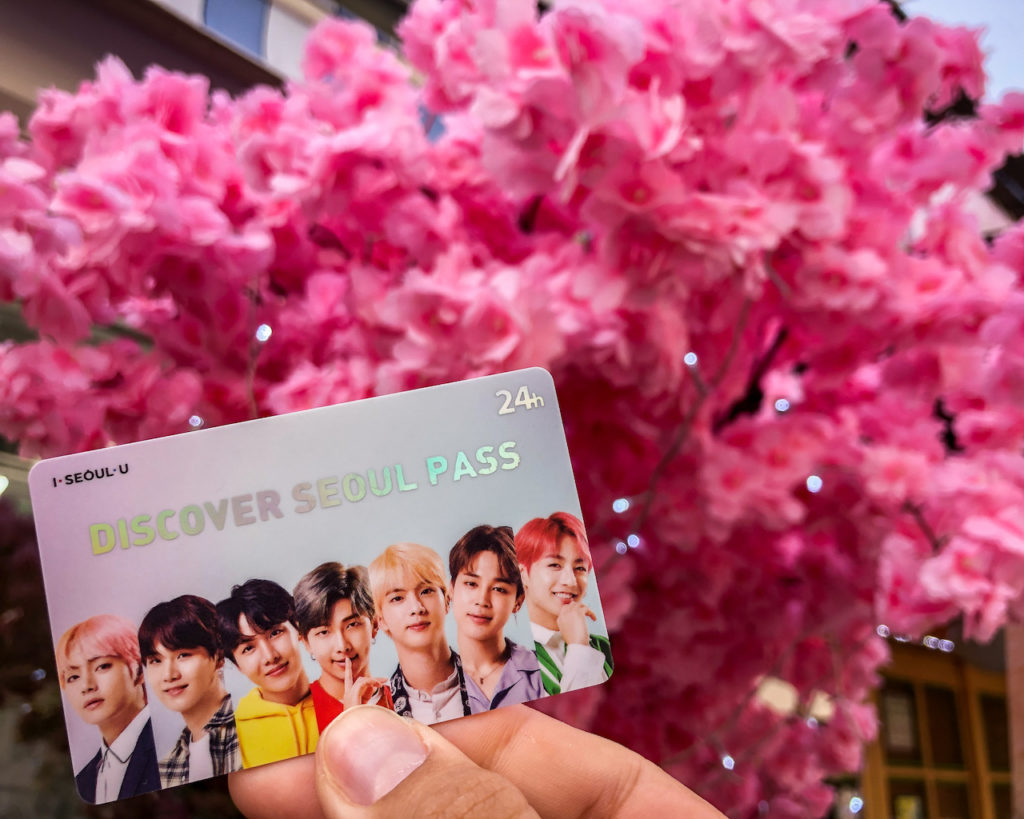
Worried About The Korean Language Barrier?
A language barrier may seem scary during 5 days in South Korea. These apps, products, and courses are all things I’ve used and tested myself.
- Google Traslate – This is a free app where you can put in your mother tongue and target language. You can also take photos and Google will translate. Google Translate for iPhone | Google Translate for Android
- Naver Dictionary – Naver Dictionary is more precise than Google Translate because it was made as a language-learning tool for English. Naver Dictionary for iPhone | Naver Dictionary for Android
- Papago – A free app developed for Koreans. I often used it to help translate difficult sentences and phrases. Papago for iPhone | Papago for Android
- 90 Day Korean – If you’re planning a trip months in advance, check out 90 Day Korean. Their course is set up for you to have 3 minute conversation with a native speaker of Korean after 90 days of studying with them.
- How To Learn Korean Easily – This blog post covers all the resources I used to learn and study Korean. You’ll get a list of my favorite tools, websites, books, and apps.
Helpful Korean Travel Phrases
- 안녕하세요 (ahn-nyung-ha-se-yo) — Hello
- 제 이름은 _____ (jeh ee-reum-un _____) — My name is _____
- 진짜요? (jin-jja-yo?) — Really?
- 재미있어요 (jeh-mi-eess-uh-yo) — It’s fun
- 화이팅! or 파이팅! (hwa-ee-ting! or pa-ee-ting!) — Fighting!
- 안녕히 계세요 (ahn-nyung-hee geh-seh-yo) Goodbye (you’re leaving)
- 안녕히 가세요 (ahn-nyung-hee gah-seh-yo) — Goodbye (you’re staying)
- 감사합니다 (gam-sa-ham-ni-da) — Thank you
- 잠시만요 (jam-shi-mahn-yo ; “wait a moment”) — Excuse me
- 죄송합니다 (jweh-sung-hap-nee-da) / 미안합니다 (mi-ahn-hap-nee-da) — I’m sorry
- 괜찮아요 (gwaen-chanh-ah-yo) — It’s okay
- 화장실이 어디예요? (hwa-jang-shil-ee uh-di-eh-yo?) — Where is the bathroom?
- 여기요 (yuh-gi-yo) — Over here
- 주세요 (ju-seh-yo) — Please give
- 메뉴 주세요 (meh-nyu ju-seh-yo) — Menu, please
- 얼마에요? (uhl-mah-eh-yo?) — How much is it?
- 한국말 잘 못해요 (hahn-guhk-mal jal moht-heh-yo) — I don’t speak Korean well
- 영어 할 수 있어요? (yung-uh hal su-eet-suh-yo?) — Do you speak English?
- 천천히 말씀해 주세요 (chun-chun-hee mal-sseum-heh ju-seh-yo) — Please speak slowly
- 맥주 한 잔 주세요 (make-ju han-jan ju-seh-yo)—One beer please

World Nomads Travel Insurance
Life throws curveballs. Your luggage goes missing, flights get canceled or maybe your plans change? I recommend booking World Nomads Travel Insurance .
South Korea Currency
South Korea uses Korean Won as their currency. The exchange rate goes as follows: 1,000KRW is equal to about 0.75USD. It’s a great time to visit Seoul since the US Dollar is so strong.
How to exchange your money into Korean Won?
Two of the best ways to exchange money would be a bank in a bigger city where they carry South Korean won. Do not exchange your money at Incheon Airport because you won’t get a good rate. The best currency exchanges in Seoul are located in Itaewon and Myeongdong.
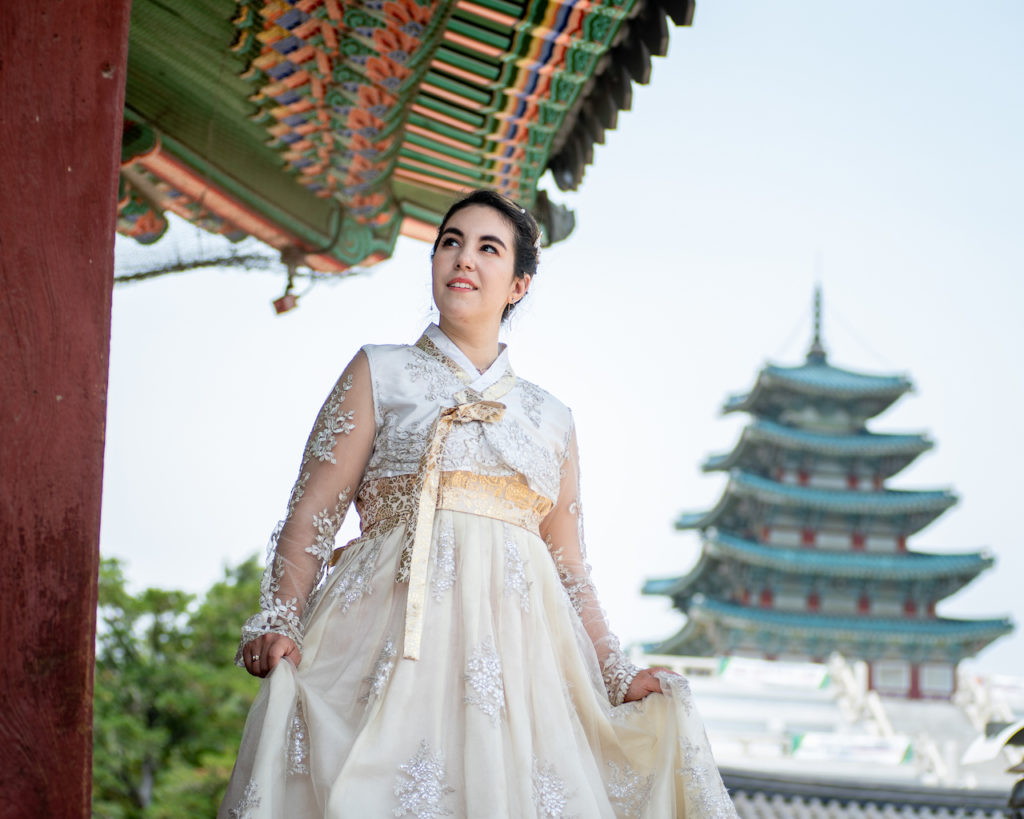
Arriving in South Korea
You’ll arrive at Incheon International Airport. It is located in Incheon (as the name suggests) but it is very easy to get to central Seoul from the airport.
You should get a T-money or Cashbee card at the convenience store. Or you can book a digital T-money card online here so you don’t have to deal with it when you arrive.
These are basically reloadable public transport cards. They cost 5,000 won and you can reload the card at any train station kiosk or at the convenience store.
How To Get From Incheon Airport to Seoul
Getting to seoul by train.
If you take the train, there are two ways to get to Seoul. One is by the all-stop train (which takes forever) and the Express Train. You can check the airport train schedule here.
- Express Train – The Express Train travels non-stop from Incheon Airport Terminal 1 Station and Terminal 2 Station to Seoul Station. To take this train, passengers must purchase an Express Train Pass (or have the Discover Seoul Pass ). A discount is available to passengers who present flight tickets from Jeju Air, Korean Air, Asiana Airlines, or T’way Air. Cost: 9,500 won adults | Runs: every 43 minutes
- All-Stop Train – The all-stop train makes stops at all subway stations from Incheon Airport Terminal 1 and Terminal 2 Stations to Seoul Station. Six of the subway stations allow transfers to other metropolitan area subway lines. To take this train, passengers must use a transportation card. International visitors may also use the foreigner-exclusive prepaid transportation card MPASS. Cost: 4,150 won | Runs: every 59 minutes
Getting To Seoul By Airport Bus
Airport buses run from Incheon International Airport to many areas of Seoul. Tickets can be purchased at ticket booths just outside the 1F Arrivals Hall of each terminal. Detailed inquiries on bus routes and bus stops can be made here.
- Check bus routes and purchase tickets at the ticket booths located at the Arrivals Hall (1F) of Terminal 1 near Gates 4 & 9 or outside by Gates 4, 6, 7, 8, 11 or 13.
- Tickets at Terminal 2 can be purchased from the bus terminal at the Transportation Center (B1F)
- Check the bus boarding number indicated on the ticket.
- Go to the bus boarding location and double check the bus route and departure time.
- Once aboard the bus, listen carefully to the English announcement for your stop.
There’s help kiosks located all around the airport if you get lost or have a question. You can also check the Incheon Int’l Airport Bus Guide (Korean, English, Japanese, Chinese).
Getting To Seoul By Private Transfers
There are different kinds of taxis that can take you into Seoul.
- Regular Taxi – Base fare begins at 3,800 won (Seoul standard) with a 20% increased charge from the base fare at nighttime (24:00-04:00).
- Deluxe & Jumbo Taxi – Base fare for deluxe and jumbo taxis begins at 6,500 won. There is no additional nighttime charge.
- International Taxis – International taxi fares are fixed according to region with regular taxi fares ranging 65,000 – 90,000 won, and deluxe and jumbo taxis run from 95,000 – 130,000 won.
Pro Tip: If a taxi driver tries to take advantage by demanding an inflated fare, report the incident to Seoul Global Center (+82-2-2075-4180), which offers services in English, Japanese, Chinese, Russian, Vietnamese, Mongolian, Filipino, Uzbek, and Thai. You can also report your complaint to the Dasan Call Center (+82-2-120), which offers services in English, Japanese, Chinese, Vietnamese and Mongolian.
How To Get Around Seoul
- Subway : The subway is owned by the government so the fares for each line are standardized (unlike Japan). Fares start at 1,350 won and cost about 100won – 300won to transfer to another line. The trains run all day, but are closed from midnight to 5:30am.
- Bus – If you’re a first time tourist to Seoul, I would avoid taking the bus; however, if you’re up for the challenge, use Naver Maps. It will tell you where the bus stop is and the bus stops also have information about when the next bus will come. It also costs 1,250 won to get on the bus and 100won – 300won for transfers. If you find yourself stranded without a subway, then you can ride the M Buses at night.
- Taxi – The base fare starts at 3,000 won and goes up from there. They’re a little more expensive to ride at night, but they are available 24/7.
- Seoul Bike – These are public bicycles that can be found all over Seoul. It costs 5,000 won to rent for the day. For more information and a comprehensive guide on how to rent, click here .
- Electric Scooters – There’s a lot of walking in Seoul, but luckily there are a lot of bike paths as well. There are three companies you can rent an electric scooter from in Seoul— Lime , Beam , and Kickgoing (Korean only). Korean law requires you to scan your driver’s license before renting.
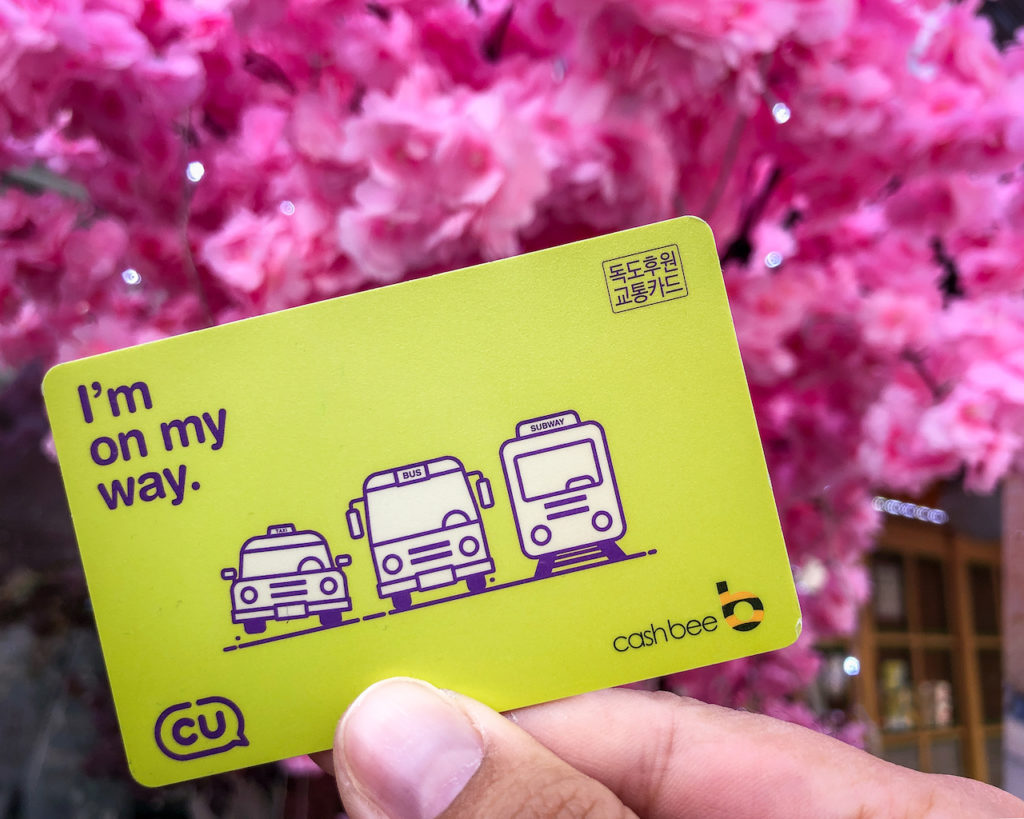
Safety in South Korea (5 Days Itinerary Seoul)
South Korea is a very safe country for solo female travelers. Just be aware crime still happens despite the safety ratings.
According to Global Finance, Korea has a safety index score of 8.93. This means you will find CCTV everywhere and Koreans keep themselves in check.
One of the things I enjoy most is being able to leave my valuables on a table and no one will try and steal it.
5-Day Seoul Itinerary Budget
Traveling in South Korea is cheaper than Japan. I wrote a comprehensive post on How to Budget Travel in Seoul to give you money saving tips and ideas on how to lower the costs of traveling there.
I also recommend checking out the book How To Travel the World on $50 a Day for more money saving tips and hacks. Below you’ll find a breakdown of what some of your bulkier costs will be.
- Hotels : $20 – $100 a day
- Food: $10 – $50 a day
- Fun: $20 – $50 a day
- Transport: $5 – $10 a day
Where To Stay in Seoul
Check out my post on Where To Stay in Seoul for a detailed guide on booking accommodation in South Korea. You’ll get recommendations for every budget and what each area offers. However, if you’re in a hurry, here’s a mini Seoul city guide.
- Gangnam – Best area to stay in Seoul for luxury travelers.
- Hongdae – For budget travelers, night life lovers, and foodies.
- Insadong – Traveler who love culture and unique Korean experiences will thrive here.
- Itaewon – For those who don’t want to stray far from home comforts.
- Jamsil – Perfect for families and low key travelers.
- Myeongdong – This is the best neighborhood for Korean food, skincare, and clothes.
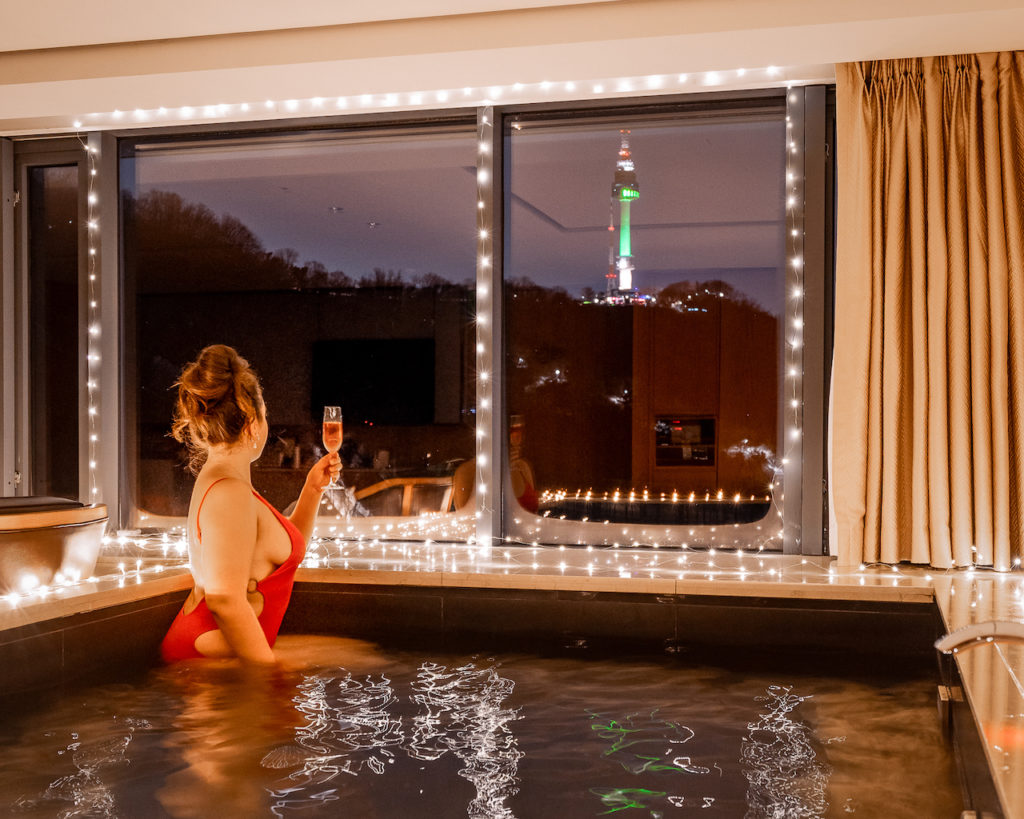
Five Days Itinerary Seoul Map
On the map below, you will get each day planned out wit route maps. This is a completely done for you 5 days in Seoul itinerary.
Day One in Seoul
For your first day, bring your best pair of sneakers because there’s a lot of walking for this 5 day Seoul itinerary. The pavement is often uneven your gym shoes will protect you from accidents. If you want cute photos just switch out your shoes.
Rent a Hanbok at Hanboknam
I recommend experiencing Korean culture. One of the best ways to do this is by renting hanbok. A hanbok is a traditional Korean dress.
For everything you need to know about renting hanbok in Seoul click here . Did you know you can get free admission into all the royal palaces by wearing hanbok?
Hanboknam provides hanbok up to a US size 16. The larger sizes leave much to be desired in terms of how pretty they are.
In addition, they do have shoes available to rent if you can fit. The largest they go up to is a US size 8. You can book your Hanboknam hanbok rental here.
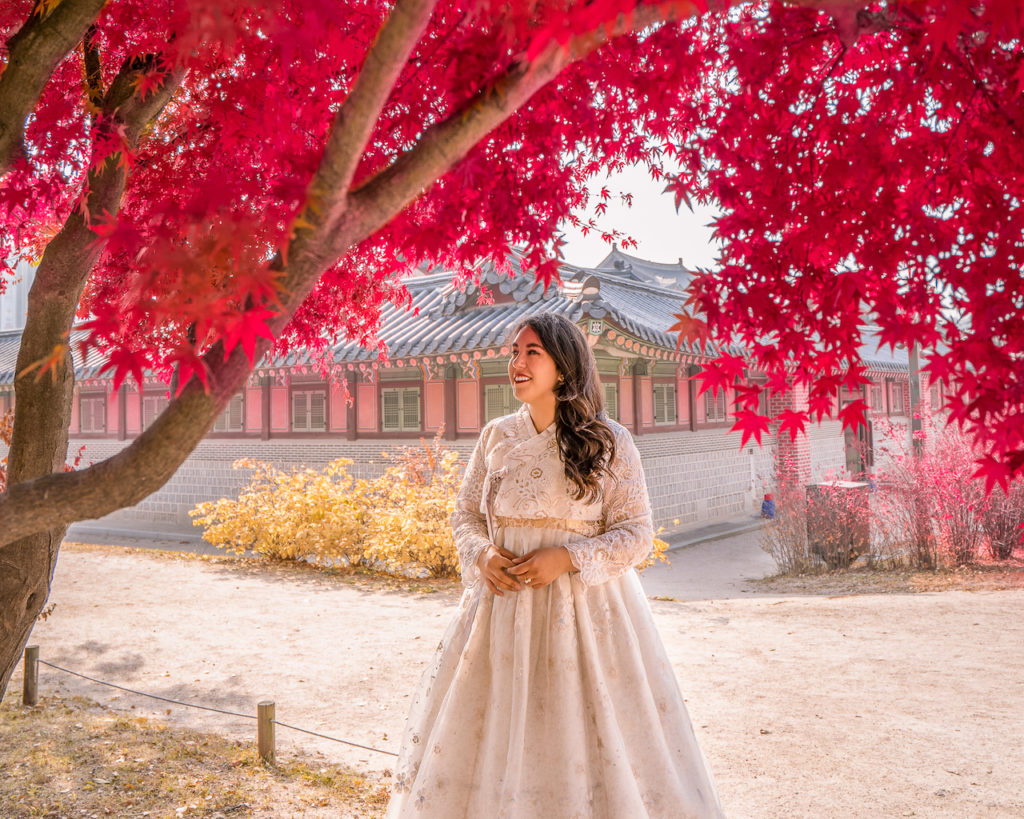
Gyeongbokgung Palace
This is the most beautiful of the palaces and was the main palace during the Joseon Dynasty. While at Gyeongbokgung, check out the National Palace Museum of Korea to learn about Korean culture and rich history.
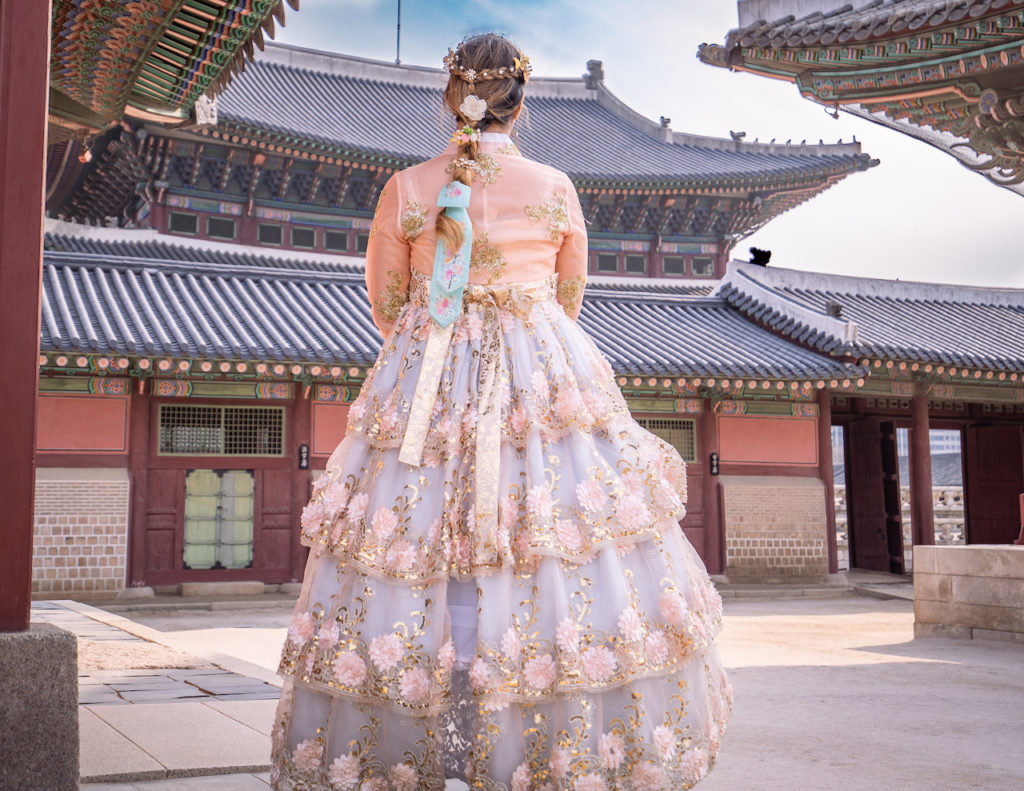
Insadong is best for buying souvenirs and local artwork. It’s the only street featuring exclusively Korean signs and no English.
You’ll also find very tasty traditional Korean food for cheap. My favorite restaurant for tasty Korean food is called Insadong Geujip .
During peak tourist season, you can also find a lot of Korean traditional acts performing on the street from sword fighting to dancing.
What To Do in Insadong?
- Color Pool Museum
- Make a Traditional Korean Name Stamp
- Korean Rice Wine (Makgeolli) Tasting Tour
- Insadong Half Day Food Walking Tour
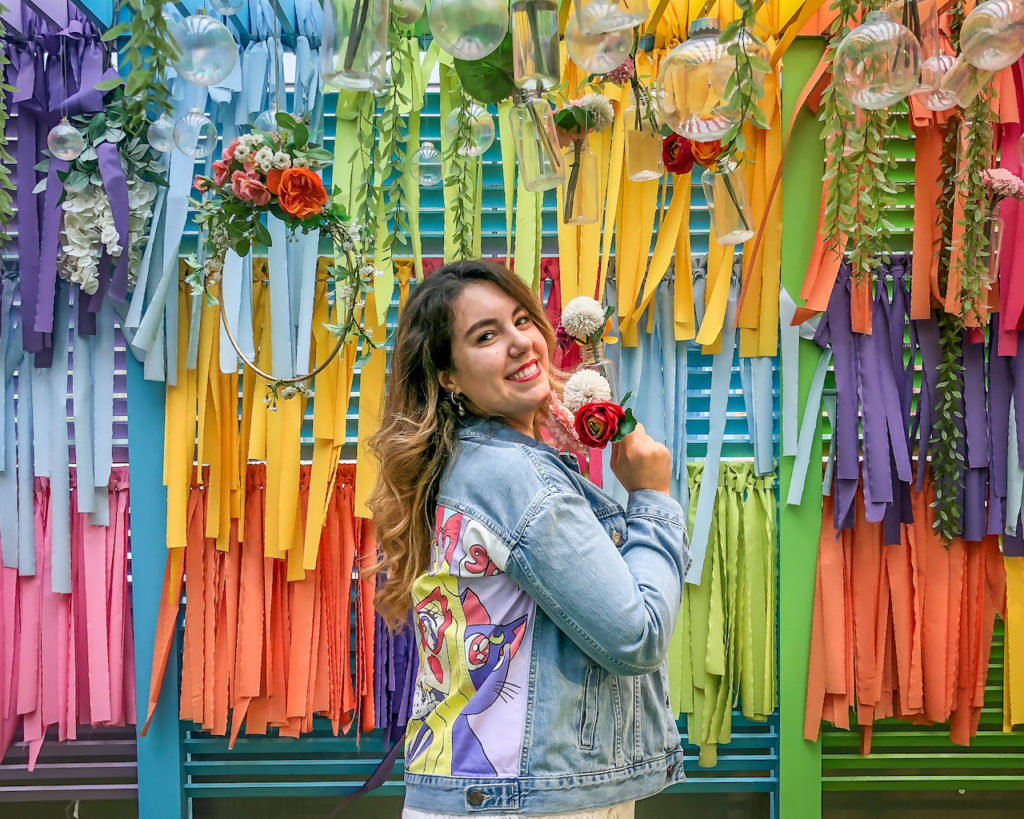
Ikseon-dong Hanok Village
Ikseon dong should be on your to-do list. This is a really trendy hanok village with amazing cafes, restaurants, boutiques and entertainment.
It really gives you that old Seoul feel while walking around the narrow alleys. At night, it’s also a great place to go drinking and to eat Korean bbq at a local restaurant.
For a full guide on everything you need to do in Ikseondong click here .
What to do in Ikseondong?
It’s really easy to spend a good chunk of your afternoon walking around the Ikseondong Hanok Village. Take your time to explore all the great cafes and views the area offers.
- Insadong & Ikseondong Makgeolli Tasting Tour
- Ikseondong Walking Food Tour

Have A Drink At Moxy Hotel’s Rooftop Bar
Your Seoul itinerary should include at least one rooftop. I went here for my birthday and you get the most amazing view of the Ikseondong Hanok Village.
It’s also amazing to have a drink on their rooftop. This is also a really fun place to stay with all of its fun and modern decorations. Book your stay at the Moxy Ikesondong here.
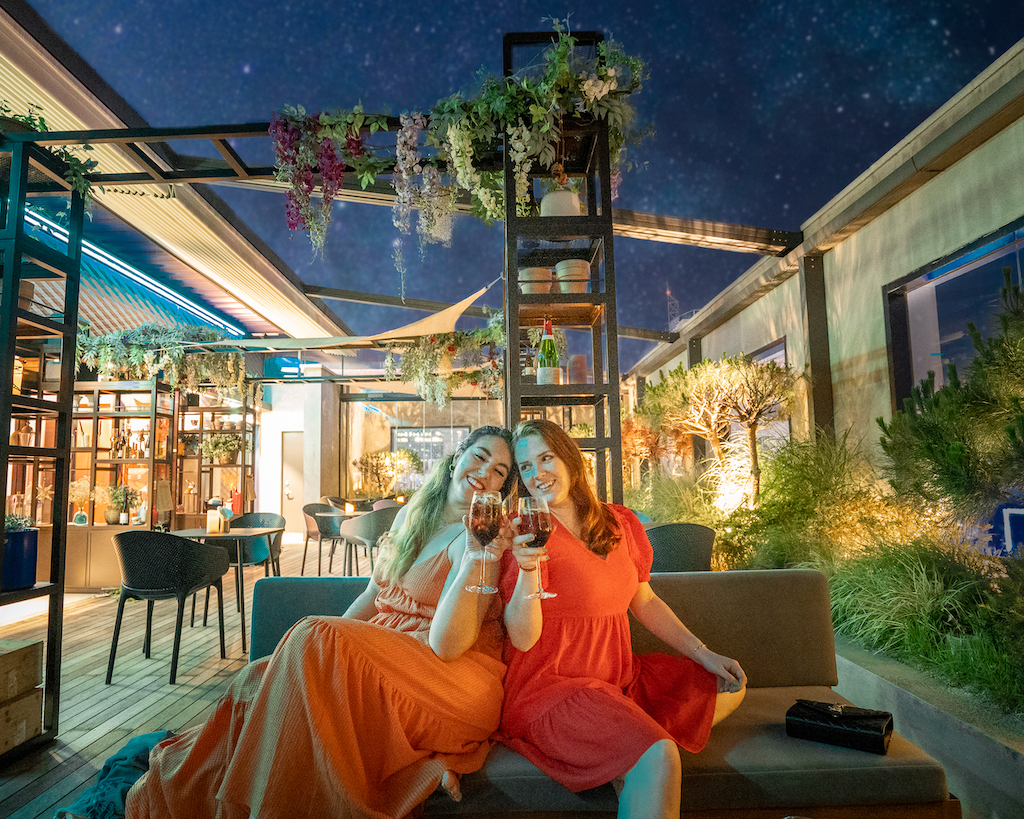
Day Two in Seoul
Next on our itinerary in Seoul, Today is a day where you’re going to do more traditional things.
Even though a lot of the traditional Korean places are located in one area, it’s still a lot of walking. Also, you’re going to want to take your time and learn about Korea’s history, culture, and take amazing photos.
Changdeokgung Palace
This is one of the largest palaces in Seoul not because of the buildings, but because of the gorgeous Secret Garden. It’s also a UNESCO World Heritage Site.
It costs 3,00 won to enter the palace. Or if you’d like to delve deep into the history and culture of Changdeokgung and the surrounding Bukchon Hanok village, you can do a guided tour .
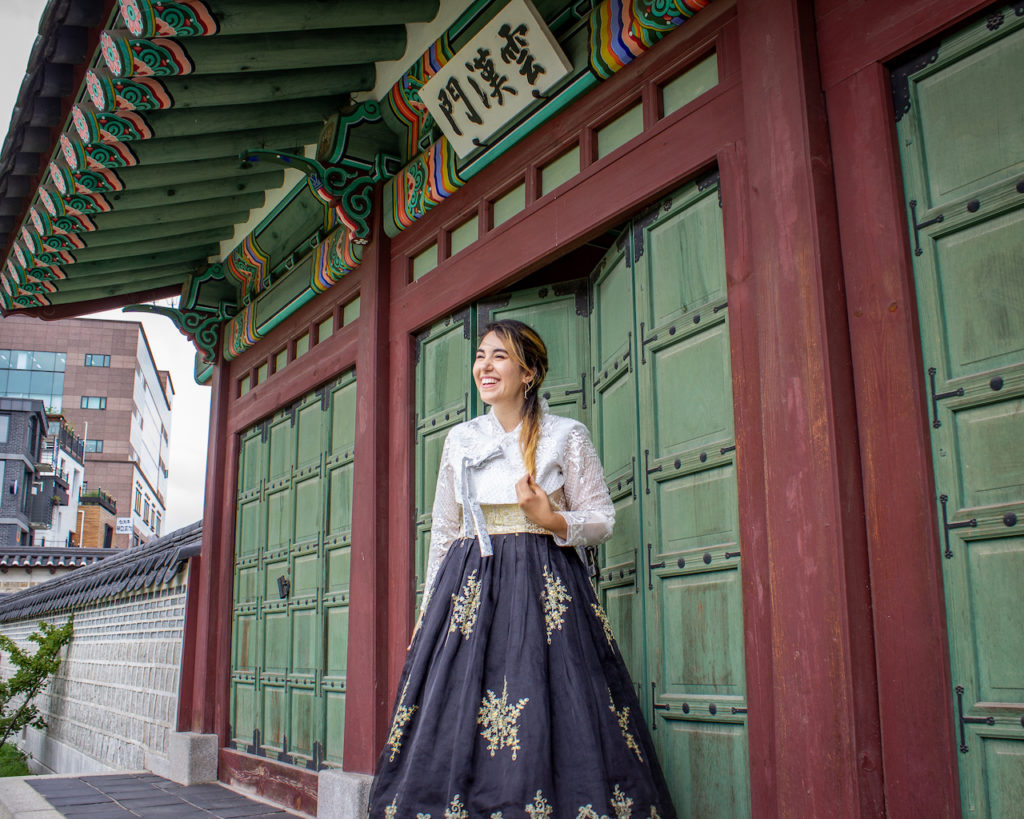
Secret Garden Tour
This is the highlight of visiting Changdeokgung. The royal family used the garden as a place of rest since the reign of King Taejong (1400 to 1418). They would come here to contemplate life, write poems, and hold banquets.
Pro Tip: Two of the most popular times during the year to visit Changdeokgung are during cherry blossom season and autumn when the foliage makes the garden come alive with gorgeous colors. Book tickets to the garden in advance or during the week at 9am.
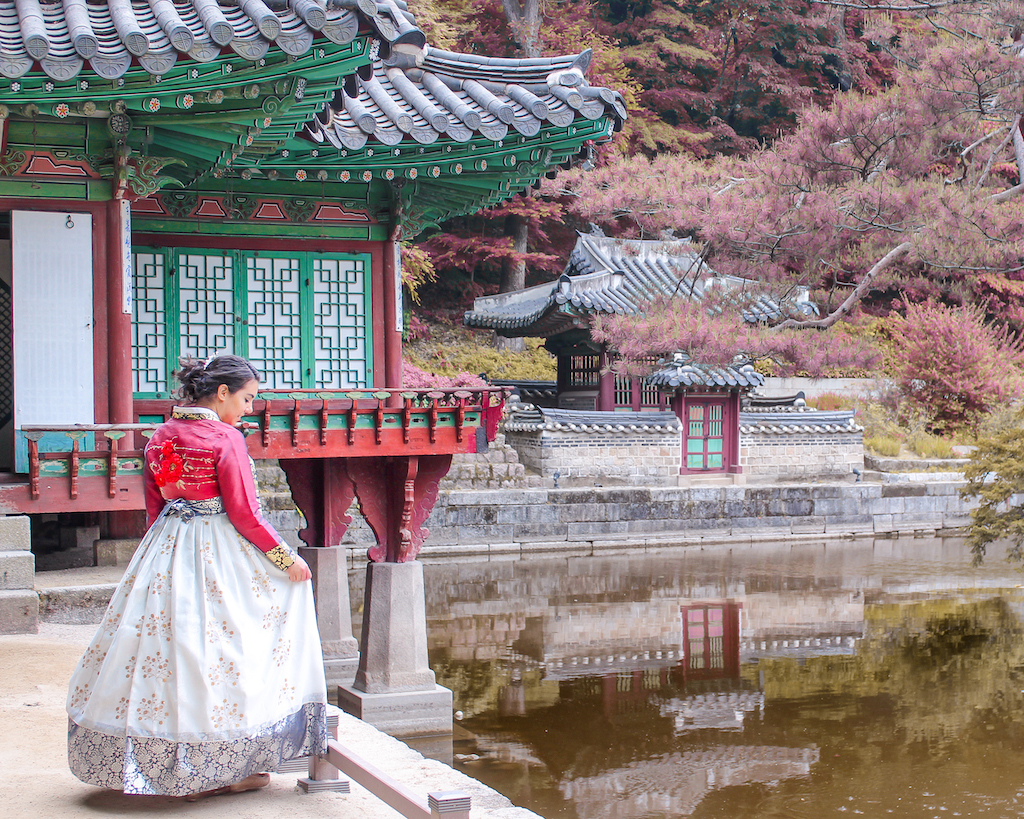
Jogyesa Temple
Jogyesa Temple is one of the oldest Buddhist Temples in Korea and a symbol for Buddhism in Korea. It’s located in the heart of the city and is still an active temple today.
While you stroll the grounds, you’ll most definitely catch Buddhist services. Just a note, the temple becomes decorated with beautiful and brightly colored lanterns around Buddha’s Birthday.

Bukchon Hanok Village
Bukchon is full of beautiful traditional hanok homes. A hanok is a traditional Korean house. People actually live there, so please be respectful of your surroundings. This is a residential area and people do live here so please be quiet and do not disturb others.
If you want to get a shot like mine with no people, go super early in the morning because it gets crowded fast. One Day Hanbok is also located at the heart of this district so it’s easy to rent a hanbok from them and then take photos here.
- Bukchon Hanok Village Walking Tour
- Kimchi Making Class in Bukchon Hanok Village
- Mother of Pearl DIY Class in Bukchon Hanok Village
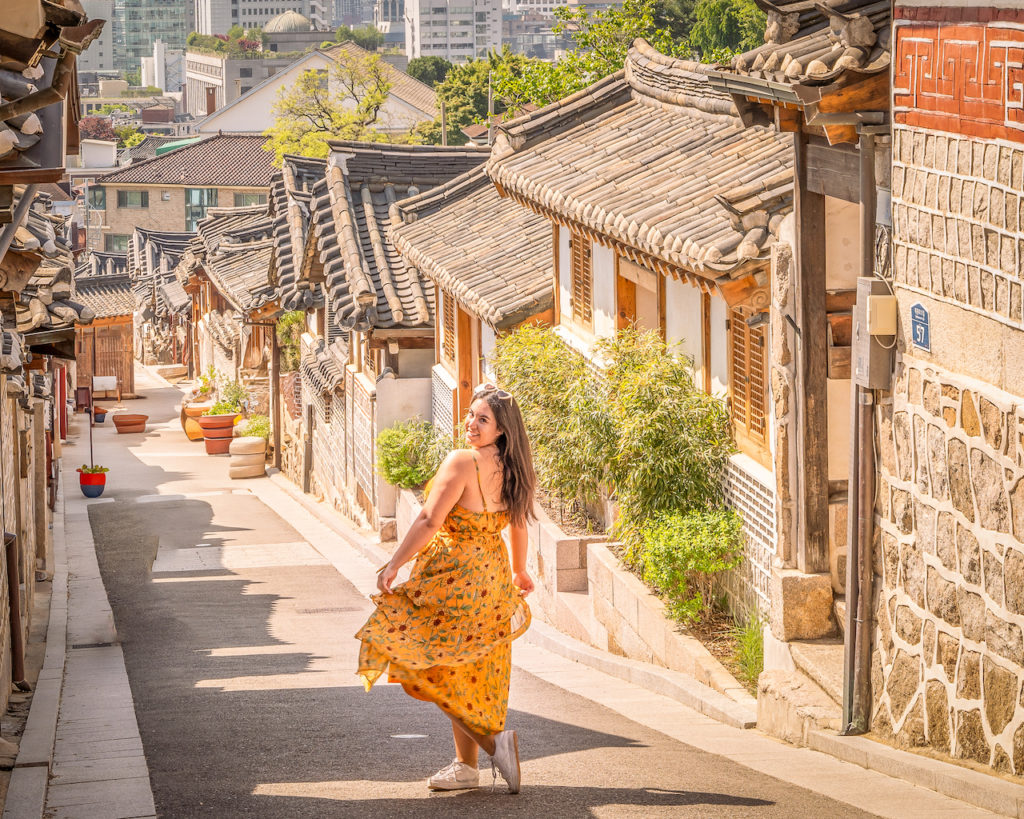
Green Mile Coffee
This is by far one of my favorite coffee shops in the Bukchon area. Their speciality lies in coffee and green tea creations…
Which sounds like it wouldn’t go together, but it totally does! It’s a great pick me up and I recommend going around sunset. You can also see the National Folk Museum of Korea from the rooftop.
Optional: Gwangjang Market
This is the largest traditional market in Seoul. It’s the perfect place to try traditional Korean food. It’s a popular spot for an authentic street food experience in Seoul.
Day Three in Seoul
Optional: ihwa mural village & naksan park.
This is the most popular mural village in Seoul and a great cultural experience. The Seoul government brought in about 70 local artists to make this a beautiful neighborhood.
You can also rent an old-time Korean school uniform to take pictures. Make sure you’re quiet and respectful as this is a residential area. You can walk along the Seoul City Wall into Naksan Park here which offers great views of the city.
Optional: Dongdaemun Design Plaza
The DDP is a major urban development landmark in Seoul, South Korea, designed by Zaha Hadid and Samoo, with a distinctively futuristic look. Seoul Fashion week is held here. Various traveling art exhibits are also put on display at the DDP.
Namsan Tower
If you’ve ever watched a romantic Korean drama, then you’ll have seen a scene filmed here. It’s the ultimate couples destination in Seoul. The N Seoul Tower is also known as a complex culture space where the clouds meet Namsan Mountain.
What to do at Namsan Tower?
A few things I recommend are definitely going up the cable car and Namsan Park. You can take a leisurely walk along the city wall from the park and it is amazing for photos.
It’s great in all seasons but especially in spring and autumn. There are also two restaurants in the observatory to choose from which makes the experience even cooler.
- Namsan Tower Round Trip Cable Car Ticket
- Namsan Tower Observatory Ticket
- The Place Restaurat at Namsan Tower
- HanCOOK Restaurant at Namsan Tower
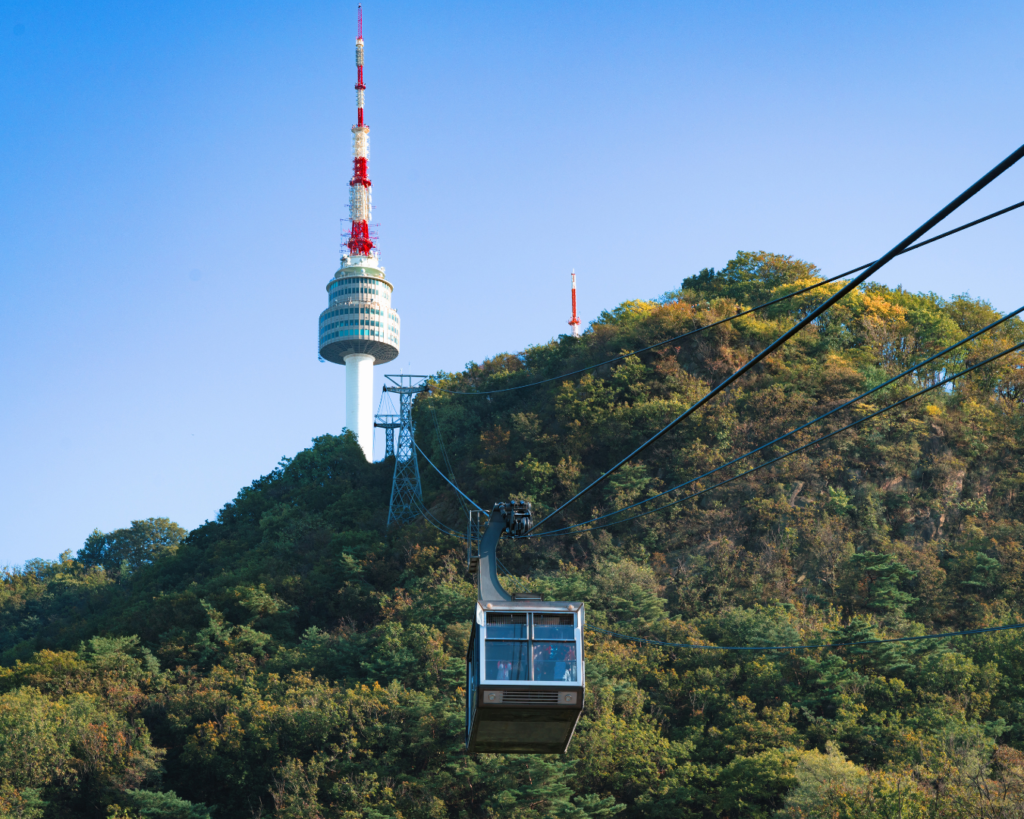
The Myeongdong shopping district is a tourist favorite for the shopping, street food, cute cafes, and Kpop inspired merchandise. You’ll find lots of unofficial Kpop souvenirs in Myeongdong Station.
A popular activity is to eat street food. Make sure you try tteokbokki which are spicy rice cakes. Bring cash because the street food vendors don’t do credit or debit cards.
What to do in Myeongdong?
The Myeongdong area is mostly famous for its shopping district but there are so many other cook things to do in Seoul. You can really get a feel for Seoul’s most expensive district by going around to eat street food and taking part in cultural activities.
- Watch a Nanta Cooking Show
- Get Pampered At the Whoo Spa
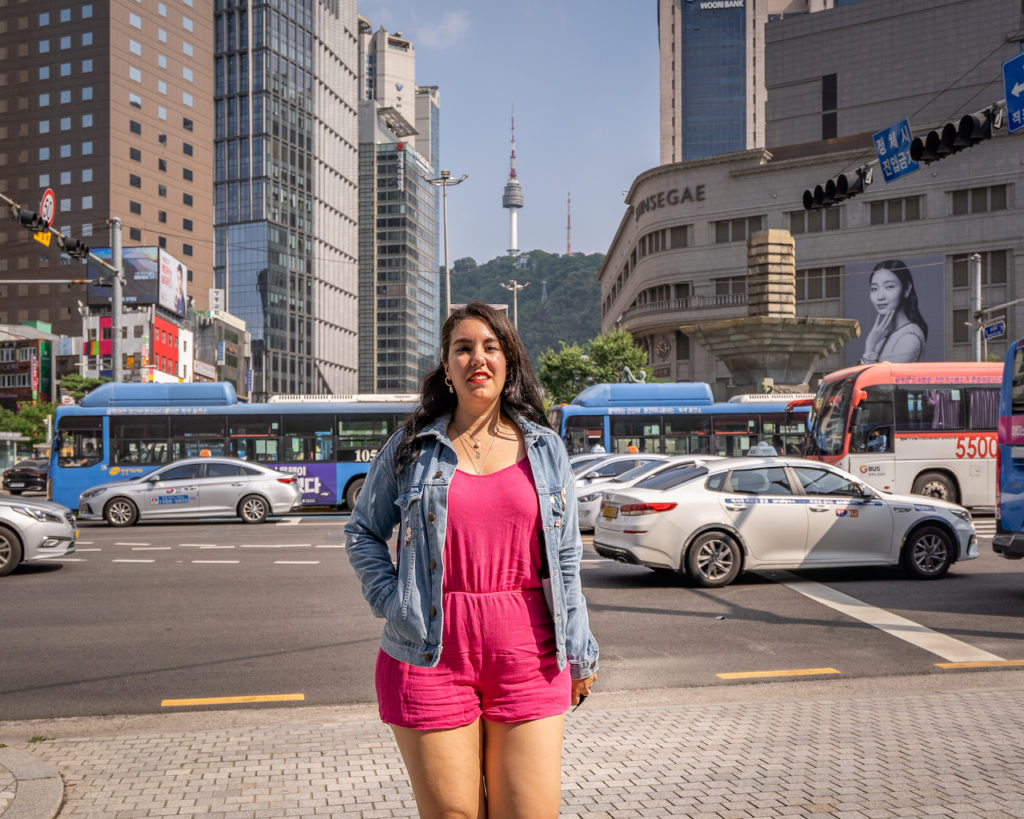
Cheonggyecheon Stream
The Cheonggyecheon Stream is super popular during Christmas in Korea for the Seoul Lantern Festival and the beautiful Christmas decorations. It’s a nice place for a leisurely stroll through Seoul.
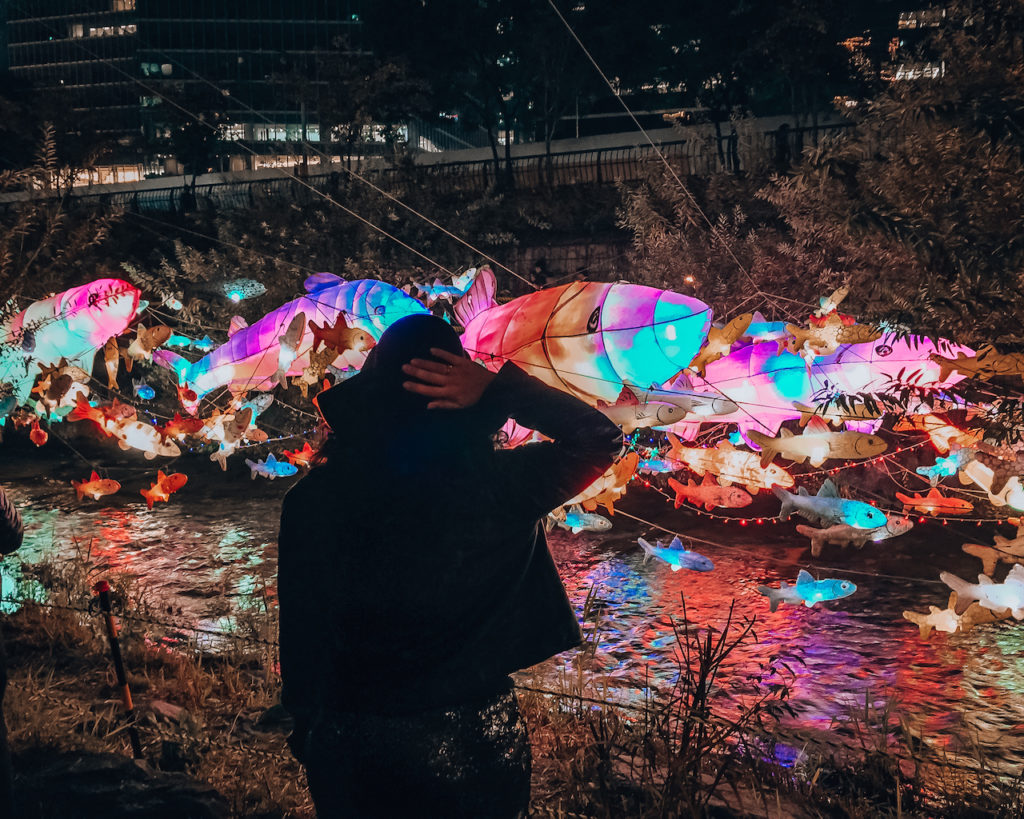
Han River Picnic
Were you even in Seoul if you didn’t picnic or visit the Han River? One of the top things to do in Seoul is to order delivery to Yeouido Park.
The top two contenders are pizza and fried chicken. There are tons of convenience stores around where you can just get a lunchbox and beer and eat anywhere you want. Also, it’s really popular to ride a bike and have a picnic at the Han River .
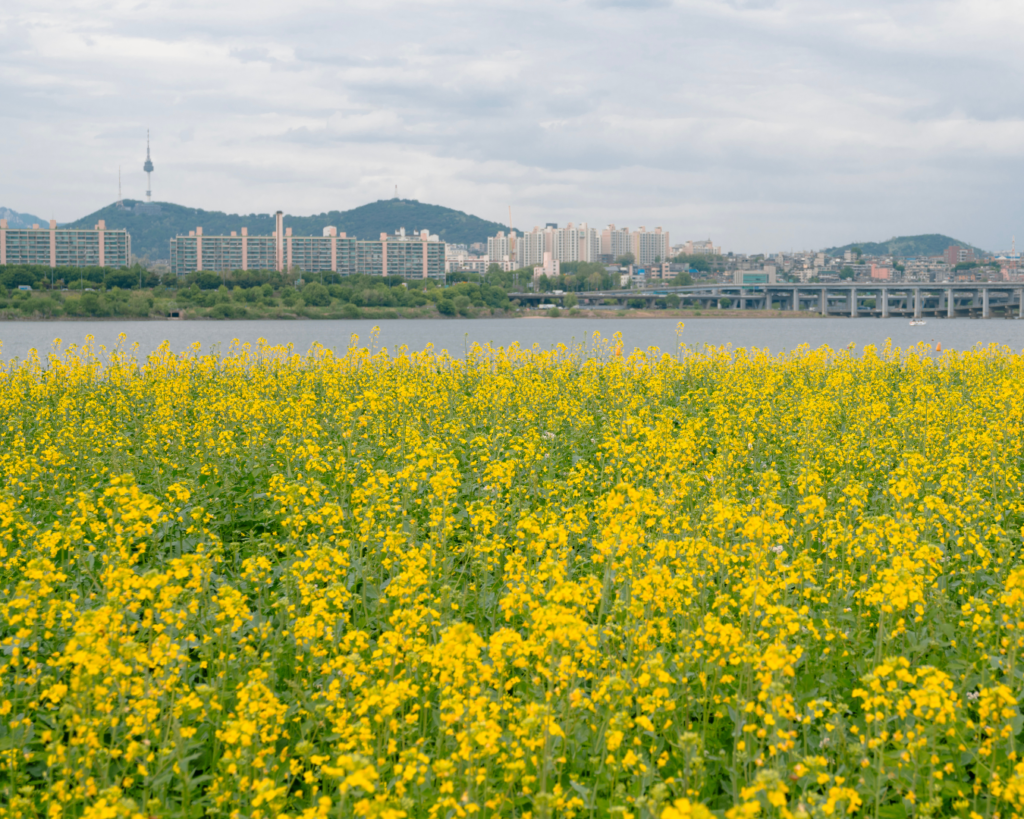
Han River Cruise
Another popular attraction for tourists in Seoul, the Han River Cruise is one of my favorite things to do. If you go on the sunset tour, you can get a drink.
You can also watch the city light up. This is a really amazing activity for friends, lovers, or families. You can book your Han River Cruise for a discount here.

Day Four in Seoul
Visit the DMZ (Demilitarized Zone) and JSA (Joint Security Area). Whether you’re into history or not, this has definitely been one of the coolest experiences I’ve ever done. You’ll get a chance to tour part of the tunnels the North Korean government made to try and infiltrate Seoul.
The best part is the JSA. This is where President Moon Jae-In and Dictator Kim Jong Eun met for a peace talk. Depending on the day and how high tensions are the JSA may be closed. These cool blue houses are also where you can stand in North Korea during the DMZ Tour. You can book your DMZ and JSA tour here.
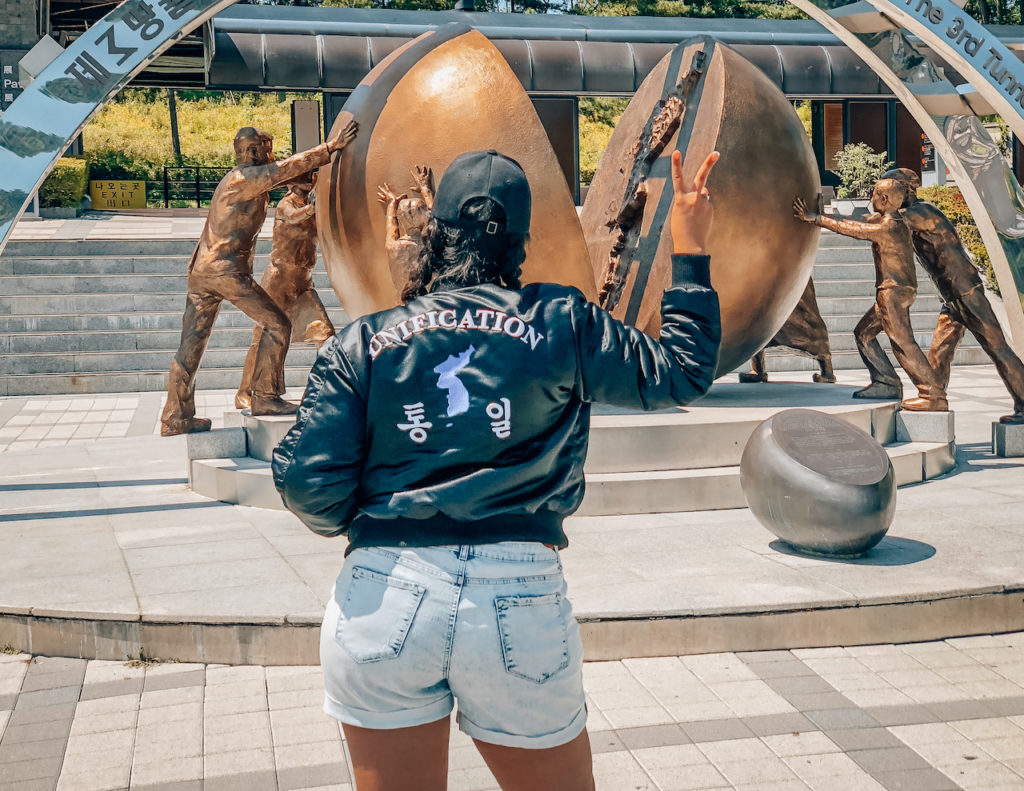
Go On A Seoul Night Tour
Since the DMZ and JSA Tour doesn’t take all day, you will definitely have room to do another exciting activity. These are some night tours I recommend going on if you want to know about more history, and the food and culture scene.
- Haunted Dark Side of Seoul Ghost Tour
- Seoul Night Life Tour | Seoul Pub Crawl
- Seoul Night Market Food Tour
- Seoul Euljiro Night Food Tour
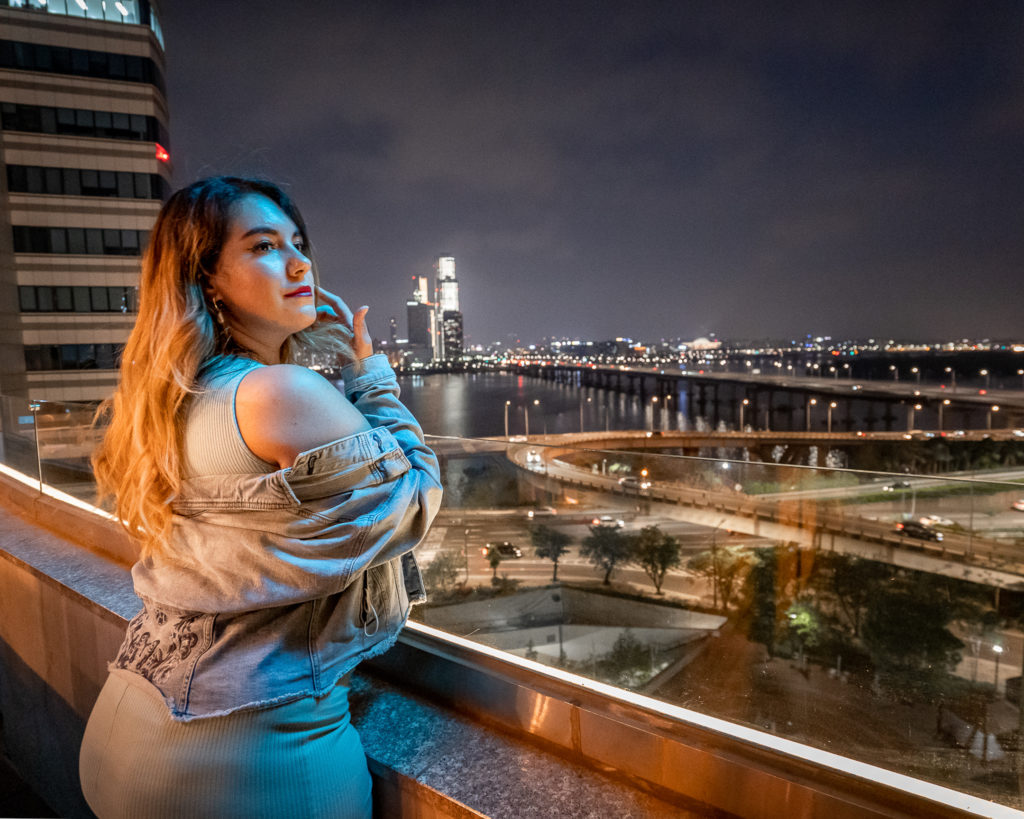
Take a Traditional Korean Class
One of the best ways to get into your Korea trip is by taking a traditional Korean class. You can learn so much about the culture by participating in everything that makes it so beautiful. It’s one of the best things to do in Korea if you want to make lasting memories and have great souvenirs.
- Traditional Korean Dessert Making Class
- Traditional Korean Folk Painting Class
- Traditional Hanji Paper Making Class
- Traditional Korean Pottery Class
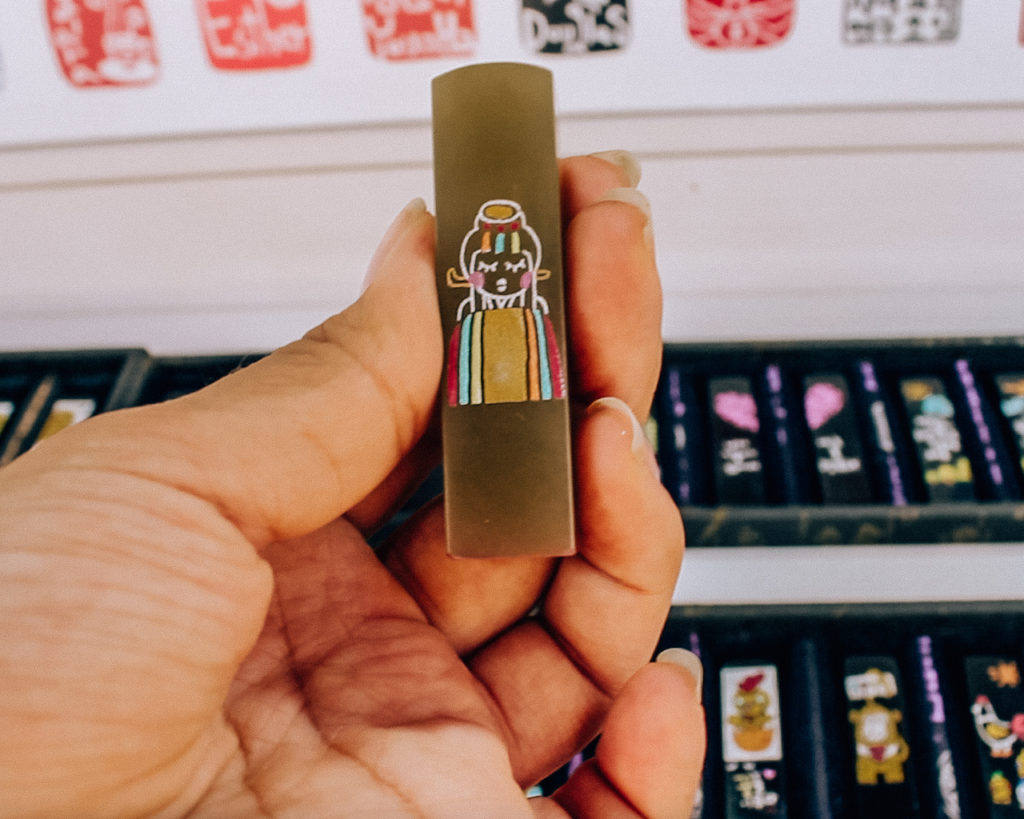
Have a Korean Beauty Experience
Korean beauty is the best in the world. I no longer use western products because of how gentle, efficient, and effective a lot of Kbeauty products and treatments are.
Koreans have the science of skincare down to the letter and I can confidently recommend all of these experiences to you. I loved them all.
They worked magic on my skin and body. And if you’re traveling to Korea, it would be a waste not to try them too.
- AHC Spa in Gangnam Korean Beauty Experience
- Spa 1899 Daechi Experience
- Sulwhasoo Korean Beauty Spa Experience
- Traditional Korean Medicine Spa Experience
- Whoo Spa Korean Beauty Experience
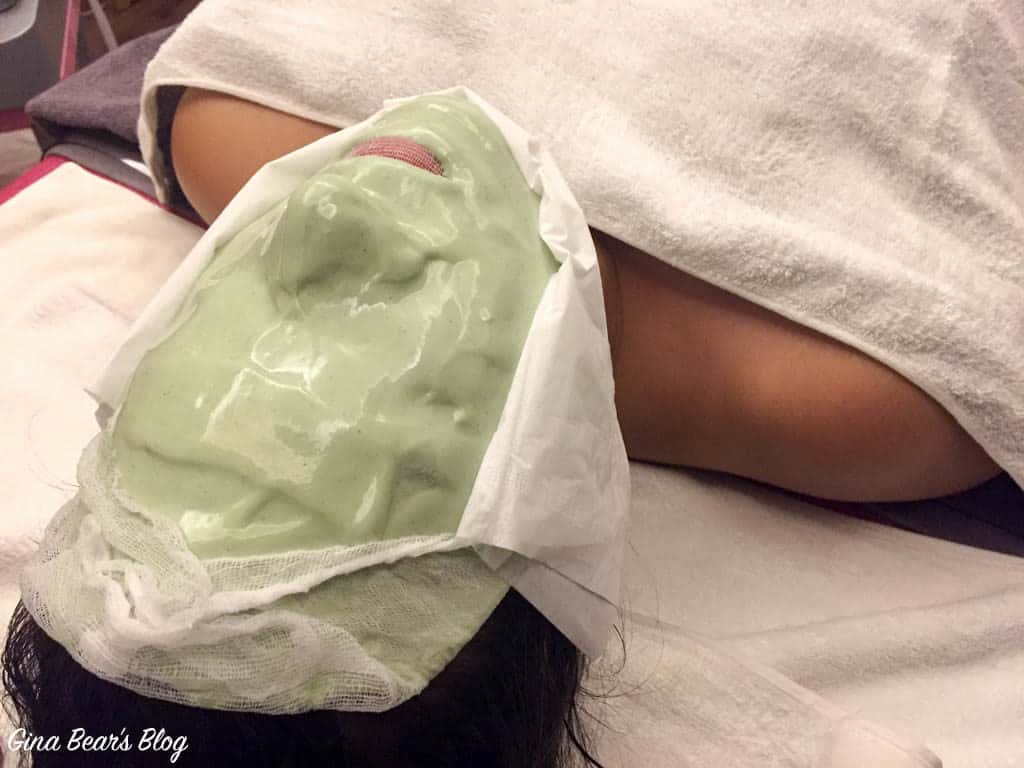
Day Five in Seoul | Go On A Day Trip From Seoul
Whatever your flavor is, this is a great time to do a day trip outside of Seoul and get a feel for the real Korea. The top two I recommend are a day trip to Gyeongju (very traditional old capital of Korea) or a day trip to Jeonju (it has a gorgeous hanok village and also very traditional). I also recommend going to Bukhansan National Park if you like hiking.
- Everland Amusement Park
- Jeonju Hanok Village Tour
- Namhansanseong Fortress Tour
- Suwon Hwaseong Fortress Tour & Korea Folk Village Tour
- Garden of Morning Calm, Nami Island, Petite France Tour
Day Five in Seoul | Explore A Unique Seoul Neighborhood
Where did the time go? Your 5 days in Seoul is almost done.
On the last day, I recommend you customize your trip according to your interests. I know people visit Seoul for many different reasons including Kpop, Kdramas, medical tourism, or they just really enjoy Korean culture. I’ve highlighted some of my favorite neighborhoods and the path you should take to save yourself the most time.
Gangnam Day Itinerary
Gangnam is one of the top destinations if you love everything bougie and ritzy. Here you’ll find a lot of high end hotels, classy rooftop bars, and a bunch of fun clubs.
Starfield CoEx Library
The Starfield Coex Mall in the Gangnam district is arguably one of the most Instagram worthy libraries in Asia. This is an absolute must see in Seoul for your 5 days itinerary in Seoul.
The Coex Starfield Library is an open public space and features books in many different languages including Chinese, English, French, German, Korean, Japanese, and much more. It’s free and a lot of people spend the afternoon there just reading free books and magazines at the library.
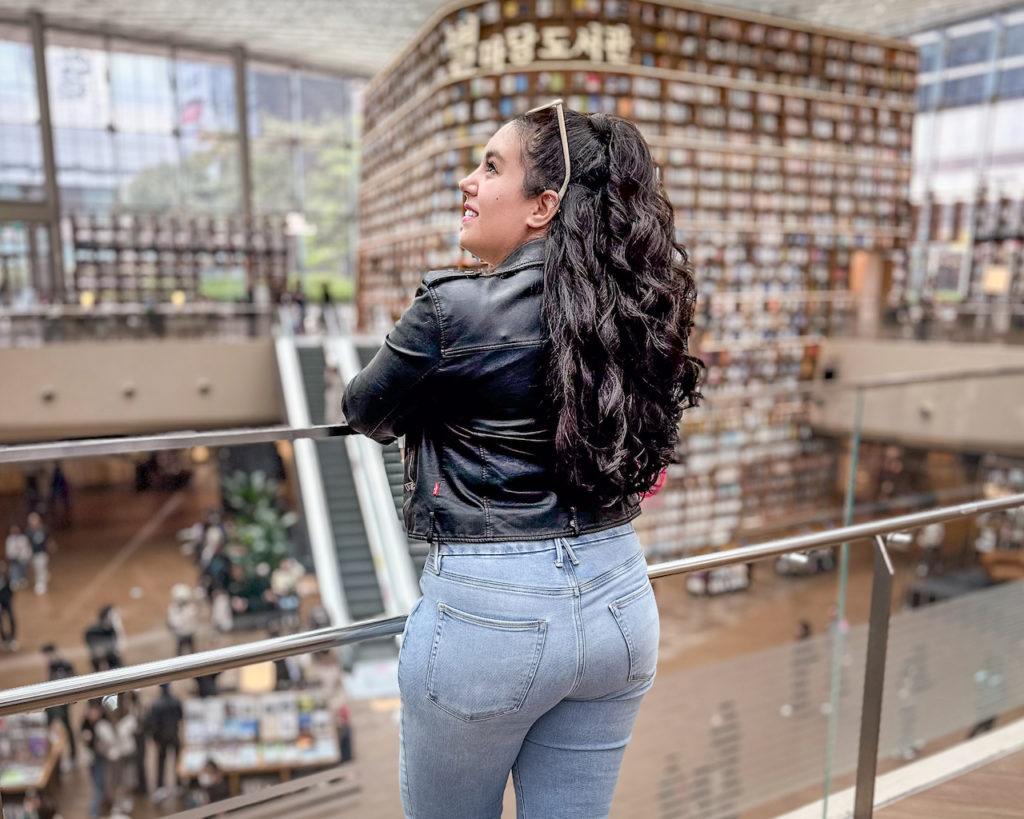
Gangnam Style Hands
Remember when PSY literally broke the internet with Gangnam Style? At the time, no video had ever reached a billion views and YouTube just didn’t know what to do with him.
The song also helped put Korean pop on the world map with its fun lyrics and eclectic dance moves. These hands are located right across the street from Bongeunsa Temple.

Bongeunsa Temple
This is another beautiful Buddhist temple nestled in the urban jungle of Seoul. It’s small and quiet and quiet.
Sometimes you’ll catch a monk ringing the bell. The main draw is the enormous Buddha on the grounds.
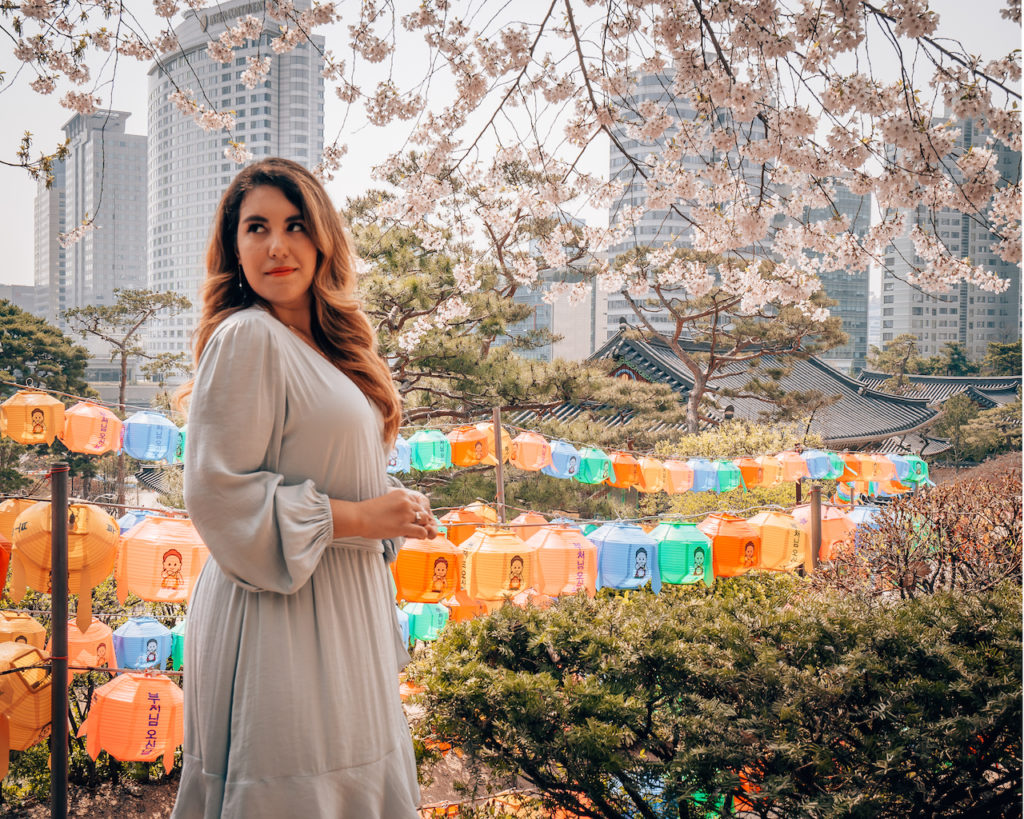
K-Star Road
On this road, you’ll find teddy bears decorated with your favorite K-pop Idol’s colors and logo. These super cute teddy bears are tributes to groups who have contributed a great deal to the Korean music stage. Among the bears, you’ll find BTS, Red Velvet, NCT, Super Junior, and much more.
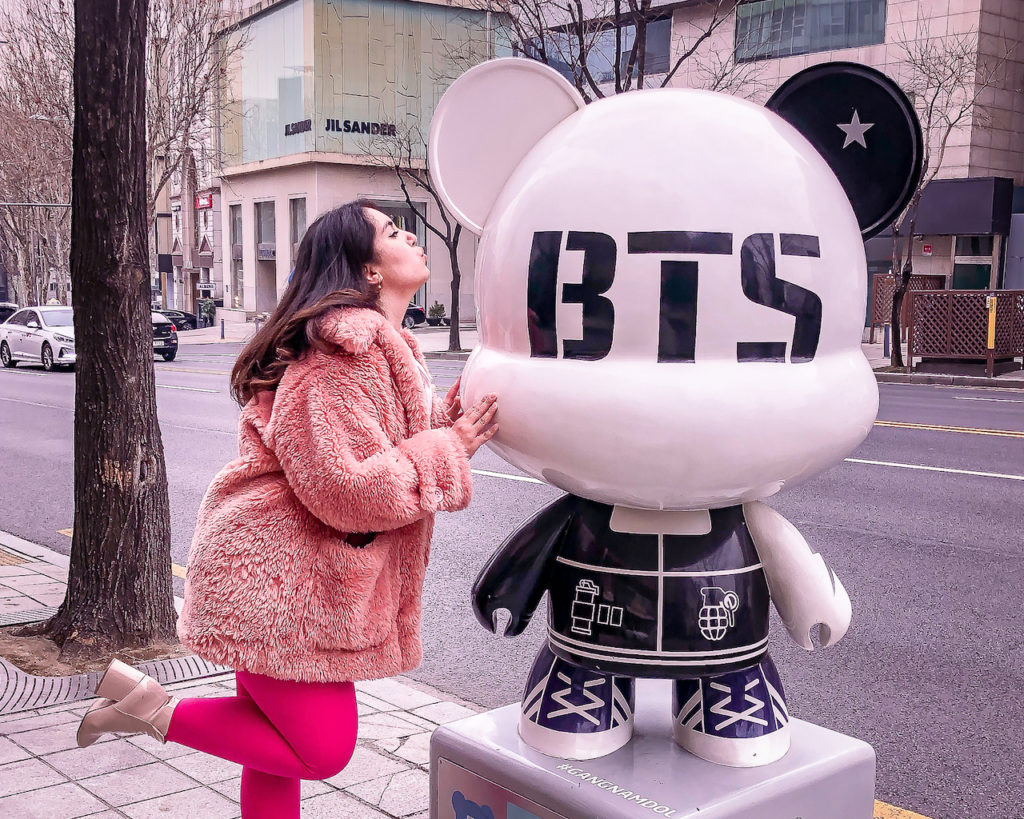
Watch SBS MTV’s The Show
This is great for watching new up and coming groups in addition to popular groups. The schedule is kept super secret so you never know who you’re going to catch performing live.
All I know is that it’s a treat for all Kpop fans. You can easily book your tickets to SBS MTV’s The Show here.
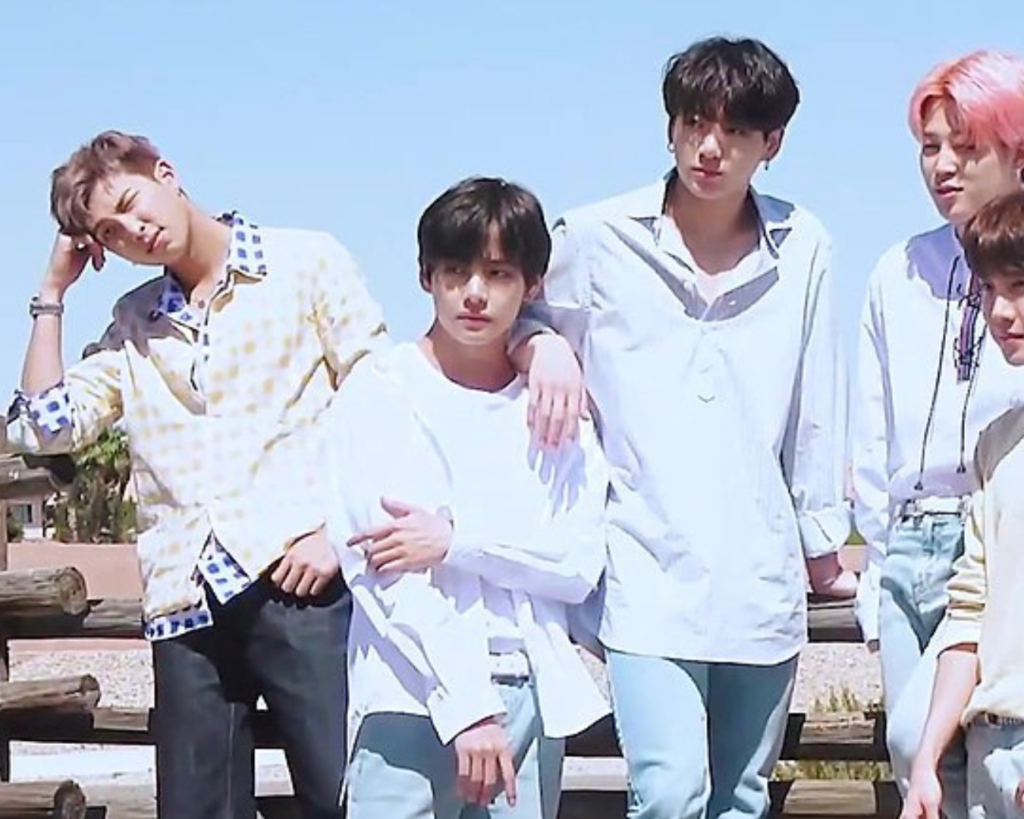
Jamsil Itinerary
If you’d like, you can mix and match the Jamsil and Gangnam Itinerary. These two districts of Seoul are connected via green line 2 and take only 15 minutes to get to the main attractions.
I used to live close to the Jamsil area and I know it like the back of my hand. I even have a complete post on everything you can do in Jamsil Seoul .
Olympic Park
If you’re a sports buff, then definitely don’t miss Olympic Park. This was the site of the 1988 Olympics and has the Olympic Flame still burning under the giant arch that symbolizes the park.
That structure is a famous landmark in Seoul so you can just stop by really quick and snap a photo. This park is mostly popular for hanging out with family, the Rose Garden and Cosmos Field in the back, One Tree Hill, and doing anything outdoorsy.
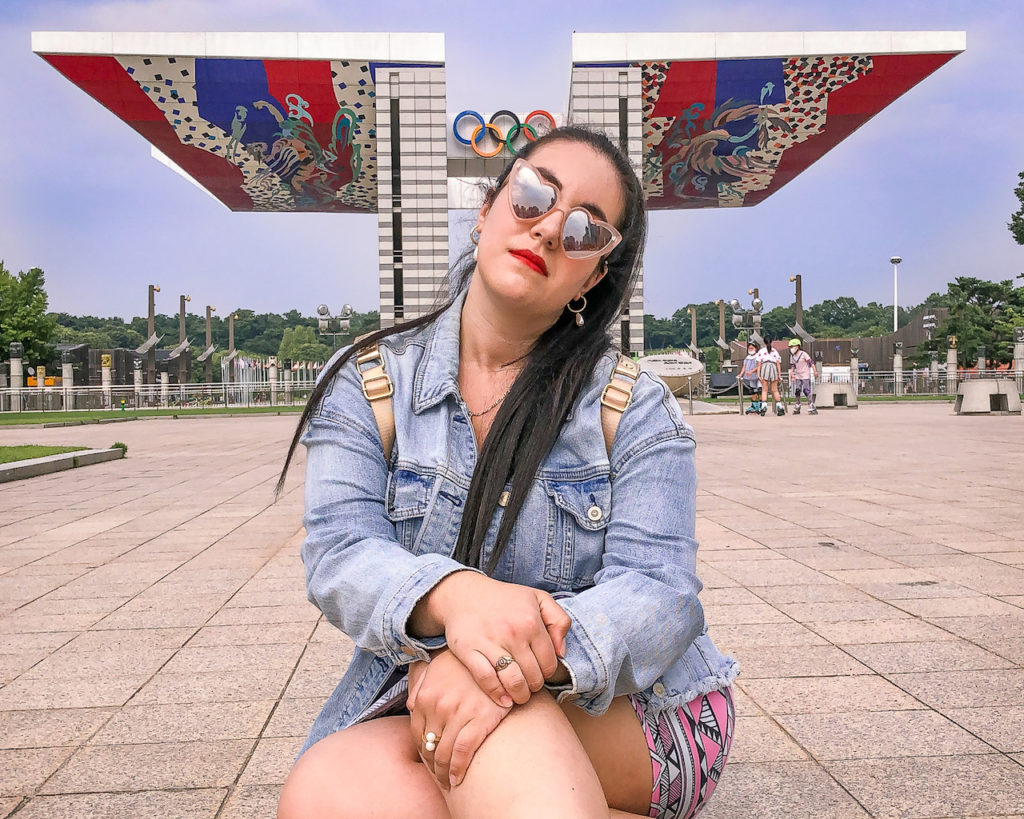
Lotte World Tower | Seoul Sky
I recommend going up to Seoul Sky as it has a really cool observation deck with a glass floor so you can see Seoul below. They also have a cool new experience to try where you can walk across the two highest peaks of the tower.
Just be aware this experience is separate from your Seoul Sky ticket. The Lotte World Tower is the fifth tallest building in the world. You can easily book your tickets to Seoul Sky here.
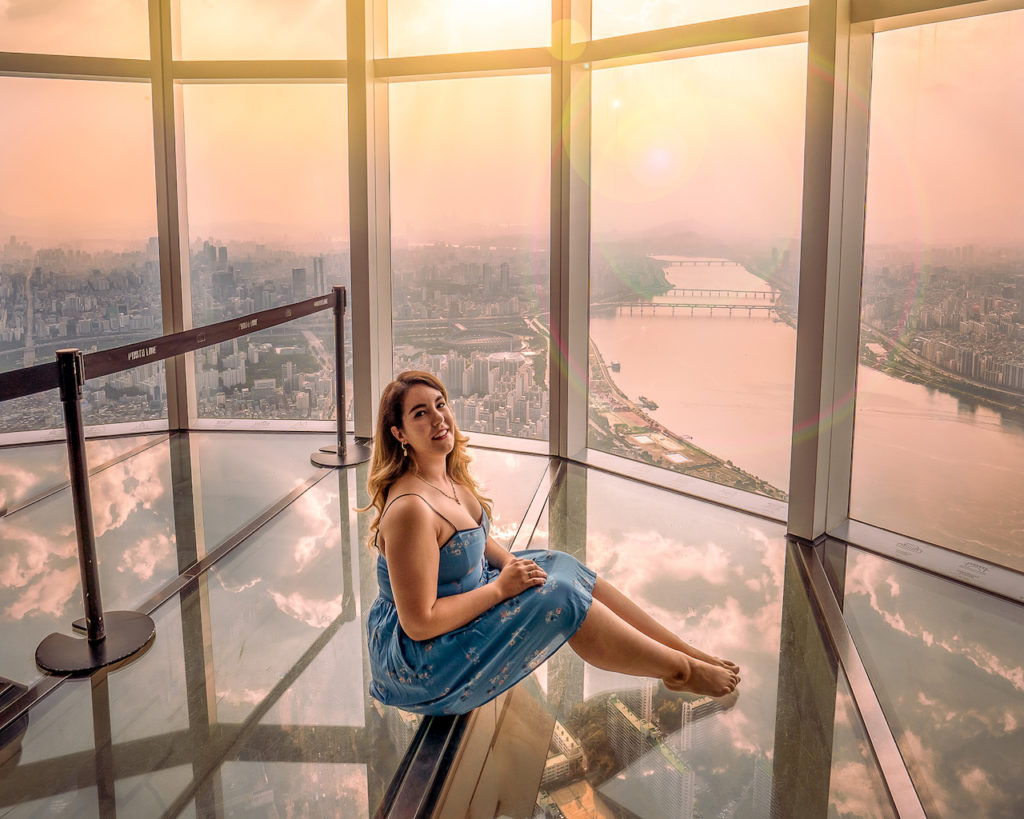
Shopping at Lotte World Mall
Koreans love their shopping malls. I especially recommend shopping at Lotte World Mall around the holidays because of all the amazing Christmas lights and displays inside and outside of the mall.

Visited Knotted World Cafe
This is a really cute Korean dessert cafe. They’re known for their interesting assortment of cupcakes and delicious coffee.
They also do really big collaborations with name brands. It is located on the sixth floor of the Lotte World Mall.
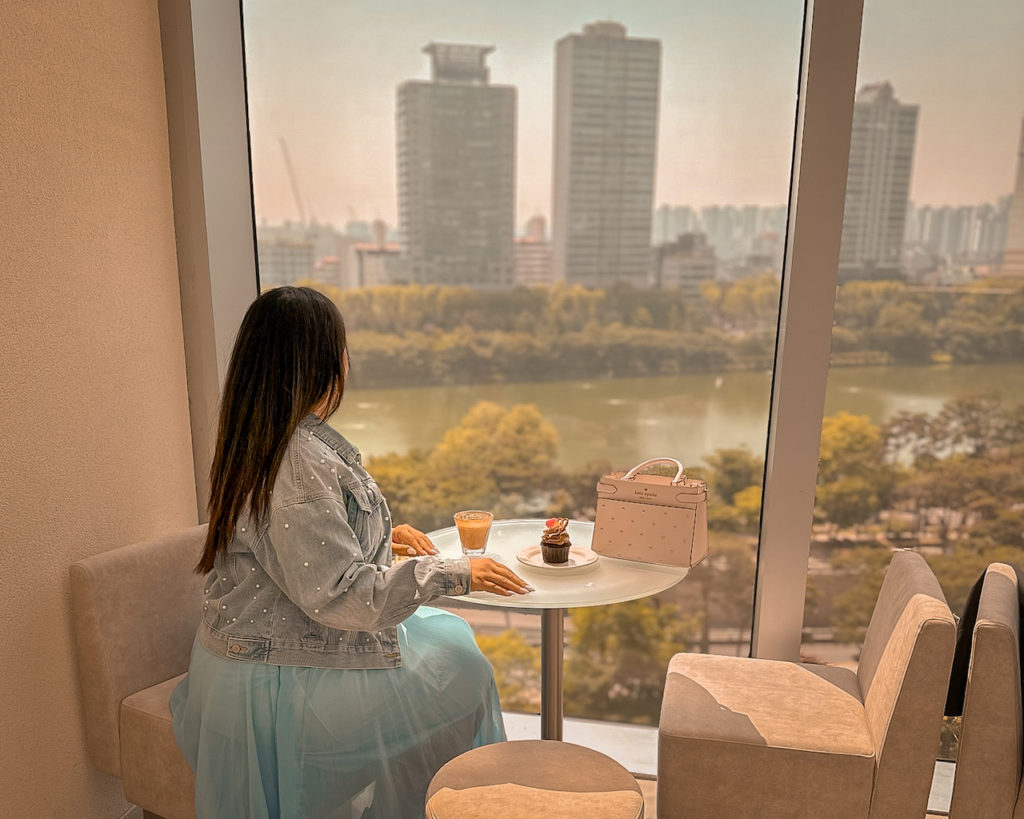
Arc-N-Book Jamsil
Although the original Arc-N-Book in Myeongdong closed down, you can still visit the one in Jamsil. It has a beautiful light up book arch with hundreds of titles displayed. Legit, this is a bibliophile’s dream!
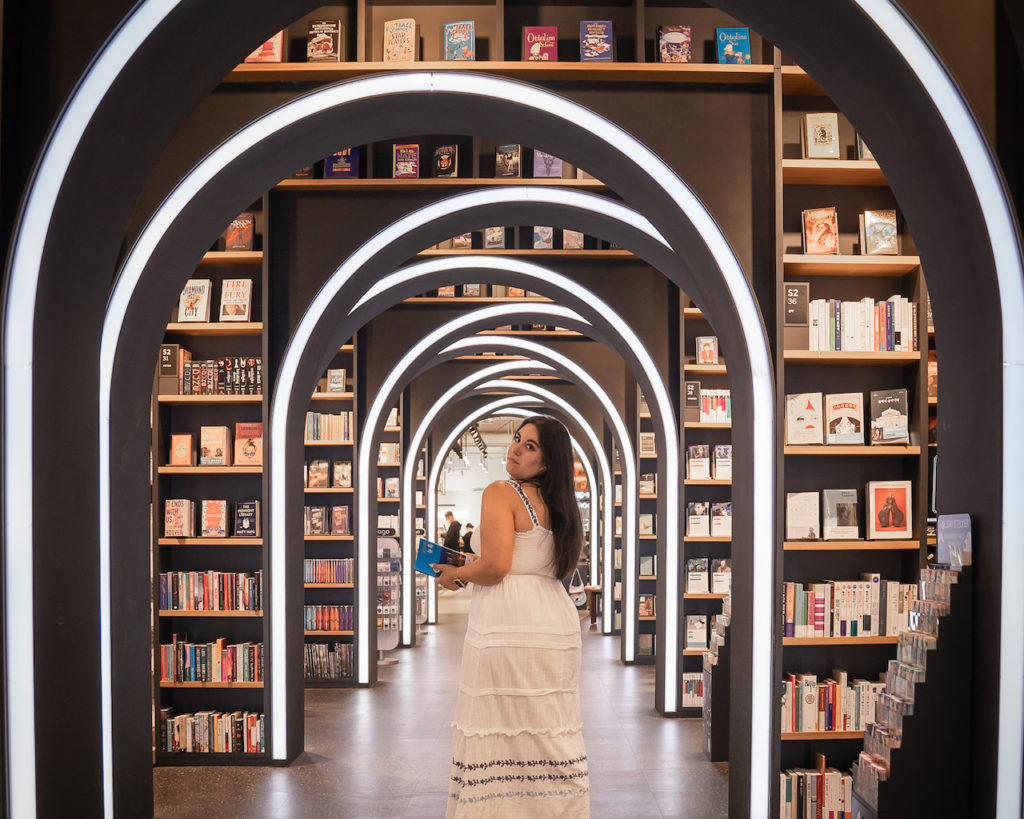
Seokchon Lake
Seokchon Lake is gorgeous all year long! In spring you’ll view cherry blossoms, in summer you’ll witness cool blow up balloons on the lake, in autumn you’ll see the gorgeous foliage, and in winter you’ll get snow. Plus, watching Lotte World light up at night is a fantastic highlight.
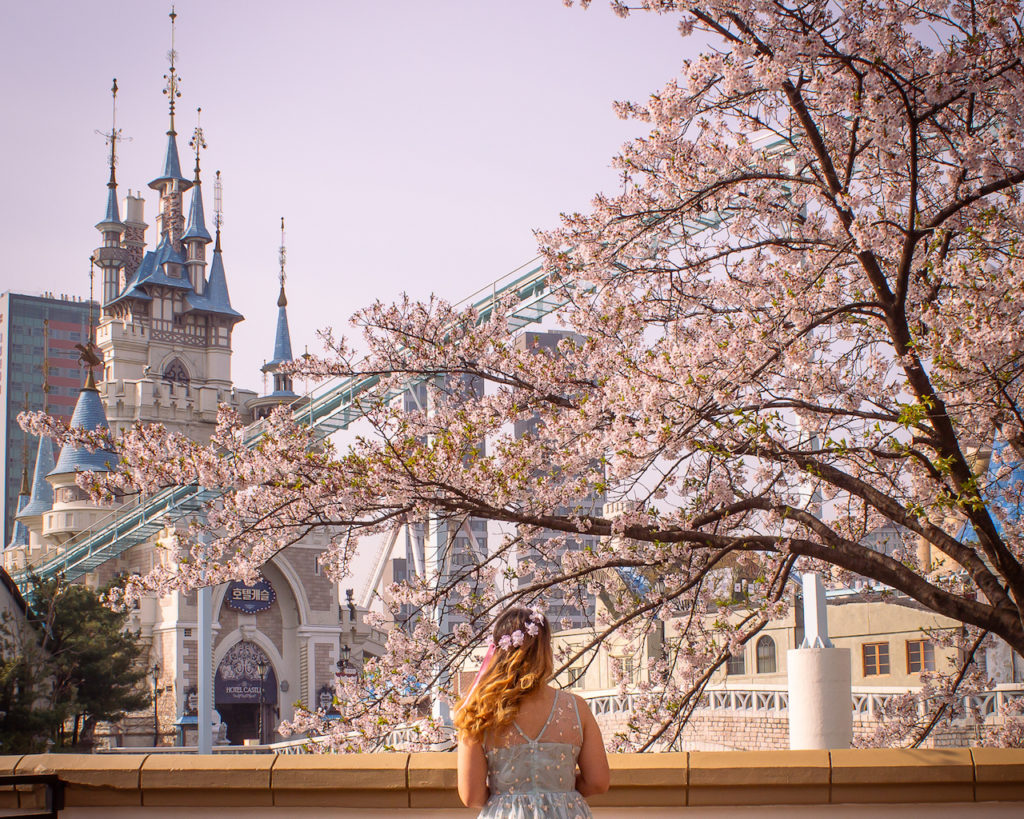
Optional: Lotte World
Did you know that Lotte World is the largest indoor amusement park in the world? While this is a very family friendly place and you’ll find tons of school kids here, it is a neat experience.
Just be aware since it is super popular, the lines to get on rides are super long. If you’re a Kpop or Kdrama fan, this is a must do since many music videos and romantic scenes were filmed at Lotte World and in front of the iconic merry-go-round. You can easily book your tickets to Lotte World here.
D Throne Cafe
This is another eclectic cafe in the Jamsil area I really recommend you visit. My question has always been, “Why do kids get to have more fun?”
Now you can channel your inner child here. They have really cute electric powered cars that you as an adult can ride in. It’s seriously the most fun I’ve ever had zipping around the Seoul streets.
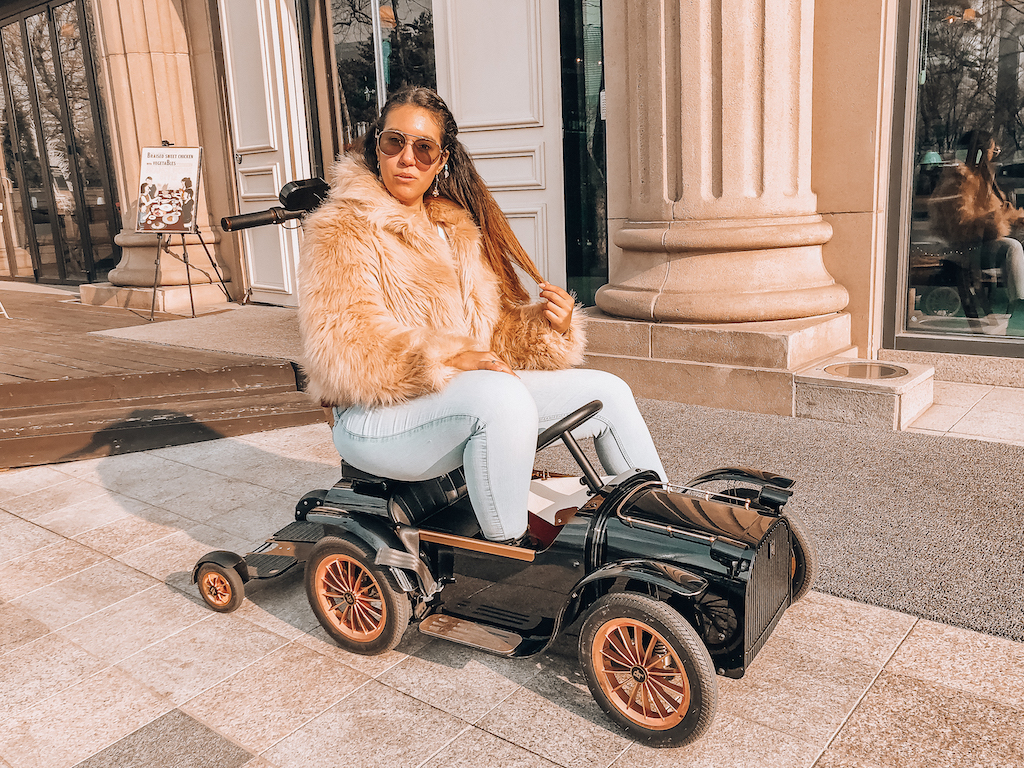
Seoulism Cafe
This is one of my all time absolutely favorite cafes in Seoul. I love it for its incredible view of the Lotte Tower. The drinks and food in the cafe are quite expensive, but you’re honestly going there for the views and atmosphere. Going at sunset is the best time for photos at the Seoulism cafe.
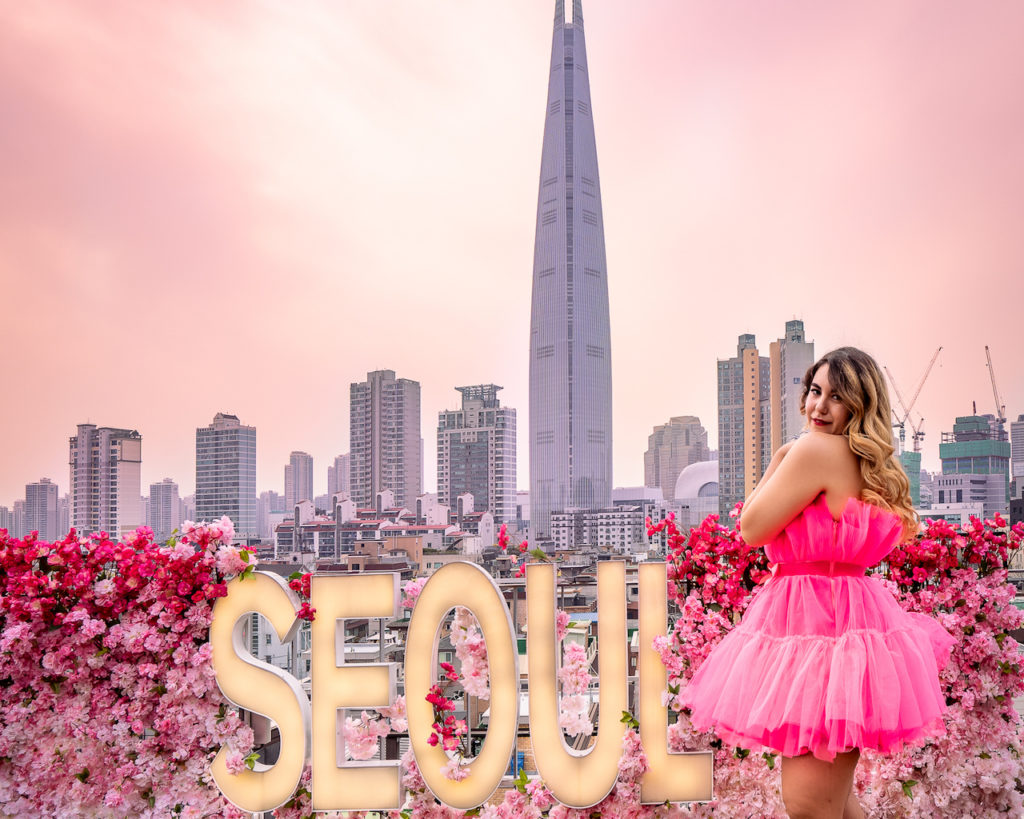
Hongdae Itinerary
Hongdae is also another fun place to shop and hang out. Since Hongik University is located there, you’ll find a much younger crowd, cheaper places to eat and drink, and also you can find all the trendiest accessories and clothes here. I recommend this itinerary for those who love cafes and eclectic things.
Watch Uni Students Sing & Dance Outside of Hongik Station Exit 9
University students will often sing live music and dance outside of this exit on the main street. You’ll especially see them on the weekends outside of Subway Line 2 aka the Green Line.
The shows are free, but tips are always appreciated. These kids are super talented so I promise you’ll have a free amazing show if you’re into the Kpop culture.
Go Shopping on the Main Strip
If you want to shop for the trendiest clothes, cutest accessories, and all the Korean skincare and makeup, don’t miss the main strip. You’ll see all sorts of shops there.
Visit An Eclectic Korean Cafe in Hongdae
- 943 King’s Cross Harry Potter Cafe in Seoul
- Meerkat and Friends Cafe in Seoul
- Most Instagrammable Cafes in Seoul
- Thanks Nature Sheep Cafe in Seoul
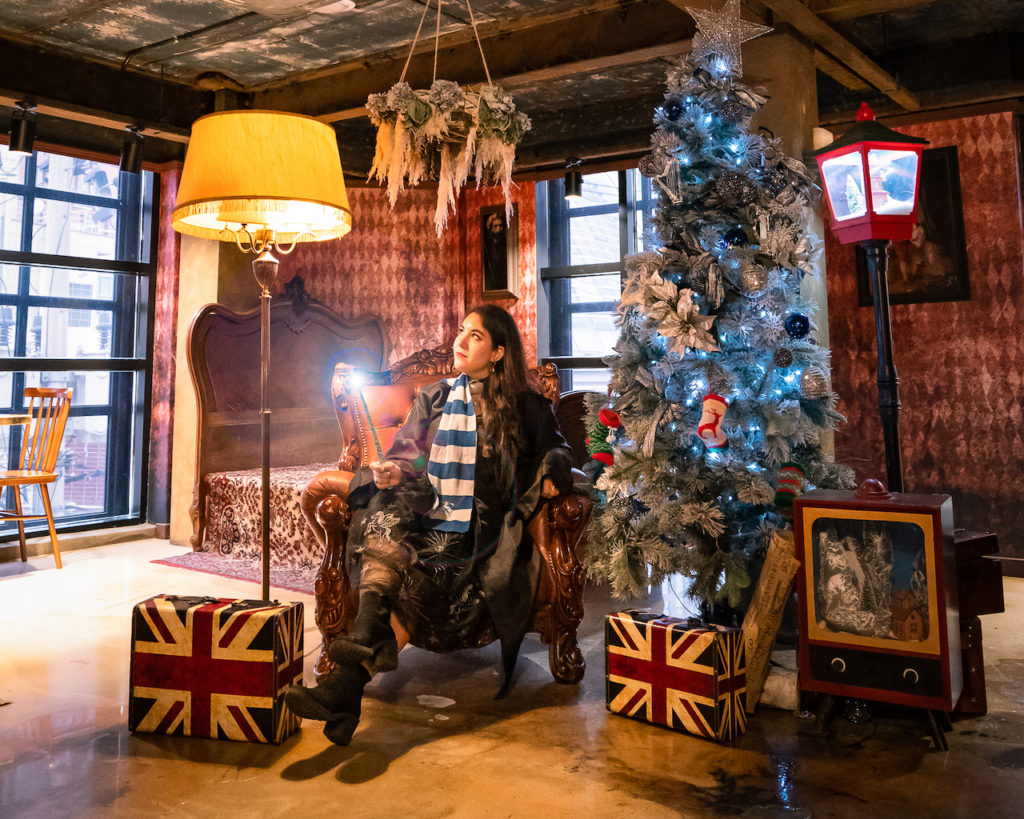
Eat Dessert at Dinga Cake House
If you’re a Kpop fan, then you’ll recognize that Dinga Cake House has been featured in quite a few music videos. This cafe is designed to look like a 1950s retro home. The cakes and drinks are absolutely superb and I give this cafe another 10/10 for how tasty everything is.

In Conclusion
Honestly, I think five days in Seoul is way too short and even if you spent a month there, you wouldn’t even get to half of my favorite experiences. If you’re an avid fan of Korean experiences, then this 5 day South Korea itinerary will be perfect for you. I hope you have a great first visit to Seoul!

This post contains affiliate links which means at no additional cost to you, I make a small commission to help keep Gina Bear’s Blog running. Thanks for your support!
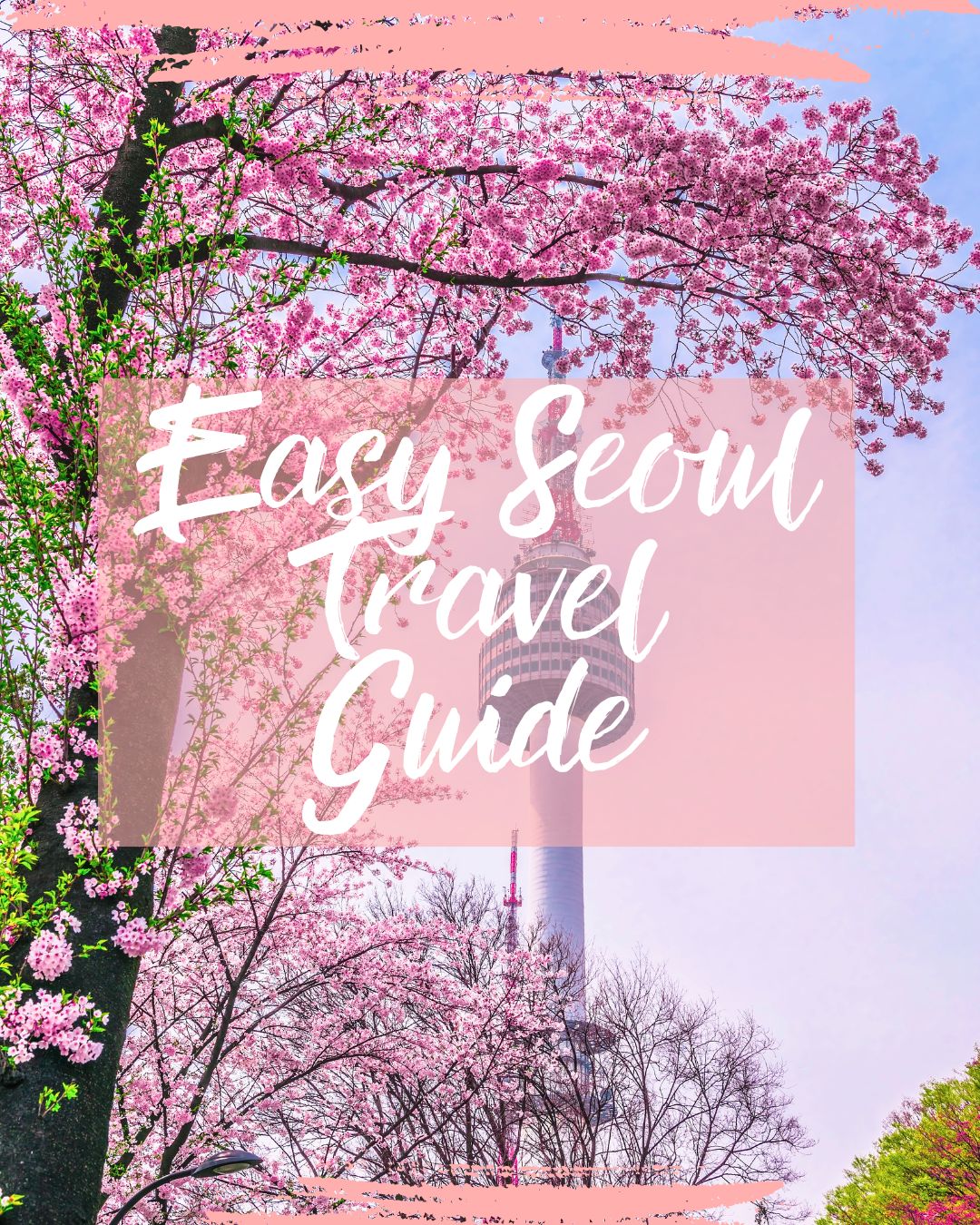
Free Seoul E-Book
Do you love south korea.
Enter your name and email address and click the button below to receive your Easy Seoul Travel Guide so you can travel like a local!
Related Posts

2 Comments on Ultimate 5-Day Seoul Itinerary (South Korea Travel Guide)
This is very helpful as we plan our trip to Seoul next month.
We are now thinking of going to Jeju too. You think it’ll be ok to fly from Jeju and get to Gimpo Airport around noon, then catch our 7pm international flight out of Incheon Airport? Otherwise, what do you recommend —when should we fly out of Jeju (to GMP) so we have enough time to checkin at ICN for our 7pm international flight ?
Thanks in advance!
Wonderful ✨ The information on this travel blog is super complete, and the photos were well taken, fascinating. Even there are some helpful Korean travel phrases. I like it!!
Leave a Reply Cancel reply
Your email address will not be published. Required fields are marked *
This site uses Akismet to reduce spam. Learn how your comment data is processed .
- Cart US$ 0 -->

[Guides] What to do in Korea in July
You have enough of historical places and you want to give more energy to your summer trip? We offer you to do unique experiences during your stay in Korea. Then Oneday Korea is here to give you some ideas of funny and unique experiences of what to do in Korea in July.
Let’s go for the most exciting summer days ever. Forget about this scorching temperature by doing funny and unique activities !
Find below some ideas of what to do in Korea in July ! There will be something for every taste !
Water sports
If you want thrills, water sports are the best activities to do in summer.
It is very hot in summer so refresh yourself by going to Korean water parks!
You have the choice in several places for water sports. In this article of what to do in Korea in July, we chose two amazing places : Caribbean Bay Water Park and the Cheongpyeong Lake in Gapyeong,
Cheongpyeong Lake in Gapyeong

Water Sports Tour in Gapyeong
The Cheongpyeong Lake is famous for having been a filming location for the Korean TV show Running Man. Do you remember the episode of blob jump, Pang Pang or Flying fish?? Such a funny episode to watch. Blob jump is a water sport where you jump on a water trampoline and one of your friend, already sitting on the end of the inflated air bag, is launched into the water.
Moreover, you should give a try to the Pang Pang activity! It is the most difficult water activity but the most sensational. You are sitting (find the position you prefer xD) on a large floating board and you will notice you don t have a lot to hang onto. The board is connected to a small boat. When the boat driver starts accelerating, the game is starting! Stay on the board as long as possible. A very exciting activity!!! But don’t worry that’s not all, you can do many other water activities 😉

After the efforts, you can relax by visiting an additional place during your daytrip : Nami Island, Petite France, etc. Catch breathtaking views! This day will be unforgettable!
Get some thrill with our water sports tour !
Caribbean bay

Furthermore, you can enjoy your summer day in Korea in July by going to Caribbean Bay Water Park in Yongin. It is a part of Everland amusement park and is perfect to counter hot weather. You can take advantage of an indoor and outdoor pools, a spa, a wave pool and many slides like the Water Bobsleigh. The wave pool is the most popular attraction. It simulates waves like if you were on a real Caribbean Sea. If you want to stay on land, you can have a break in the village welcoming restaurants and cafes, or just rest in the relax room 😉
Now let’s find serenity with some authentic activities to do and events to attend ! This article of what to do in Korea in July is not finished !!
Grape Harvest Tour

Have you ever imagined visiting vineyard in Korea in summer? Is it not a unique half-day trip to try? It is possible with OneDay Korea. We want to make you live special experiences in Korea and this grape harvest tour will surprise you. Tell us about it!
You will visit Korean vineyards and you will be able to pick the fresh grapes in the farm. Everyone can pick one box of 2 kg grapes!
Besides, if you are a sweet food lover, you can experience making grape chocolate (white or dark chocolate or both). Yummy!
Enjoy the beautiful sceneries of vineyards and feel like a local wine-grower.
Relax in Pocheon : eco-friendly city

Pocheon Tour
You want to enjoy Korean summer and feel the nature? So Pocheon is the best city for you!
Smell the scent of pine tree forest and revitalize yourself. The city is known for its peaceful environment: calm forests, cool rivers, emerald lakes and endless hills.
The Korea National Arboretum is a great place to have a recovering walk. It is designated as a UNESCO biosphere reserve in June 2010. It contains plant gardens, forest museum, wildlife conservatory, forest zoo and around 900 plant species, etc.
Then, you can go to admire the Sanjeong lake, one of the main attractions of Pocheon or spend time in Pocheon Art Valley. The Valley is an old granite quarry and is now a great place to have a break and enjoy beautiful sceneries. There are pic nic tables and outdoor stage where sometimes performances are held. Take funny pictures next to amusing sculptures or in photo spots. You can also visit the museum if you want 😊

Pocheon Art Valley Tour
Relax in Pocheon!
Have a walk along the fortress wall in Seoul

Fortress Wall Seoul Tour
This idea is the last one of our article about what to do in Korea in July but not the least.
Stay away from the crowded streets of Seoul and have a walk along the fortress wall .
During the day or at night, this walk makes you evade in a serene atmosphere. The wall follows the hills of the famous chain of the 4 mountains surrounding the center of Seoul. So enjoy the view of Seoul and the astonishing mountains!

A little break before going back and having a tasty Korean lunch or dinner 😊
Read next: What to do in Korea in August
Buyeo Seodong Lotus festival 2018

Lotus flowers are one of the main wild flowers in Korea. Koreans are very proud of it and created a festival to celebrate its beauty. It takes place in Buyeo in Chungcheongnam province. Buyeo was a part of the ancient Baekje kingdom. It is an historical center telling the period of war between the three kingdoms: Goguryeo, Baekje and Silla. You can participate in many events related to the lotus flower: making lotus flower soap or paper lotus flowers. The place will make you travel in a poetic atmosphere with the lotus flowers in bloom and the charming lake.
Maybe you will have the chance to attend Seodong Seonhwa night parade telling the secret love story of Prince Seodong (became the King Mu of Baekje) and Princess Seonhwa (became his wife and then Queen Seonhwa).

Boryeong Mud Festival 2018

The festival will be held from July 13 th to July 22 nd . We all wished to play with the mud when we were kids. Now it is possible without feeling guilty thanks to this festival! You can participate in different funny activities: mud games including mudflats games to enjoy with your friends, take mud baths, get a color mud body painting, mud massages.
When the sun sets, enjoy nighttime events, with concerts, beach parties!!!
Apart from mud, you can relax in Daecheon beach and you can sail on a yacht.
Finally, this is the end of this article. We hope it gave you ideas about what to do in Korea in July ! Our summer tours will make you live funny and amazing experiences in Korea. If you are interested in one of these tours ( water sports tour , wine tour , pocheon tour , etc.), contact us and we will elaborate the best itinerary for you. Enjoy your summer in Korea with our Oneday Korea Tours !

You might also like

Related Tours

The Best Korea Outdoor Activities Tour in Jecheon City
Enjoy exciting and thrilling outdoor activities in the beautiful landscape overlooking a lake with our Outdoor Activities Tour!

Stay away from the bustle city – Pocheon tour
Visit Korea National Arboretum, Pocheon Art Valley, Herb Island & Waterfall, enjoy the forests, emerald lakes and endless hills.

Private day trip to Bears Town Ski Resort & Pocheon Herb Island
Private day trip to Bears Town Ski Resort & Pocheon Herb Island, the best way to enjoy white winter and nature places outside Seoul!

Pink Muhly Grass One Day Tour
In this Pink Muhly Grass One Day Tour, you will visit the prettiest place in Korea, apple farm and endless hills.
Leave a Reply
Leave a reply cancel reply.
Your email address will not be published. Required fields are marked *
OnedayKorea
- Tour Recommendation
- Travel Insight
- How it Works
- Privacy Policy
- Terms & Conditions
- Seoul Travel Guide

2024 U.S. Election September 23, 2024
Returning your absentee ballot from overseas.
- Travel Advisories |
- Contact Us |
- MyTravelGov |
Find U.S. Embassies & Consulates
Travel.state.gov, congressional liaison, special issuance agency, u.s. passports, international travel, intercountry adoption, international parental child abduction, records and authentications, popular links, travel advisories, mytravelgov, stay connected, legal resources, legal information, info for u.s. law enforcement, replace or certify documents.
Before You Go
Learn About Your Destination
While Abroad
Emergencies
Share this page:
South Korea
Travel Advisory July 24, 2023
South korea - level 1: exercise normal precautions.
Reissued with obsolete COVID-19 page links removed.
Exercise normal precautions in South Korea.
Read the country information page for additional information on travel to South Korea.
If you decide to travel to South Korea:
- Enroll in the Smart Traveler Enrollment Program (STEP) to receive Alerts and make it easier to locate you in an emergency.
- Follow the Department of State on Facebook and Twitter .
- Review the Country Security Report for South Korea.
- Visit the CDC page for the latest Travel Health Information related to your travel.
- Prepare a contingency plan for emergency situations. Review the Traveler’s Checklist .
Embassy Messages
View Alerts and Messages Archive
Quick Facts
Must be valid at time of entry
One page per stamp
No – From April 1, 2023, to December 31, 2024, the Korean Electronic Travel Authorization (K-ETA) is not required for US citizens traveling for short-term business or tourism purposes.
Embassies and Consulates
U.s. embassy seoul.
188 Sejong-daero, Jongno-gu, Seoul 03141, Korea Telephone: +(82) (2) 397-4114 (from within Korea, dial 02-397-4114) DSN:721-4114 Fax: +(82) (2) 397-4101 Email: [email protected]
U.S. Consulate in Busan
Lotte Gold Rose Building #612, Jungang-daero 993, Jin-gu Busan 47209, Korea Telephone: (+82) 51-863-0731 Email: [email protected]
The Embassy and Consulate are closed on weekends and on American and Korean holidays . Emergency After-Hours Telephone: +82 (2) 397-4114.
Destination Description
Learn about the U.S. relationship to countries around the world.
Entry, Exit and Visa Requirements
- You must have a valid U.S. passport to enter Korea. From April 1, 2023, to December 31, 2024, the Korean Electronic Travel Authorization (K-ETA) is not required for US citizens for stays of 90 days or less that are for tourism or business purposes.
- Visa required for all other purposes, including employment, teaching English, and for stays longer than 90 days.
Exceeding your authorized stay or not possessing a valid visa may result in detention and fines.
- In the event of an overstay, apply for a visa extension from the Korea Immigration Service (KIS) before attempting to leave the country. Also consult with KIS regarding changes in visa category.
Military Personnel/DOD and their families on orders:
- Consult DOD Foreign Clearance Guide , and follow all instructions.
- Enter Korea with DOD identification and travel orders.
- Do not transit other countries such as China without a passport and appropriate visas.
- Family Members/Dependents of Military Personnel/DOD on orders must present upon arrival passports valid for at least six months .
U.S. Government Executive Branch personnel on official business and DOD personnel assigned to the U.S. Embassy (Including family members/dependents):
- Employes assigned to Mission Korea should enter Korea with a diplomatic or official passport and a diplomatic or official Korean visa obtained through their sponsoring agency. Check with your sponsoring agency about other requirements.
- TDY visitors traveling to Korea for up to 90 days on diplomatic or official passports do not require Korean visas and do not require a K-ETA. TDY visitors must obtain country clearance using Department of State's eCC system or DOD APACS system .
HIV/AIDS Restriction: The Department of State is unaware of any such entry restrictions for visitors or foreign residents in Korea.
- Visit the Embassy of Korea website for current visa information. Please read our Customs Information page .
COVID-19 Requirements :
- There are no COVID-related entry requirements for U.S. citizens.
- Travel regulations and restrictions are subject to change, sometimes with little notice. You should review the information available on your nearest Korean Embassy or Consulate’s webpage before traveling.
Safety and Security
Public Demonstrations: Demonstrations and rallies are common in South Korea, particularly near the U.S. Embassy, Seoul City Hall, and areas surrounding military installations. You should avoid areas where demonstrations are taking place and exercise caution in the vicinity of any large gatherings, protests, or rallies. Even demonstrations intended to be peaceful can turn confrontational and escalate into violence.
North Korea (The Democratic People’s Republic of Korea, DPRK): An armistice agreement, monitored by the United Nations, has maintained general peace on the Korean peninsula since 1953. Tensions occasionally flare up because of provocative acts by North Korea, including ballistic missile and nuclear tests and limited armed incursions into ROK-held territory. Some provocations have escalated into geographically limited skirmishes. South Korea routinely conducts military training exercises and civil defense drills. North Korea often issues strongly-worded and threatening messages, frequently in connection with these exercises. Please see our Fact Sheet on North Korea .
Weather-related Events: Heavy rains and flooding may occur during the June - August monsoon season or the May - November typhoon season. See general information about natural disaster preparedness at the U.S. Federal Emergency Management Agency (FEMA) website.
Enroll in the Smart Traveler Enrollment Program ( STEP ): To receive security messages by email and make it easier to locate you in an emergency, register in STEP.
If the Embassy becomes aware of any specific and credible threat to the safety and security of U.S. citizens, we will inform you through our website, social media, and email.
Crime: For most visitors, South Korea remains a very safe country. Common crimes occur more frequently in major metropolitan areas, tourist sites, and crowded markets.
- Take routine safety precautions.
- Pay attention to your surroundings.
- Report any concerns to local police.
Violent crime is not common; however, remain vigilant:
- Exercise caution in crowded entertainment, nightlife, and shopping districts.
- If traveling at night, consider traveling in groups.
- Use legitimate taxis or public transportation only.
Victims of Crime: Call 112 for emergency assistance or to report a crime to local authorities. Call 02-397-4114 to contact the U.S. Embassy. We can:
- Help you find appropriate medical care;
- Assist you in reporting a crime to police;
- Contact relatives or friends on your behalf;
- Explain Korean judicial procedures in general terms;
- Provide an emergency loan for repatriation to the United States and/or limited medical support in cases of destitution;
- Help you find accommodations and flight arrangements to the United States;
- Replace a lost or stolen passport.
Sexual Assault: The Embassy regularly receives reports of sexual assault from U.S. citizens. Most cases involved young women assaulted by acquaintances they met on social media, dating, or messaging apps. Alcohol is often involved, and Korea’s low overall crime can create a false sense of security. Specialized hospital units and police are available in South Korea to assist victims, however services in English and responsiveness to the crime are not always consistent. In general, sex crimes are not punished as harshly in South Korea as in the United States and the road to prosecution is a challenging one for victims.
Domestic Violence: Victim’s assistance resources or battered women’s shelters exist in Seoul and other urban areas but may be limited in rural areas. Most are government administered and require a police referral. Call 112 for emergency assistance or 1366 to reach Korea’s 24-hour domestic violence hotline. Victims may also contact the Embassy, tel. (+82) 2-397-4114.
Lost or Stolen Passports: If your passport is stolen, file a report at the nearest police station.
Don't buy counterfeit and pirated goods, even if widely available. It is against South Korean law to purchase these goods and against U.S. law to bring them into the United States. The Computer Crime and Intellectual Property Division in the U.S. Department of Justice has more information.
Avoid fraud and scams: See Department of State and FBI websites for more information.
Tourism: The tourism industry is generally regulated and rules with regard to best practices and safety inspections are regularly enforced. Hazardous areas/activities are identified with appropriate signage and professional staff is typically on hand in support of organized activities. In the event of an injury, appropriate medical treatment is widely available throughout the country. Outside of a major metropolitan center, it may take more time for first responders and medical professionals to stabilize a patient and provide life-saving assistance. U.S. citizens are encouraged to purchase medical evacuation insurance. See our webpage for more information on insurance providers for overseas coverage .
Local Laws & Special Circumstances
Criminal Penalties: While in Korea, you are subject to local laws. If you violate Korean laws, you may be expelled, arrested, or imprisoned. Be aware that:
- Immigration violations can lead to arrest, fines, and deportation.
- There is little tolerance for illegal drugs.
- If you mail illegal drugs to/ from Korea, you will be prosecuted.
- Commercial disputes may lead to criminal charges being filed under local laws.
Be aware that some crimes are prosecutable in the United States, regardless of local law. For examples, see our website on crimes against minors abroad and the Department of Justice website.
Arrest Notification: If you are arrested or detained, ask officials to notify the Embassy. See our webpage for further information.
SPECIAL CIRCUMSTANCES
Dual Nationality and Military Conscription: Dual national males (including U.S. service members) may be subject to compulsory military service. If you have family ties to South Korea, consult the nearest Korean Embassy or Consulate or the Korean Military Manpower Administration regarding potential citizenship obligations before entering South Korea .
Passport Seizures and Exit Bans: If you are involved in a criminal investigation or commercial dispute, authorities may seize your passport and/or block your departure. While we may reissue a passport, we cannot lift an exit ban.
Exit Permits: Exit permits are not generally required. However, if a parent requests a travel restriction on his/her child, Korean authorities may prevent that child from departing even when traveling with the other parent. As of June 1, 2020, foreigners who are long-term residents of the ROK are required to obtain a re-entry permit four business days prior to departure from Korea. The permits are available online through an e-application at the www.hikorea.go.kr website.
International Child Abduction: See our website for information related to the prevention of international child abduction .
Working in South Korea: If working, including teaching or modeling, you must enter with the appropriate work visa. It is not possible to change your visa status without leaving the country. If you begin work without the appropriate visa, you may be arrested, fined, and/or deported. If you are working without a valid work permit and get into a contractual dispute with your employer, you have little legal recourse.
Students: See our Students Abroad page and FBI travel tips .
Women Travelers: See our travel tips for Women Travelers .
ROK National Security Law: Authorities may detain, arrest, and imprison persons believed to have committed acts intended to endanger the “security of the state,” including statements deemed to praise the political system and/or officials of the DPRK.
Customs Regulations: There is strict enforcement of regulations on importing and exporting items such as firearms, narcotics and prescription drugs, non-prescription health supplements, radio equipment, and gold. Importation of materials deemed to be obscene, subversive, or harmful to the public peace is also restricted.
- Amphetamines are illegal in Korea. Do not bring amphetamines or other prescription narcotics into the country without obtaining advance permission in writing from the Ministry of Food and Drug Safety. See the U.S. Embassy Seoul, Health Information page .
- Traveling with Pets: See Korea’s Animal and Plant Quarantine Agency website.
See the Korean Customs Regulations website for complete information.
LGBTI Travelers: Consensual same-sex sexual activity is not criminalized. Korea is a conservative country in regards to LGBTI issues. However, there are an increasing number of LGBTI-oriented clubs, festivals and NGOs advocating for LGBTI issues. The ROK National Human Rights Commission Act prohibits discrimination against individuals because of their sexual orientation, but there are no laws specifying punishment for persons found to have discriminated on this basis. Same-sex marriages are not recognized. Korean citizens can legally change their gender identity.
See our LGBTI Travel Information page and section 6 of the Department of State's Human Rights report for further details.
Mobility Issues: Korean law mandates access to transportation, communication, and public buildings. Cross walks typically have audio and visual signals. Older buildings and streets are generally less accessible than modern ones. Metro cars and buses in Seoul offer priority seating for the disabled and most metro stations have elevators. Metro platforms include Korean Braille information. Contact individual bus companies and subway associations for specific information. Foreign residents are eligible for disability assistance from local ward offices; assistance varies by ward.
Quality of Care : Western-style medical facilities are available in most large cities. However, not all doctors and staff, are proficient in English. A list of hospitals and medical specialists who speak English is available on our website. For emergency ambulance service dial 119. Ambulance services are widely available. For information on medical evacuation from South Korea, please see the State Department’s brochure on Air Ambulance/MedEvac/Medical Escort Providers .
We do not pay medical bills. Be aware that U.S. Medicare does not apply overseas. Verify your health insurance coverage before traveling overseas. See our webpage for information on insurance providers for overseas coverage . In most cases, health care providers will require payment in advance of treatment or will not release a patient until hospital bills are paid. We strongly recommend supplemental insurance to include coverage for medical evacuation.
Medication: Carry prescription medication in original packaging, along with your doctor’s prescription. Most prescription medications, except psychotropic types, can be obtained at Korean pharmacies (brand names often differ). Local pharmacies will require a prescription from a Korean doctor.
Update vaccinations recommended by the U.S. Centers for Disease Control and Prevention.
For further health information go to:
- World Health Organization
- U.S. Centers for Disease Control and Prevention (CDC)
Travel and Transportation
Road Conditions and Safety: Roads are well-paved, traffic signals functional, and most drivers comply with basic traffic laws. South Korea has a significantly higher traffic fatality rate than the United States. Causes of accidents include excessive speed, frequent lane changes without signaling, running red lights, aggressive bus drivers, and weaving motorcyclists. It is recommended that you photo document any traffic accidents.
Be aware that motorcyclists may drive on sidewalks, and drivers do not always yield to pedestrians in marked crosswalks.
Traffic Laws include:
- International driving permit (or ROK license) is required for all drivers.
- Left-hand turns prohibited except with green arrow.
- Seat belts and car seats are mandatory.
- Motorcycle passengers must wear helmets.
- Automobile drivers are presumed to have some fault in accidents involving pedestrians.
- Expect long waits at police stations while police investigate any incidents.
- Police may take your passport or detain you during an investigation.
- Even if negligence is not proven, criminal charges may be filed.
- Blood-alcohol content of 0.03% or higher is considered legally intoxicated.
- Police regularly set up DUI checkpoints. Drivers are required to submit to breathalyzer tests; refusal can result in cancellation of your license.
For information about driver's permits, vehicle inspection, road tax, and mandatory insurance, refer to our Road Safety page . You may also visit the Korea Tourism Organization (KTO) website.
AVIATION SAFETY OVERSIGHT: The U.S. Federal Aviation Administration (FAA) has assessed the Government of the Republic of Korea's Civil Aviation Authority as being in compliance with International Civil Aviation Organization (ICAO) aviation safety standards for oversight of the ROK's air carrier operations. Further information may be found on the FAA's Safety Assessment Page .
Maritime Travel: Mariners planning travel to South Korea should check for U.S. maritime advisories and alerts at the U.S. Department of Transportation’s Maritime Security Communications with Industry Web Portal . Information may also be posted to the U.S. Coast Guard homeport website and as a broadcast warning on the National Geospatial-Intelligence Agency’s website .
For additional travel information
- Enroll in the Smart Traveler Enrollment Program (STEP) to receive security messages and make it easier to locate you in an emergency.
- Call us in Washington, D.C. at 1-888-407-4747 (toll-free in the United States and Canada) or 1-202-501-4444 (from all other countries) from 8:00 a.m. to 8:00 p.m., Eastern Standard Time, Monday through Friday (except U.S. federal holidays).
- See the State Department’s travel website for the Worldwide Caution and Travel Advisories .
- Follow us on X (formerly known as "Twitter") and Facebook .
- See traveling safely abroad for useful travel tips.
South Korea was cited in the State Department’s 2022 Annual Report to Congress on International Child Abduction for demonstrating a pattern of non-compliance with respect to international parental child abduction. Review information about International Parental Child Abduction in South Korea. For additional IPCA-related information, please see the International Child Abduction Prevention and Return Act ( ICAPRA ) report.
Travel Advisory Levels
Assistance for u.s. citizens, south korea map, learn about your destination, enroll in step.
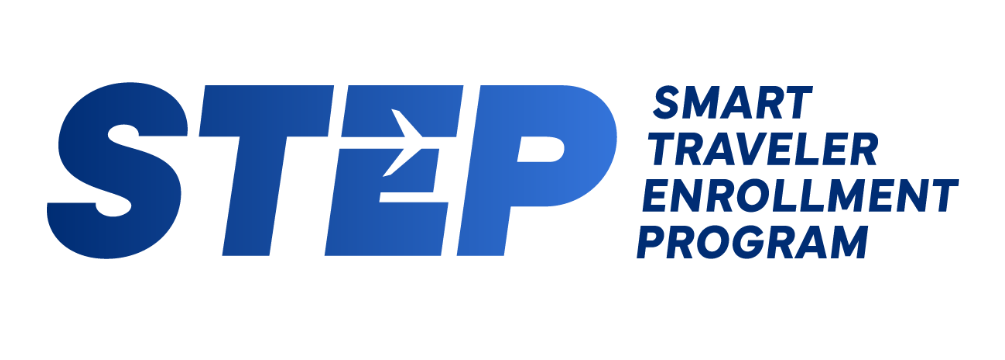
Subscribe to get up-to-date safety and security information and help us reach you in an emergency abroad.
Recommended Web Browsers: Microsoft Edge or Google Chrome.
Check passport expiration dates carefully for all travelers! Children’s passports are issued for 5 years, adult passports for 10 years.
Afghanistan
Antigua and Barbuda
Bonaire, Sint Eustatius, and Saba
Bosnia and Herzegovina
British Virgin Islands
Burkina Faso
Burma (Myanmar)
Cayman Islands
Central African Republic
Cote d Ivoire
Czech Republic
Democratic Republic of the Congo
Dominican Republic
El Salvador
Equatorial Guinea
Eswatini (Swaziland)
Falkland Islands
France (includes Monaco)
French Guiana
French Polynesia
French West Indies
Guadeloupe, Martinique, Saint Martin, and Saint Barthélemy (French West Indies)
Guinea-Bissau
Isle of Man
Israel, The West Bank and Gaza
Liechtenstein
Marshall Islands
Netherlands
New Caledonia
New Zealand
North Korea (Democratic People's Republic of Korea)
Papua New Guinea
Philippines
Republic of North Macedonia
Republic of the Congo
Saint Kitts and Nevis
Saint Lucia
Saint Vincent and the Grenadines
Sao Tome and Principe
Saudi Arabia
Sierra Leone
Sint Maarten
Solomon Islands
South Africa
South Sudan
Switzerland
The Bahamas
Timor-Leste
Trinidad and Tobago
Turkmenistan
Turks and Caicos Islands
United Arab Emirates
United Kingdom
Vatican City (Holy See)
External Link
You are about to leave travel.state.gov for an external website that is not maintained by the U.S. Department of State.
Links to external websites are provided as a convenience and should not be construed as an endorsement by the U.S. Department of State of the views or products contained therein. If you wish to remain on travel.state.gov, click the "cancel" message.
You are about to visit:
Korea Must-Do's | July Edition
Here's how to beat the heat and the rain in korea during july get all the trends here and write them down for your korea trip.
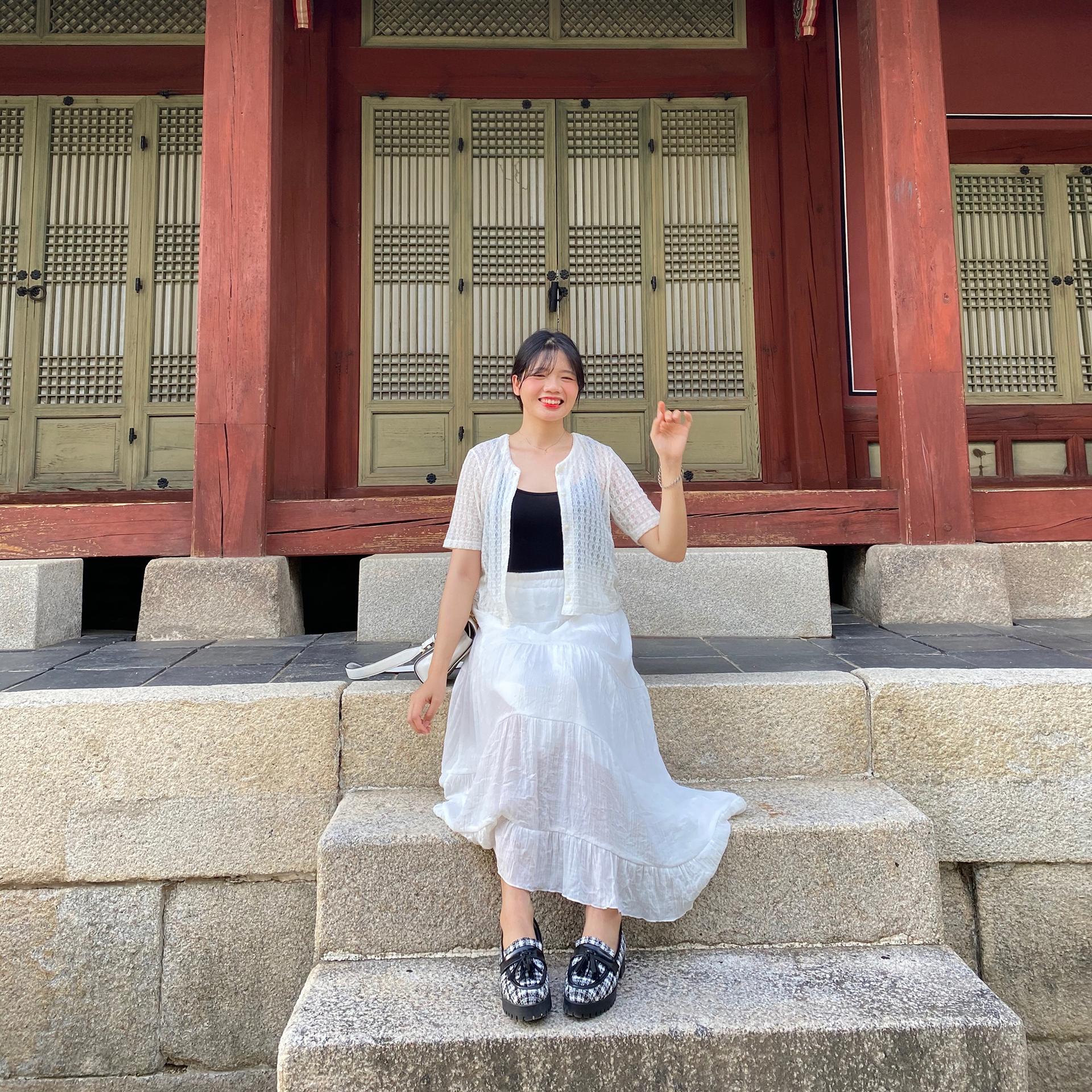
July marks the midpoint of summer in South Korea, known for its hot temperatures ranging from 25 to 36 degrees Celsius. In major cities like Seoul or Busan, the mercury can soar over 35 degrees Celsius. Additionally, July marks the onset of the rainy season, with prolonged showers that can hinder travel and sightseeing. However, after a week of rain, the weather becomes hotter, leading to the popularity of indoor activities during this time.
Despite the hot and rainy weather, with proper scheduling and careful selection of destinations, you can still have an incredible experience in South Korea. Creatrip has curated a list of activities and experiences to explore while visiting Korea in July. Let's dive into the details!
Creatrip July Discounts
Go Cafe Hopping at the Most Popular Cafes in Korea!
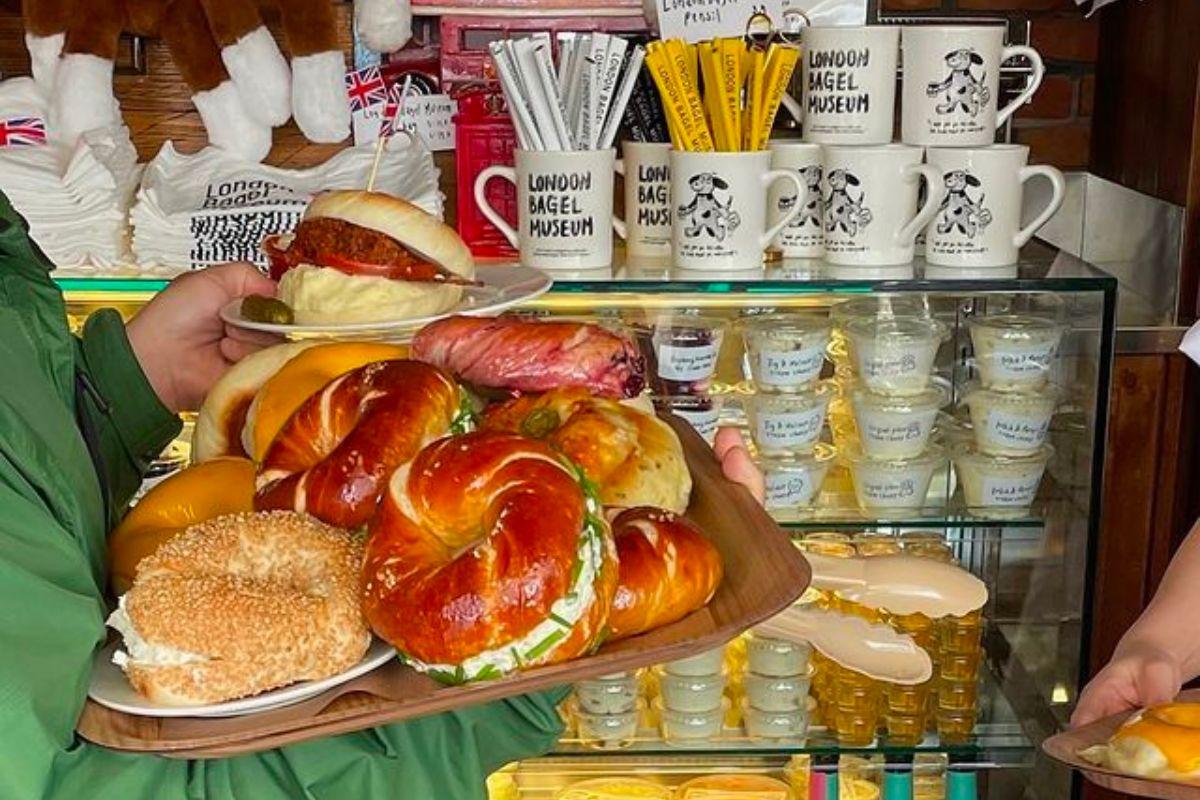
London Bagel Museum
When visiting Korea in July, it is a must to explore the famous restaurants and cafes. In cities like Seoul and Busan, you will find a plethora of stunning eateries and cafes that are particularly popular among young people. Nowadays, Korean cafes place great emphasis on interior design and decor, offering customers a wonderful and relaxing atmosphere. If you're unsure which cafe to choose, consider the London Bagel Museum, currently the most sought-after cafe in Korea for its delectable bagels. It's worth noting that you may need to wait in line before entering this cafe, as it attracts many visitors, including well-known Korean celebrities.

Moreover, there are several renowned cafes in Korea that are famous for their exquisite cakes and enchanting atmospheres. Cafes like Cafe Highwaist , Cafe Layered , Cafe Pepper , and Ginger Bear have gained immense popularity for their delectable cakes and fairytale-like settings. Notably, Cafe Highwaist specializes in crafting cakes as gifts for idols on special occasions. If you wish to order a whole cake from Cafe Highwaist, you can conveniently do so through Creatrip and pick it up directly at the cafe.
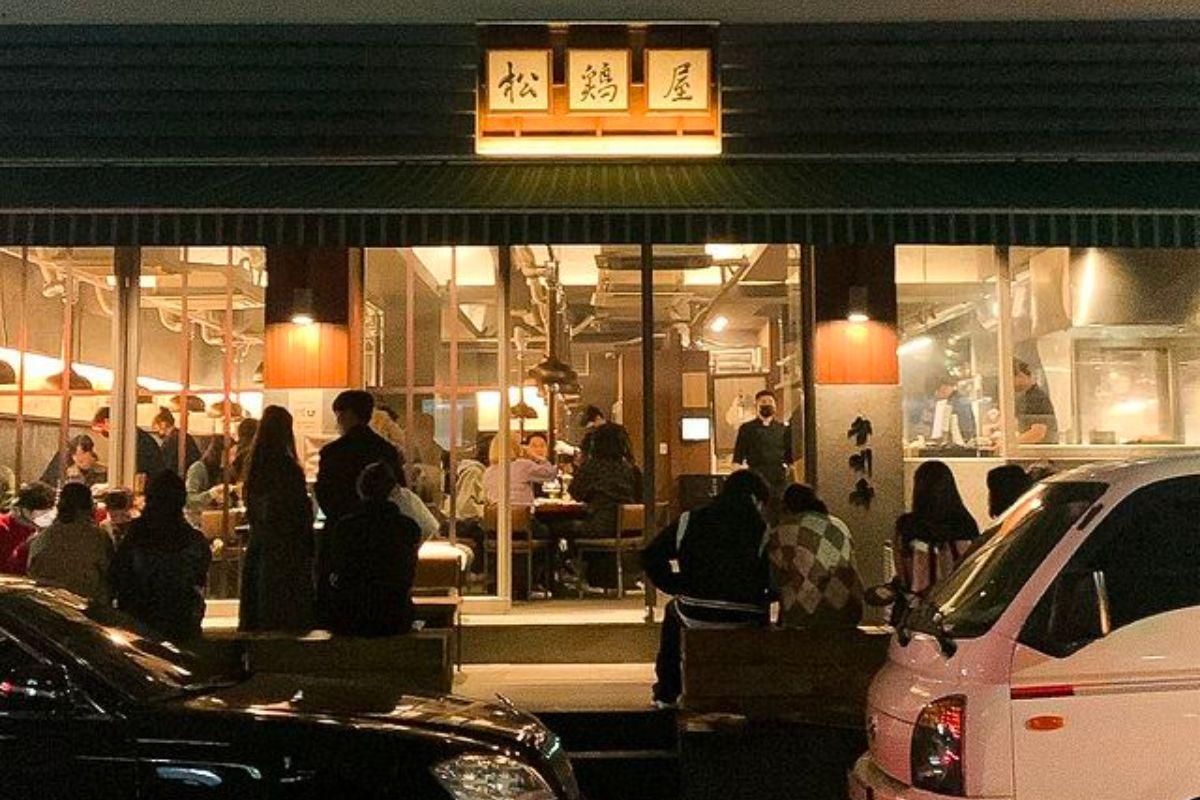
Of course, when in Korea, it is highly recommended to indulge in the local culinary delights. Grilled meat, braised pork trotters, and bibimbap are among the must-try dishes. One popular destination for grilled chicken is Song Gye Ok . This restaurant stands out not only for its high-quality meat but also for the vibrant atmosphere it offers. Song Gye Ok is known for its popularity, often attracting crowds of people who line up eagerly to savor their delicious meals.
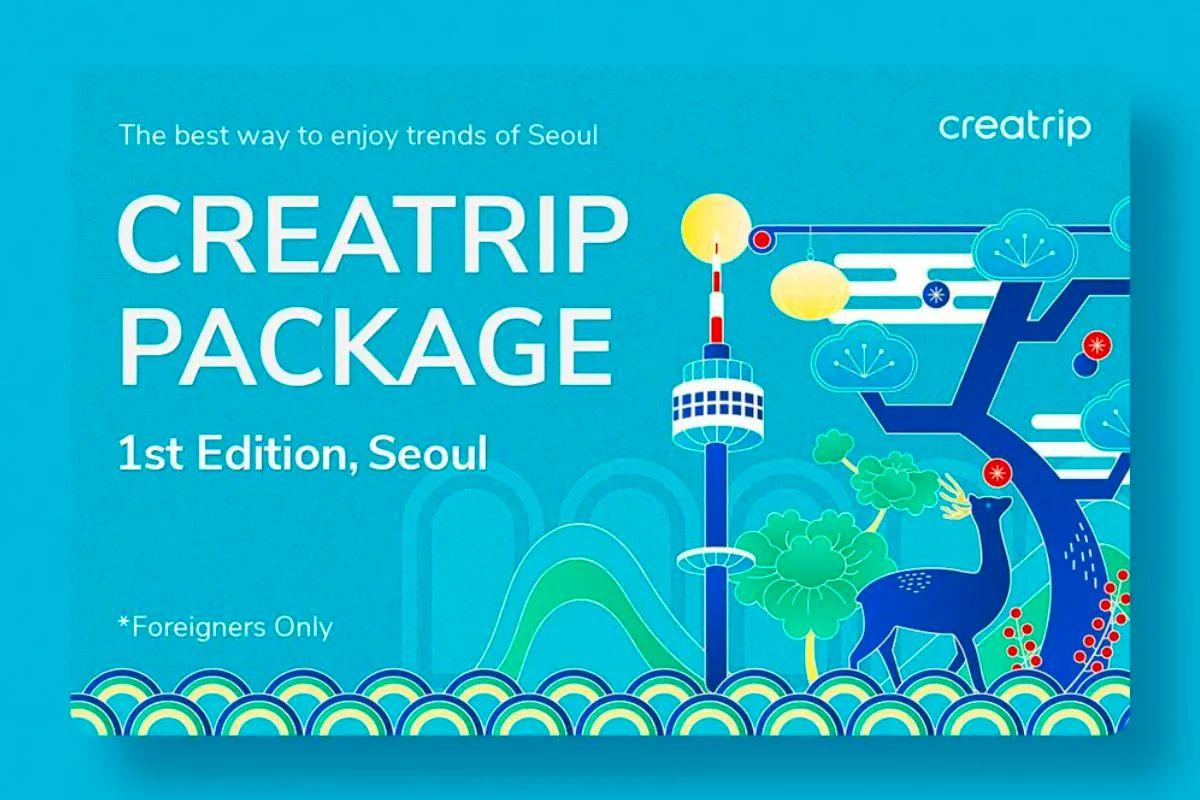
South Korea is known for its popular restaurants that often have long queues, which can be time-consuming, especially if you have limited time to explore. However, there is a solution to this issue. Creatrip has recently introduced the exclusive Creatrip Package, specifically designed to help you bypass the queues at famous cafes and restaurants mentioned earlier. With this package, not only do you save time but also enjoy additional benefits such as vouchers and discounts at each establishment. The Creatrip Package provides you with a powerful ticket that even Koreans themselves may not have access to. To make the most of your food tour in Korea, I highly recommend exploring the details of the Creatrip Package.
Launch Special Price: 80,000 KRW -> 20,000 KRW
Read more about Creatrip Package
Go Shopping at a Shopping Mall

In July, South Korea experiences rainy weather followed by higher temperatures and stronger sunlight during the day. However, as the sun sets, the weather cools down. To avoid the rain and intense sun, you can explore indoor sightseeing and entertainment venues in South Korea.
Indoor activities offer a multitude of options to enjoy during your visit to South Korea, particularly its shopping centers. Renowned shopping destinations such as Shinsegae, Lotte, and Hyundai, along with various outlets, provide a paradise for shopping enthusiasts. These centers showcase a wide range of famous international brands as well as local Korean brands. Moreover, they offer diverse food options, pop-up stores, and captivating exhibitions. Thus, spending a day in South Korea's shopping centers guarantees an engaging and delightful experience.

@happylotteworld
In addition to shopping centers, another exciting option is Lotte World, a popular amusement park in South Korea. Lotte World features a beautifully decorated indoor park with numerous games and amenities. Visitors can enjoy a variety of attractions, and there is even an ice skating rink for a unique experience. Adjacent to Lotte World, you'll find the Lotte World Tower, home to Seoul Sky , the tallest observation deck in South Korea. Additionally, the Lotte Aquarium , loved by many, is also located nearby. Booking tickets for Lotte World, Seoul Sky, and Lotte Aquarium through Creatrip offers discounted rates.
Lotte World Tickets
Beat the heat with underwater activities by the Han River

July is the perfect time to engage in water activities on the Han River, which is a significant river that flows through the capital city of Seoul, South Korea. The warm weather and stunning sunsets create an ideal atmosphere for fully enjoying the Han River during this month.
One of the exciting activities you can experience is kayaking or stand-up paddleboarding (SUP). These water sports not only offer a great opportunity for physical activity but also allow you to appreciate the beauty of Seoul's scenery from a unique perspective. Rental services for boats and paddleboards provide all the necessary safety equipment and guides to ensure a safe and enjoyable experience. It is advisable to make a reservation in advance to take advantage of discounted prices.
Reserve Han River Kayaking
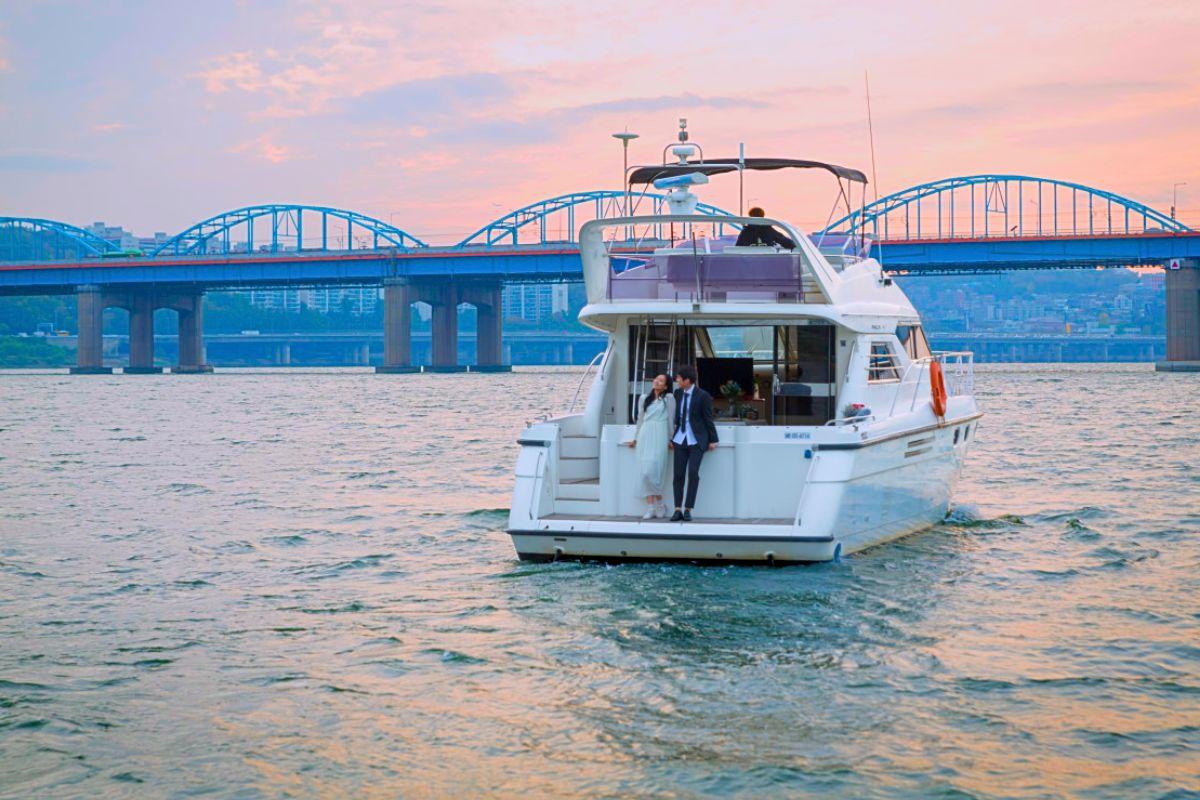
If you don't like physical activity and only enjoy sightseeing, you can choose to go on a cruise on the Han River. This is an activity that couples and families love. You can admire the panoramic view of Seoul, gaze at the skyscrapers and prominent architectural landmarks of the city on a luxury cruise. Sunset and evening cruises are always popular choices. To experience the cruise, you can visit Yeouido Hanggang Park or Banpo Hangang Park as well. Cruise tickets are also discounted when booked through Creatrip.
Banpo Bridge Cruise
Yeouido Cruise
For more information, please refer to 9 amazing experiences at Han River for a richer trip!
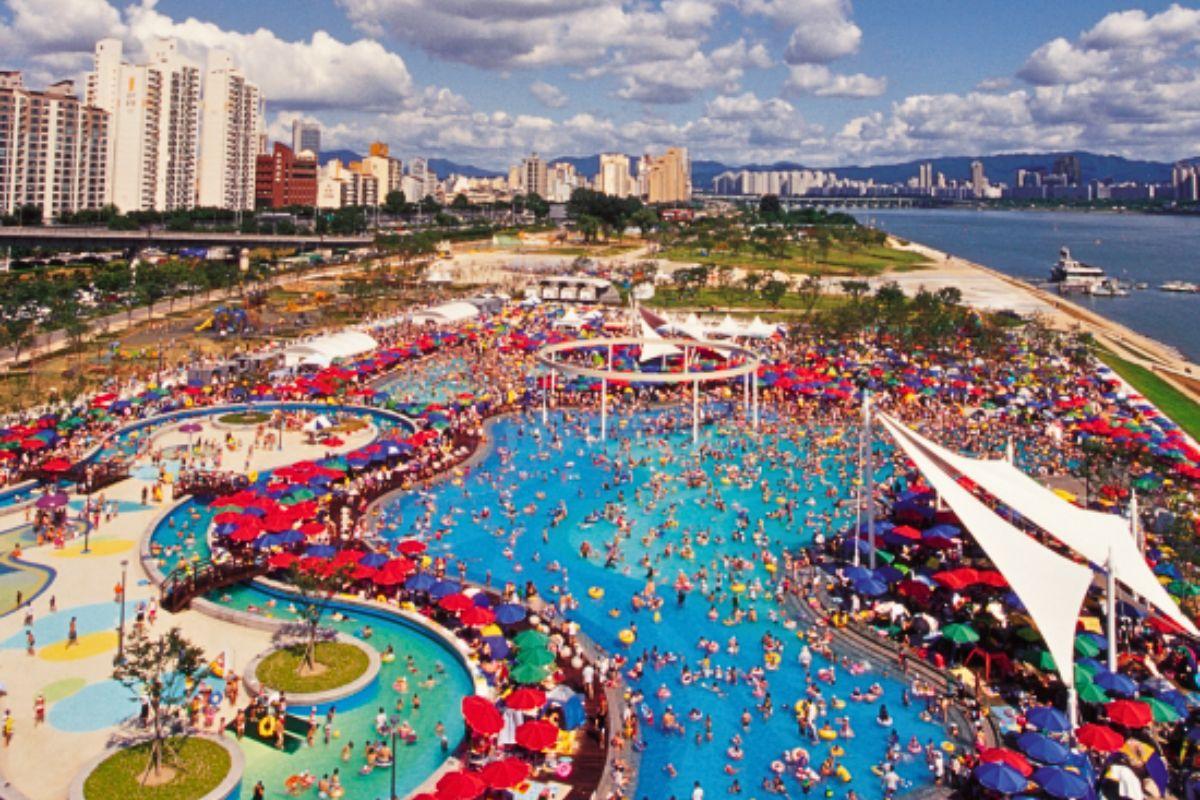
Especially, currently the swimming pools at 6 Han River parks have also opened, providing more entertainment options when visiting Han River. 4 outdoor swimming pools at Ttukseom, Gwangnaru, Yeouido, Jamwon and 2 water parks at Yanghwa and Nanji are now operating.
All swimming pools and water parks will be open from June 23, 2023 to August 20, 2023, so make sure to visit the Han River swimming pool to experience it if you come to Han during this time.
- Pool opening hours: 9:00 - 18:00
- Admission ticket
*Free for children under 6 years old
See more details about 6 Han River swimming pools in Seoul .
Cool off the heat at Caribbean Bay!
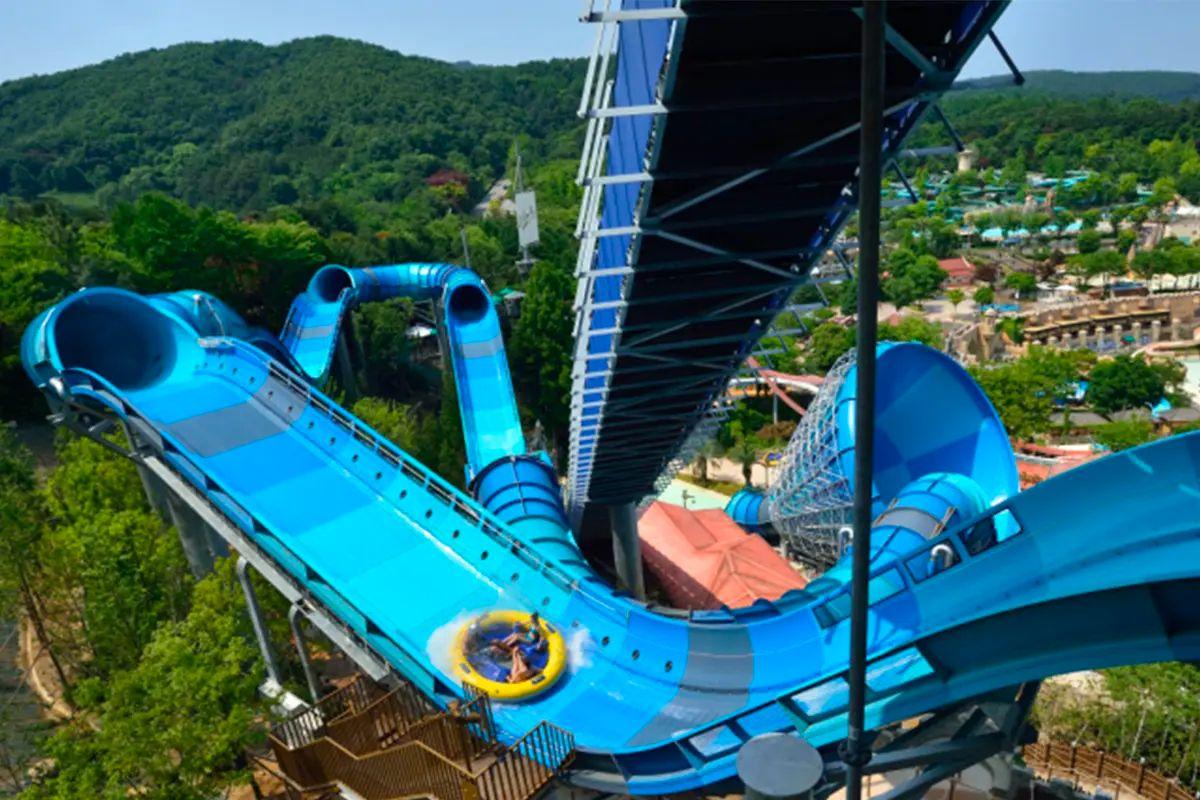
Caribbean Bay is the largest water park in South Korea and also one of the top water parks in the world. Located in Yongin, a city near Seoul, Caribbean Bay is part of Everland Resort - the largest entertainment resort in South Korea.

With its impressive size, Caribbean Bay not only brings exciting and adventurous water games, but also creates a truly amazing entertainment space with the style of the Caribbean region. From the world's largest artificial waves in the wave pool, to long and winding water slides, along with relaxation areas such as hot water spas and outdoor pools, Caribbean Bay will surely bring a cool and enjoyable experience for all ages.
Information about Caribbean Bay Water Park
Address: 199 Everland-ro, Pogok-eup, Cheoin-gu, Yongin-si, Gyeonggi-do, South Korea
Opening hours (subject to change):
- Indoor 09:00 - 18:00
- Outdoor 09:00 - 17:00
- On 06/05~06/06 open like weekends
- Indoor 09:00 - 19:00
- Outdoor 09:00 - 18:00
- From 07/22: 08:30 - 22:00
Ticket prices for Caribbean entrance on Creatrip
* Free admission for children under 36 months old (must present a passport for verification).
Book Caribbean Bays tickets
Bar hop the hottest bars in Hipdang-dong(Sindang-dong)!

Sindang-dong, an area next to Dongdaemun, is the newest, trendy neighborhood on the locals' radar. You may take a look at the main streets and question what we mean, but as soon as you step into an alley, you'll understand what we mean. Unique, new cafes and bars have recently opened and are already crowded with hungry locals and tourists. We spent an afternoon and visited two of the hottest bars in Sindang-dong, both drastically different in theme but unique and special in their own way.
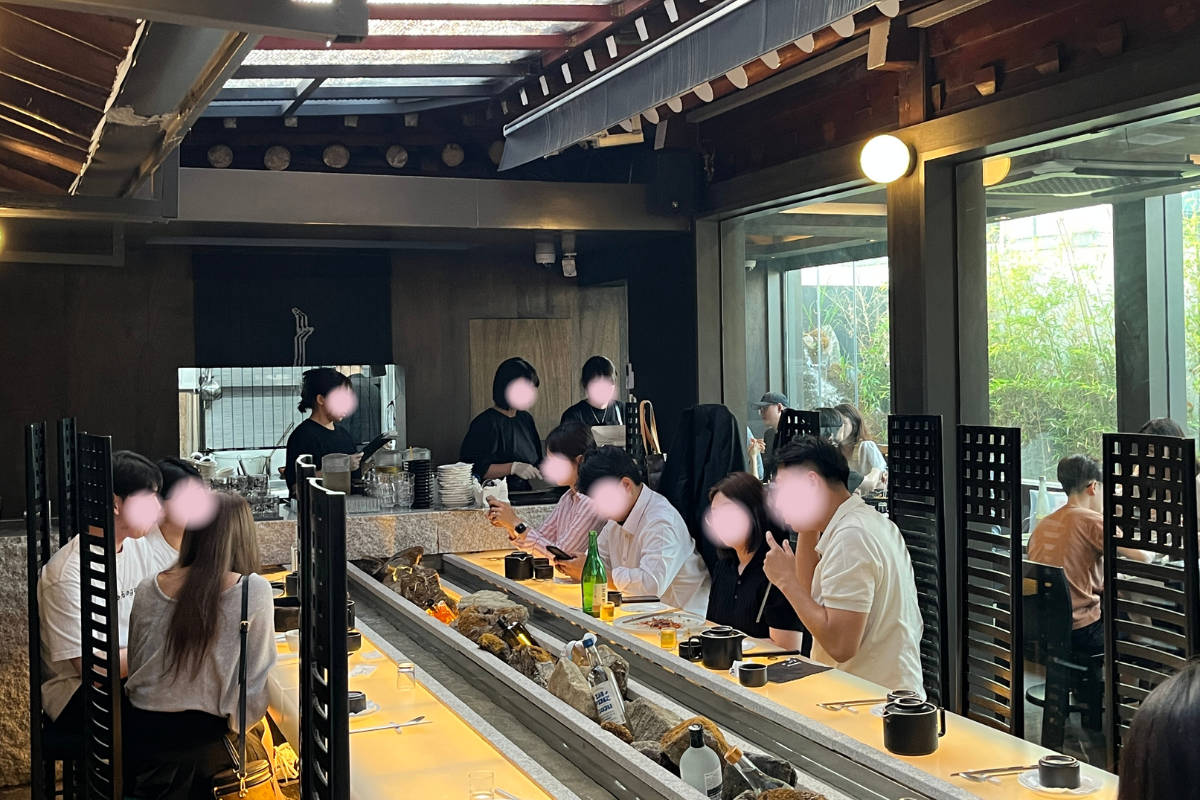
We first went to Pung New, a modern Korean bar with a traditional twist that we've seen all over our social media feed. In the middle of the bar is a literal river that welcome drinks float on. The atmosphere makes the food and drinks taste better and the wide selection of the Korean traditional liquor is impressive yet dangerous.
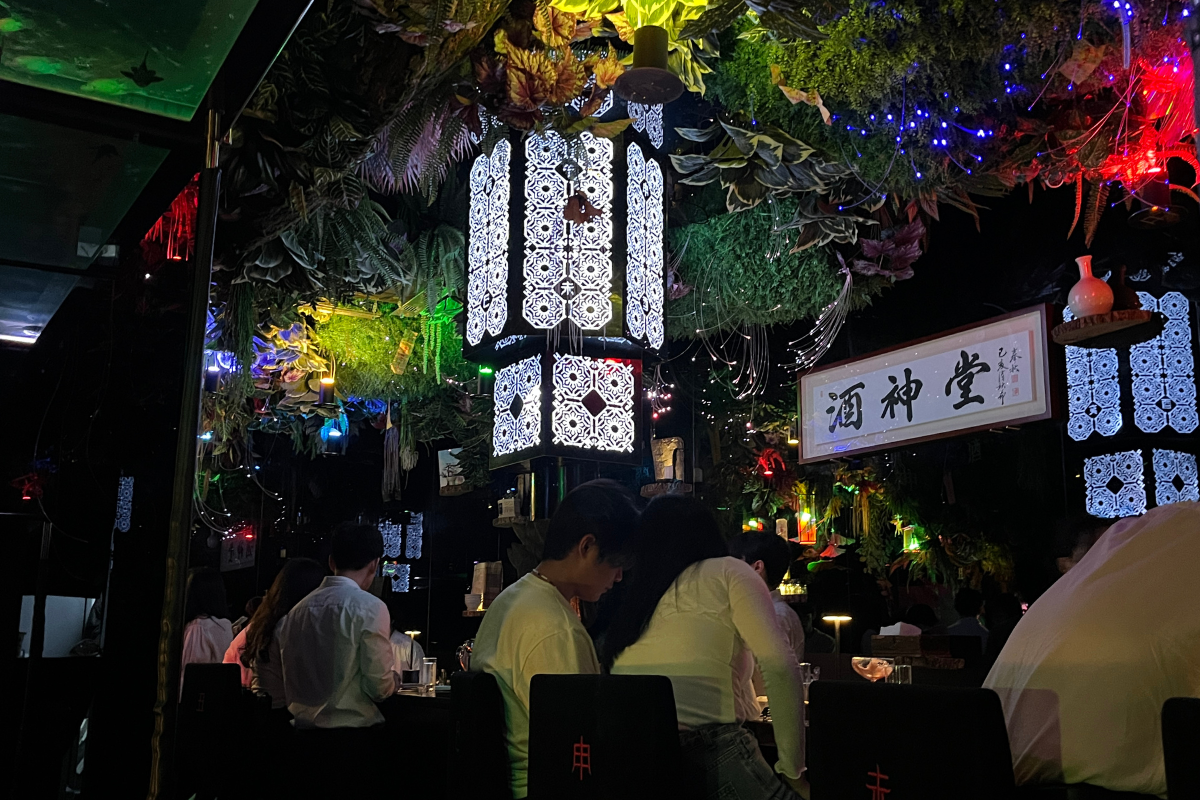
After our dinner with drinks at Pung New, we stumbled upon Jusindang which was another bar that we were eyeing to visit. The neon interior with a mix of traditional Korean decor plus their drinks customized based on the Asian Zodiac is a new concept that has captured the interests of both locals and tourists.
Reviews for both unique bars are coming very soon!
Fight the heat... with more heat!
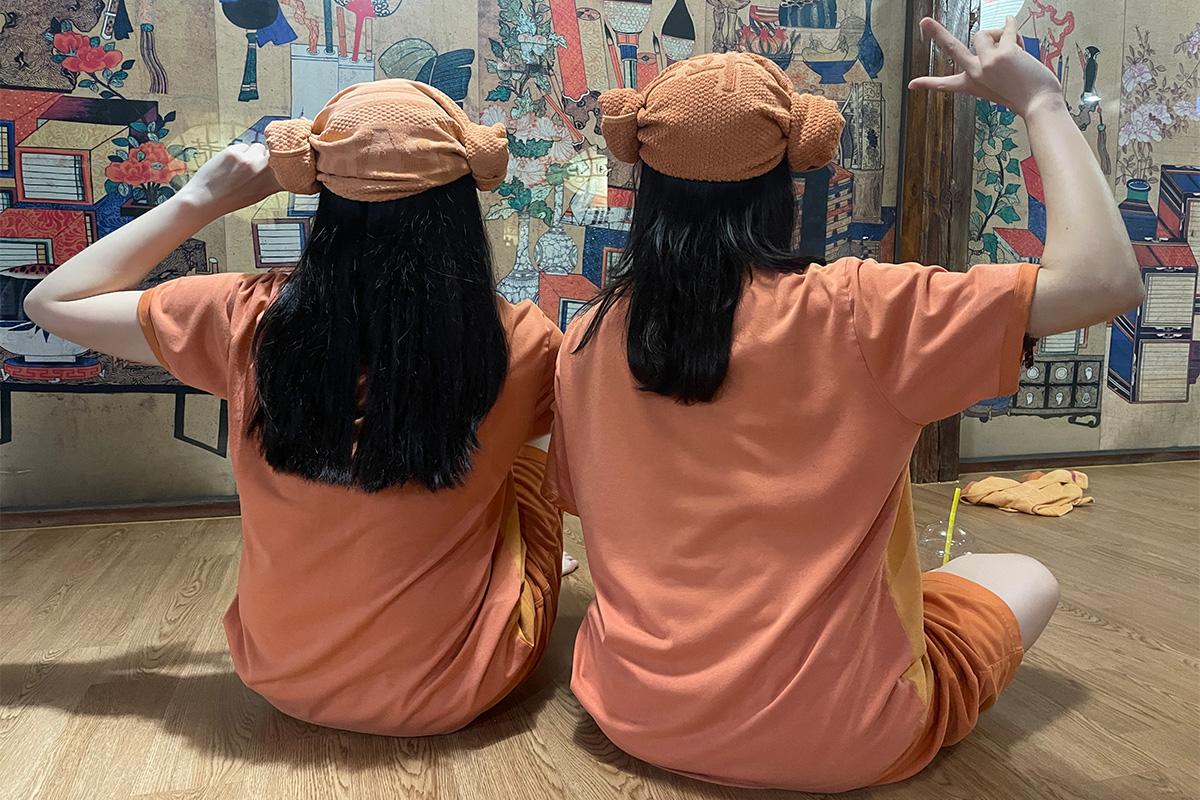
Korean bathhouses, more known as Jjimjilbang, is a unique experience you can only enjoy in Korea. You take a bath in the public bathhouse, wear the given jjimjilbang clothes, and relax in the public rest areas which have an amalgam of fun activities like game rooms, food courts, and hot saunas to name a few!

It is also a great place to stay and relax when you don't have anywhere when your flight or train is in an awkward time. Many Jjimjilbangs have closed down during the pandemic but Sparex Dongdaemun has reopened and is ready to welcome both locals and foreigners alike. You can reserve your spot at Sparex Dongdaemun on Creatrip at a special price. Click on the link below for more information!
Sparex Dongdaemun
We hope that you can enjoy a fun and exciting trip to Korea in July! Don't worry about the heat or rain, there are still lots to do despite the weather! If you have any questions or concerns, please leave a comment below or send us an email at [email protected] ! You can follow us on Instagram , TikTok , Twitter , and Facebook to stay updated on all things Korea!

IMAGES
VIDEO
COMMENTS
The Korea weather in July on the East Coast beaches is slightly cooler than in the interior. Gangneung in July has average daily temperatures ranging from 25°C | 77°F to 28°C | 82°F, with an average humidity of 82%. It can fall to as low as 20°C | 68°F at night time.
Weather. July brings the heat to South Korea, with an average temperature high of 81°F (27°C). The weather remains steamy well into the evenings, rarely dipping below 70°F (21°C). July shares the distinction of the hottest month of the year with August, and visitors can expect temperatures to continue to climb throughout the month.
Weather info. South Korea is famous for hot and rather heavy weather in July, with temperatures ranging from 25-30°C 77-86°F. There are usually rainy days during the month, and Rain falls at the end of the period, typical to the country's monsoon season. While hot and damp, July provides travelers with rich greenery and many outdoor ...
Written by Ishaan Updated Feb. 4, 2024. July is the wettest month of the year in South Korea, and along with the oppressive summer heat, it can lead to uncomfortable and muggy weather conditions. July temperatures in South Korea range from highs of 30°C (86°F) to lows of 23°C (73°F). July to September also marks the typhoon season in South ...
June to August is the best time to head to the mountains or the beach. Summer in South Korea is long, hot and rainy, particularly in the cities. The Korean rainy season - known as jangma - starts in the second half of June and can last through August. Temperatures stay stuck at close to 30ºC (86ºF), the humidity borders on the sadistic ...
June is a better time to travel compared to July and August as it's cooler and has fewer crowds, with an average daily temperature range of 18-27°C (64-81°F). Autumn (September to November): This is another one of the best times to visit South Korea. Cooler temperatures and decreased rainfall are the main features of this season.
Typically, temperatures in July range from around 20°C (68°F) to 28°C (82°F).Because of South Korea's humid summers it will often feel hotter than it is, but as Korean's usually turn the Air-Conditioning on full power, you might still want to bring a thin jacket.
This section will detail any interesting or important travel news that could affect travellers to Korea, such as price increases in public transport, travel changes, new services, or closures. July 2024: Introduction of Seoul's Climate Card Tourist Pass. From 2024: Tax refunds to double for travellers.
Korea in Winter: EXO's Travel tips. From snow-capped mountains to vibrant cultural festivals, winter in Korea presents a unique travel experience. The colder months in Korea reveal a picturesque landscape, with serene, snow-draped mountains and white-washed urban settings. The substantial snowfall in the higher elevations means…
South Korea weather July - temperature, climate, best time to visit | Selective Asia. About us Departure Lounge Flexi-promise Blog Portal. 1866 932 3840.
For some nationalities, visa-free travel to South Korea is possible under specific conditions. If you come from a designated visa-free or visa-waiver country, ... Take note that your K-ETA is valid for 3 years (or 2 years if you applied before July 3, 2023) from the approval date. But, if the passport you used for the K-ETA application expires ...
July. Let's not sugarcoat it: July is a miserable month to travel to Seoul. Rainfall is almost 2.5x higher in July than in June. The heat and humidity that starts to engulf the Korean capital can be tiresome on the traveller's soul. You'll no doubt feel an urge to spend more of your vacation indoors than out.
Creatrip: Here's everything you need to know about traveling in Korea during the month of July, including recommendations for rainy days! - Korea (Travel Guide)
Korea high season travel is from June to July. Plane tickets are most expensive during these months. The cheapest month to fly to South Korea is in March. A flight to South Korea from Los Angeles is typically about 13 hours and 30 minutes. (It's a pretty long distance, but totally worth it.)
Furthermore, you can enjoy your summer day in Korea in July by going to Caribbean Bay Water Park in Yongin. It is a part of Everland amusement park and is perfect to counter hot weather. You can take advantage of an indoor and outdoor pools, a spa, a wave pool and many slides like the Water Bobsleigh. The wave pool is the most popular attraction.
Enroll in the Smart Traveler Enrollment Program (STEP) to receive security messages and make it easier to locate you in an emergency. Call us in Washington, D.C. at 1-888-407-4747 (toll-free in the United States and Canada) or 1-202-501-4444 (from all other countries) from 8:00 a.m. to 8:00 p.m., Eastern Standard Time, Monday through Friday ...
July marks the midpoint of summer in South Korea, known for its hot temperatures ranging from 25 to 36 degrees Celsius. In major cities like Seoul or Busan, the mercury can soar over 35 degrees Celsius. Additionally, July marks the onset of the rainy season, with prolonged showers that can hinder travel and sightseeing.
The best time to visit Seoul is in the spring (March to mid-May) or fall (September to November), when the weather in town is the best. The climate in Seoul is temperate, like in most of South Korea. There are drastic differences between seasons, especially when it comes to temperature. Spring and fall have the mildest temperatures, compared to ...
Join the South Korea Travel Planning Facebook Group. ... This coincides with the Korean Summer break from mid-July to late August. During this time, the weather is warm and sunny. Many tourists (particularly domestic travellers) visit the island during this time to enjoy the beautiful beaches and landscapes. As a result, this time of year can ...
Meet Anne and Tony, seasoned travel experts passionate about Korean culture and travel. Join them as they share their experiences and guide you through the captivating world of South Korea. Featured Korea Destinations. Seoul City Guide: Delve into the heart of South Korea with our comprehensive Seoul City Guide. Explore historical palaces ...
Halla Arboretum is located to the south of Jeju City, and is a great option to walk through a forest and explore its many garden areas. Halla Arboretum has over 100,000 plants on display, including over 1,000 rare species. Major displays include a glasshouse and orchid exhibition. Plan 1-2 hours to explore.
Korea Travel in July. 14 years ago. I am going to be joining my husband on a trip to Seoul the 3rd week in Jully. We will have a 3 day weekend together where we can travel outside the city. I will be pretty much on my own for 3 days in Seoul. We haven't been to Korea before. What would you suggest for a weekend - leave the city and travel or ...
July to August in Korea are really hot and humid, so if you can change your schedule and you're not used to the hot weather, October would be more appropriate. (CAUTION: There is a big holiday called Chuseok in September. Many shops are not open during Chuseok.) But if you're used to the hot weather, July in S.Korea won't be painful at all.
As for how much it rains, you can take a look at last year's monsoon ( during daytime,, flooding ) In terms of temperature in Seoul, June average is 22.7 degrees Celsius, July average is 25.3 degrees Celsius. July is potentially one of the worst time to visit Korea. June is also not the nicest but of the two, I definitely recommend June over July.